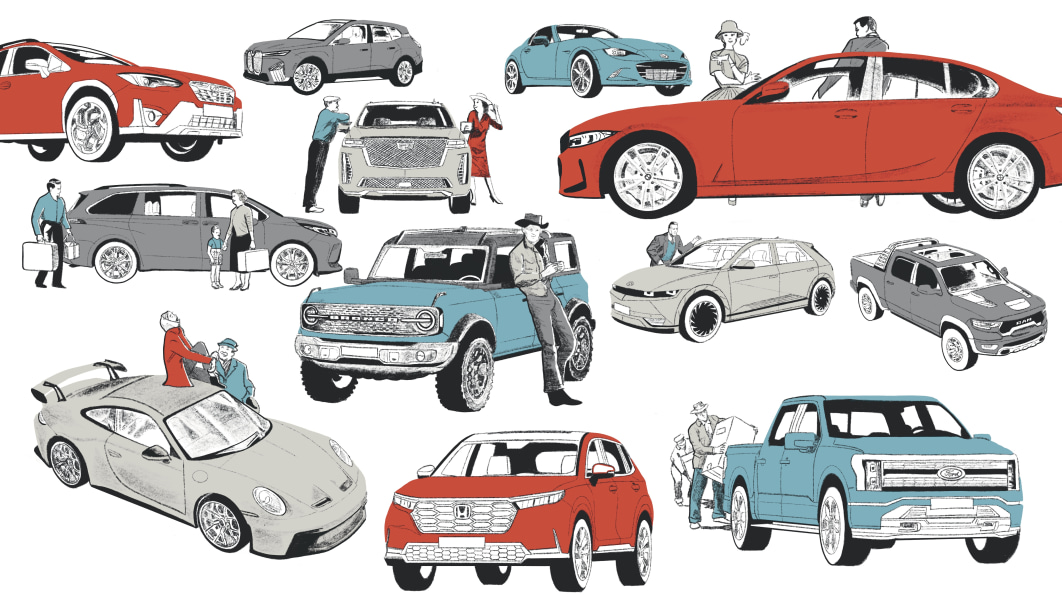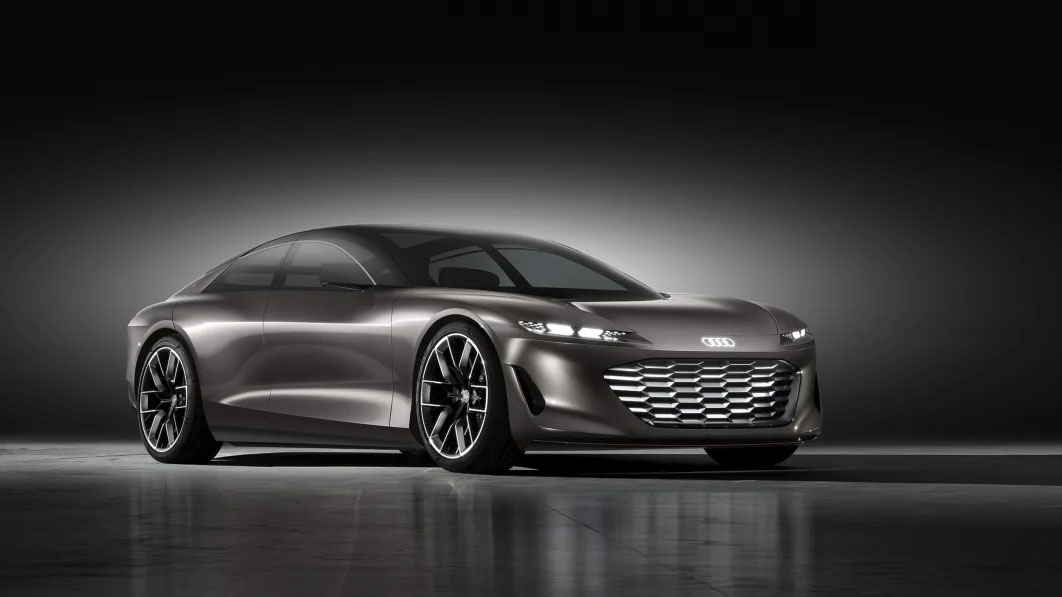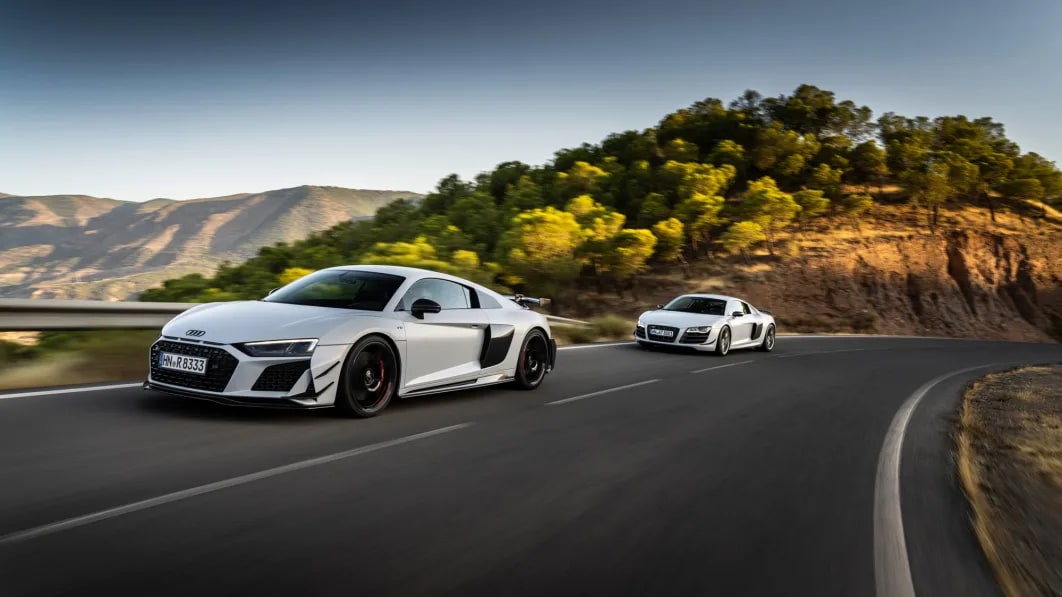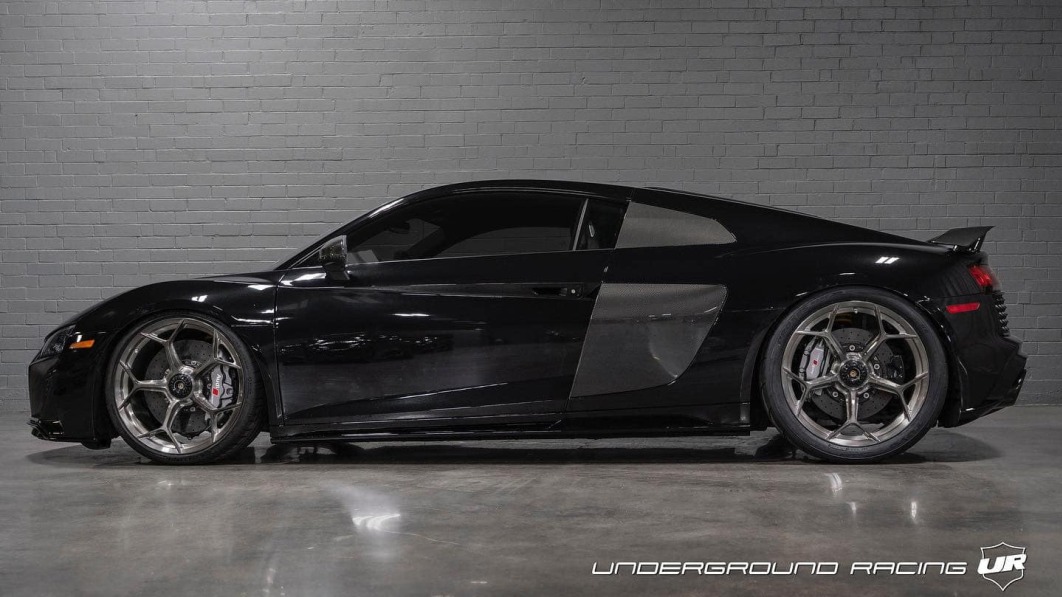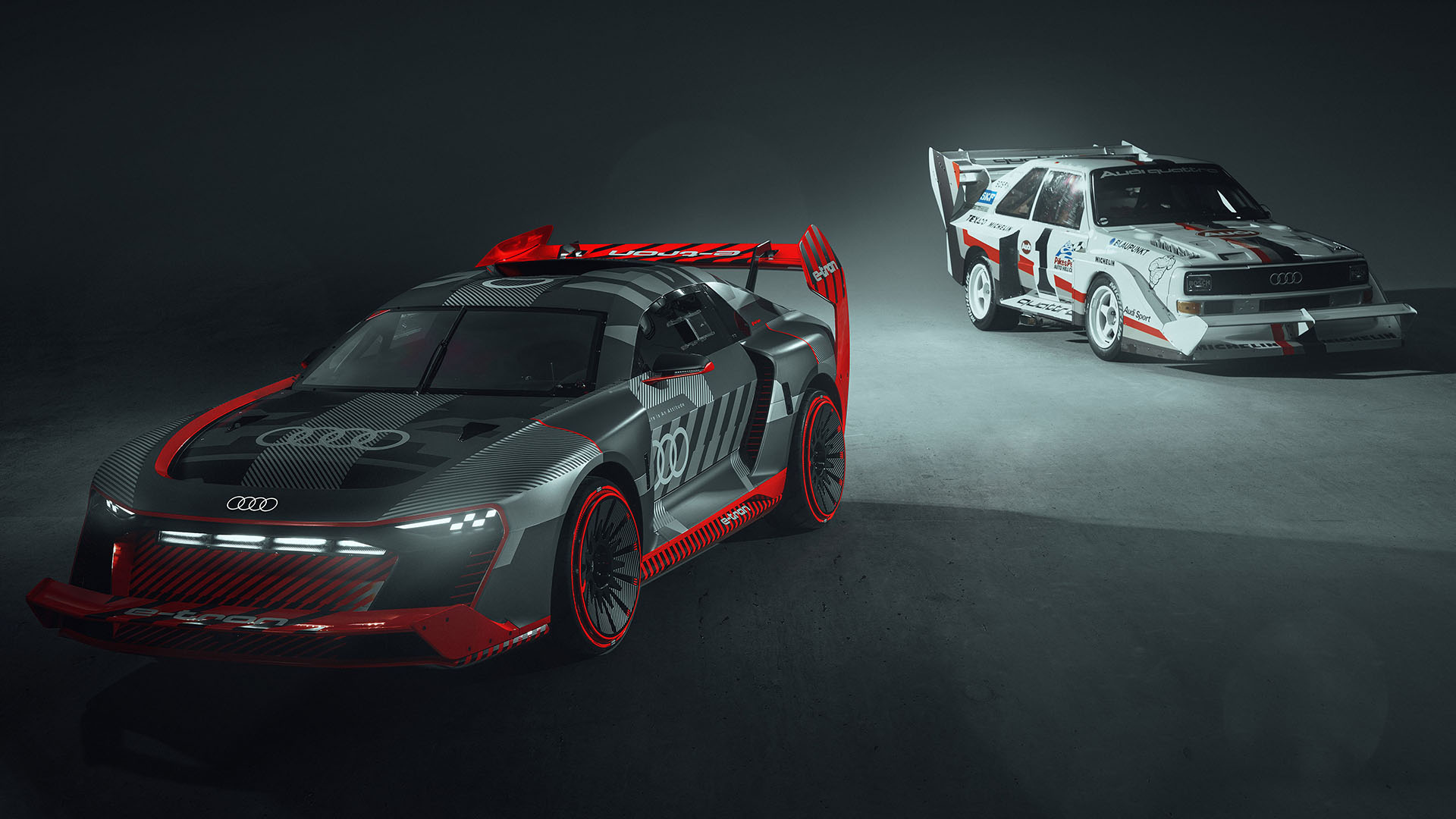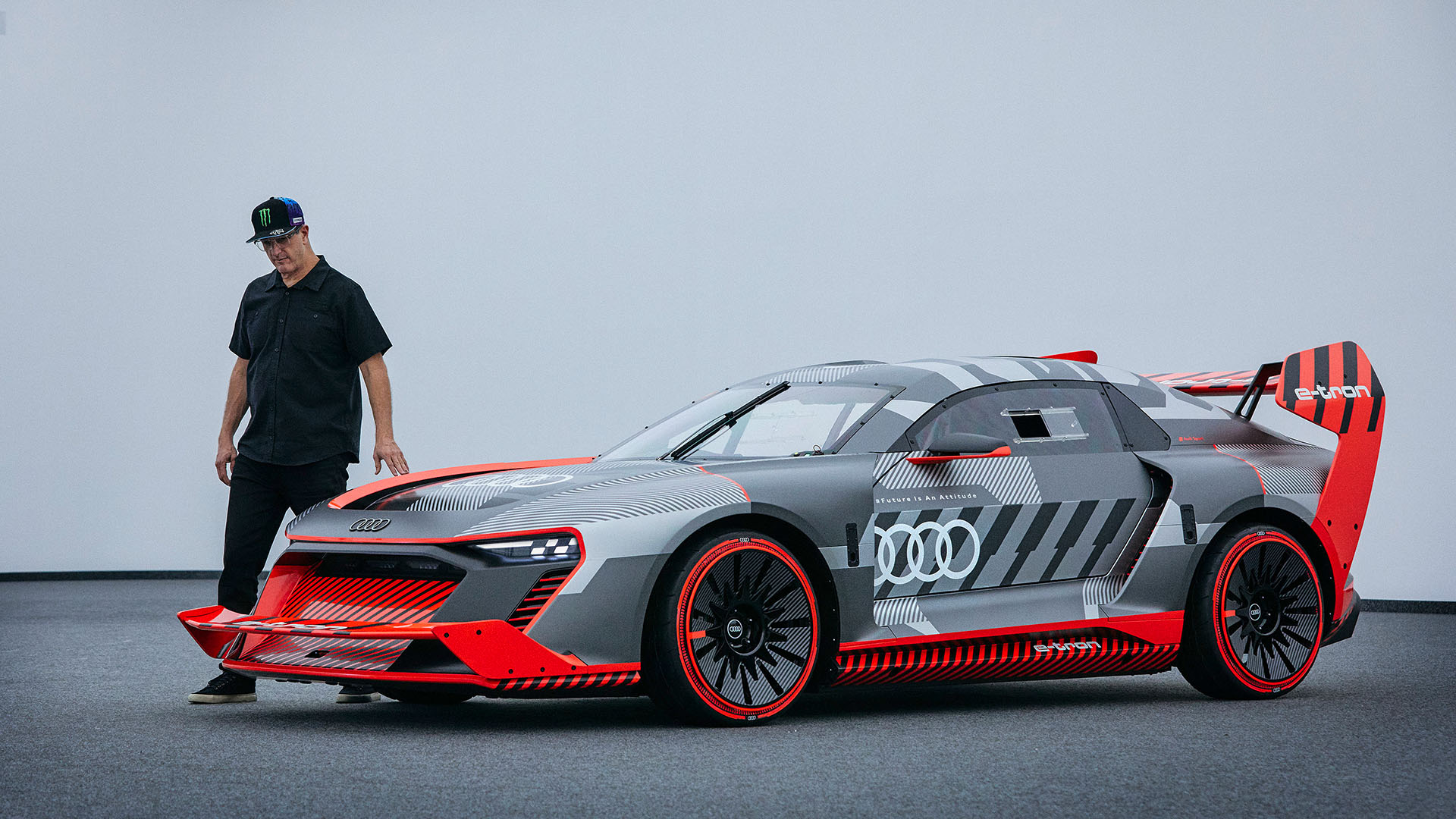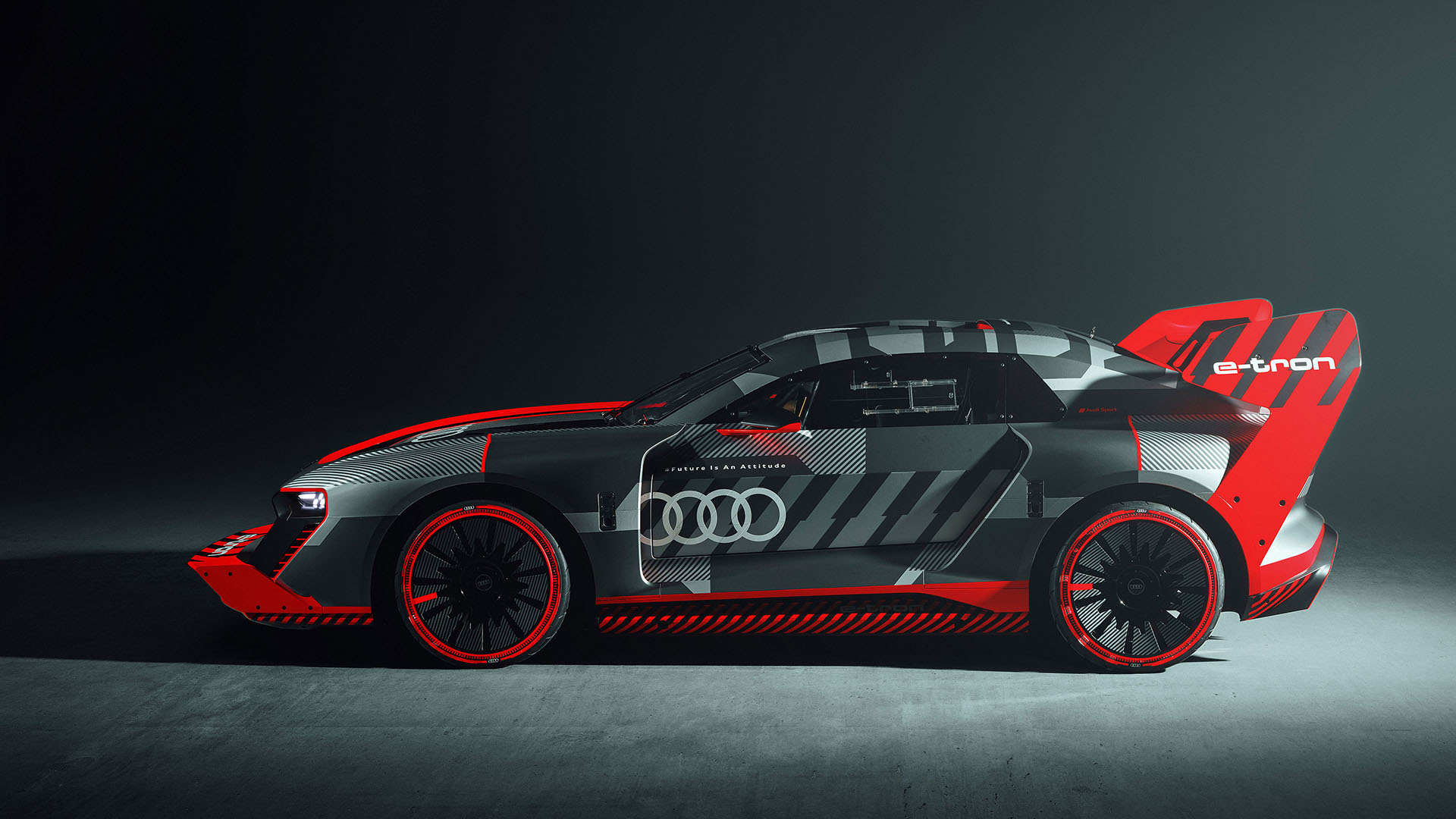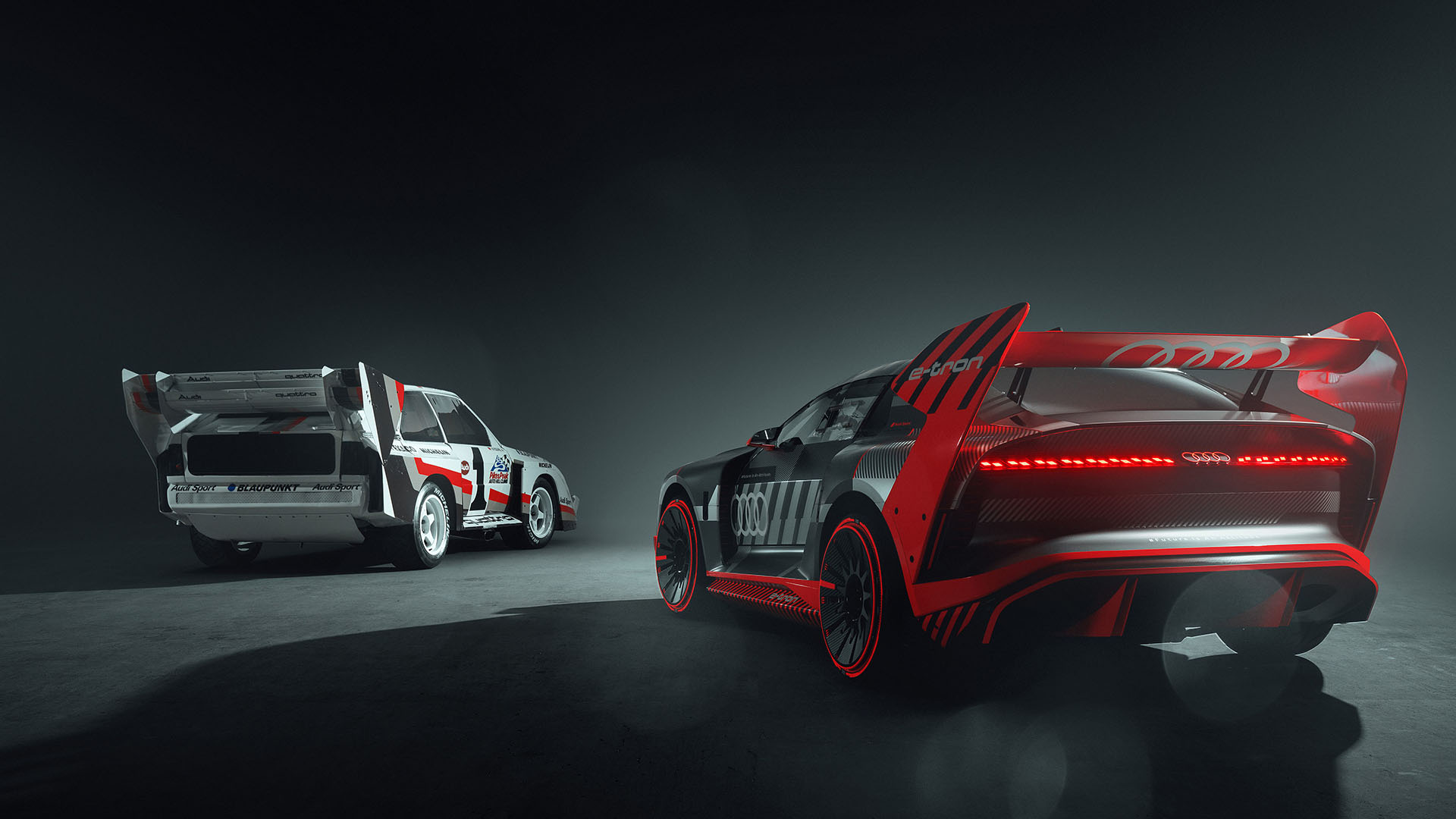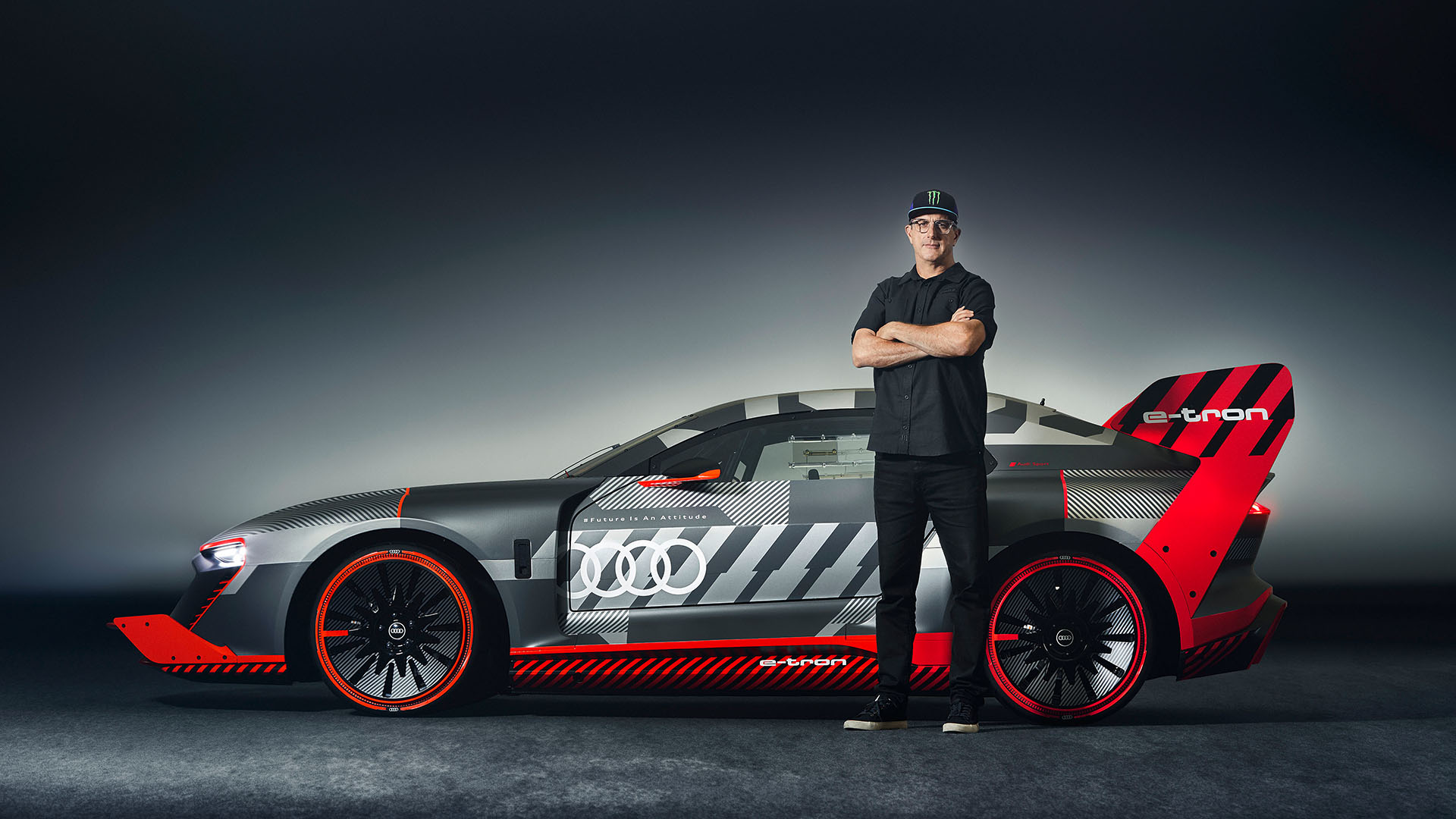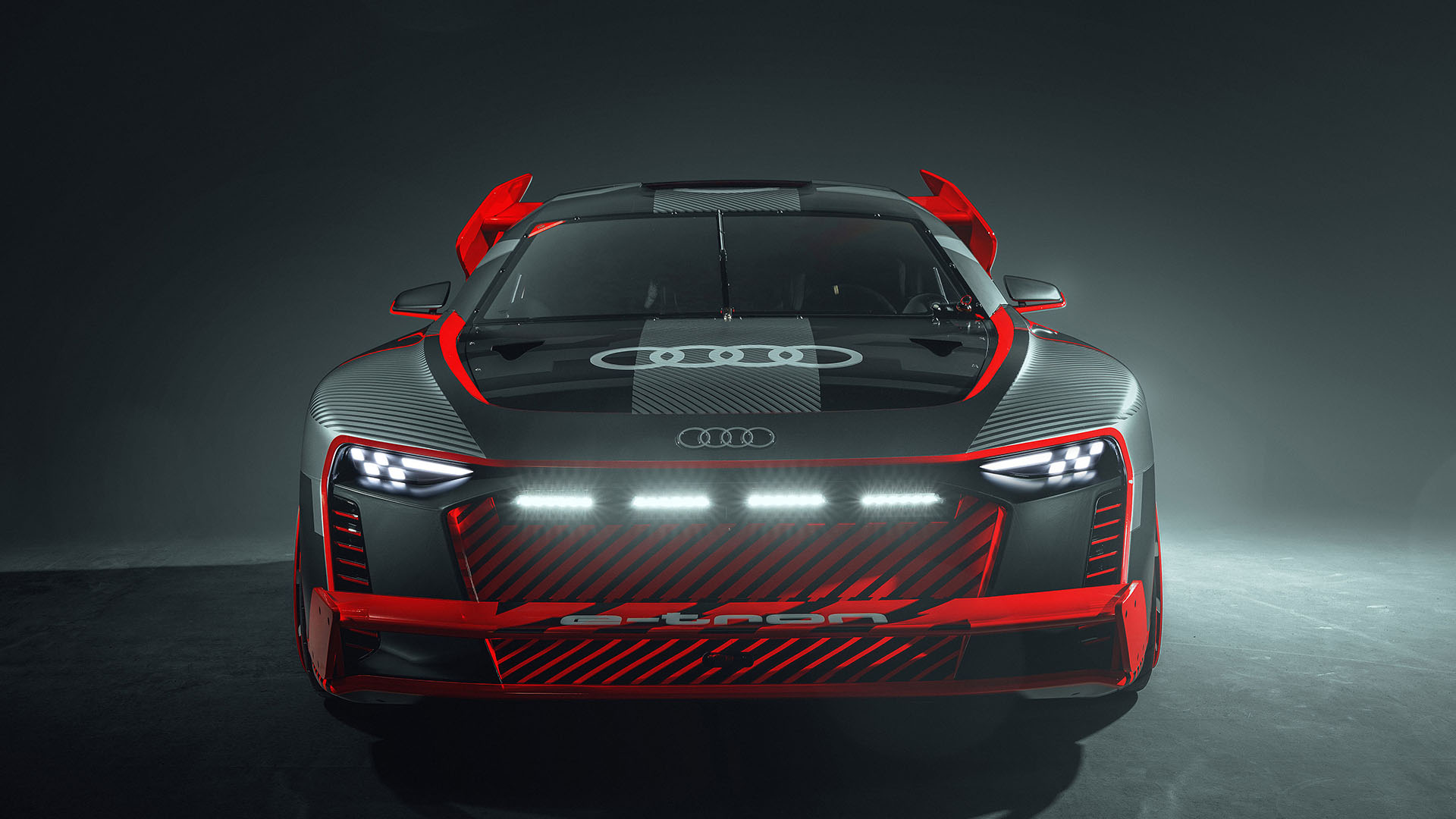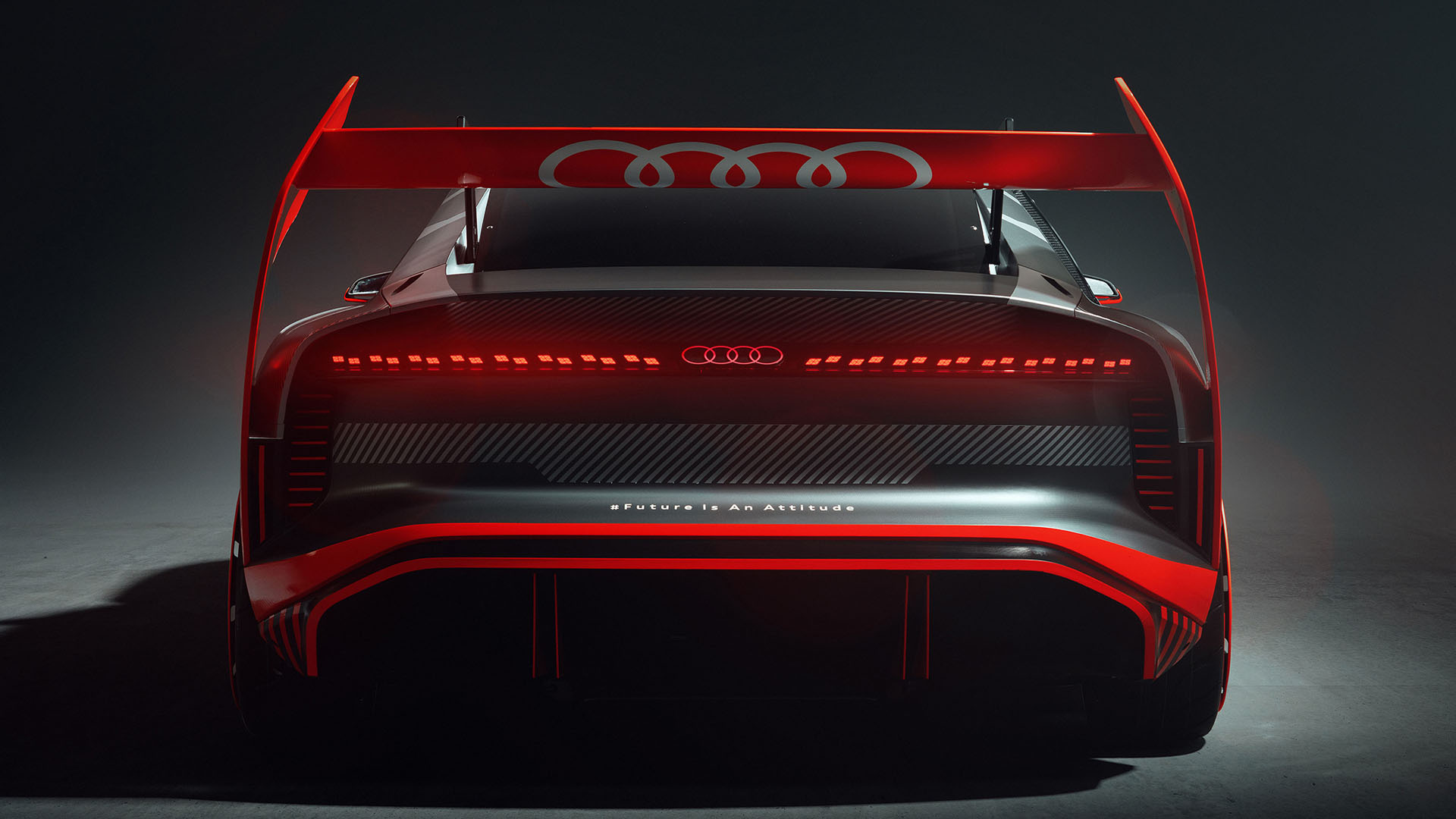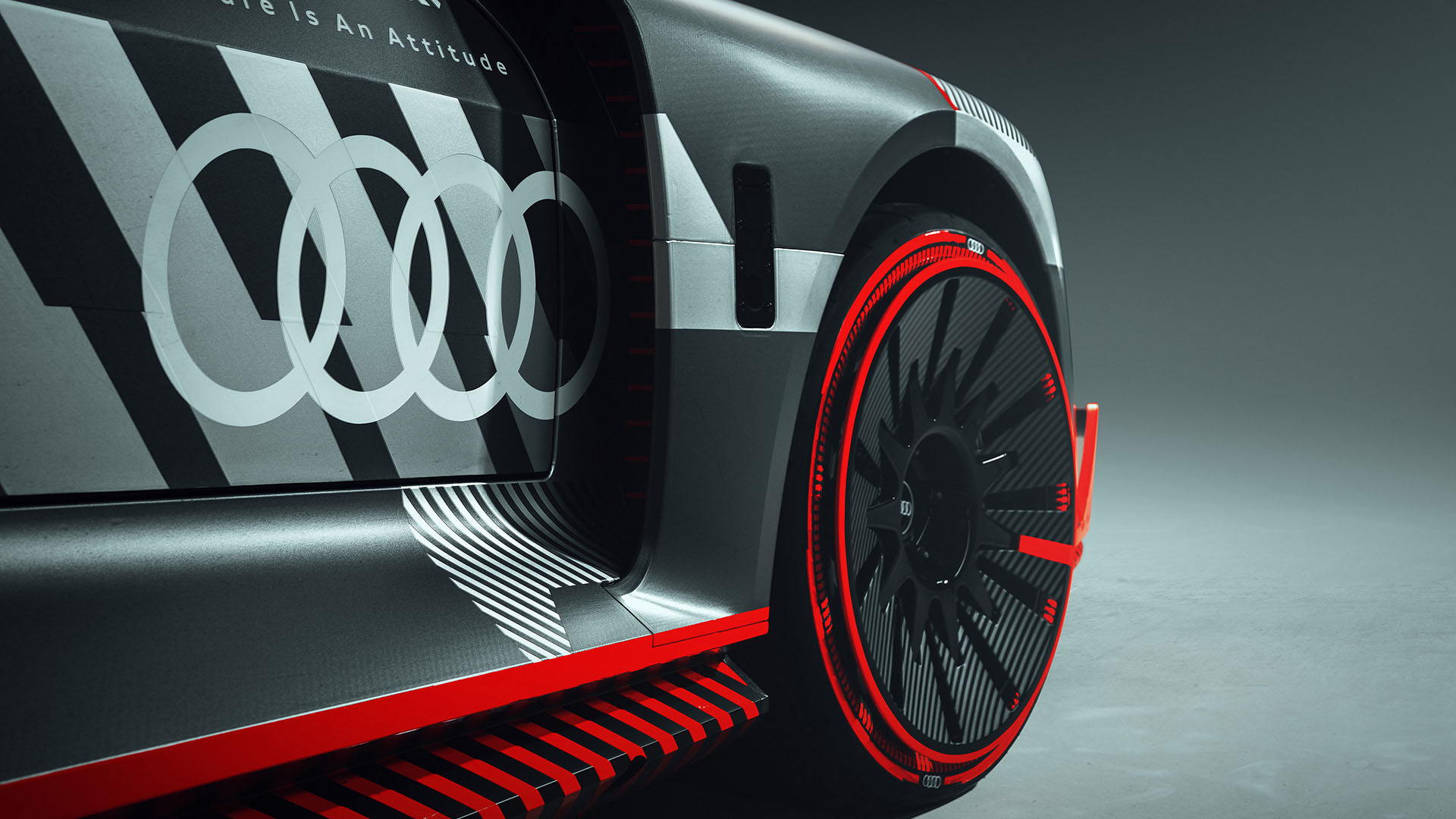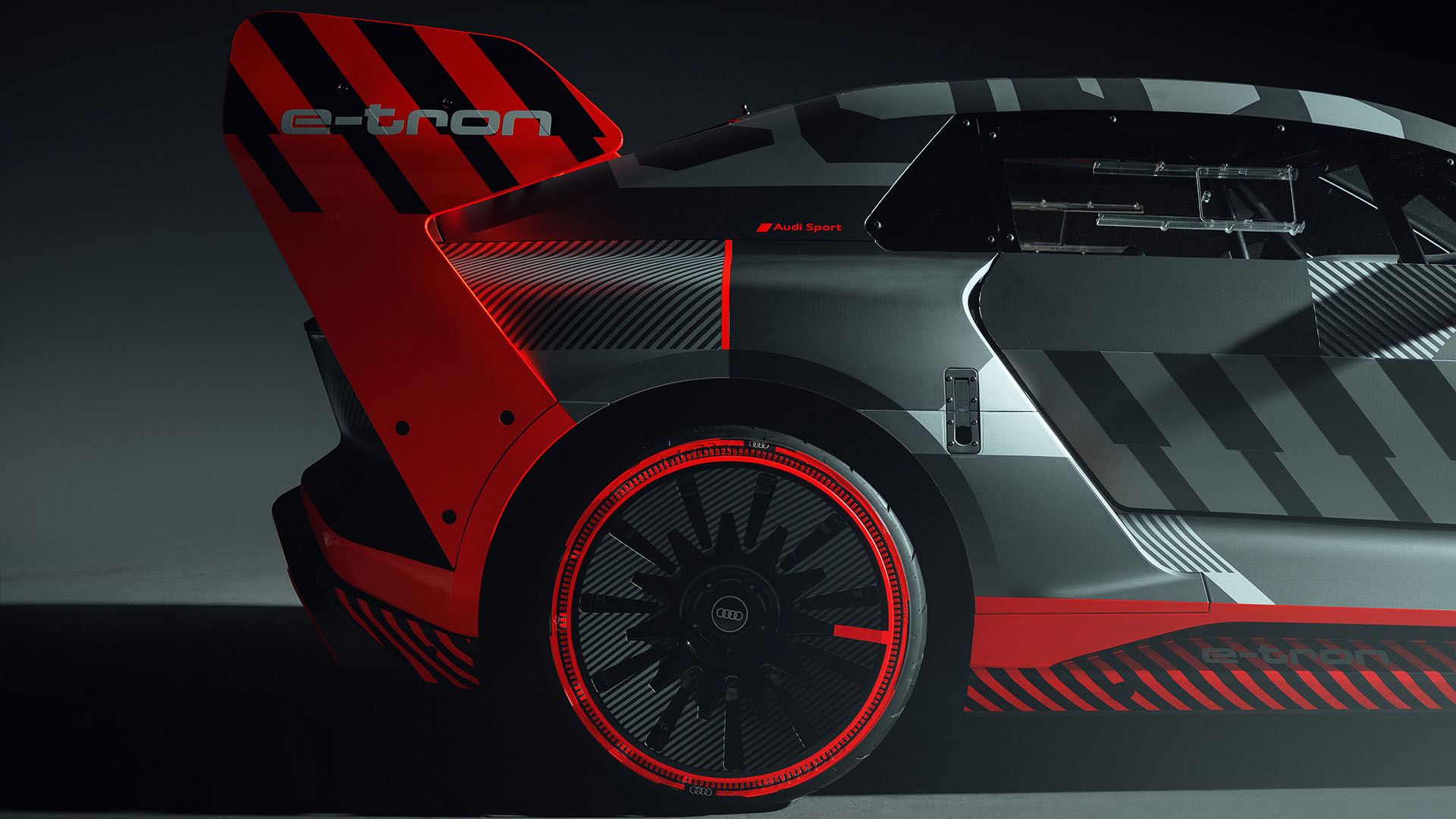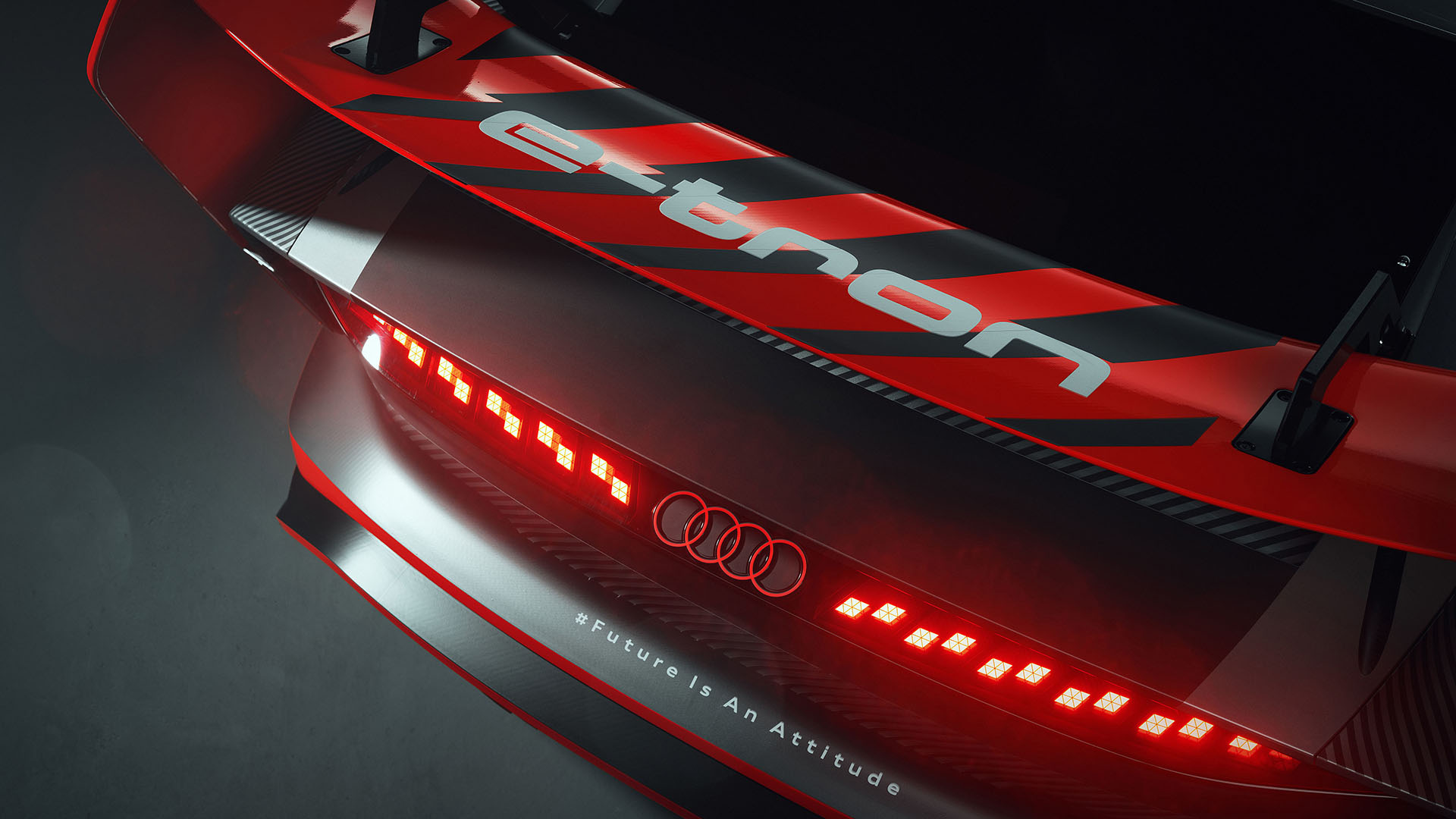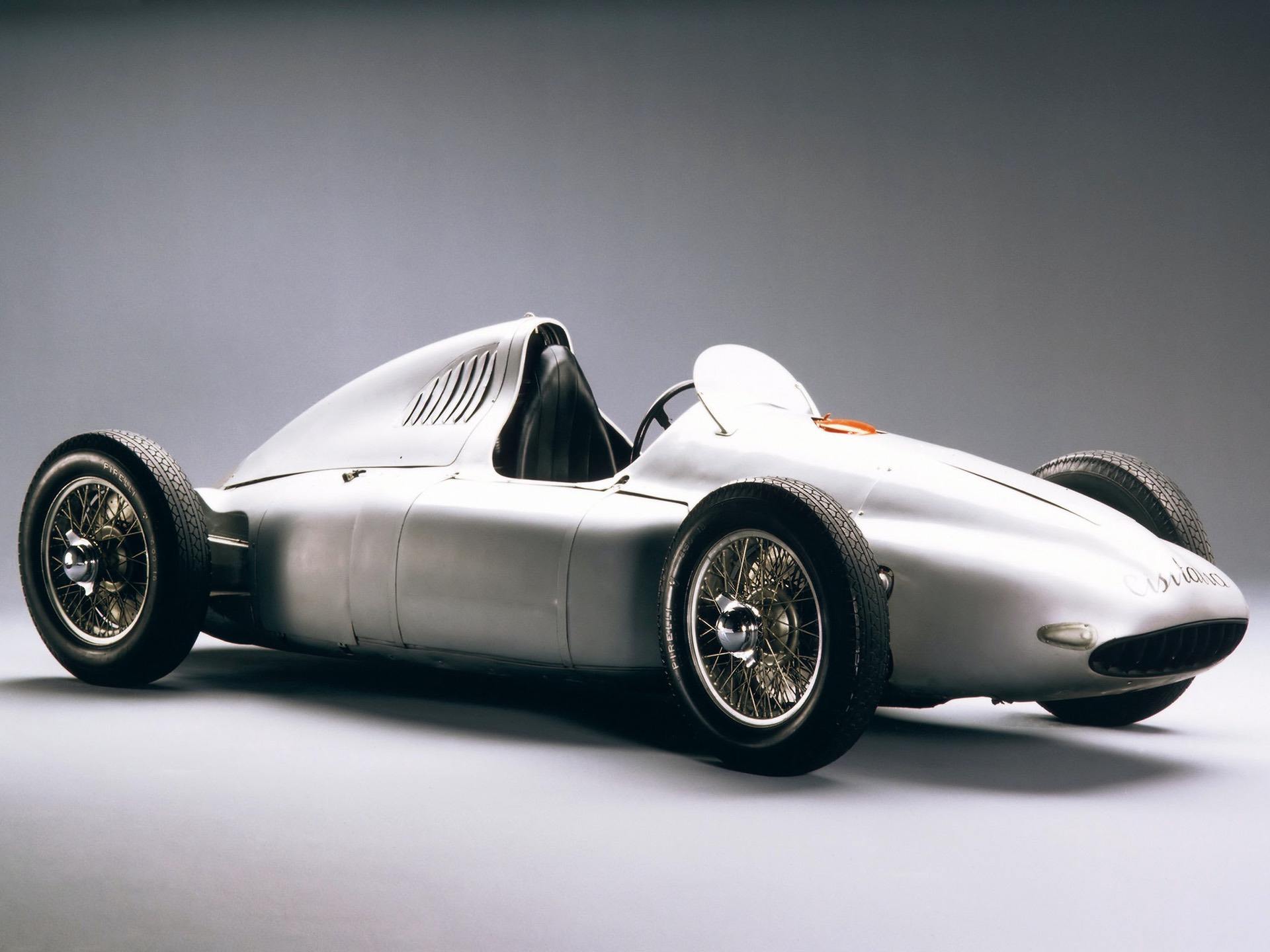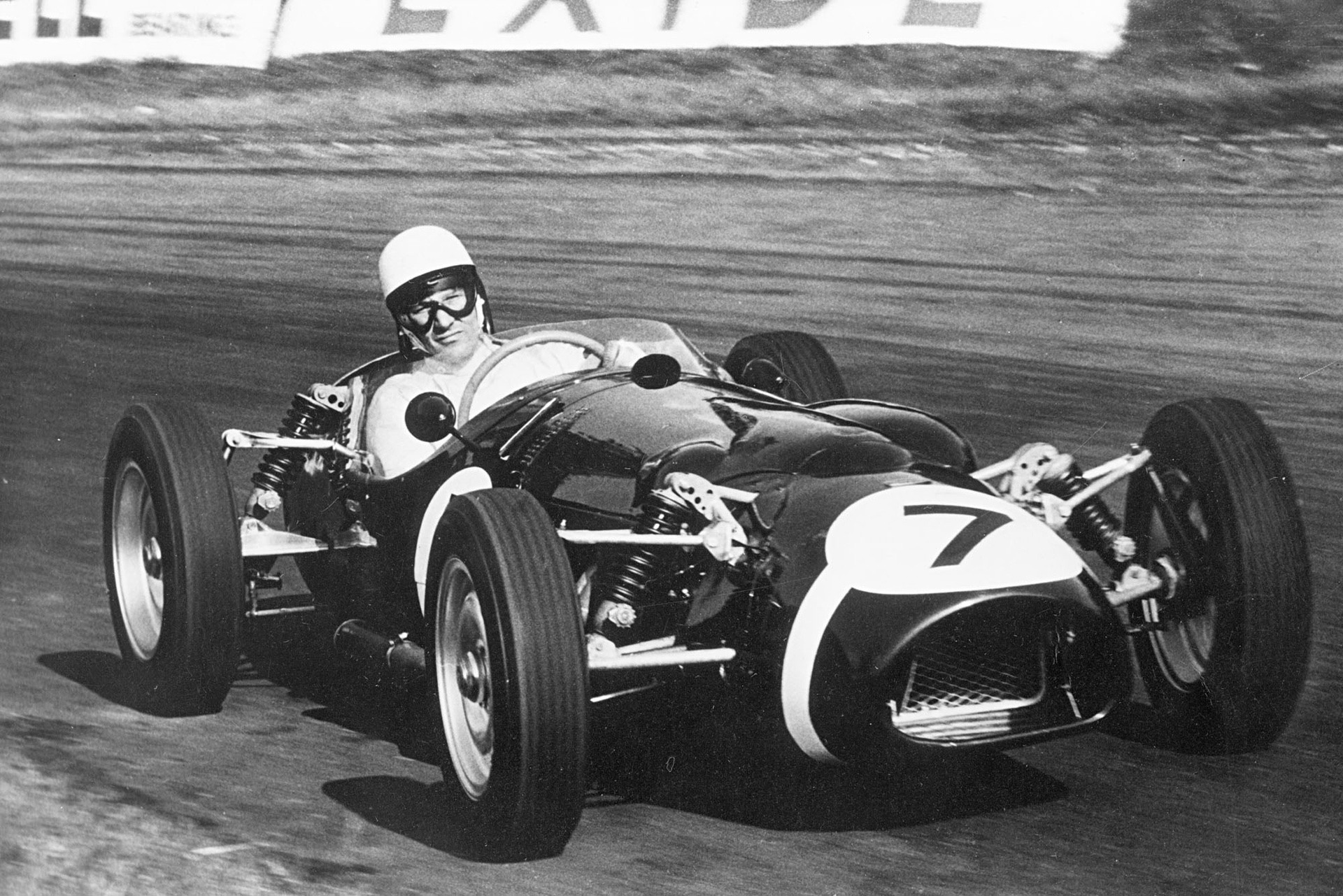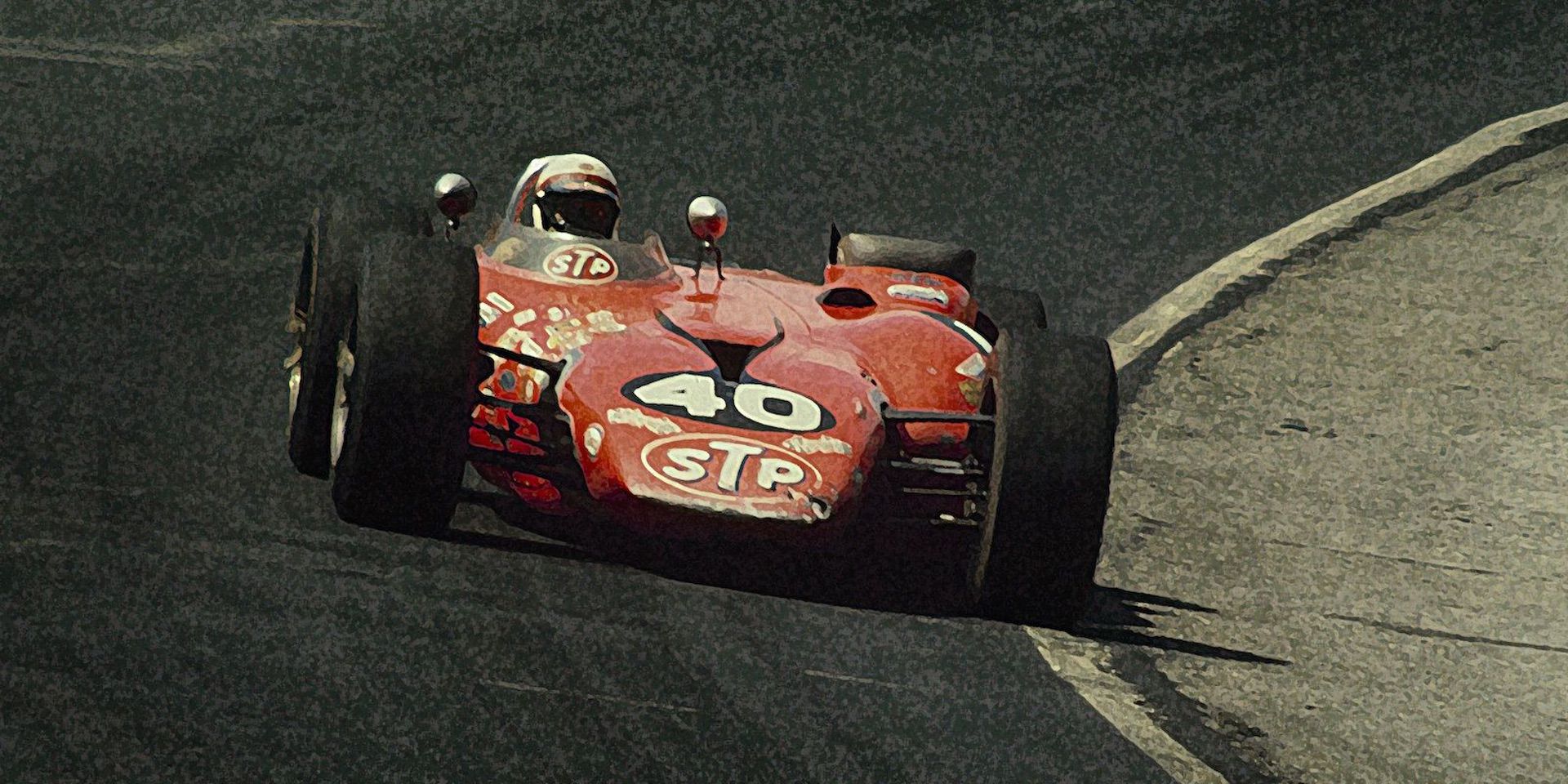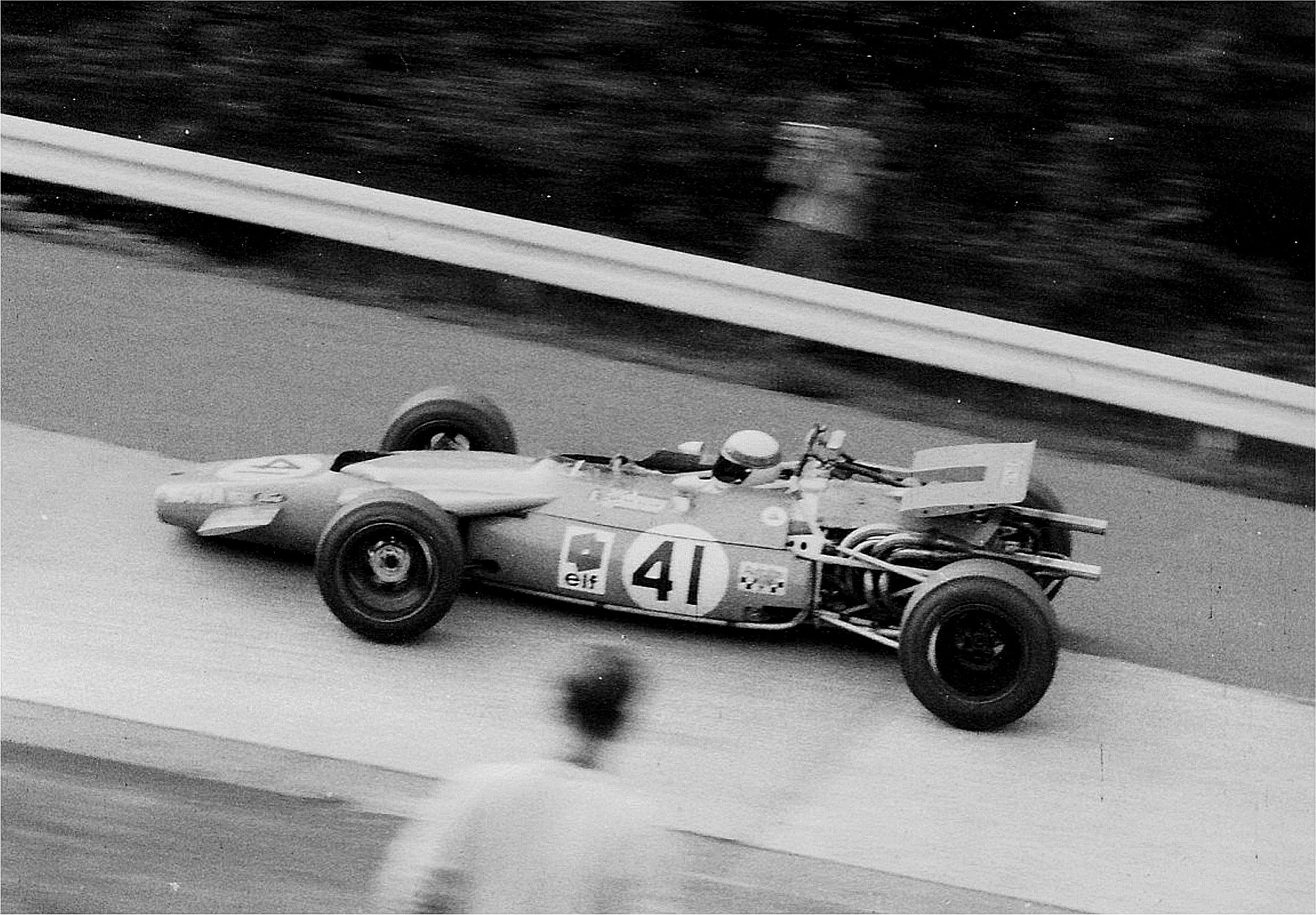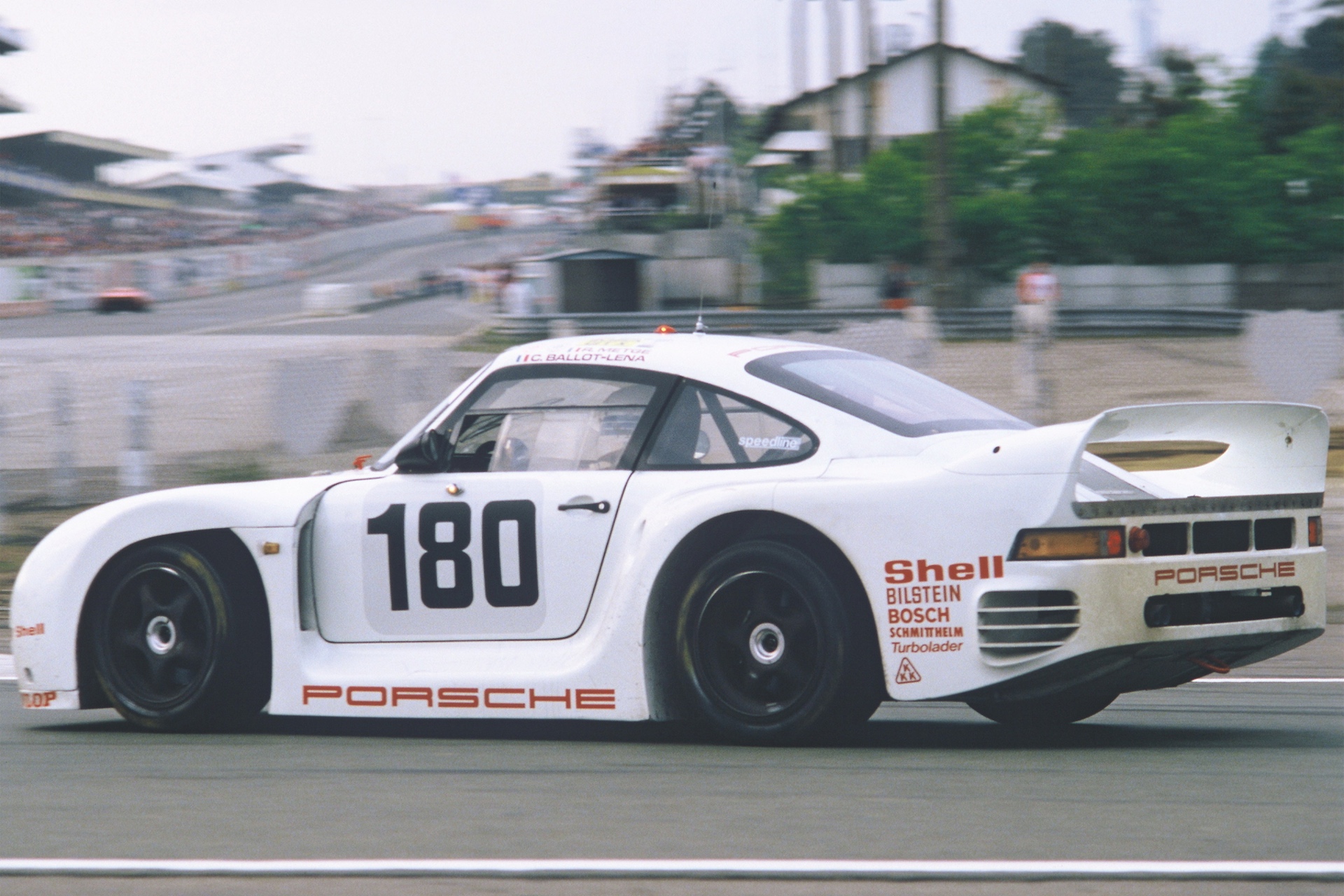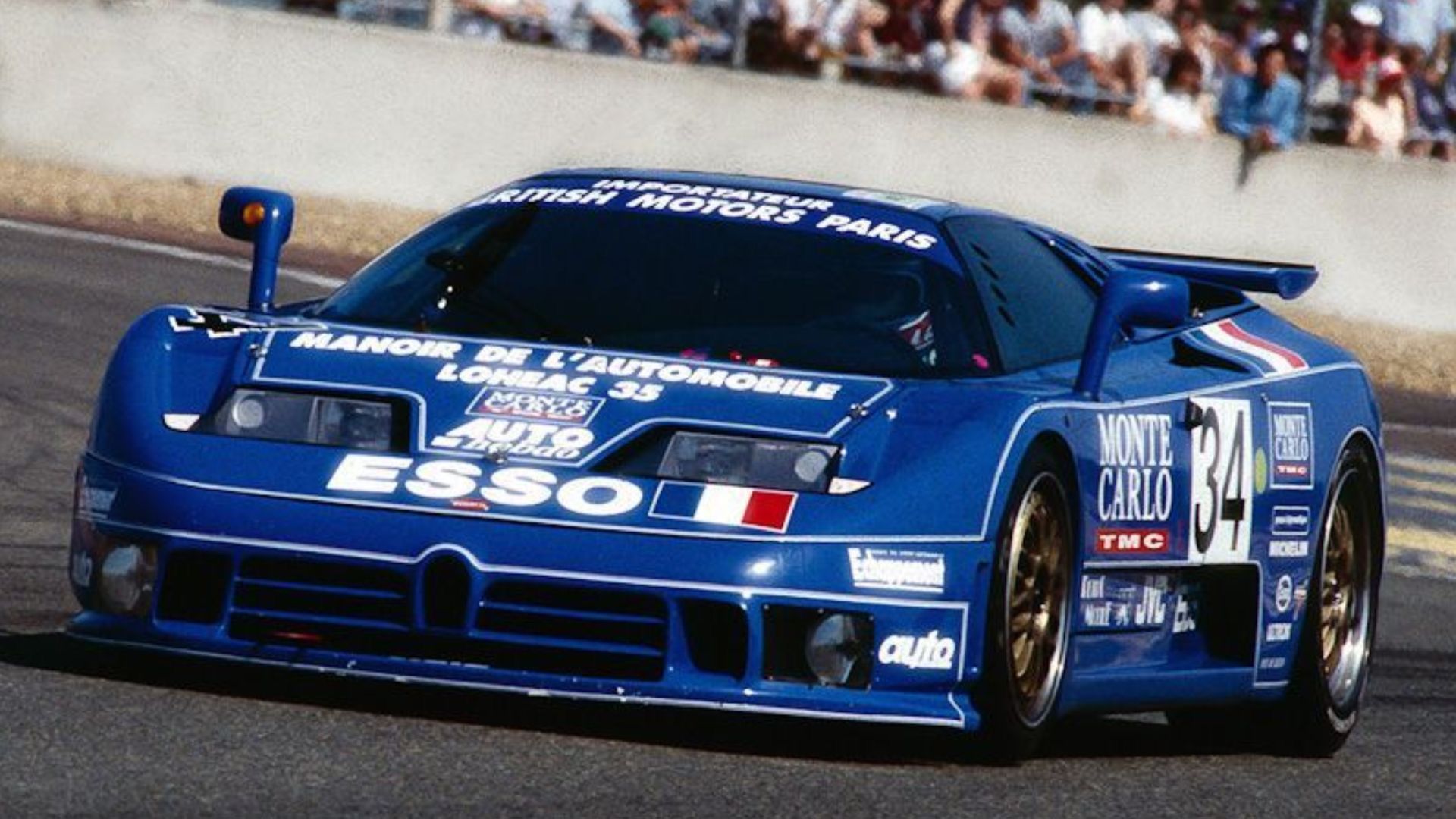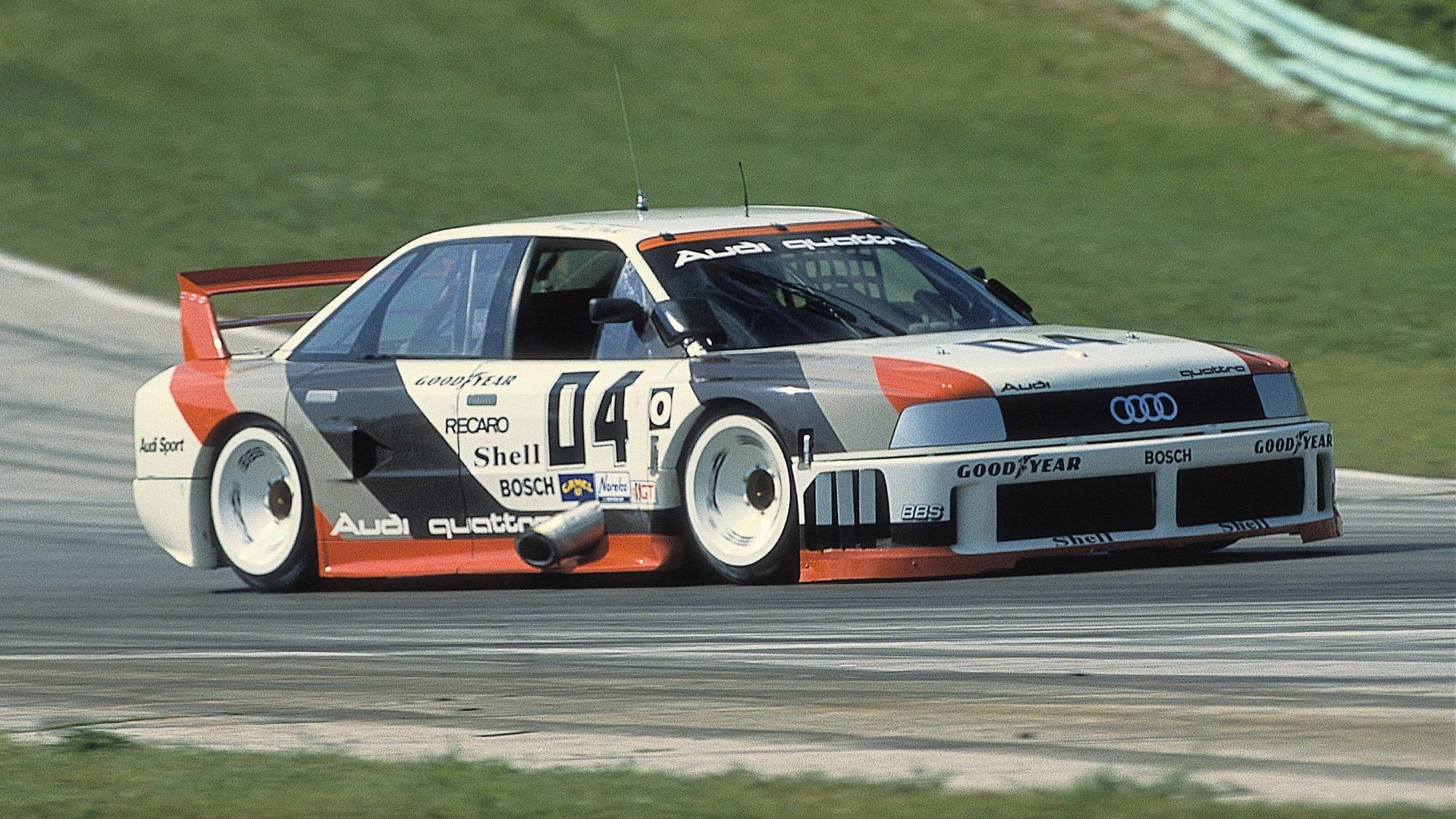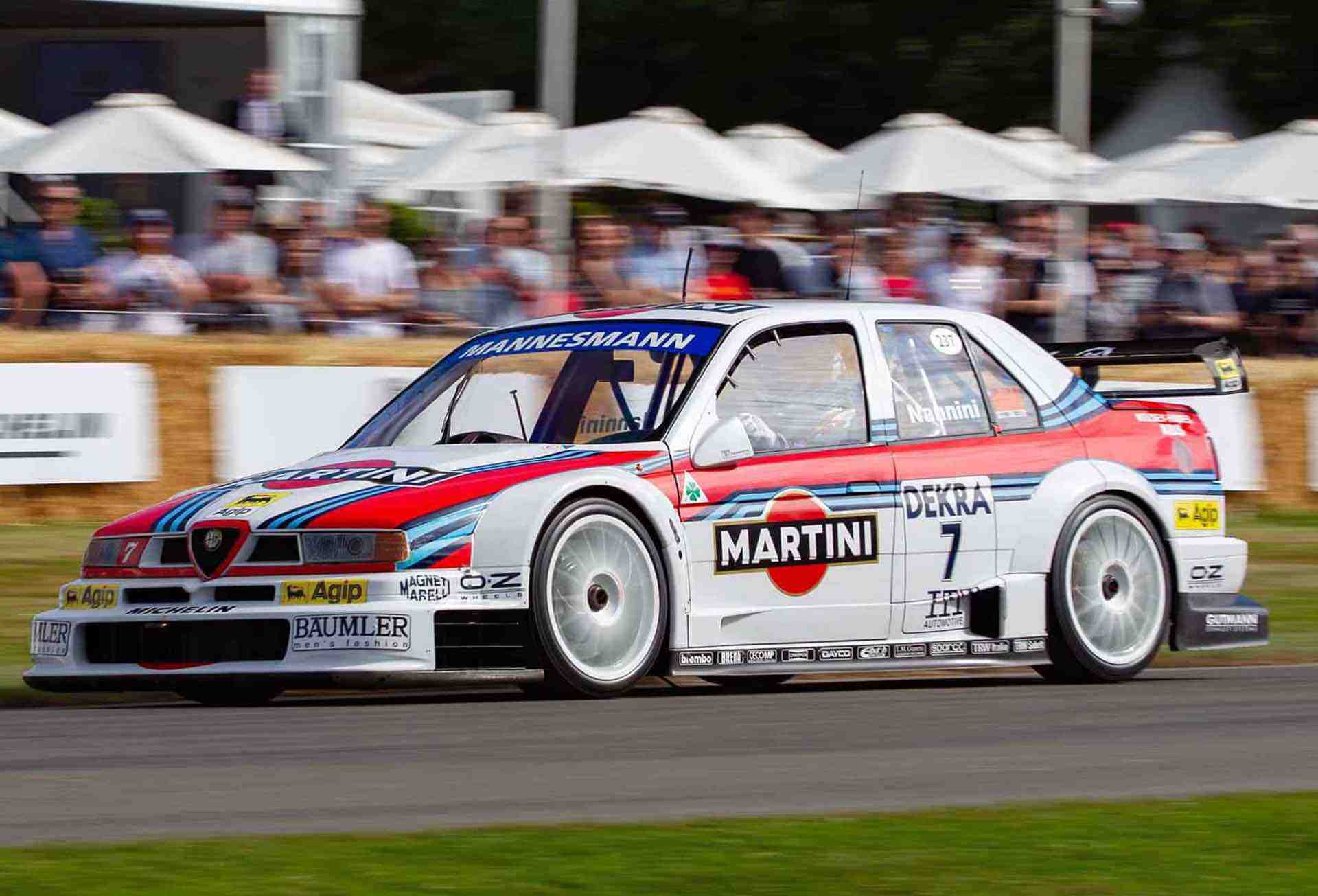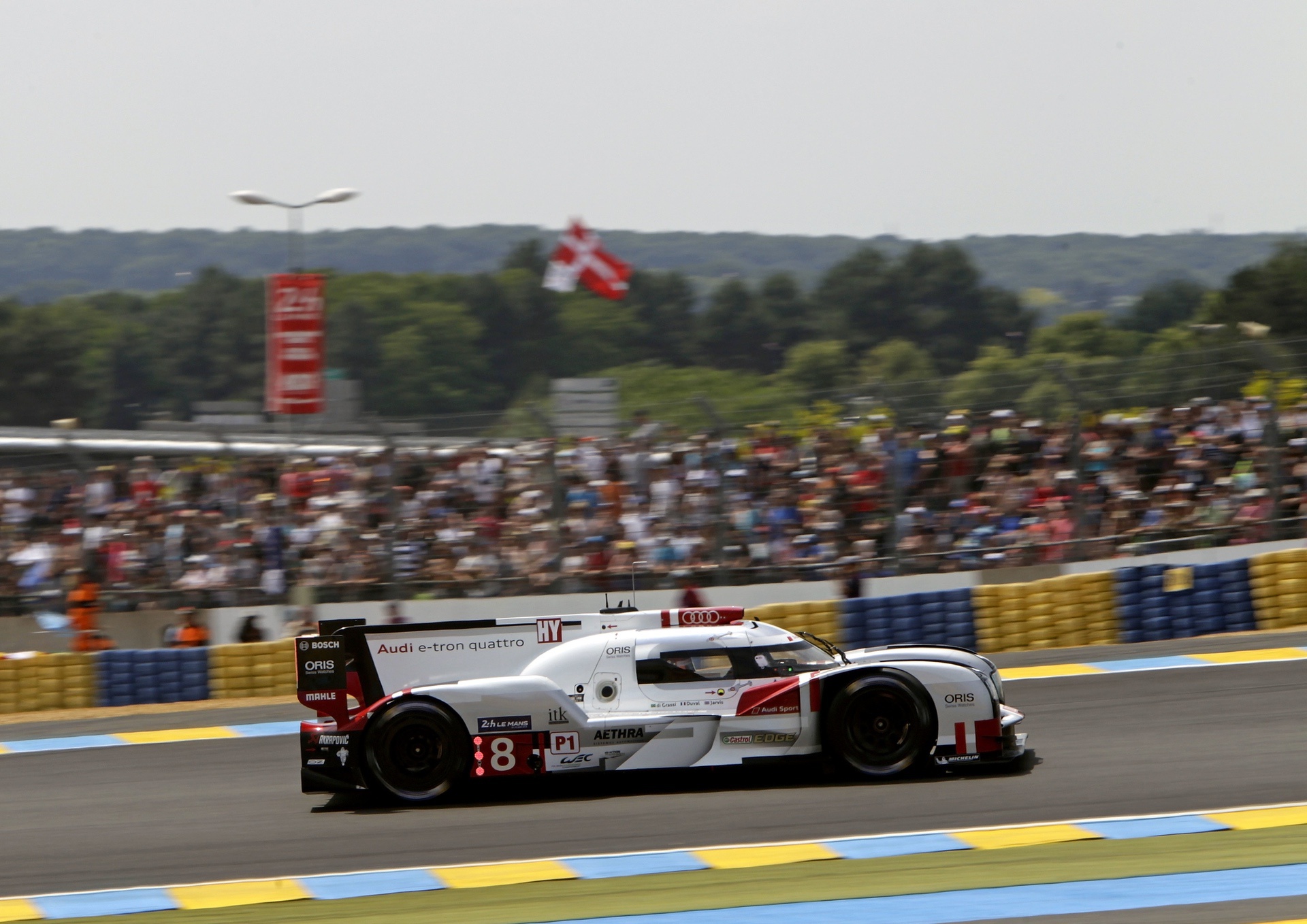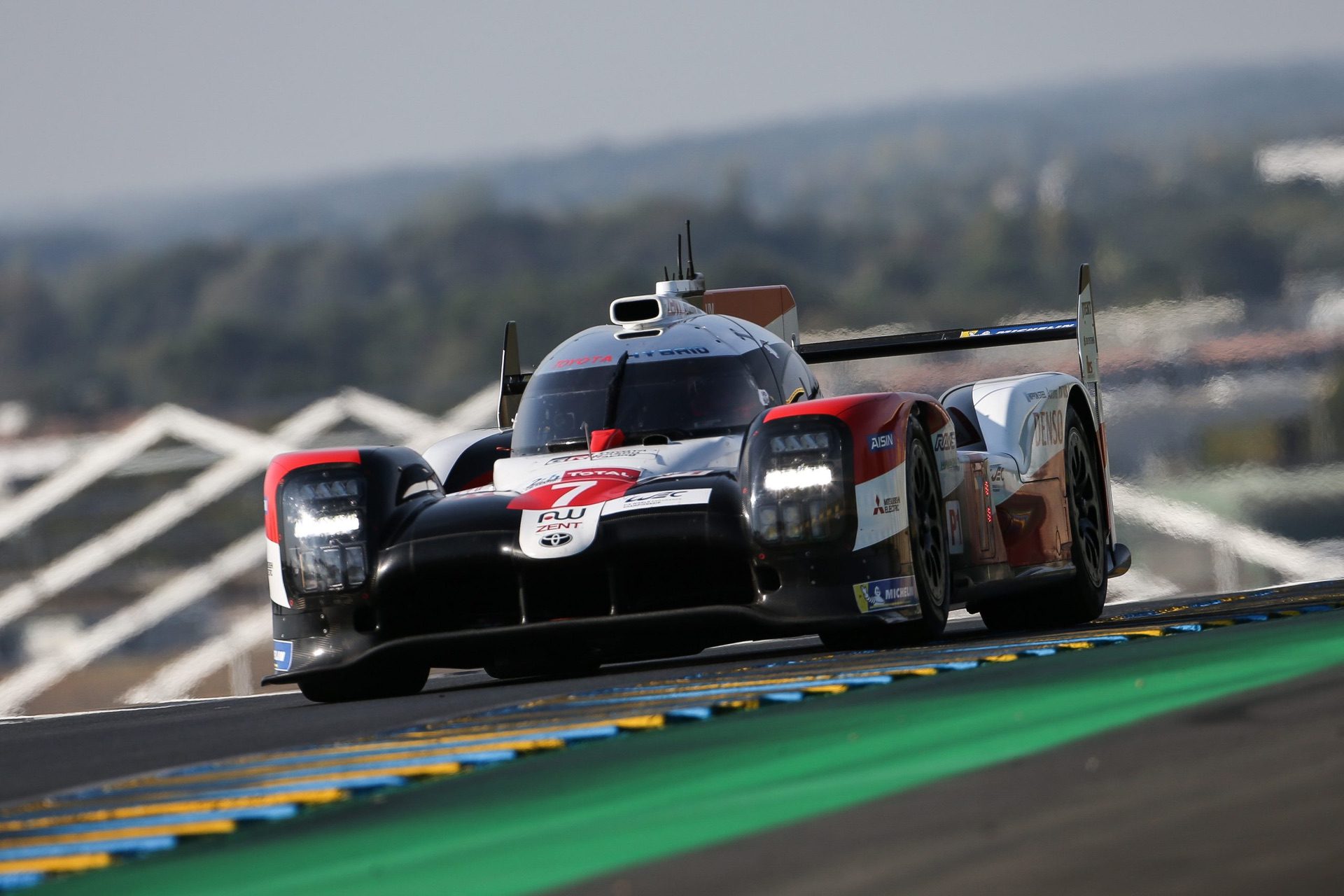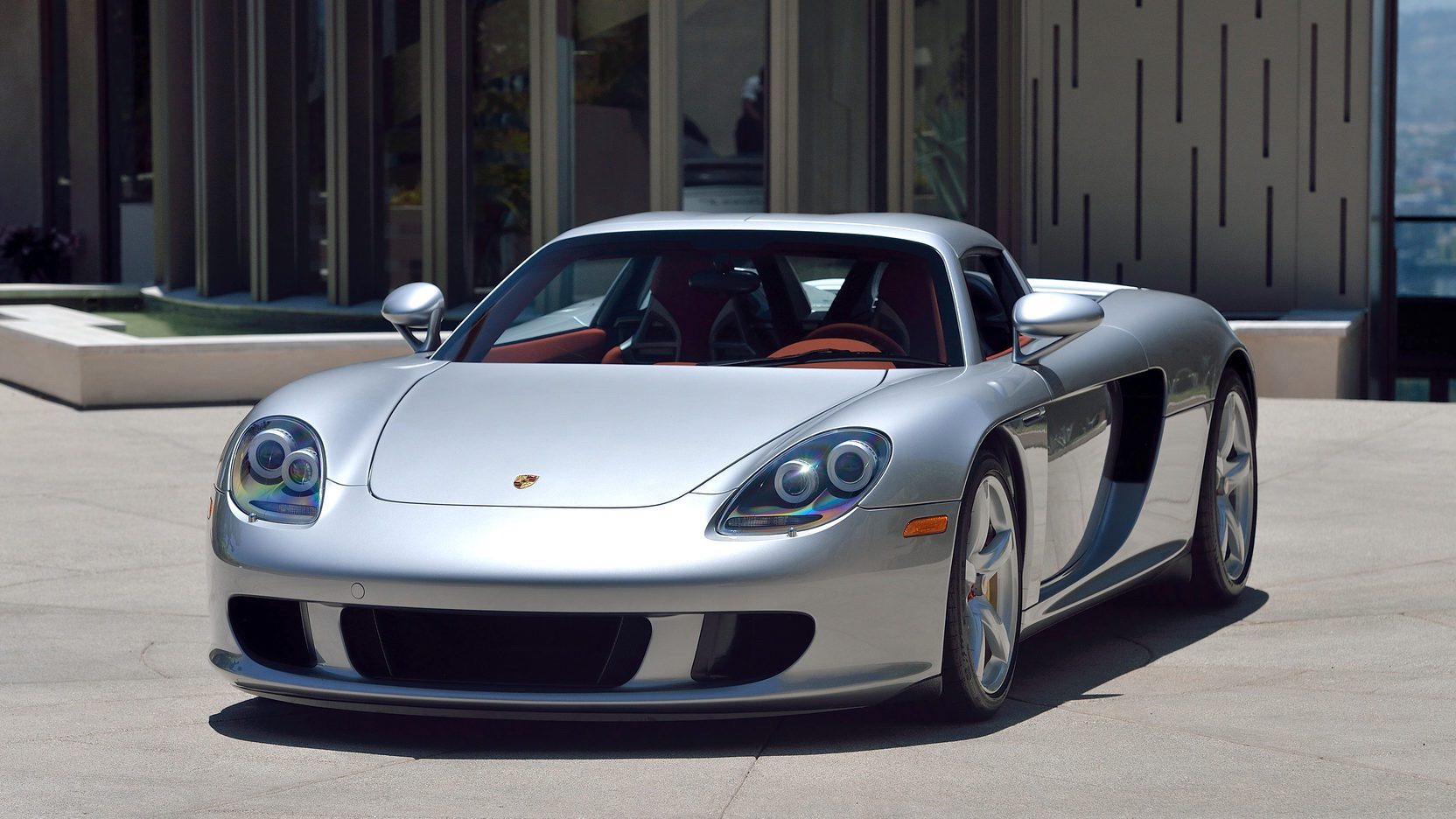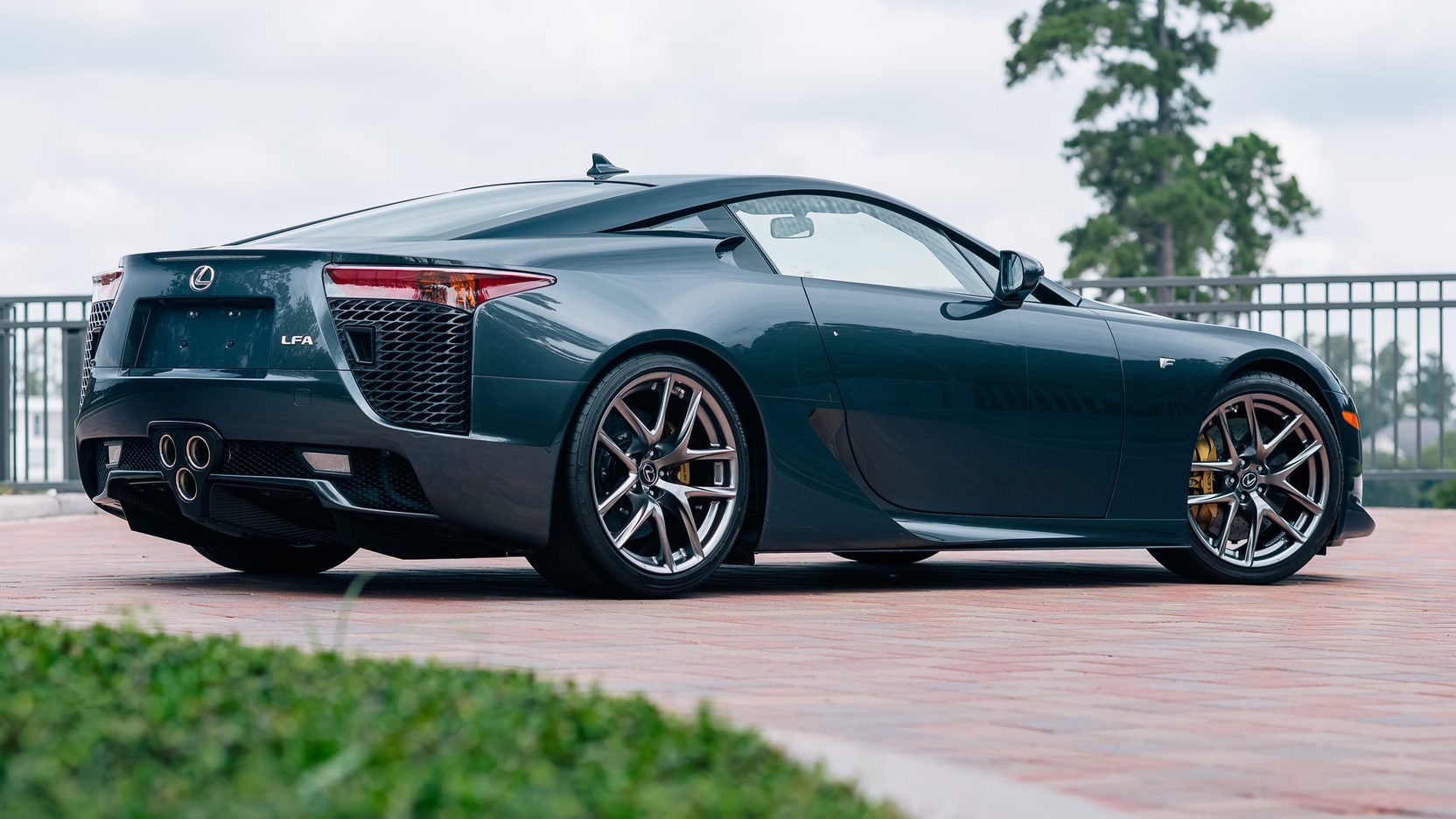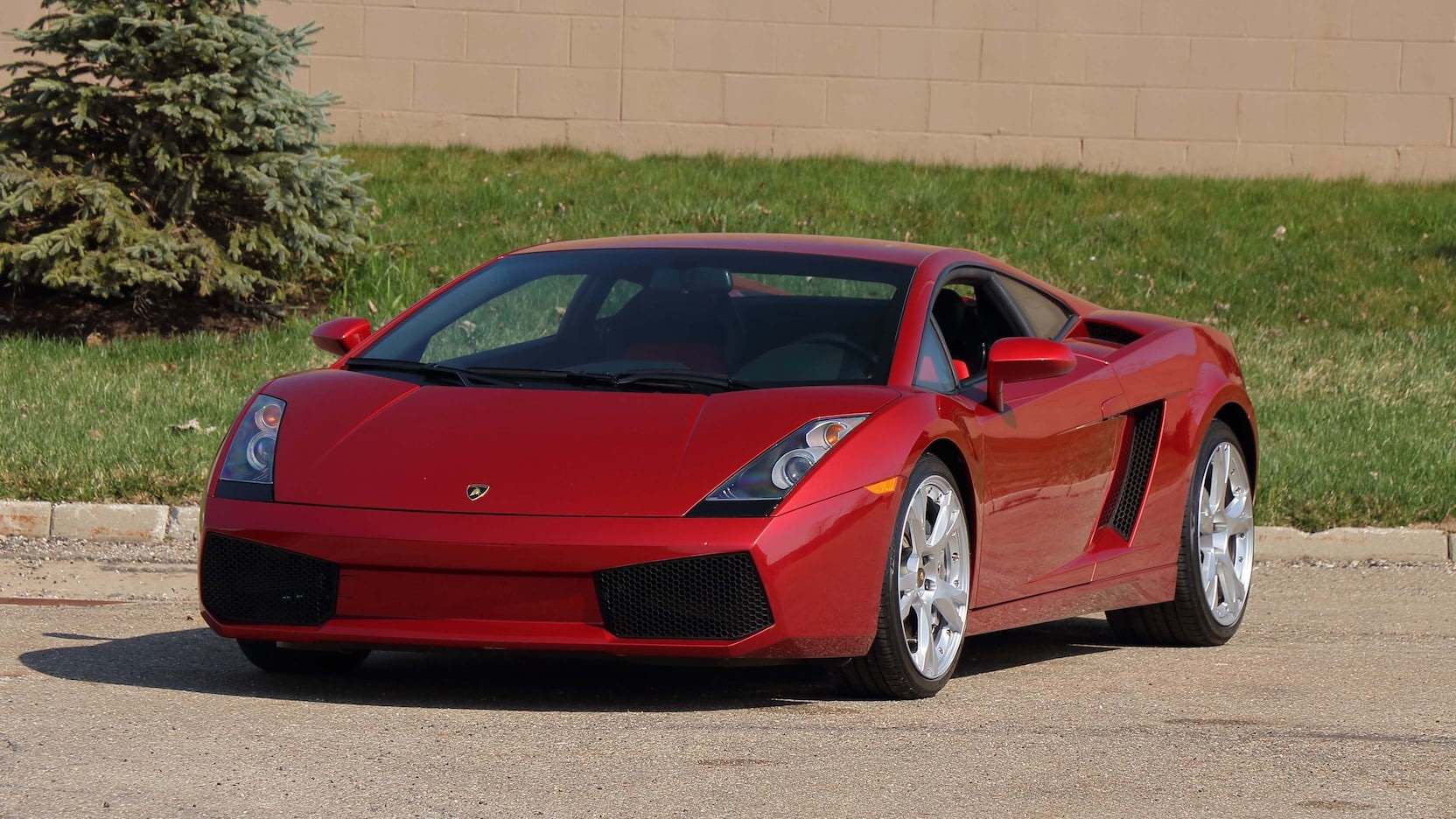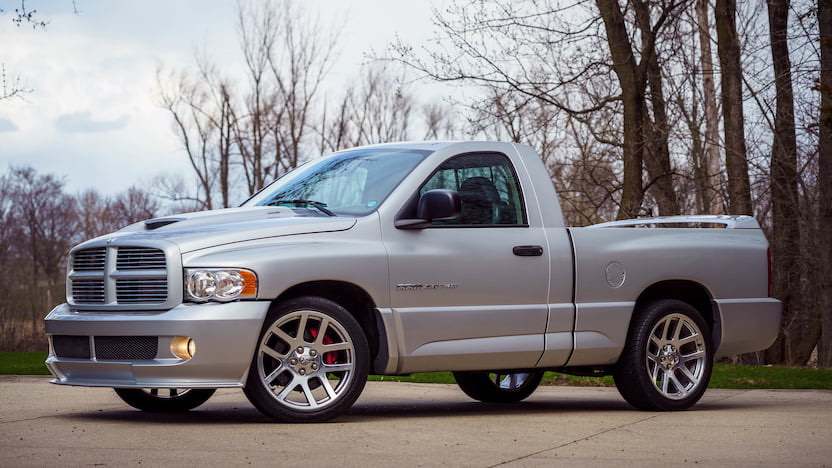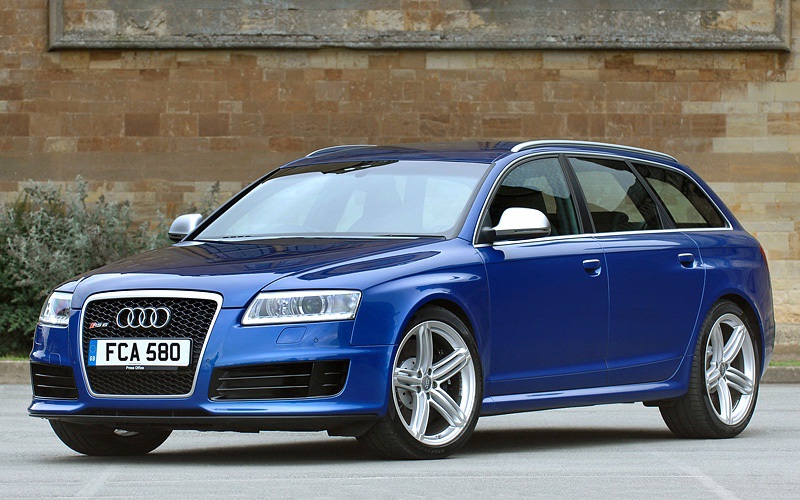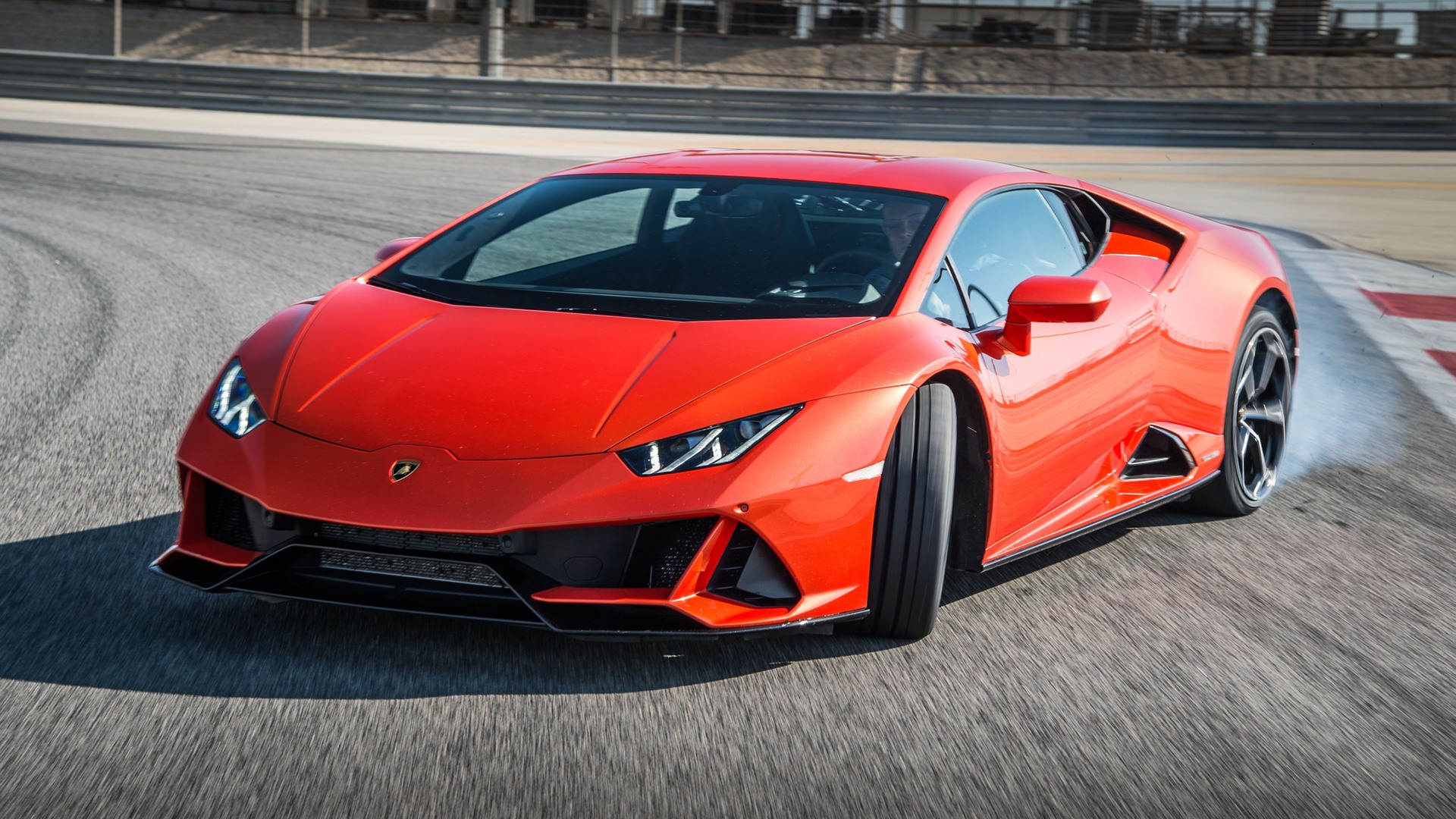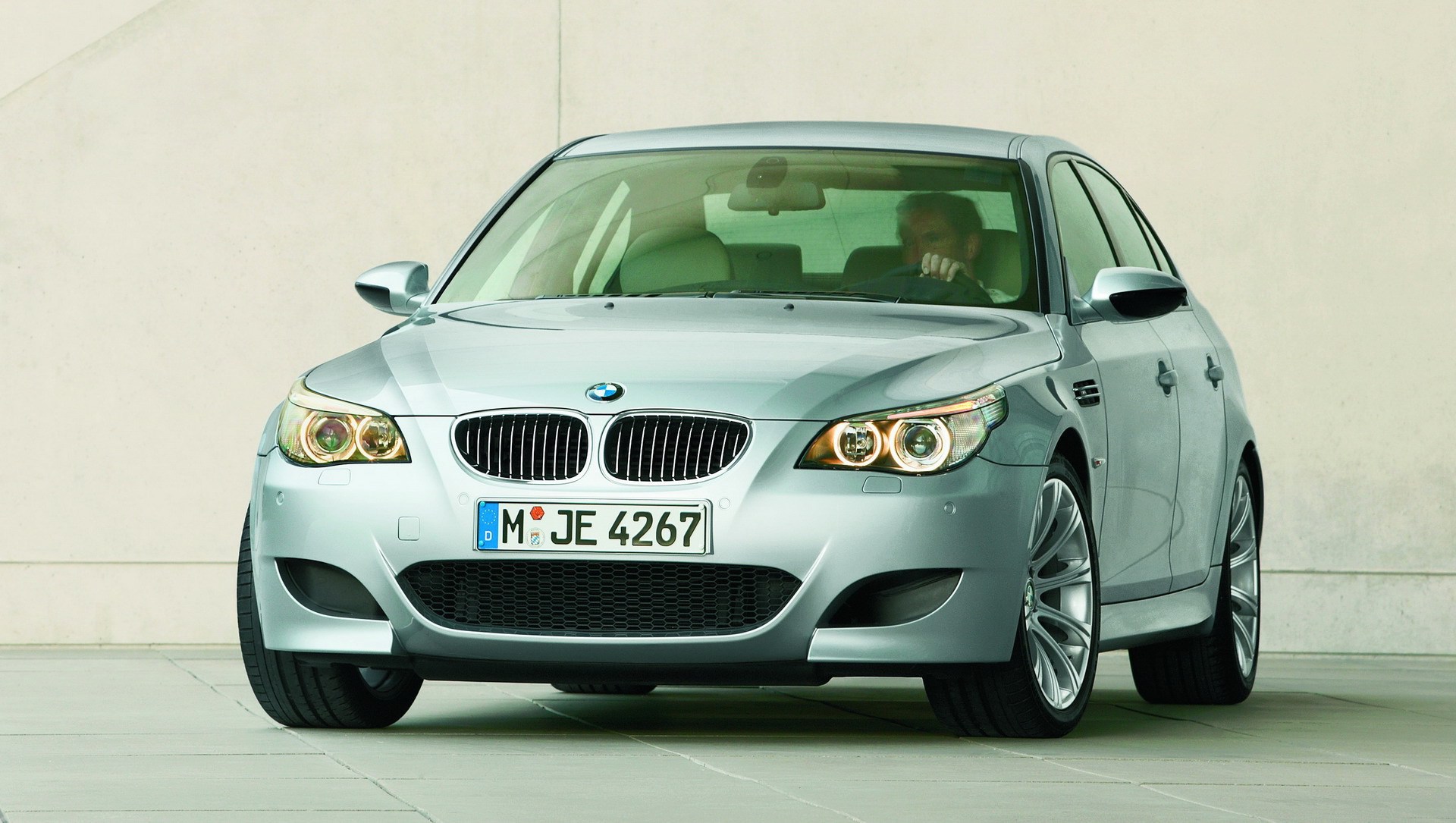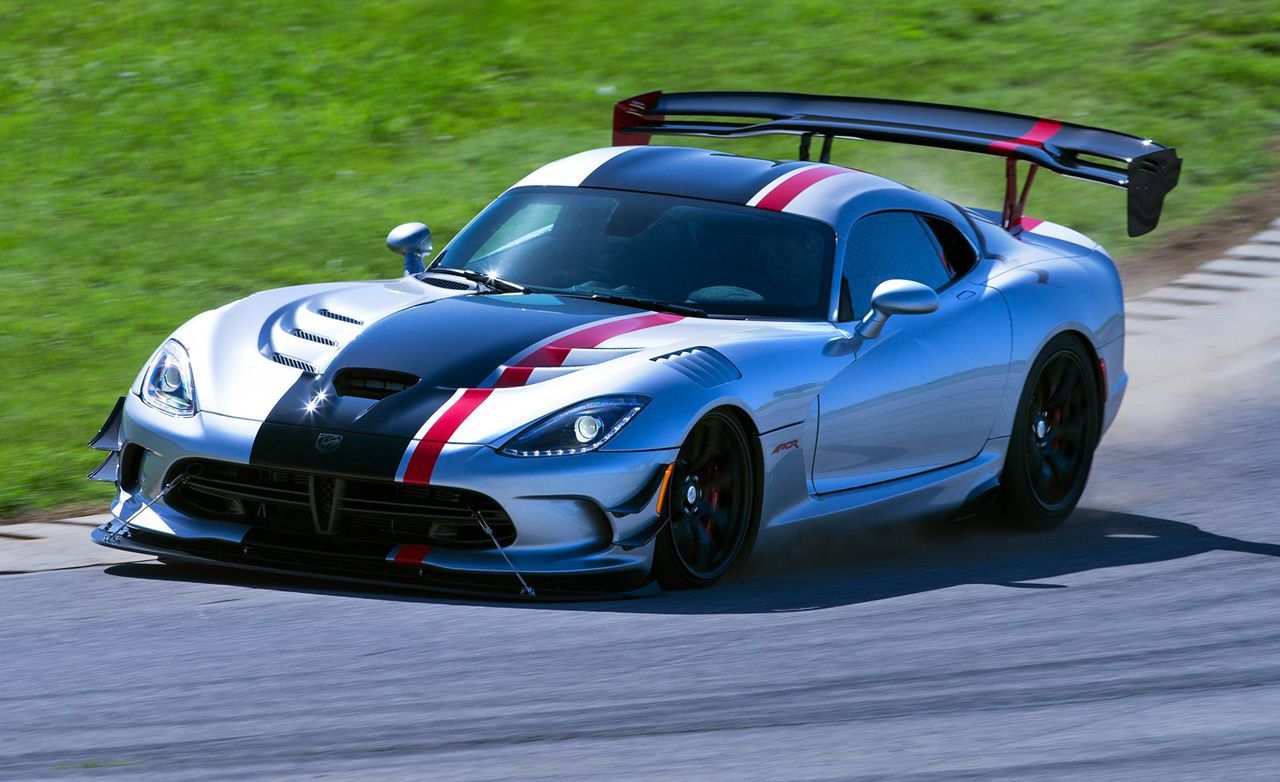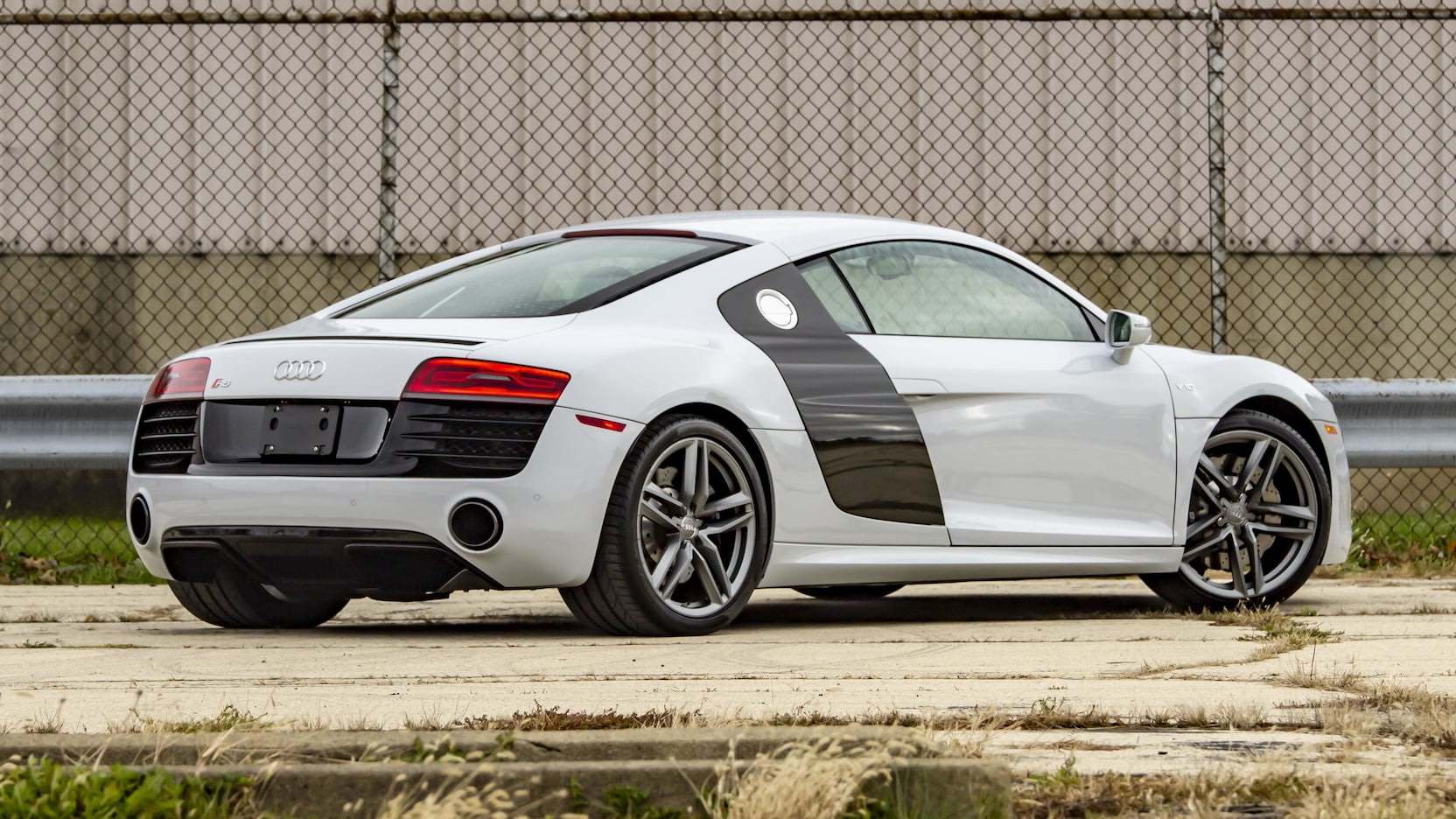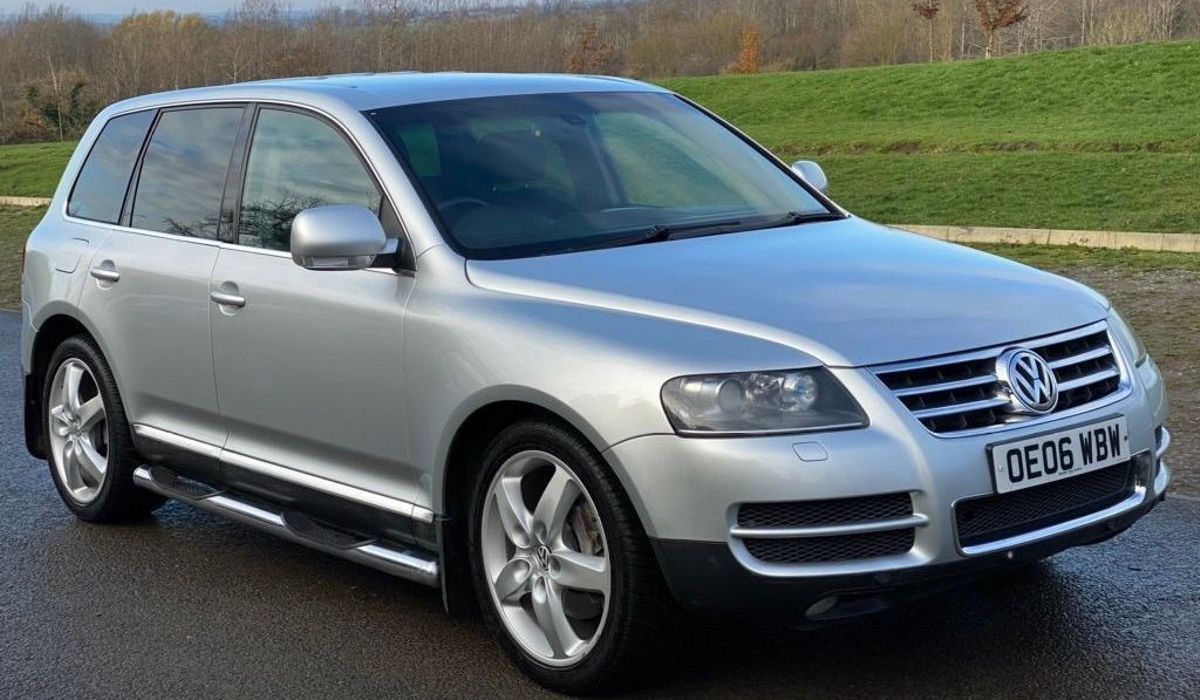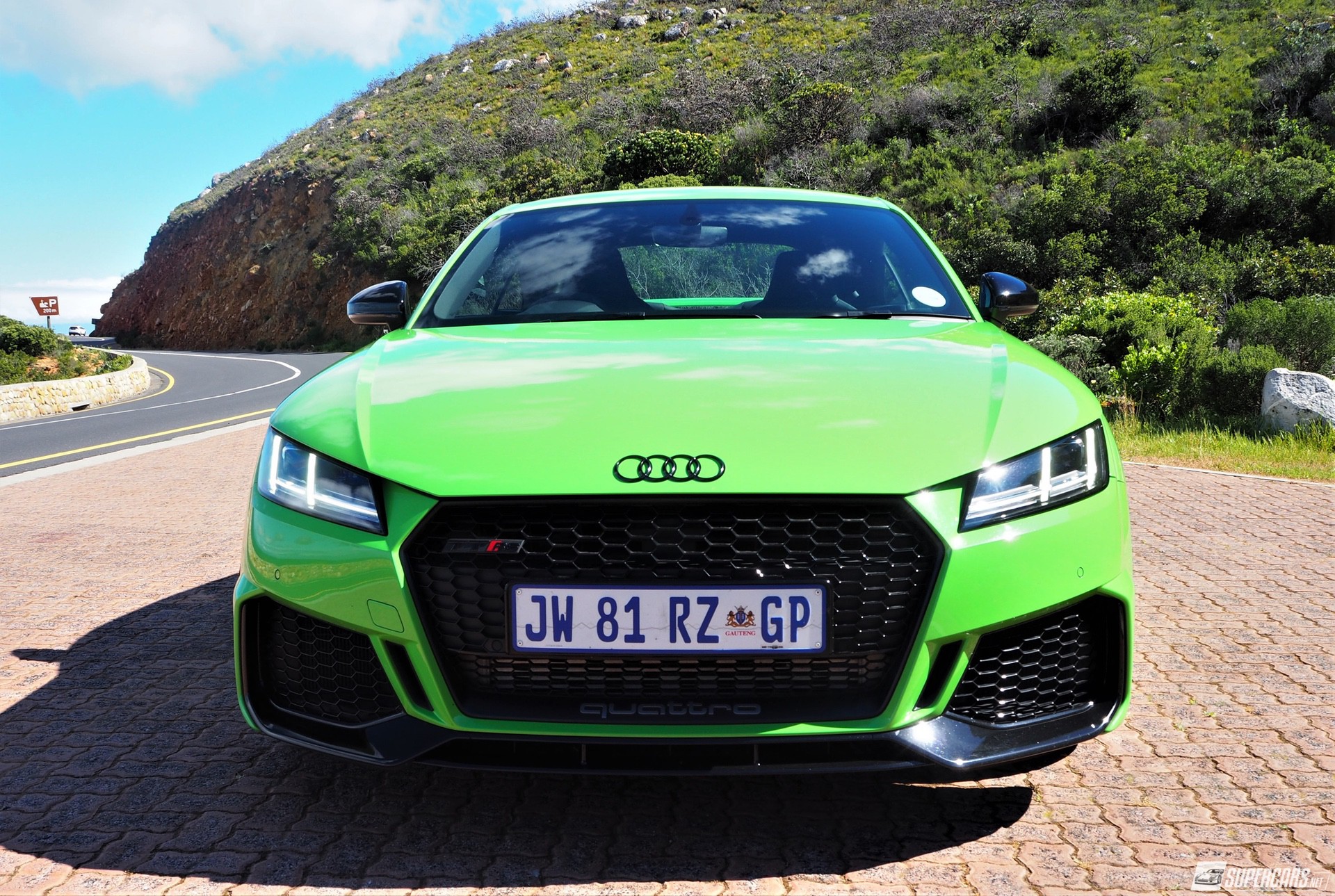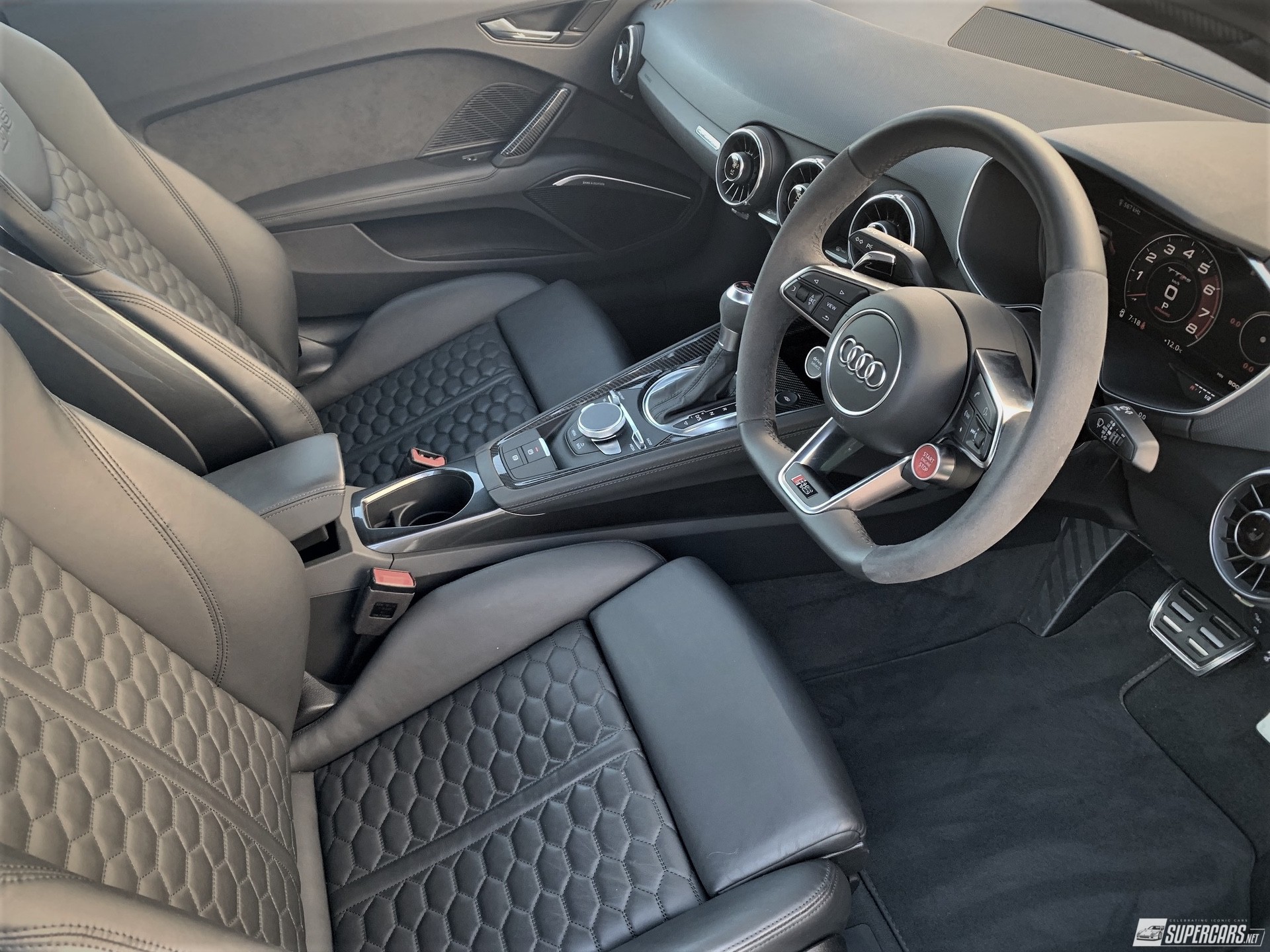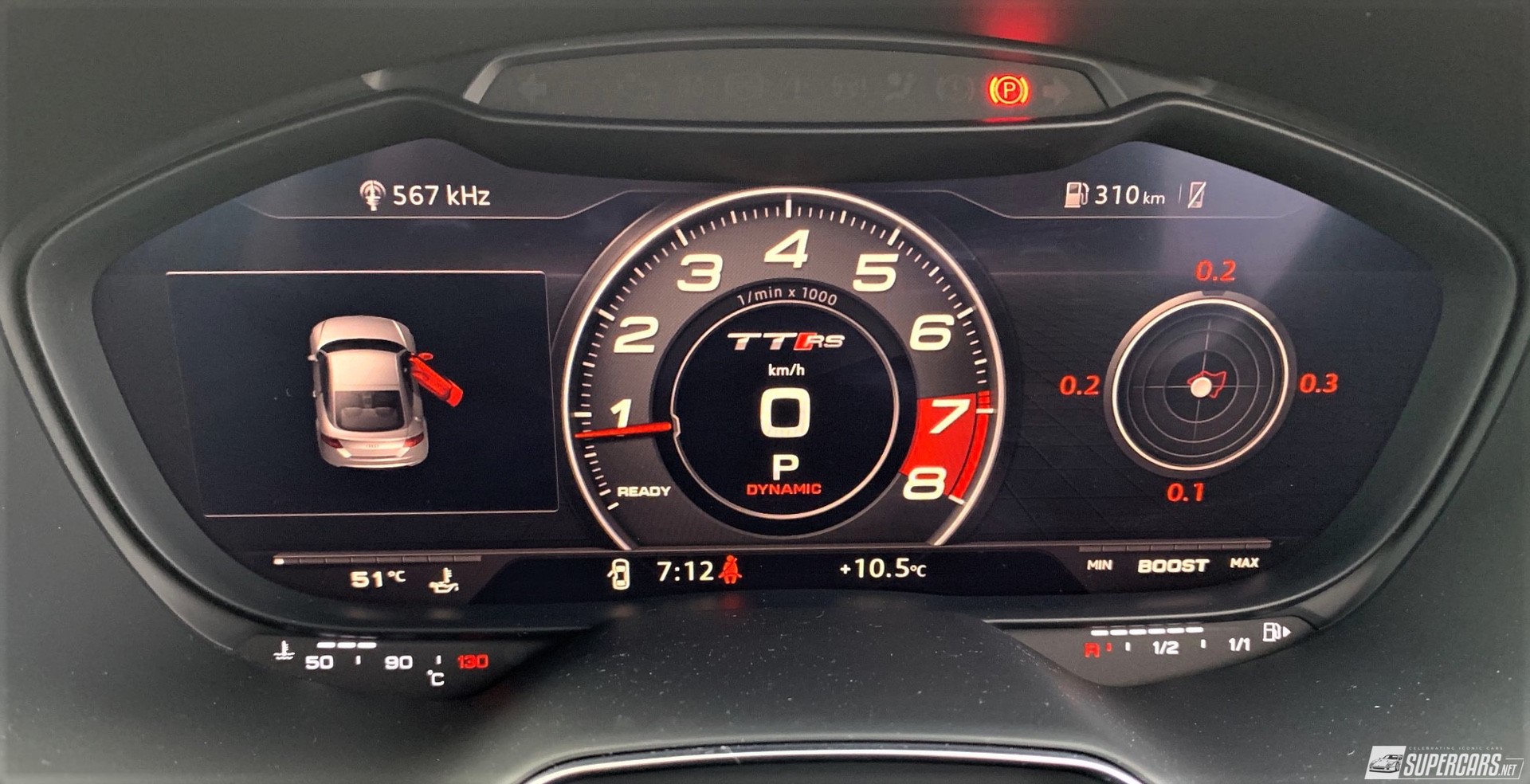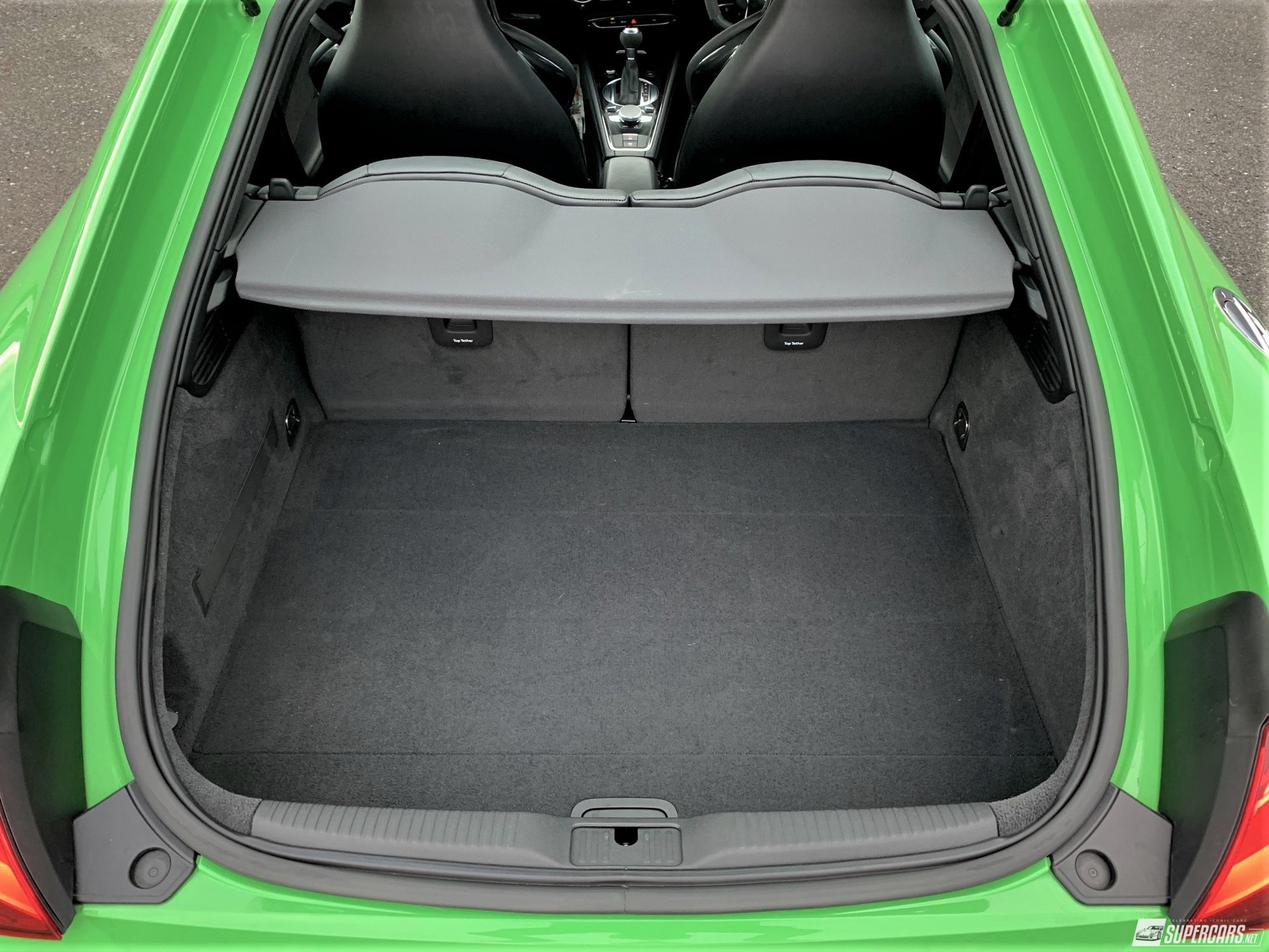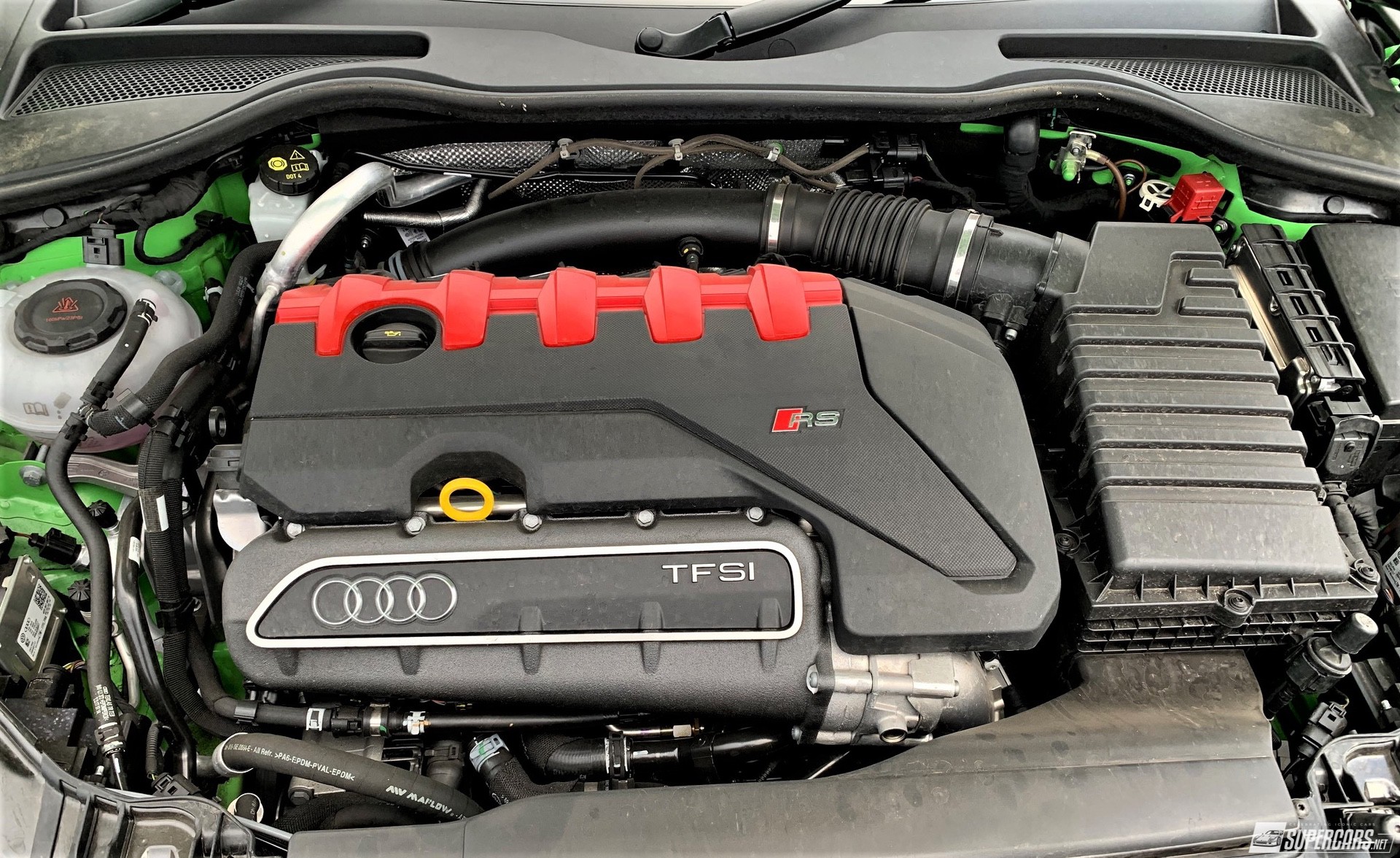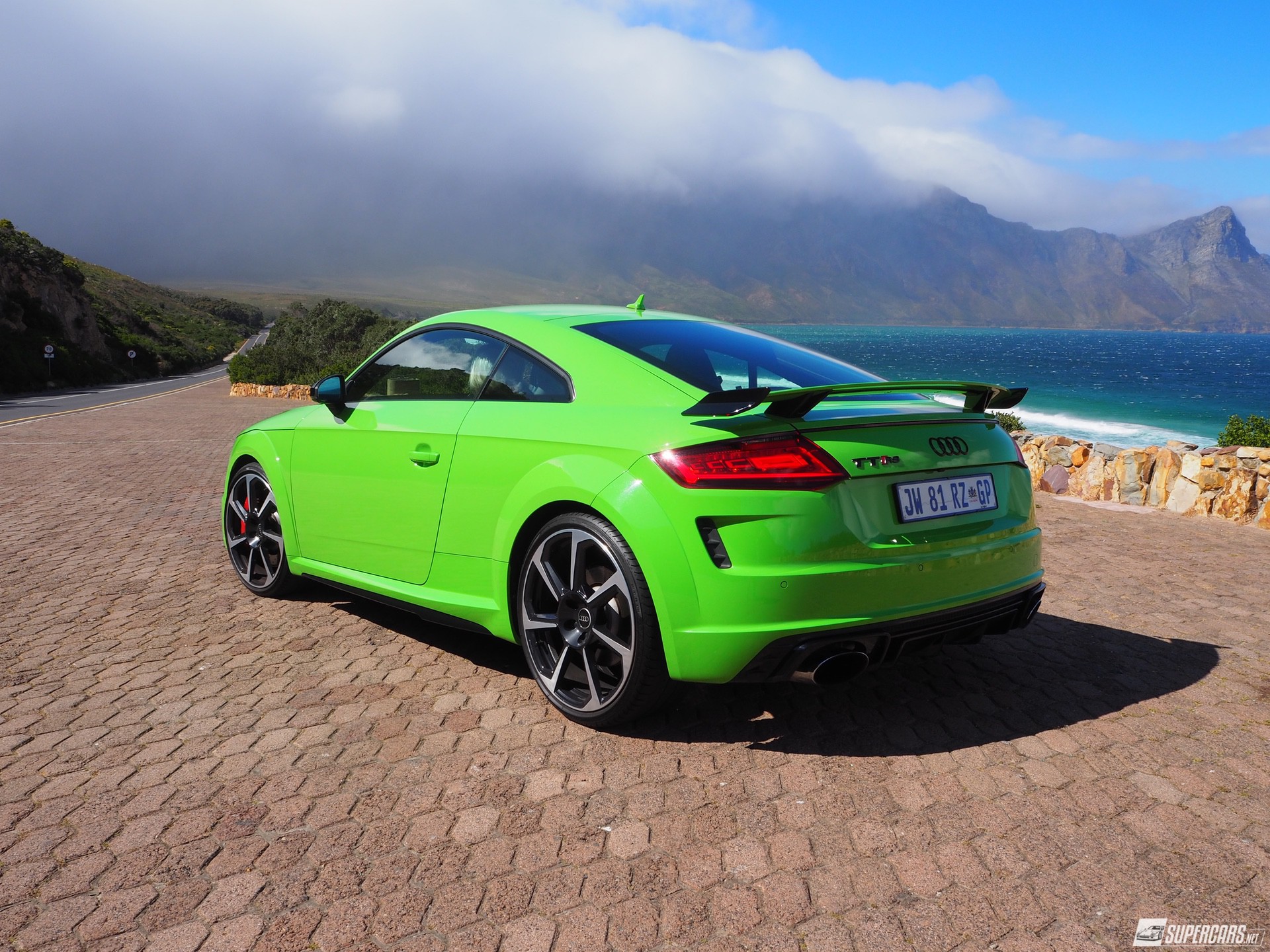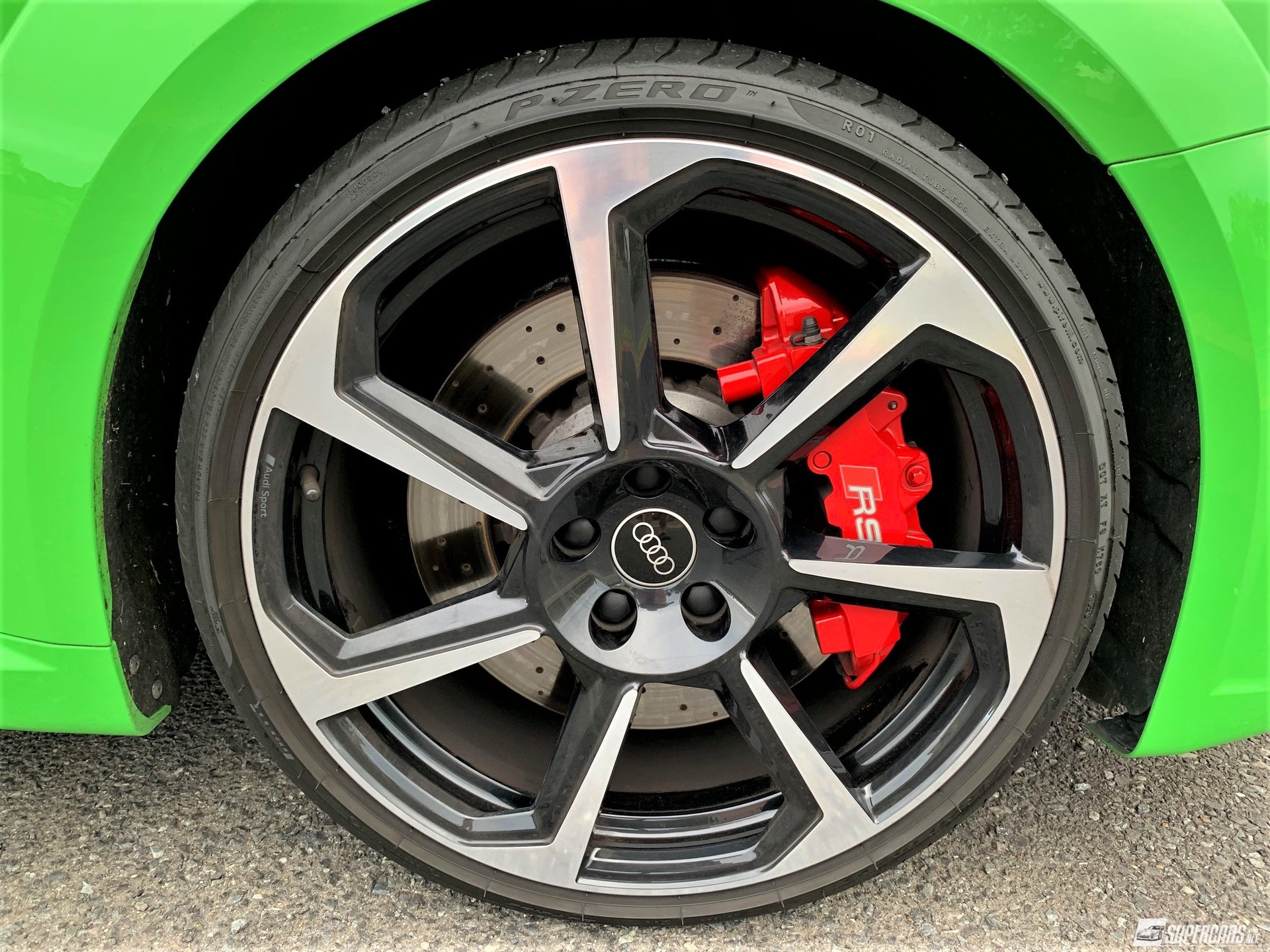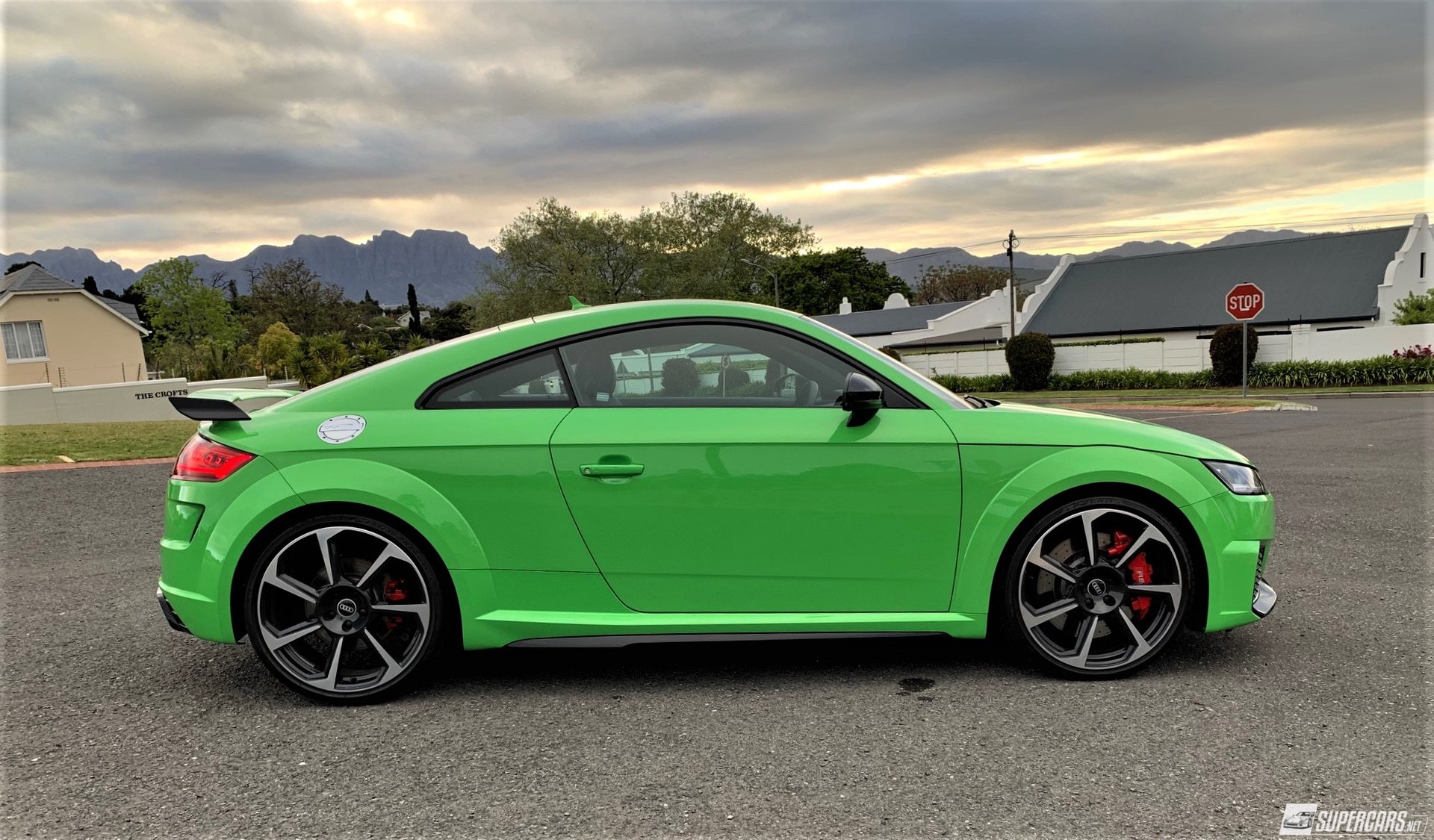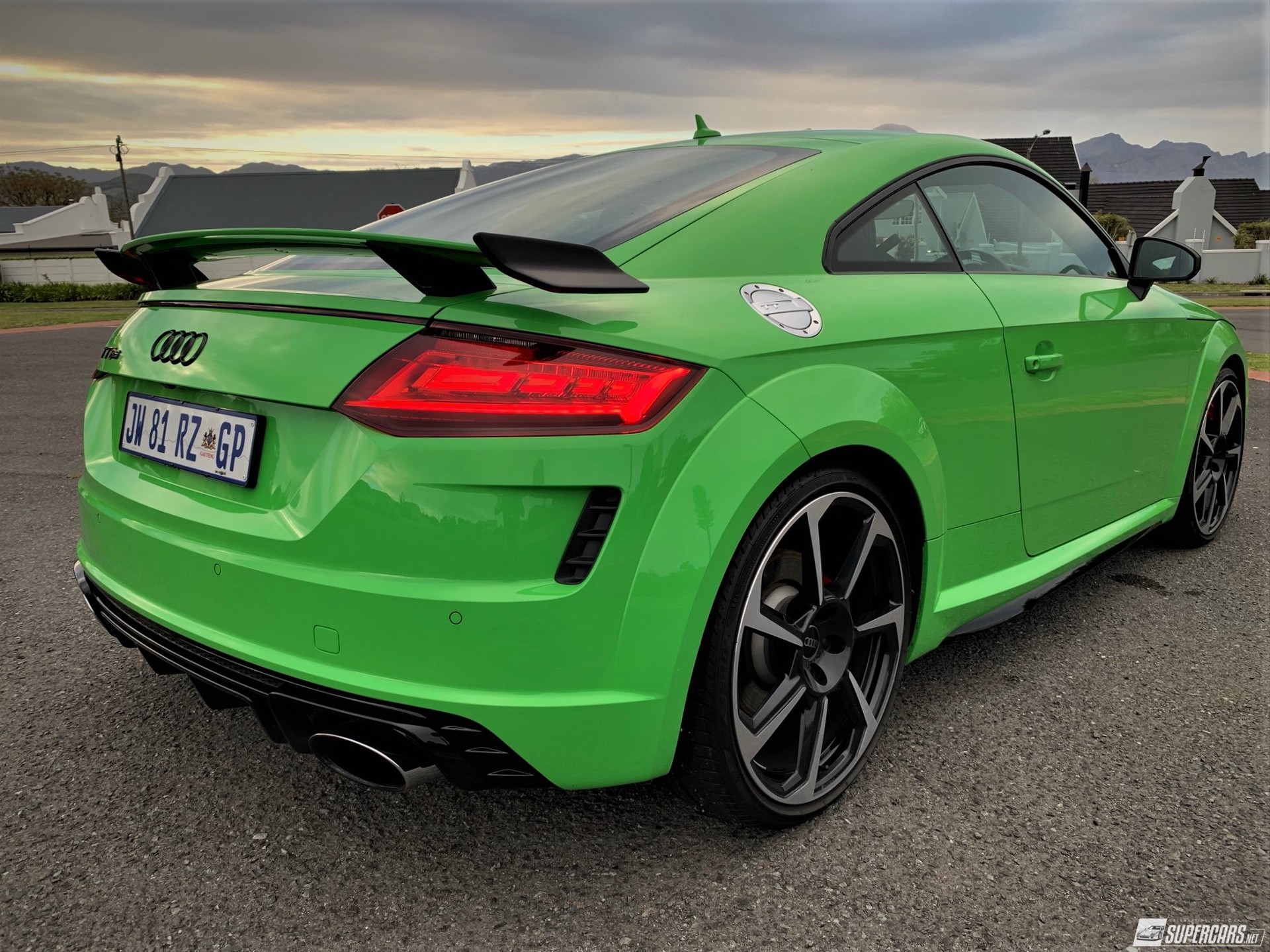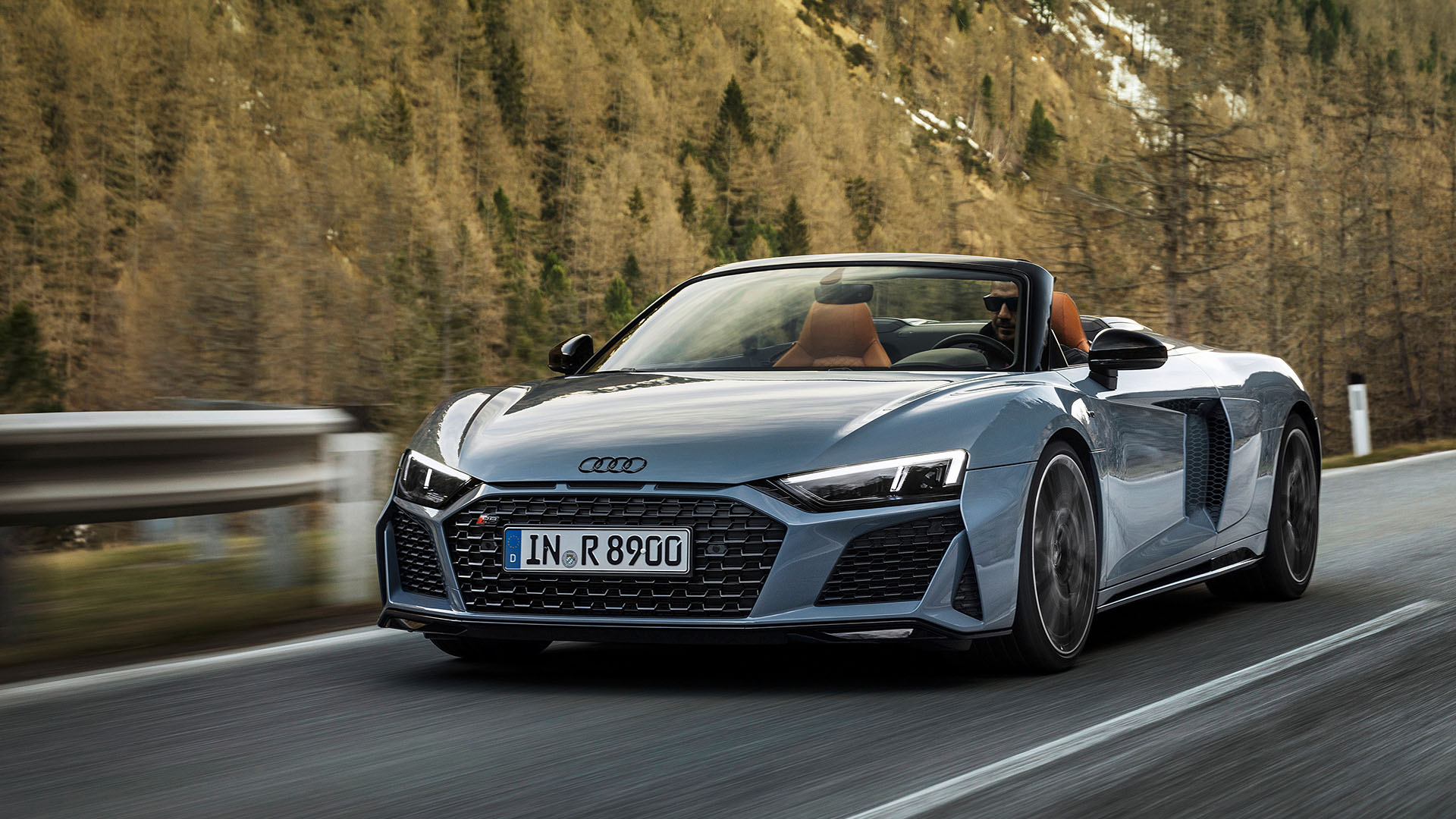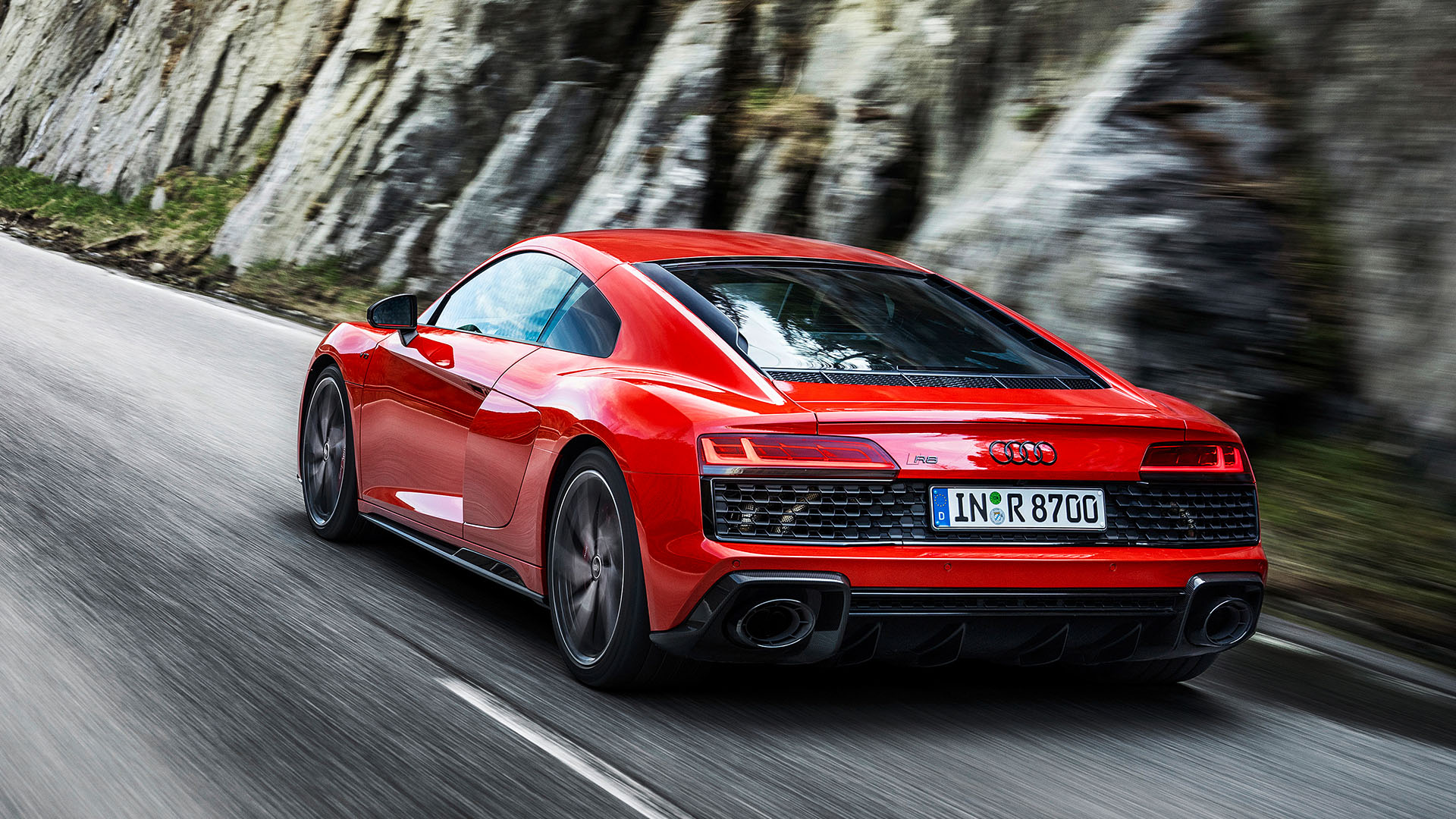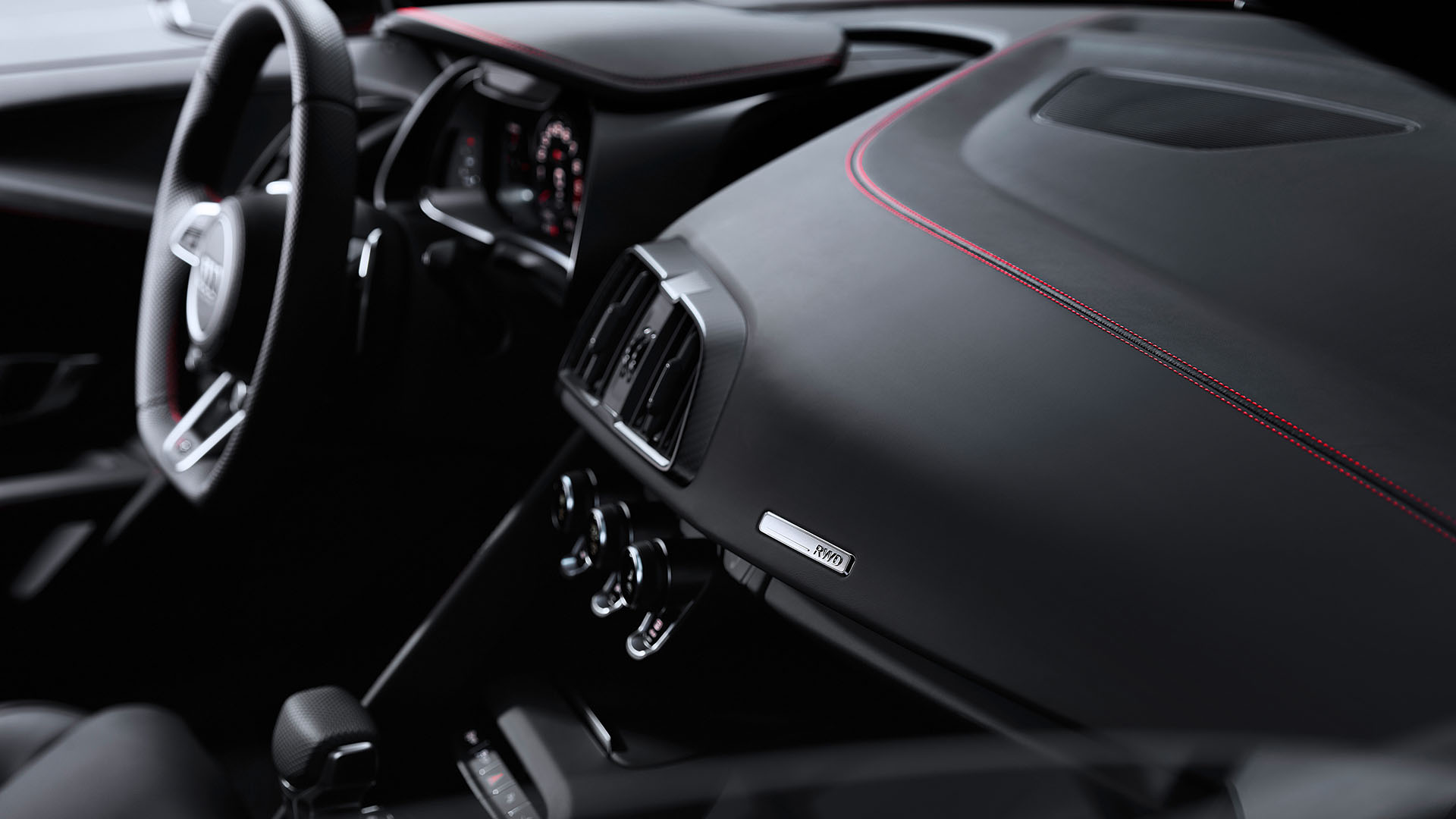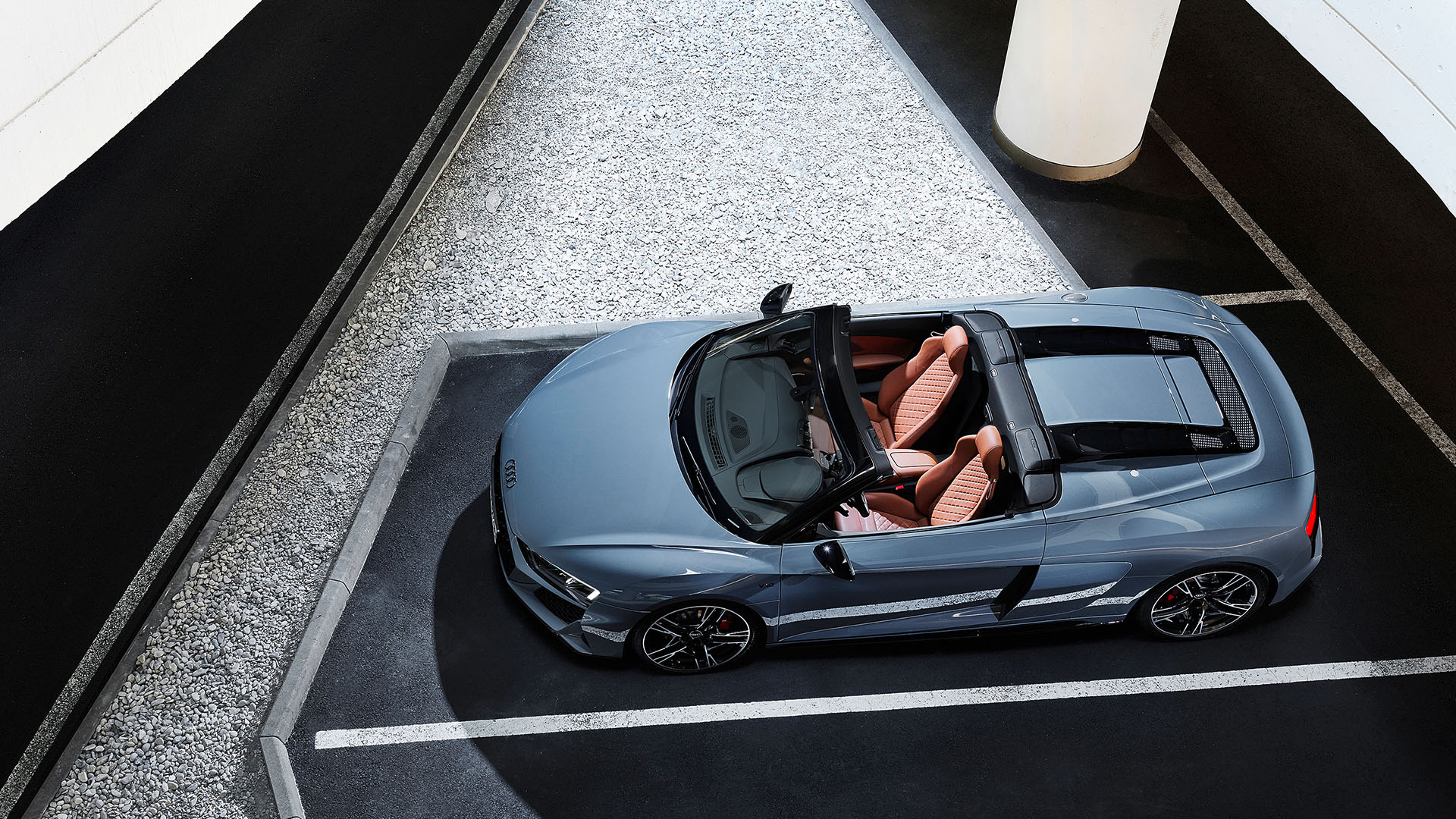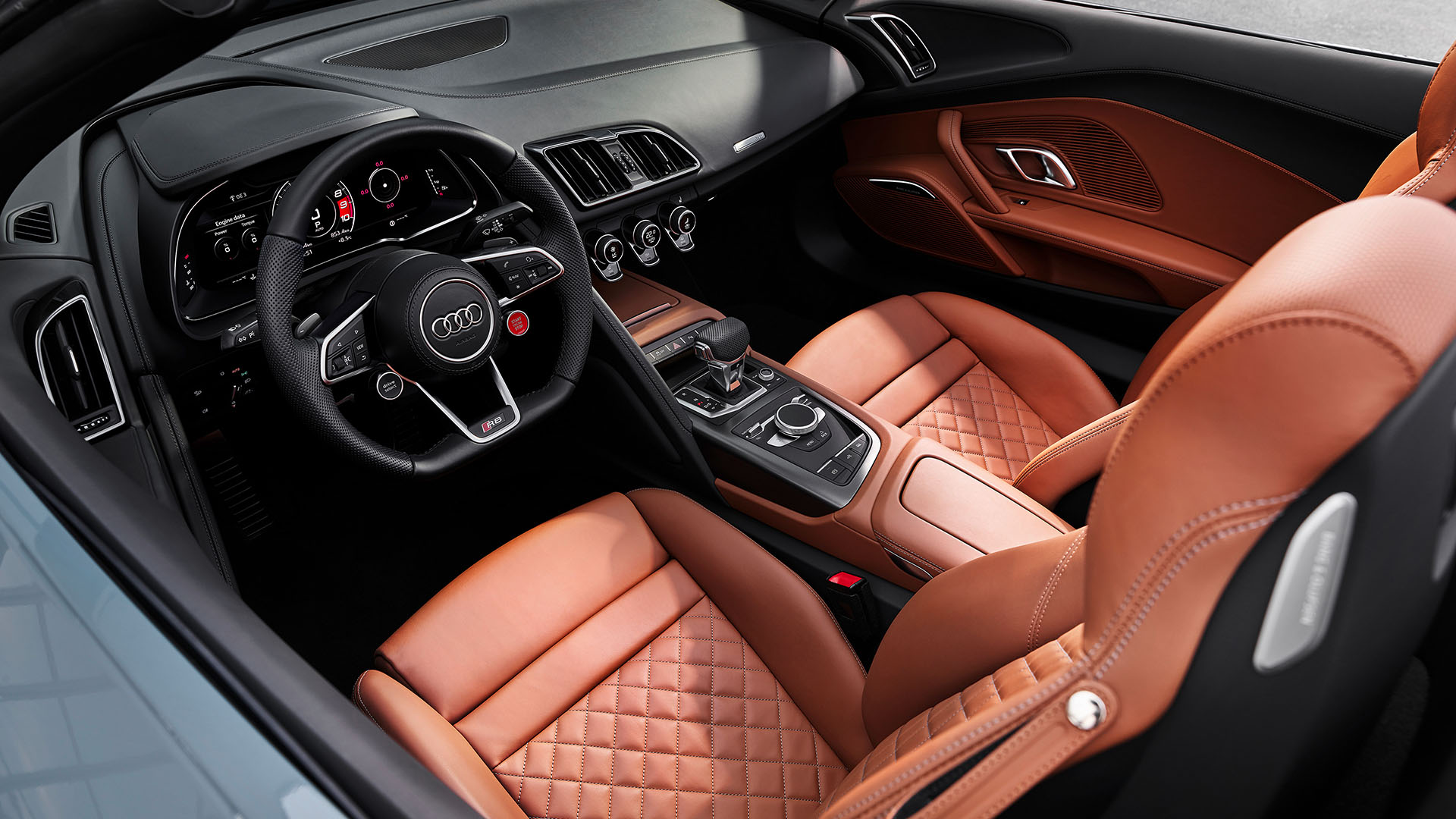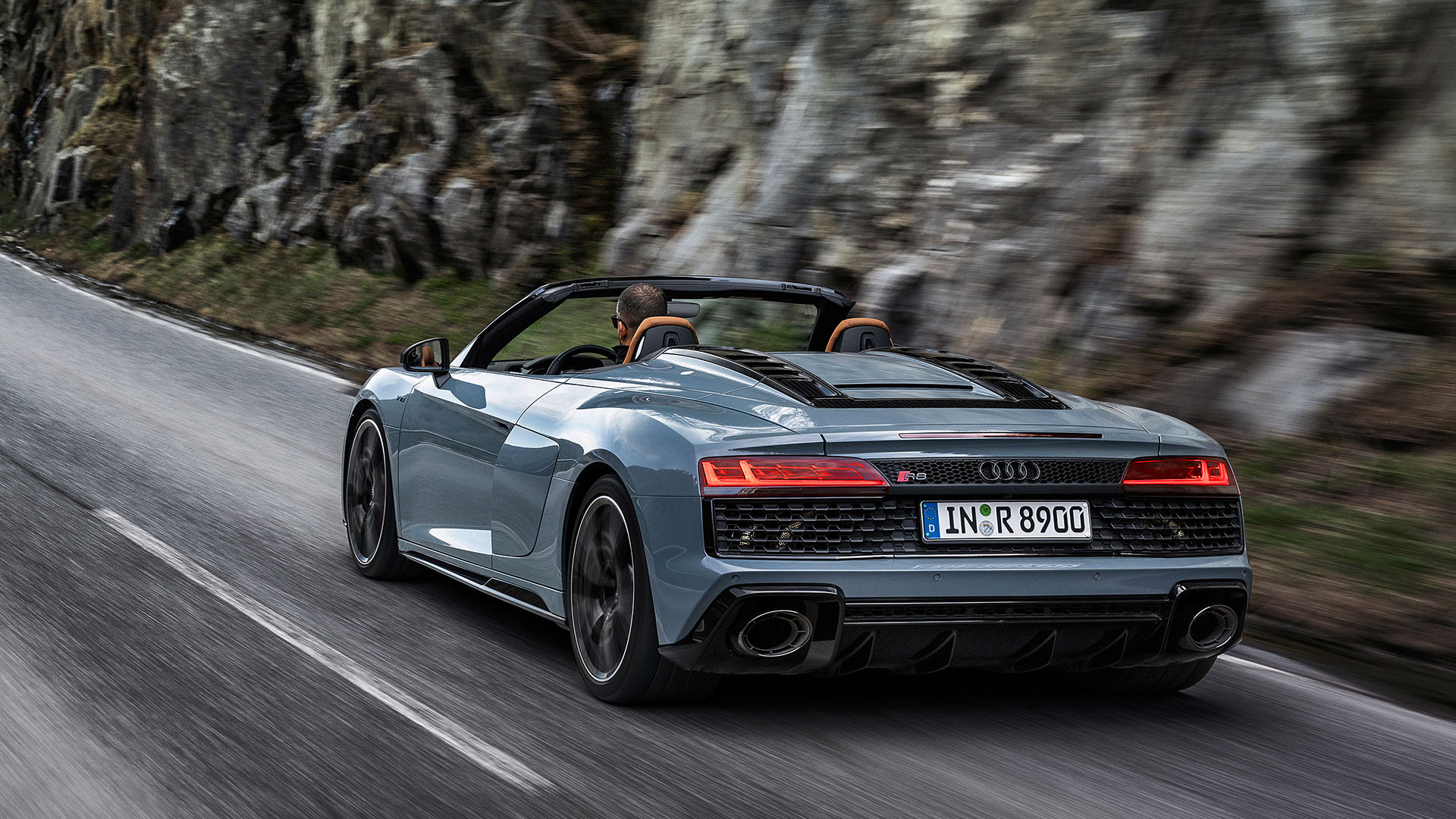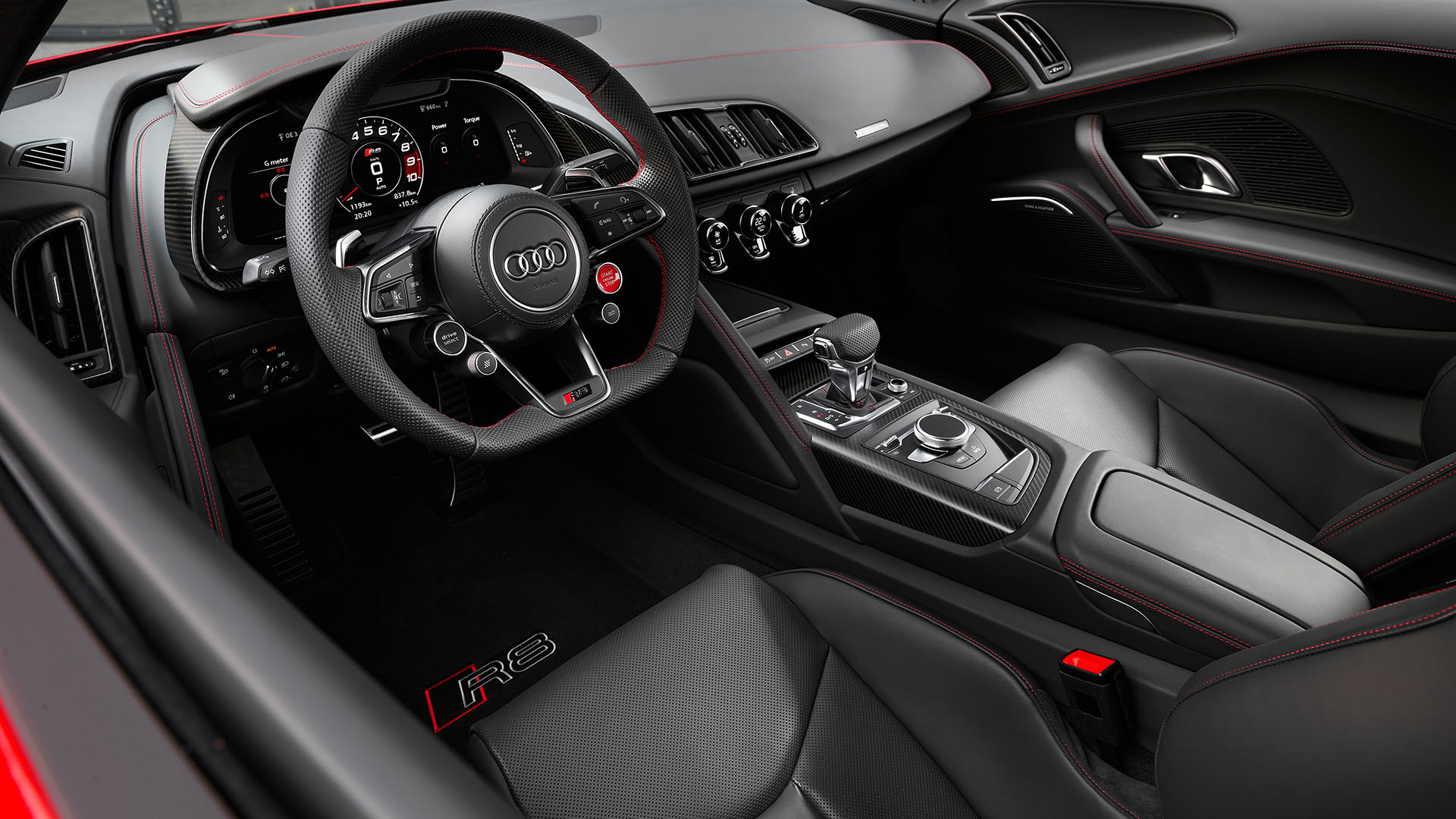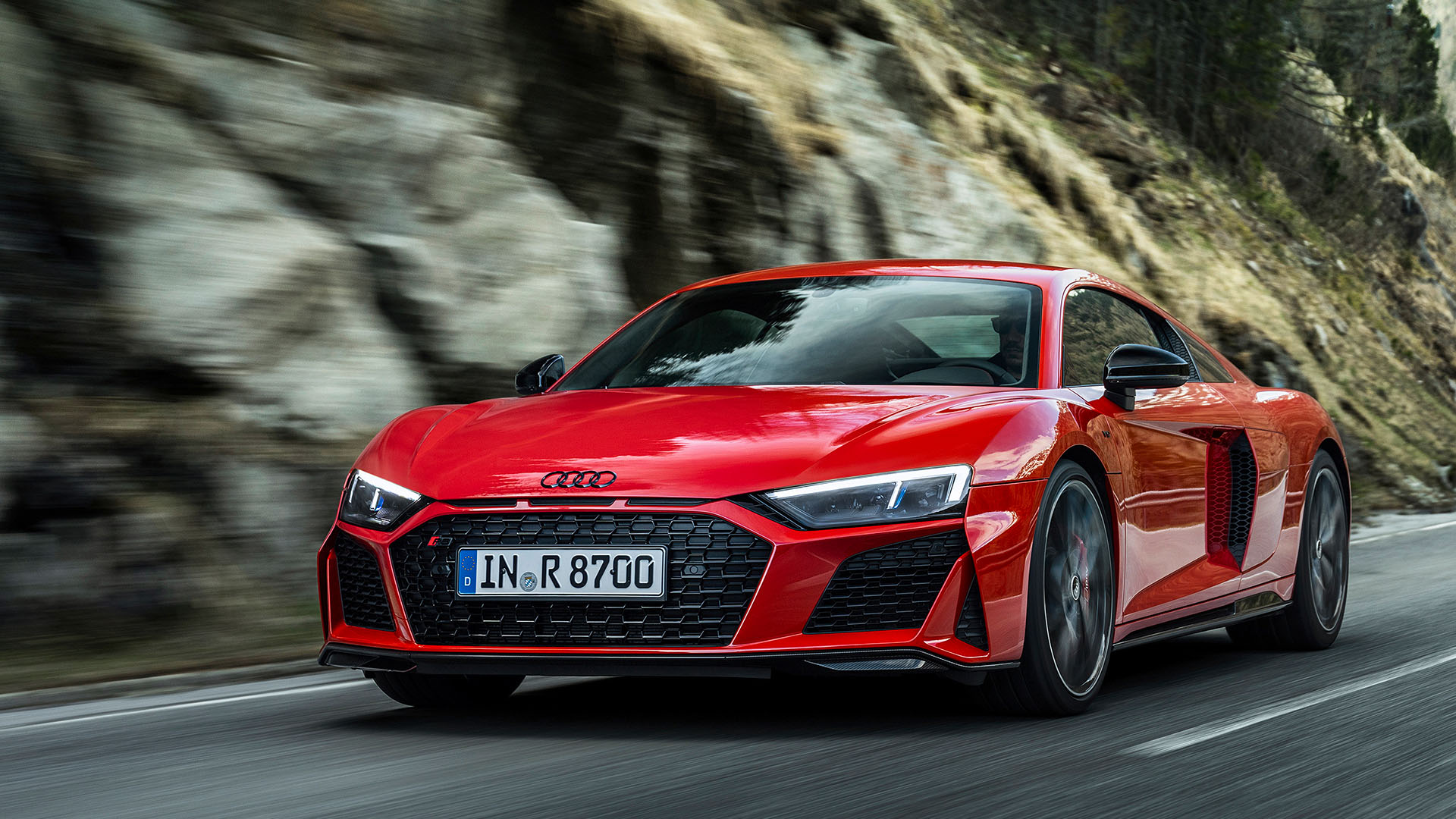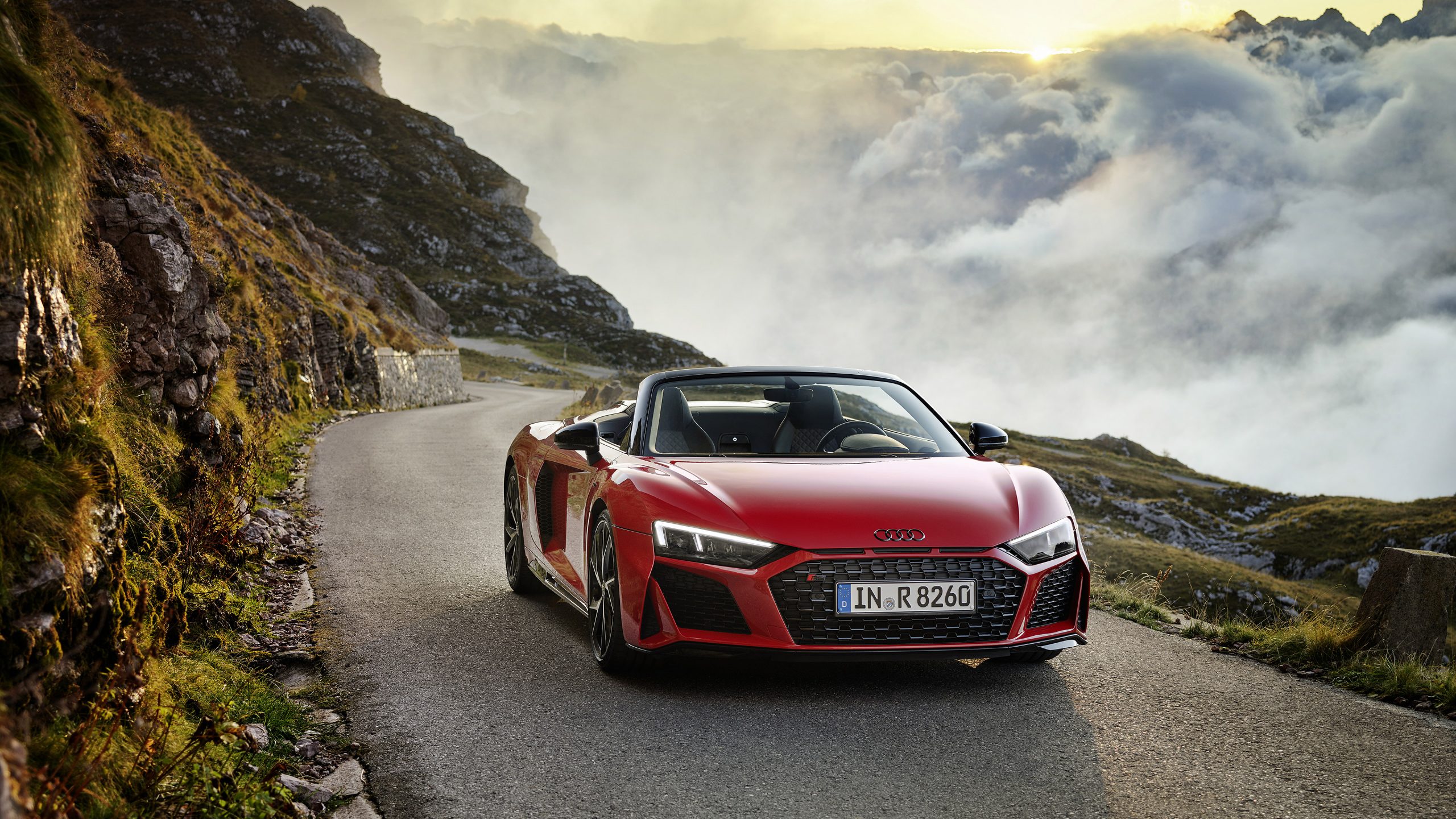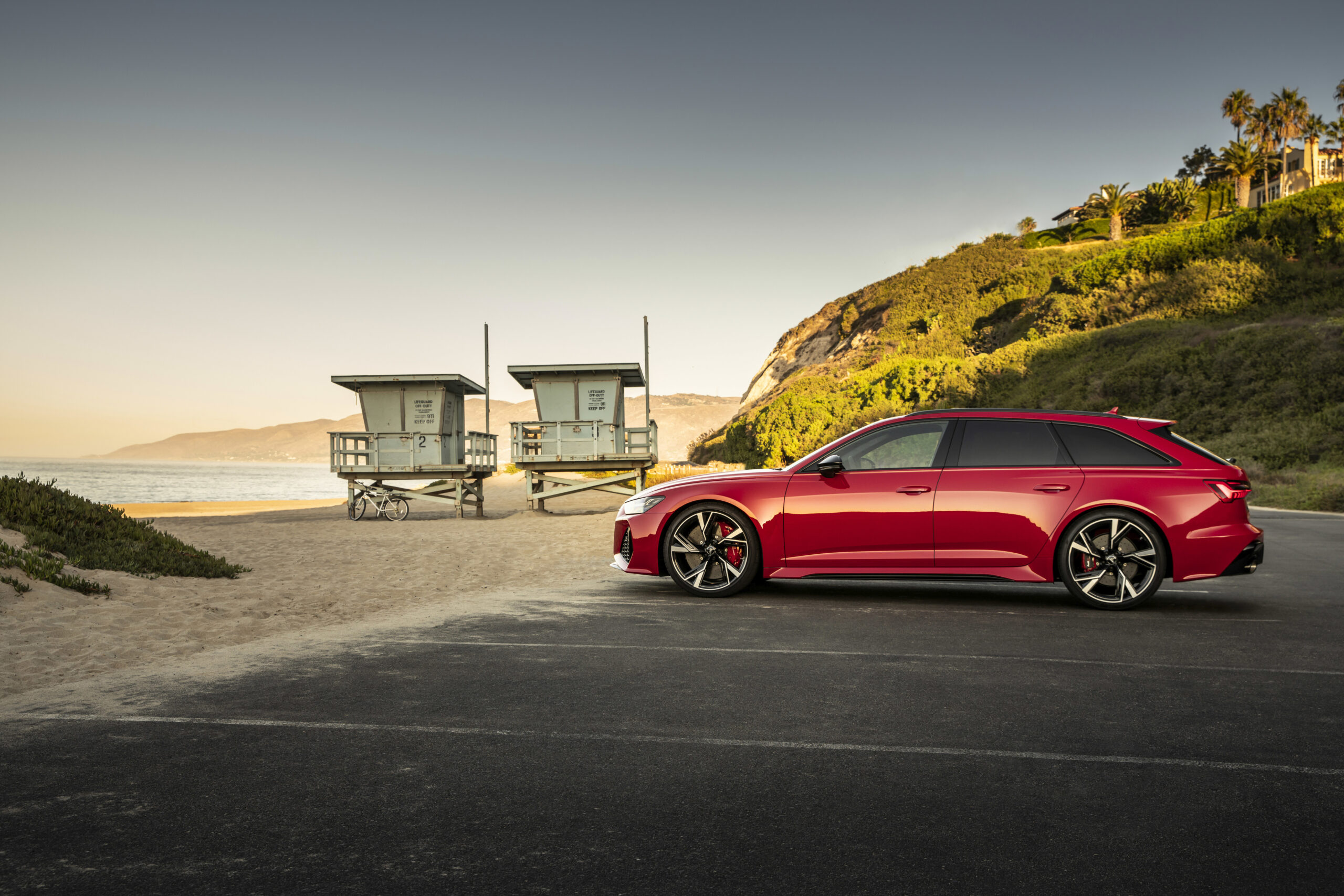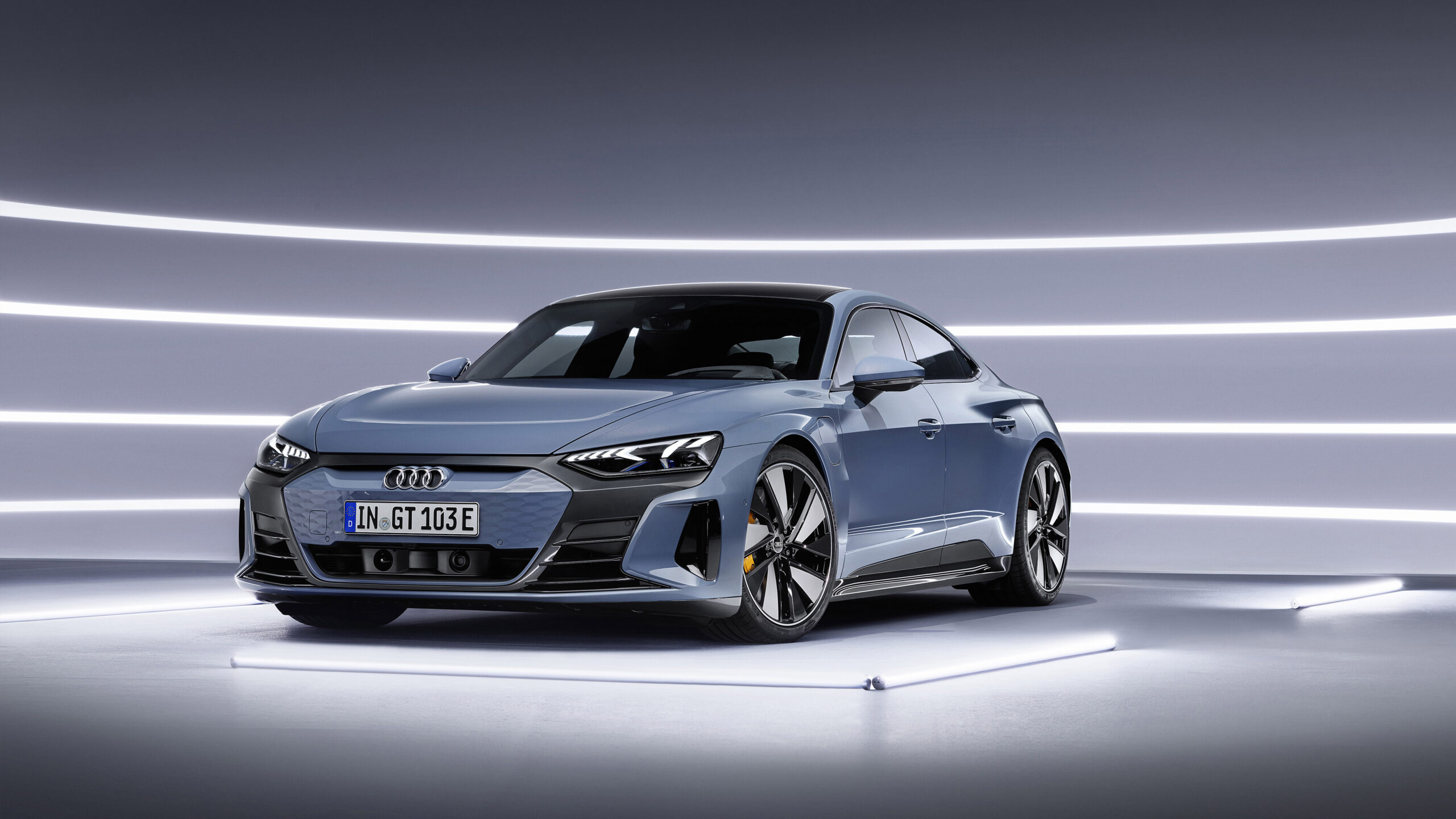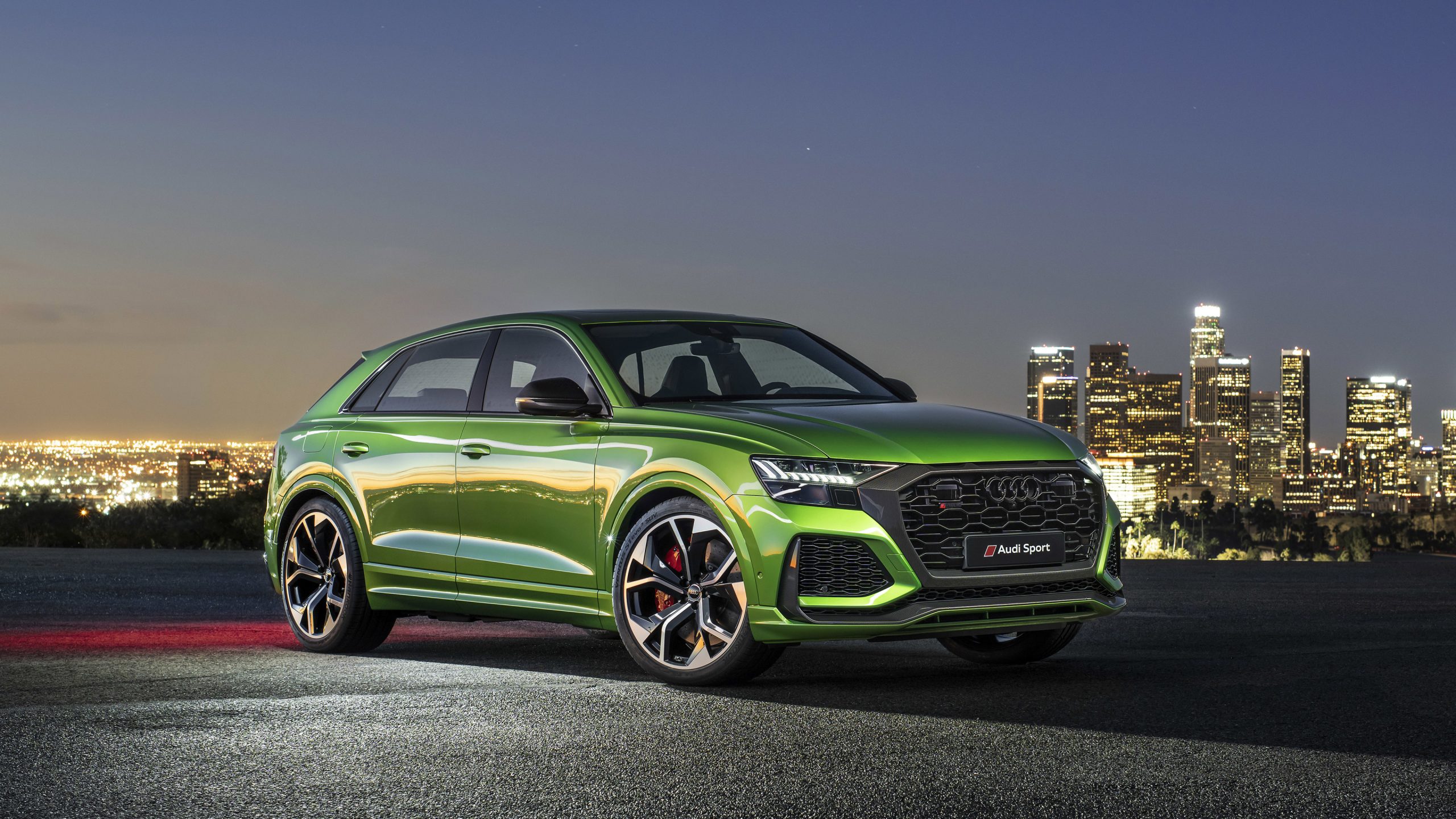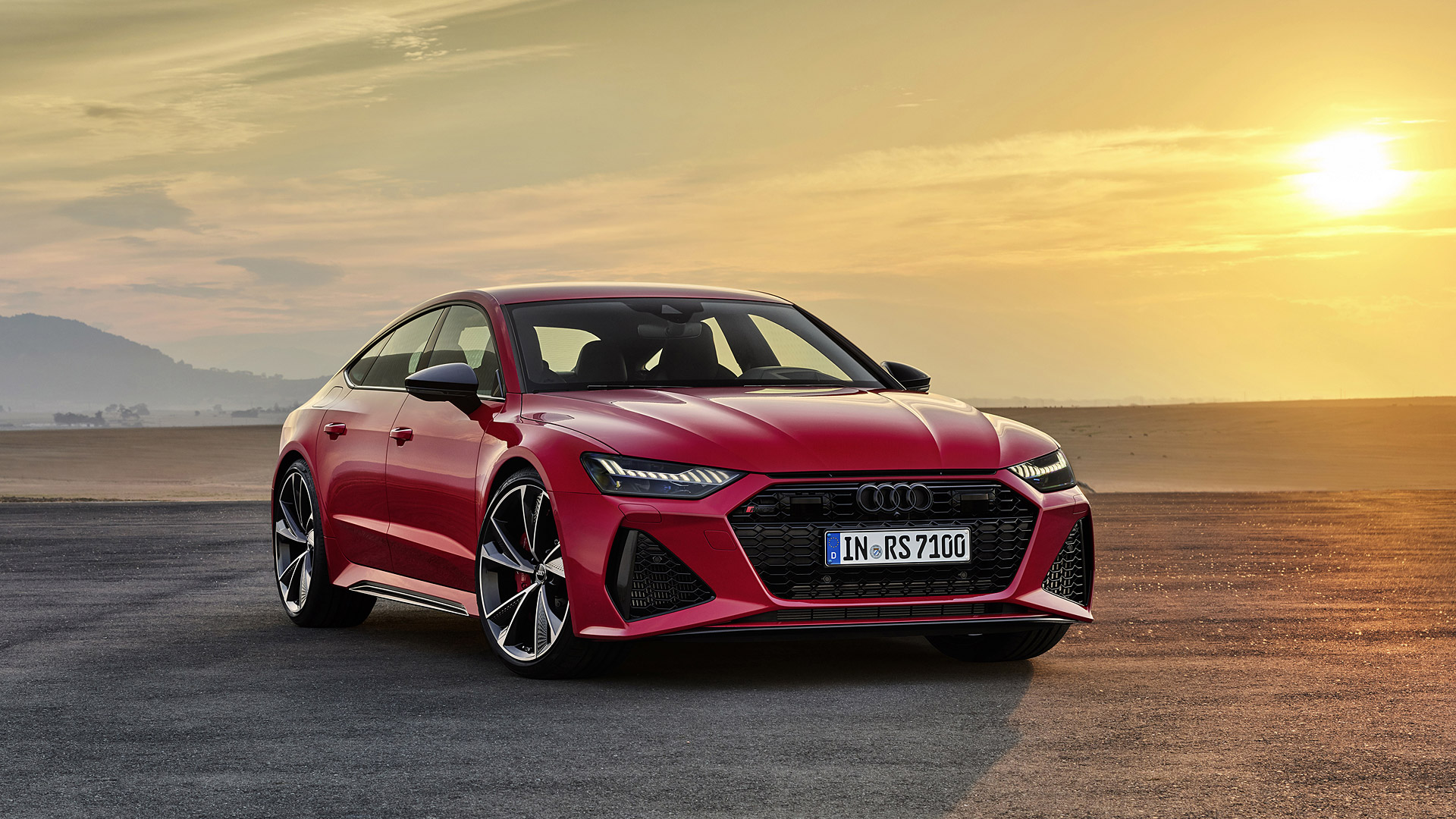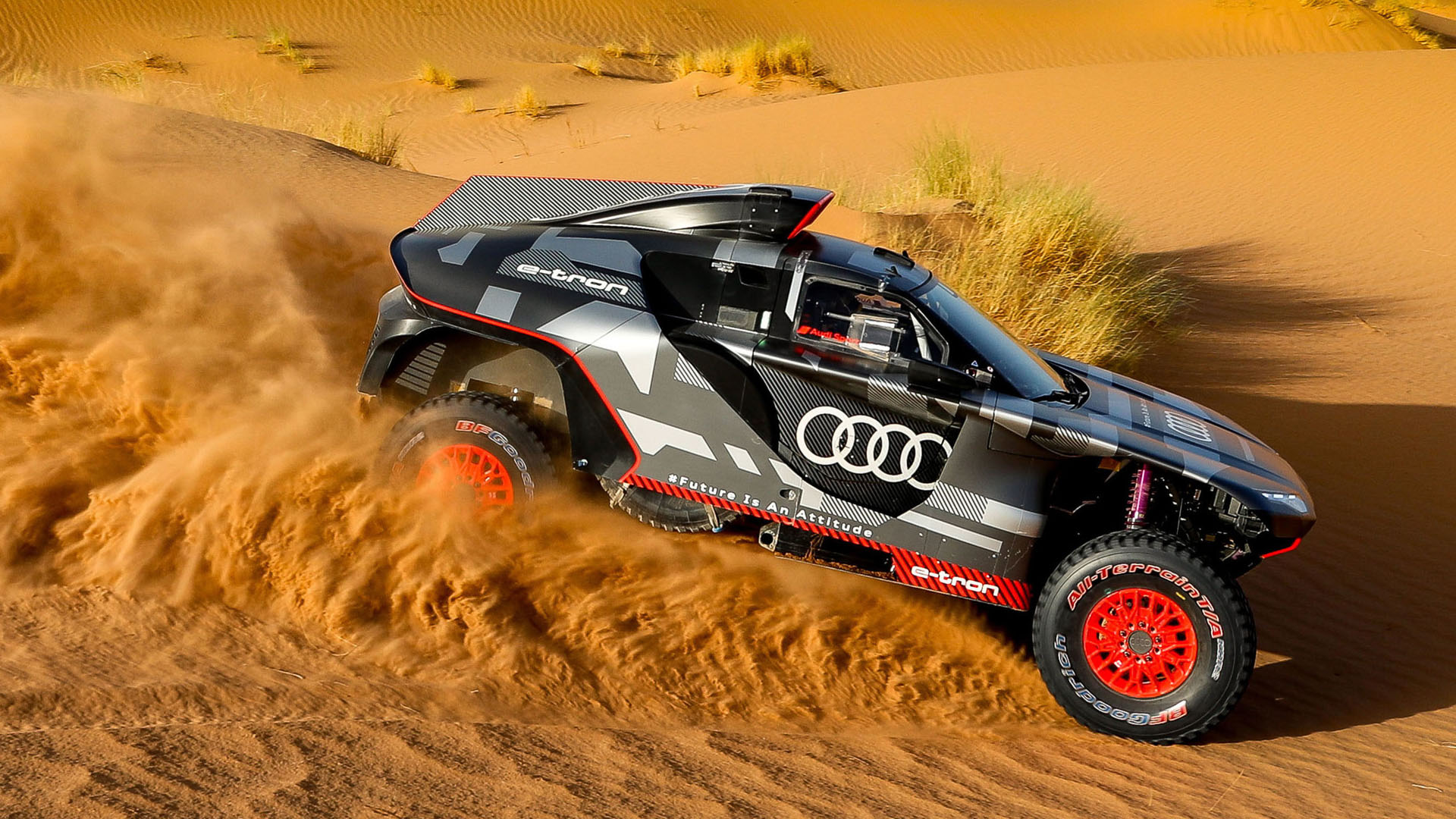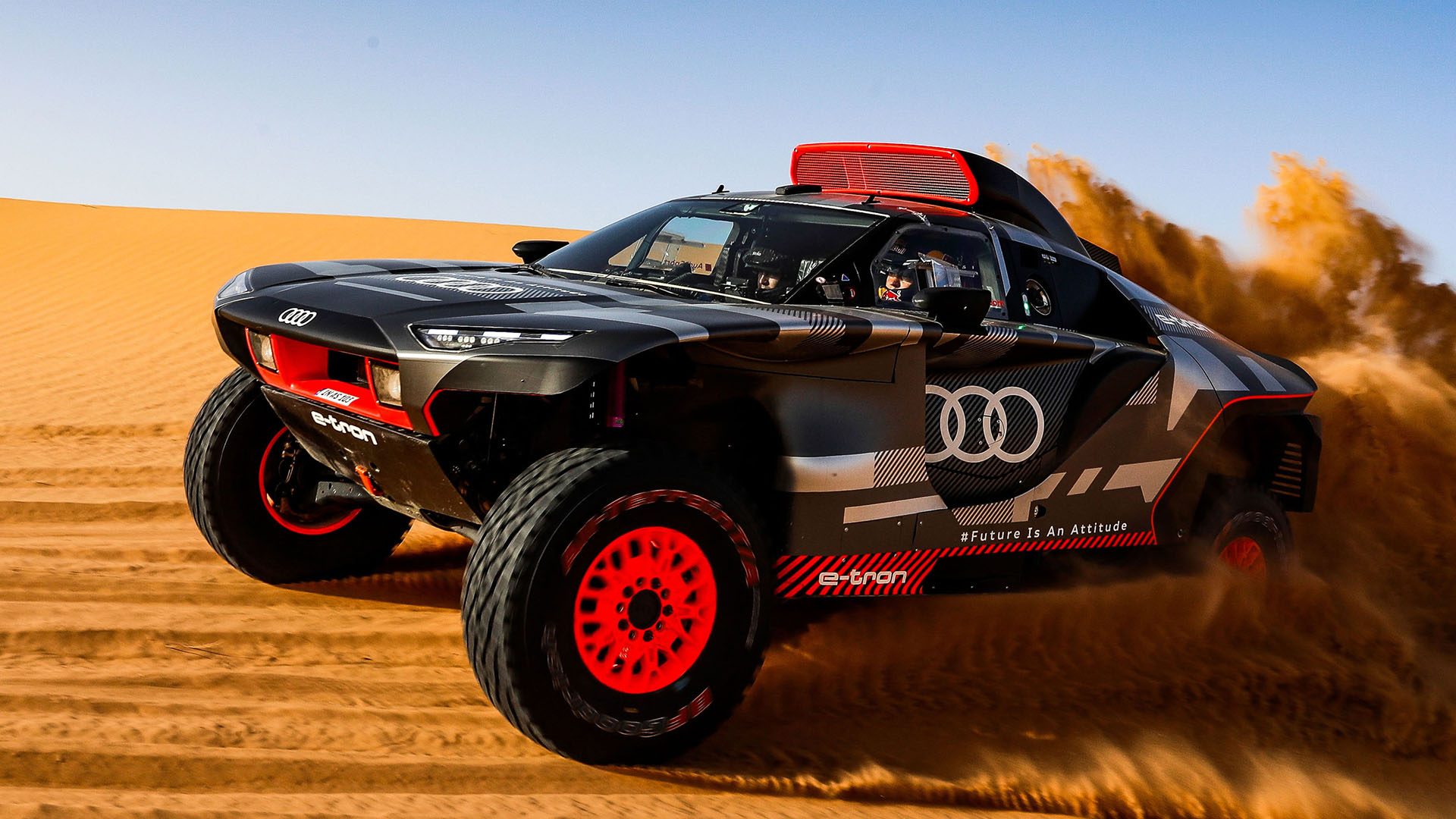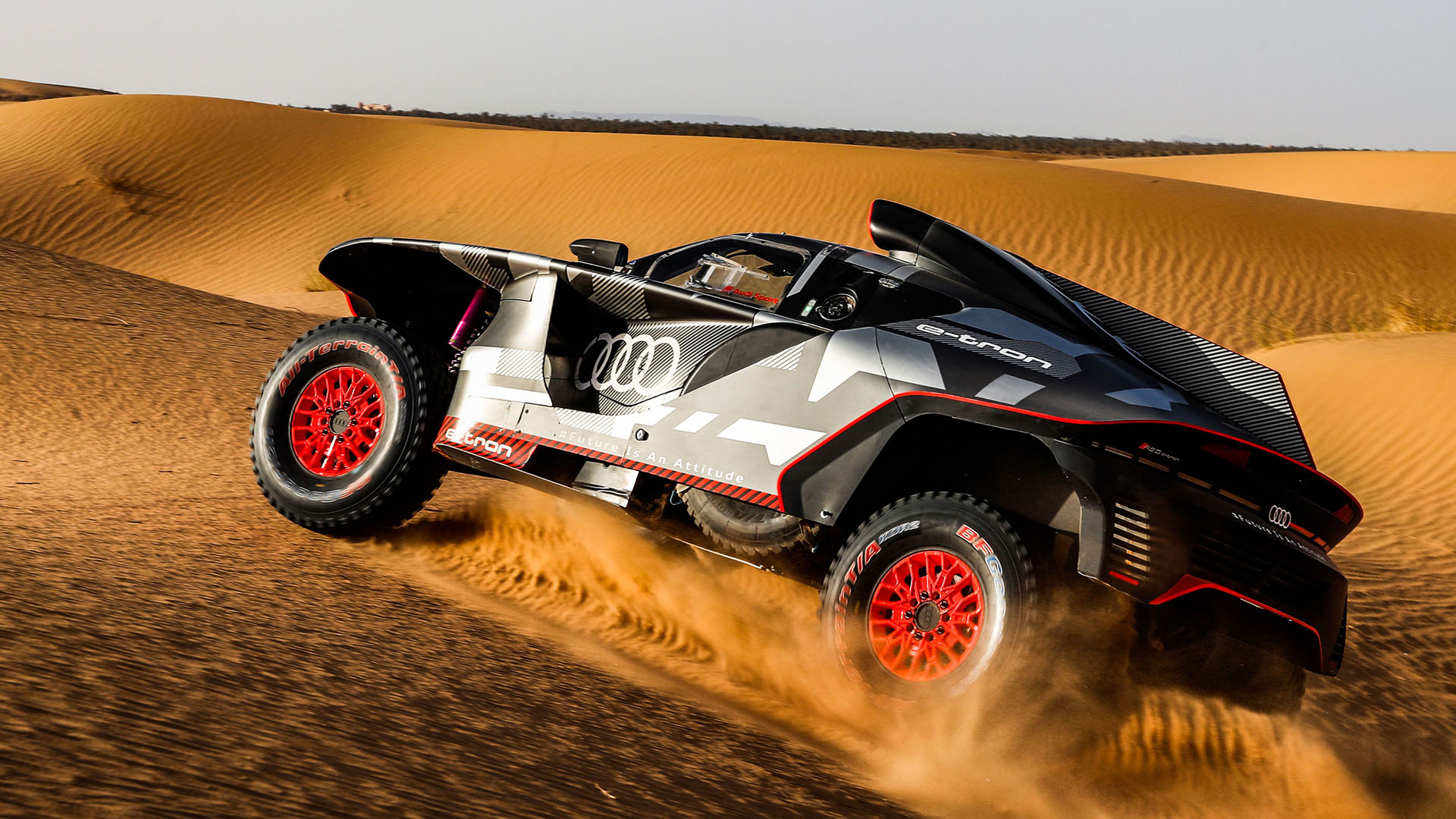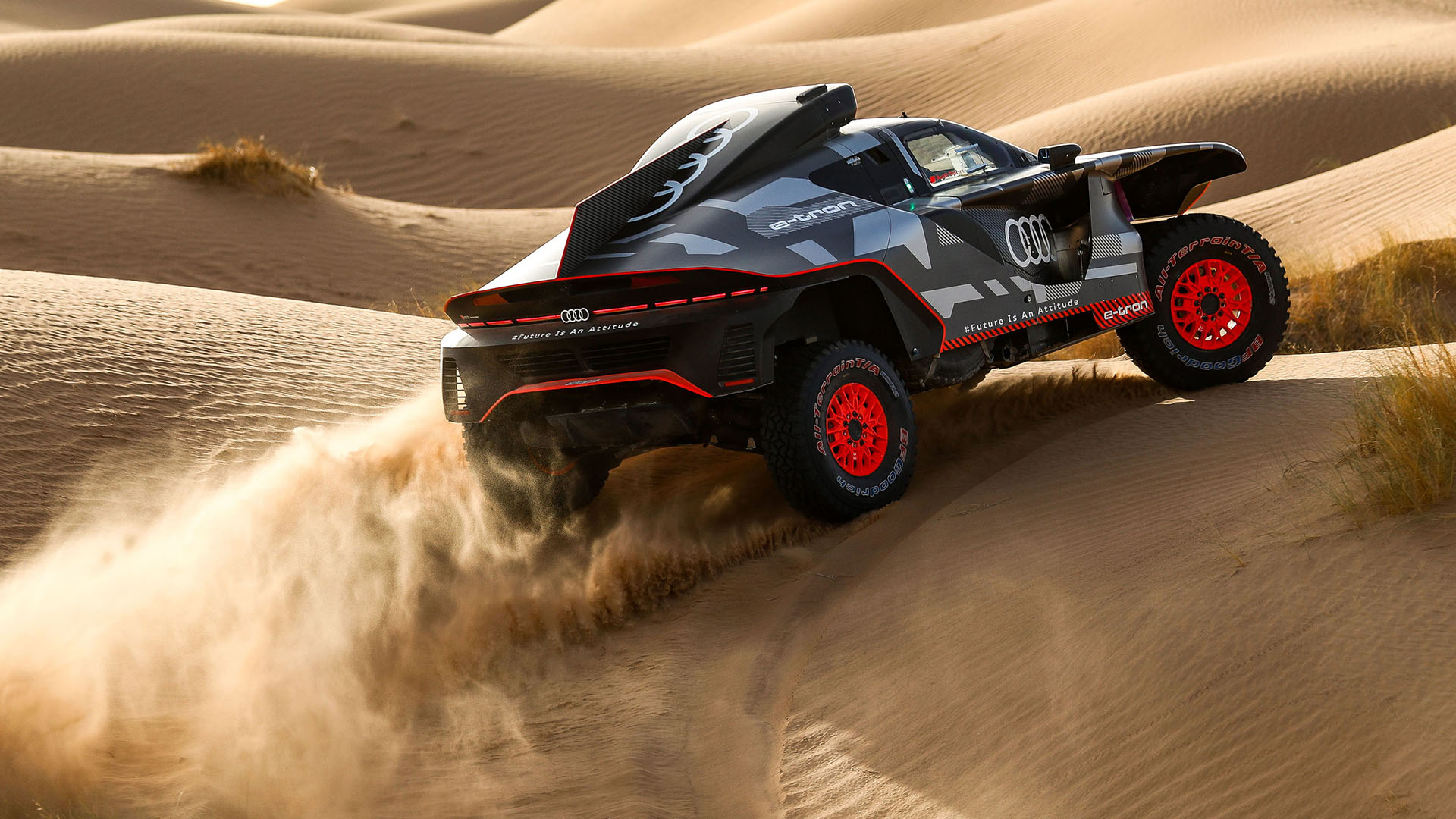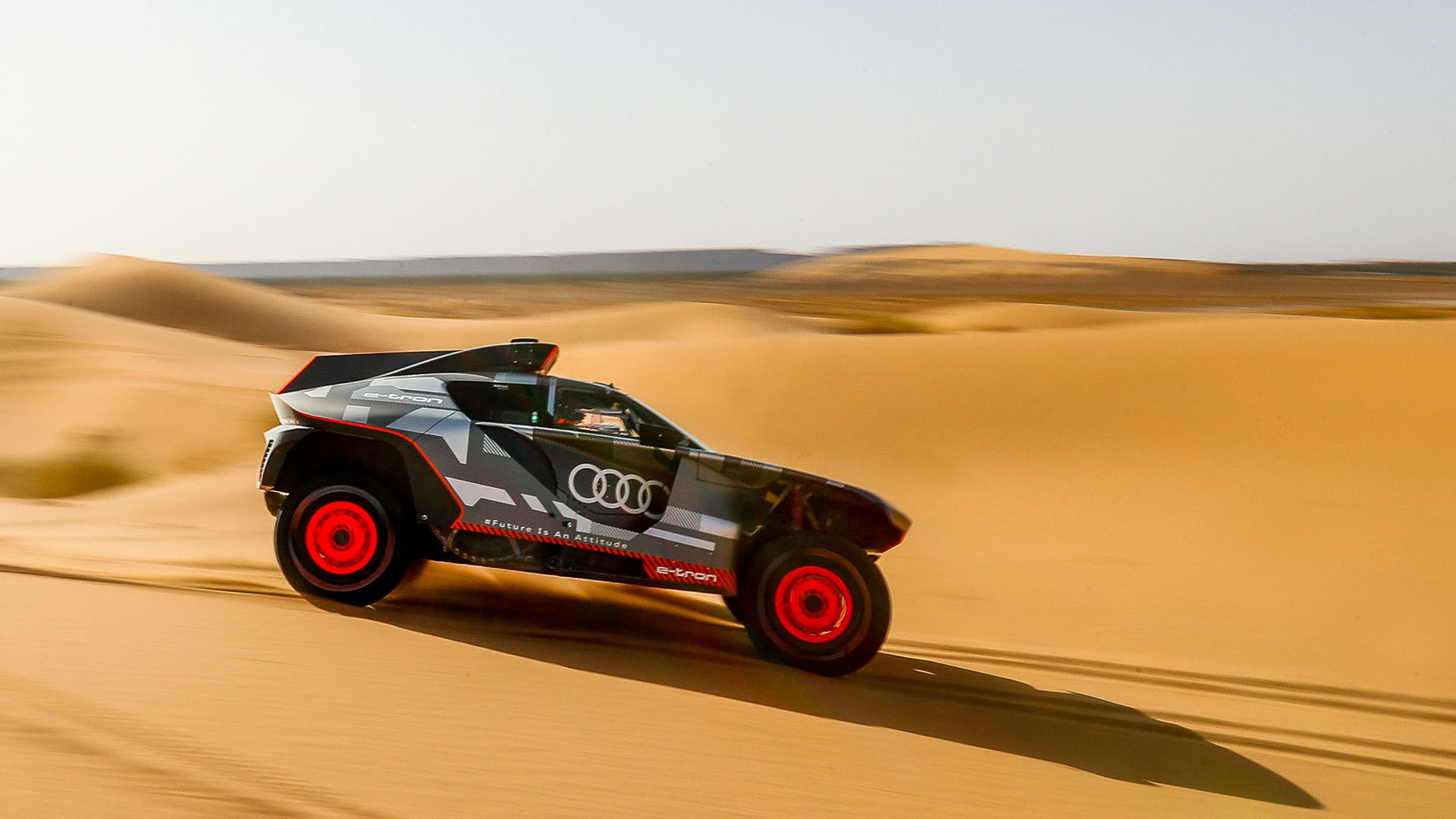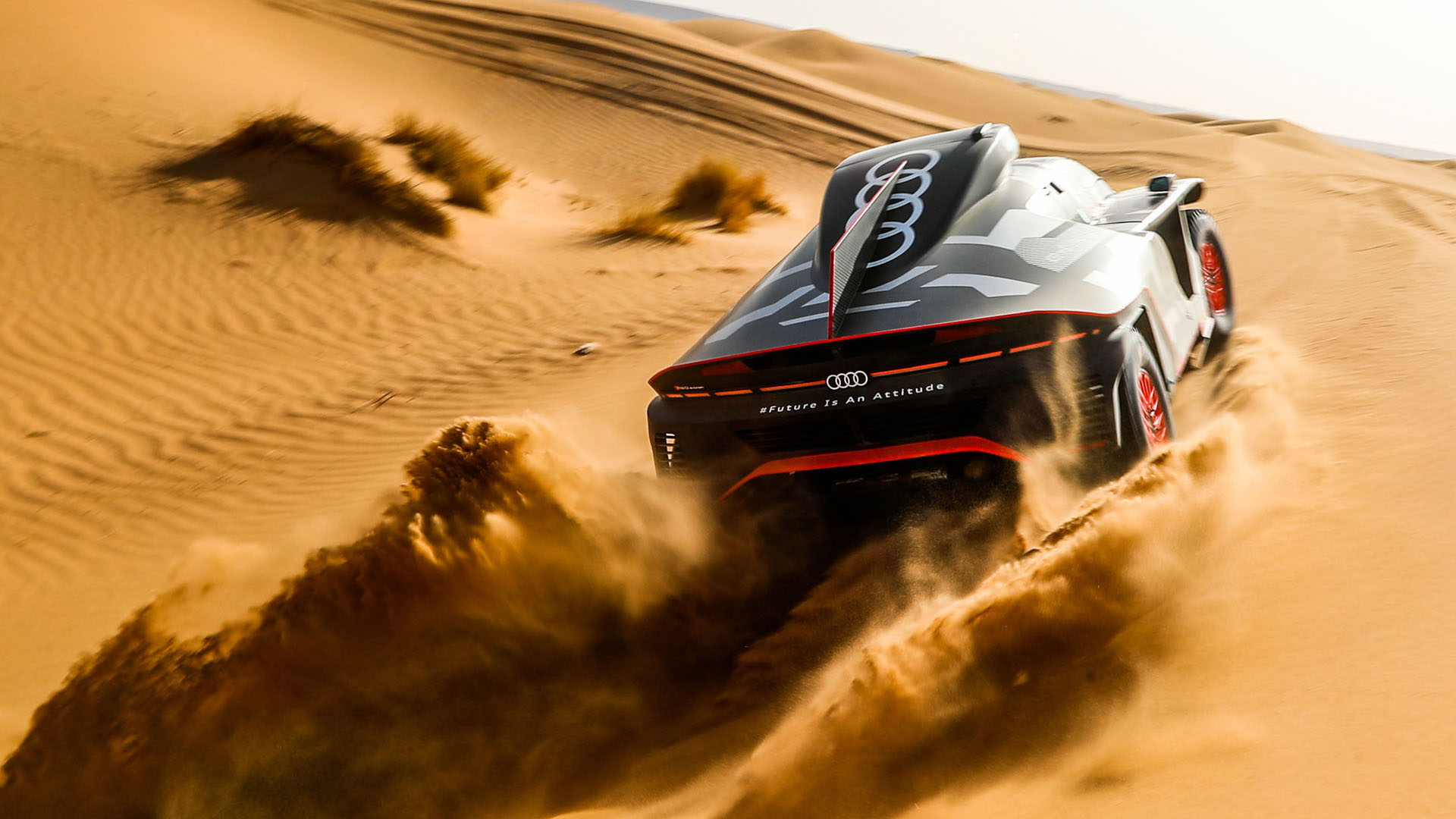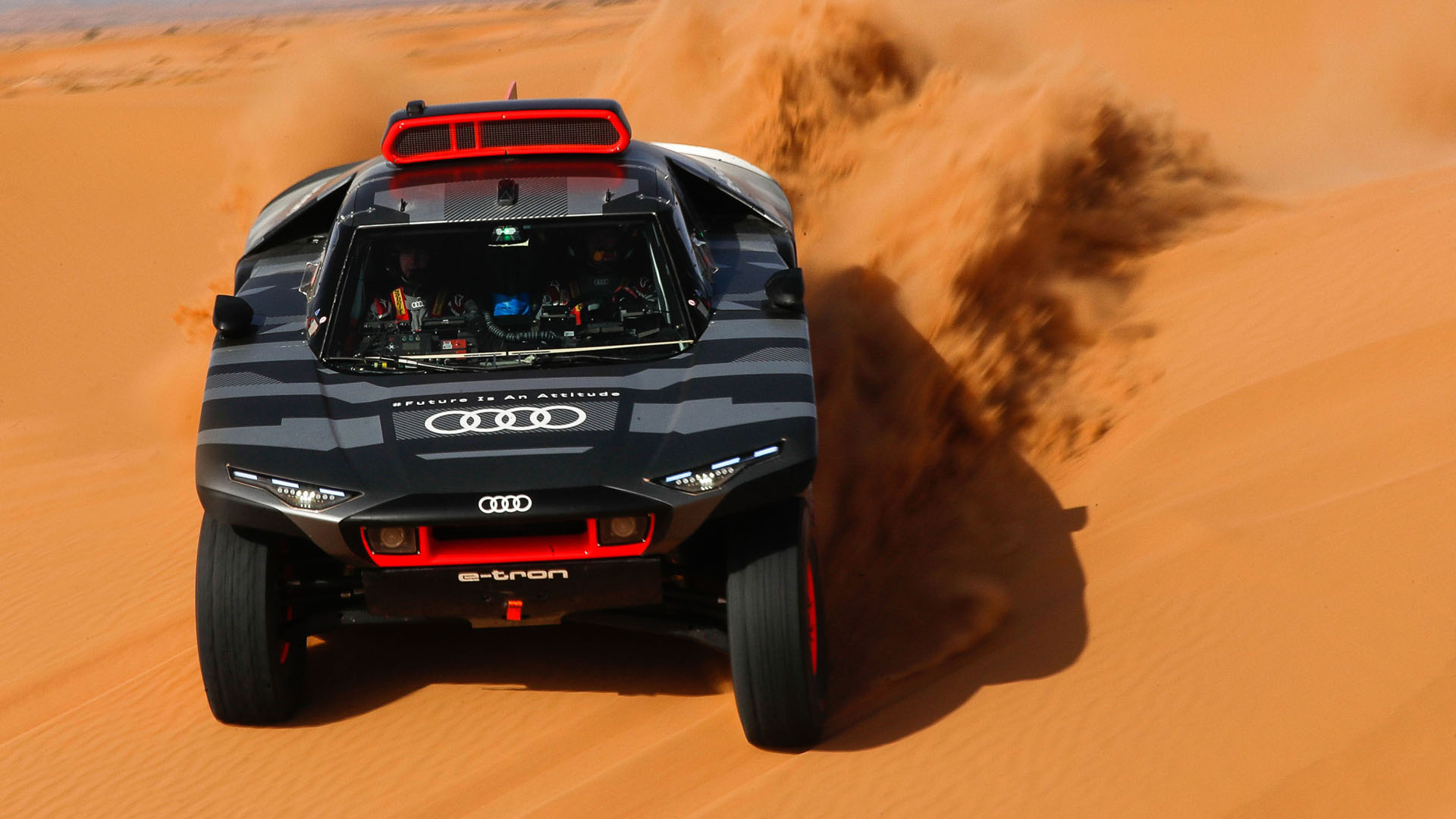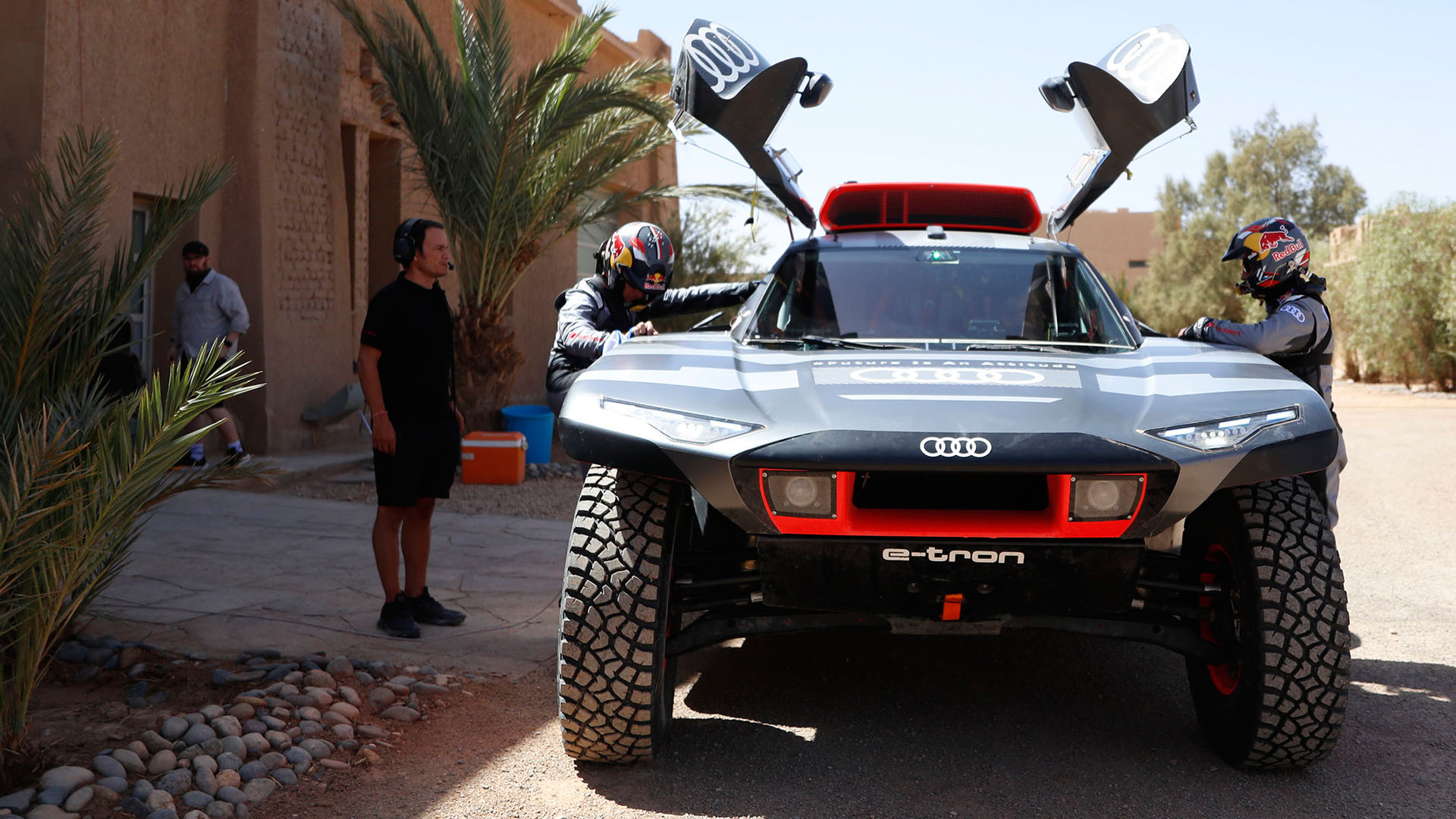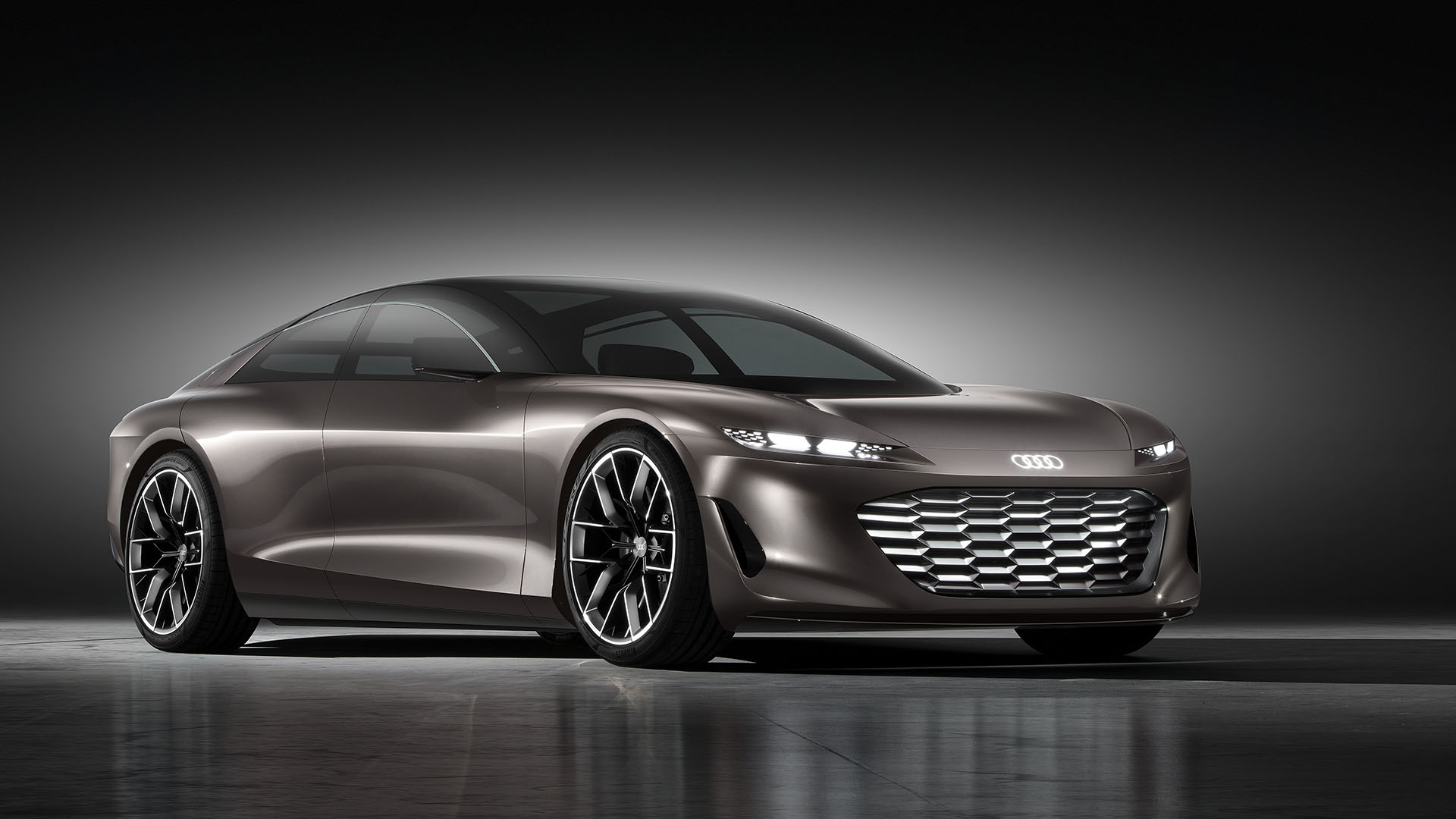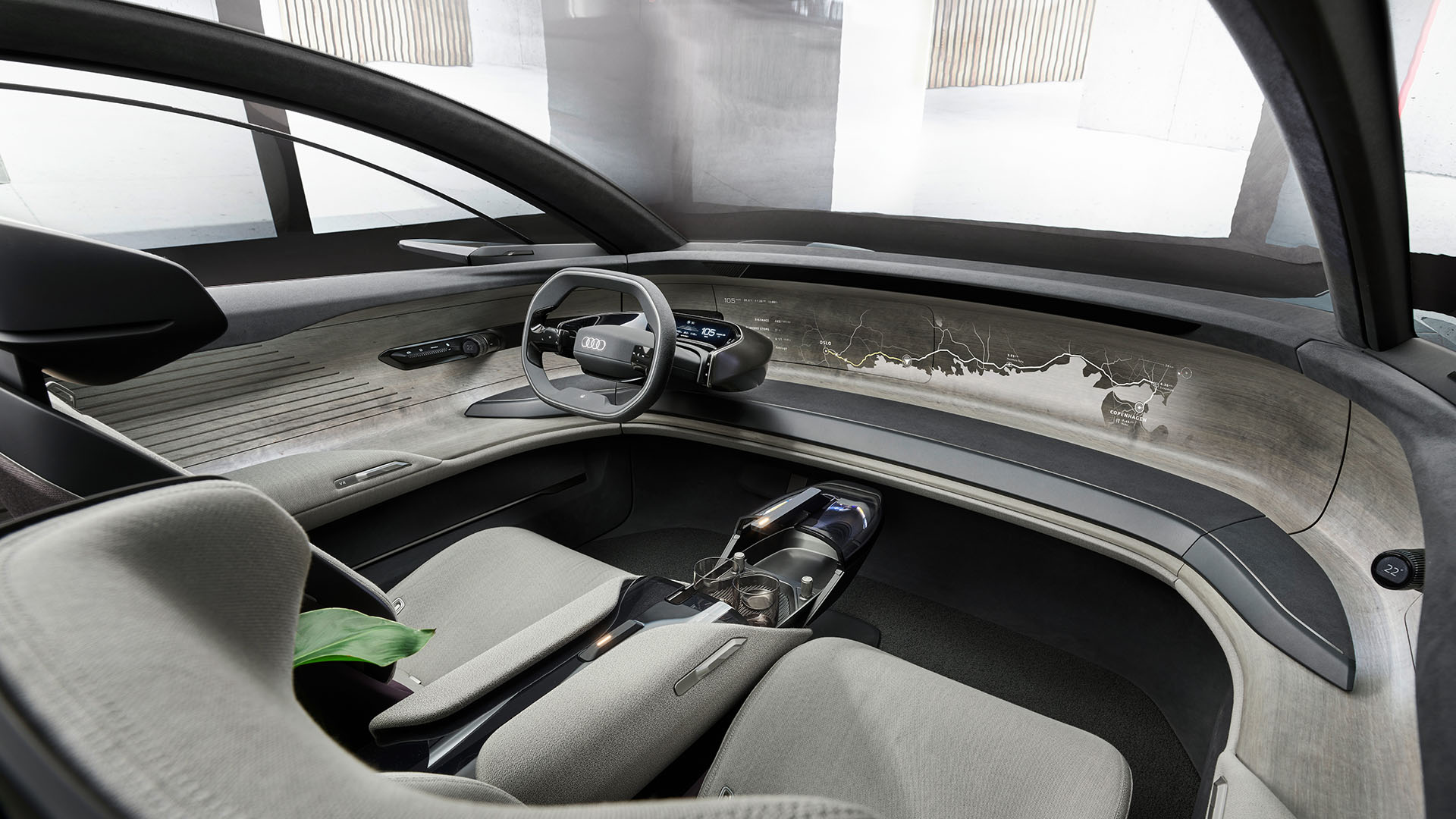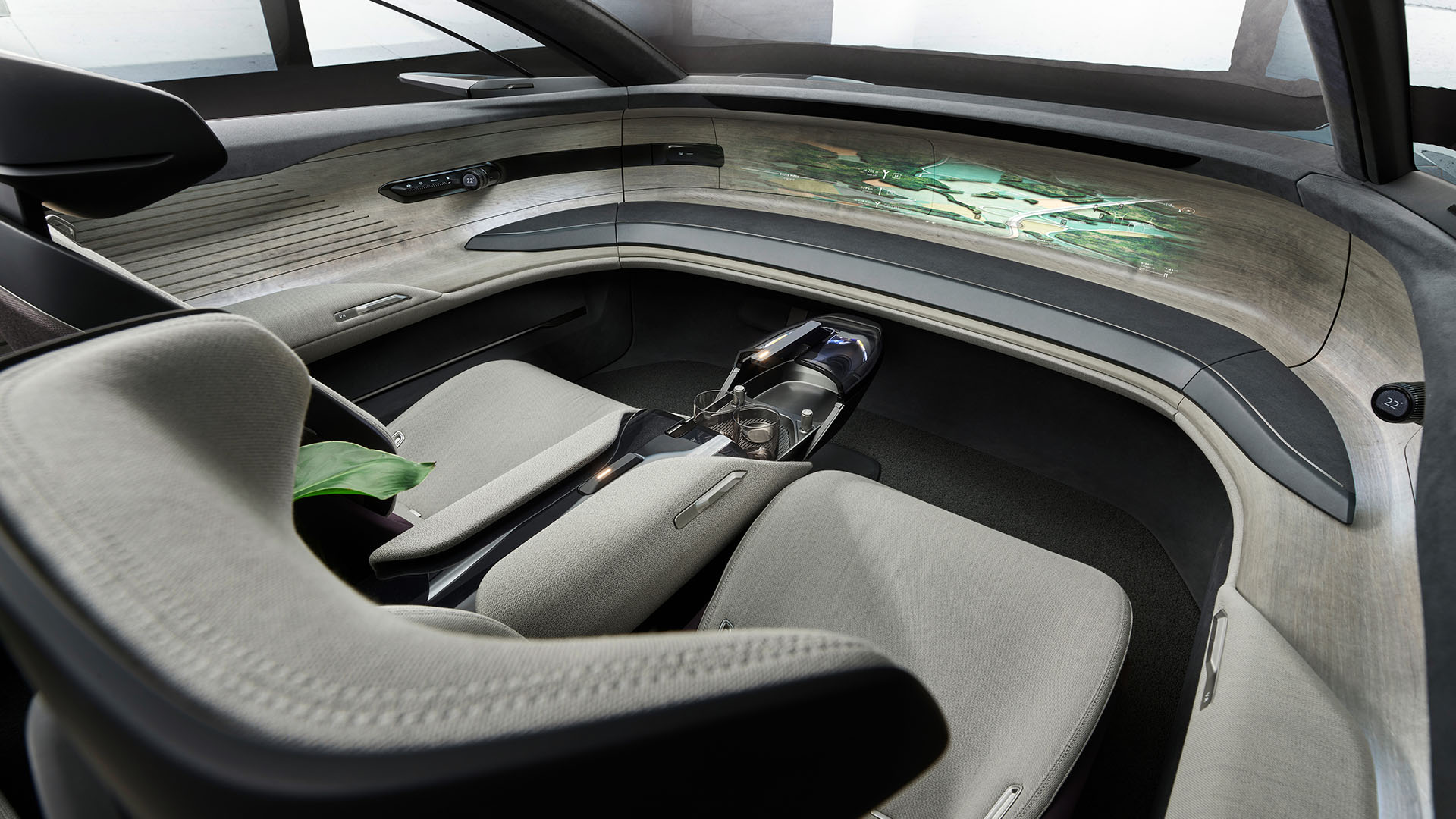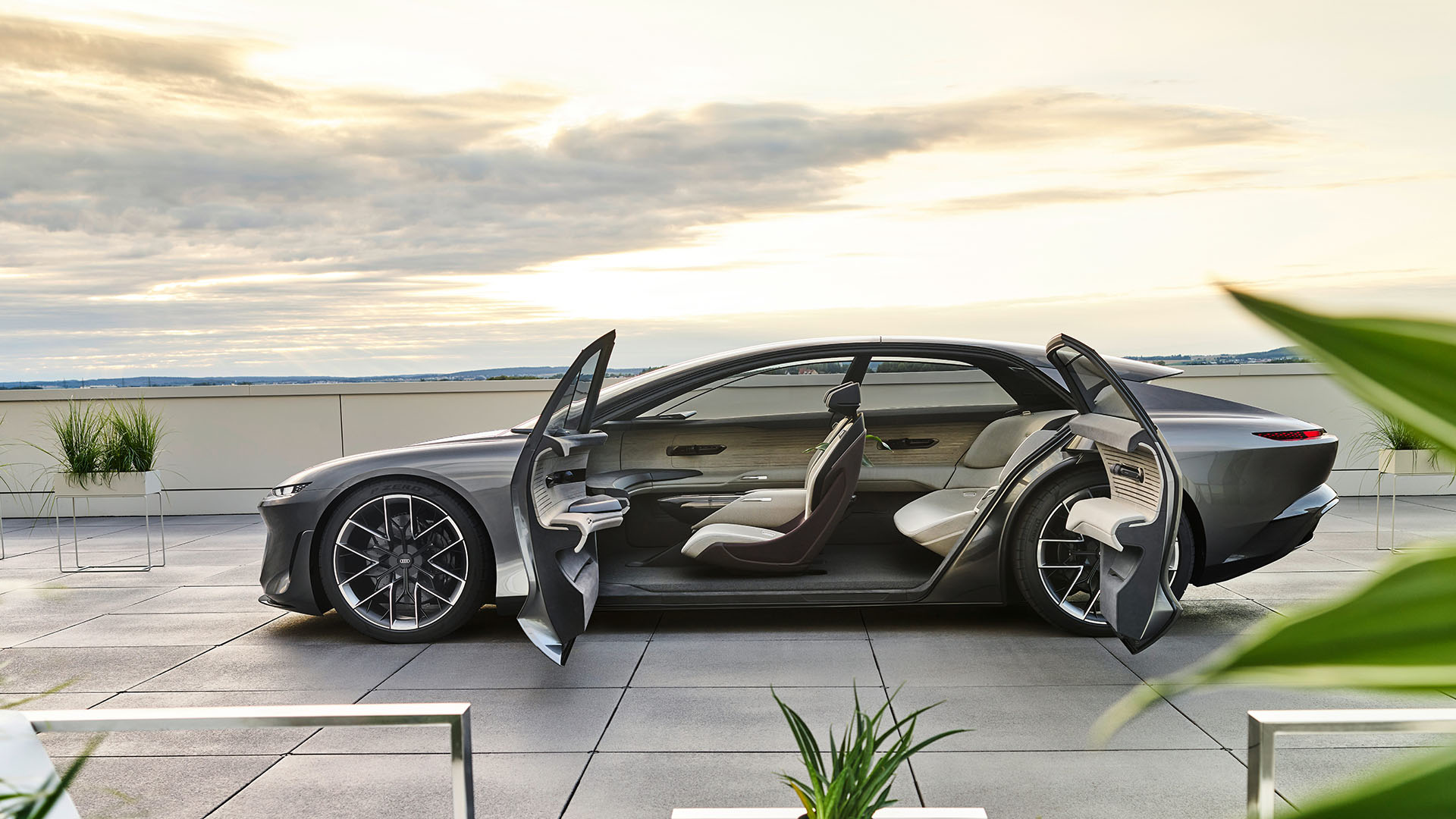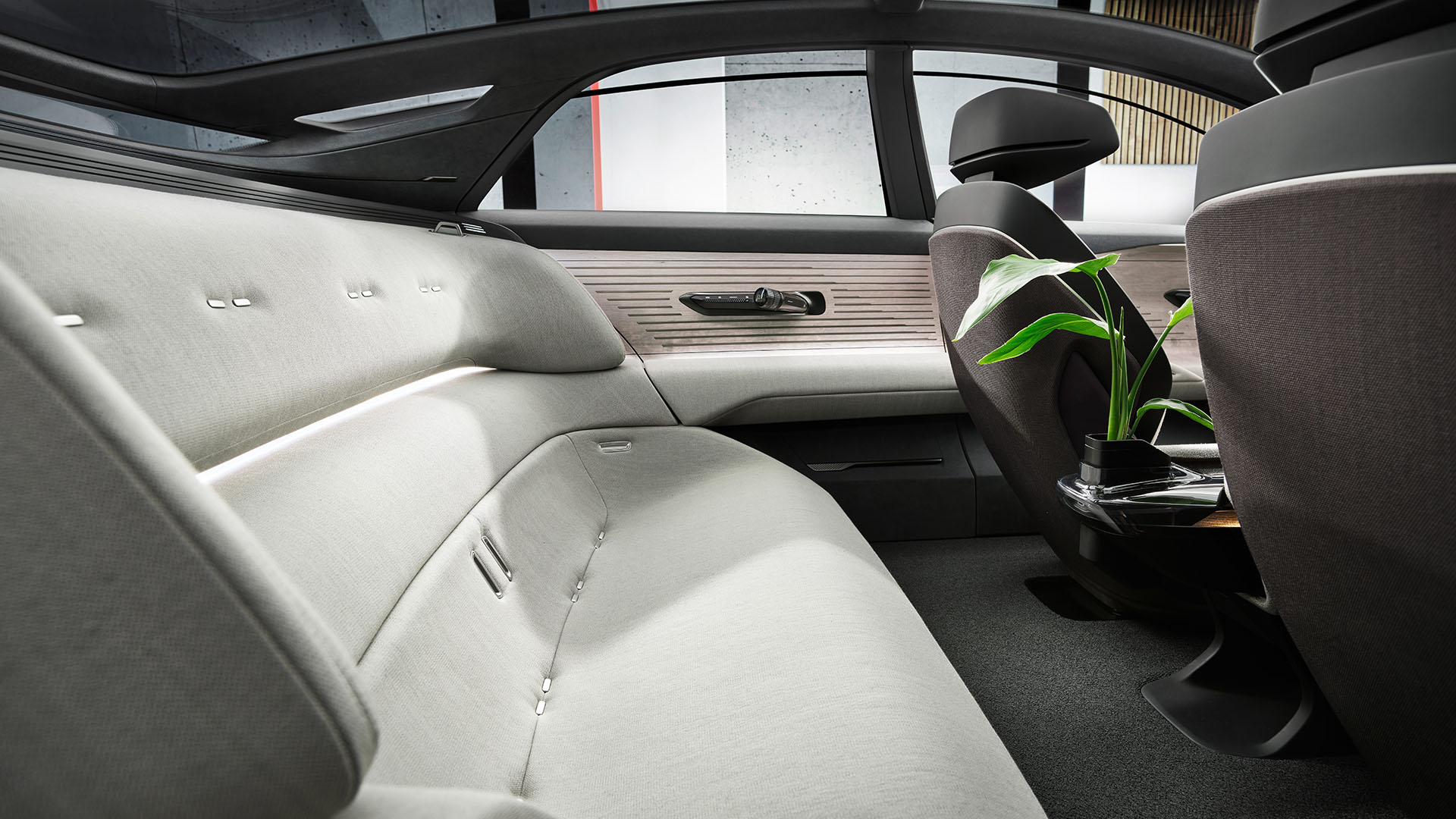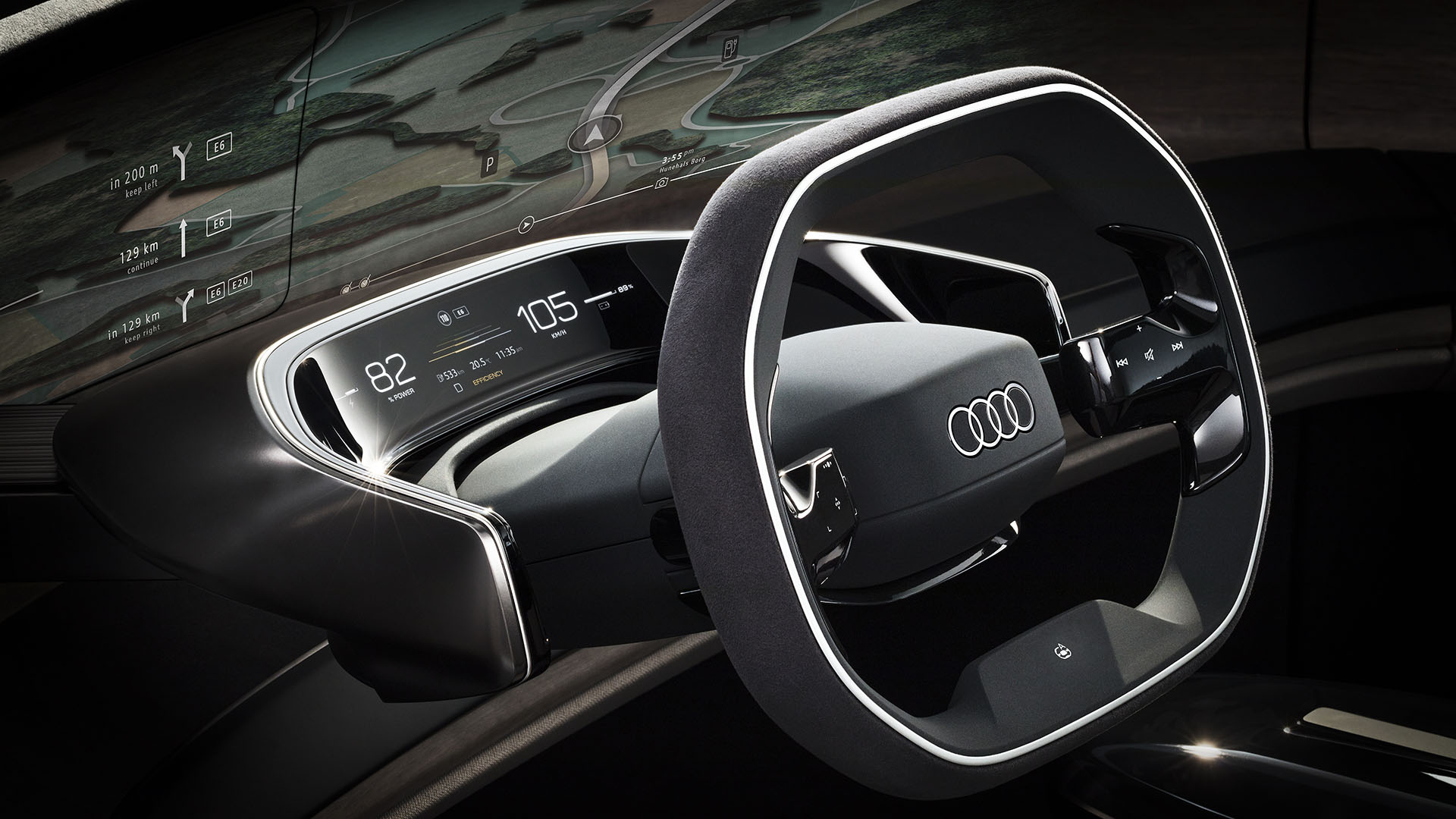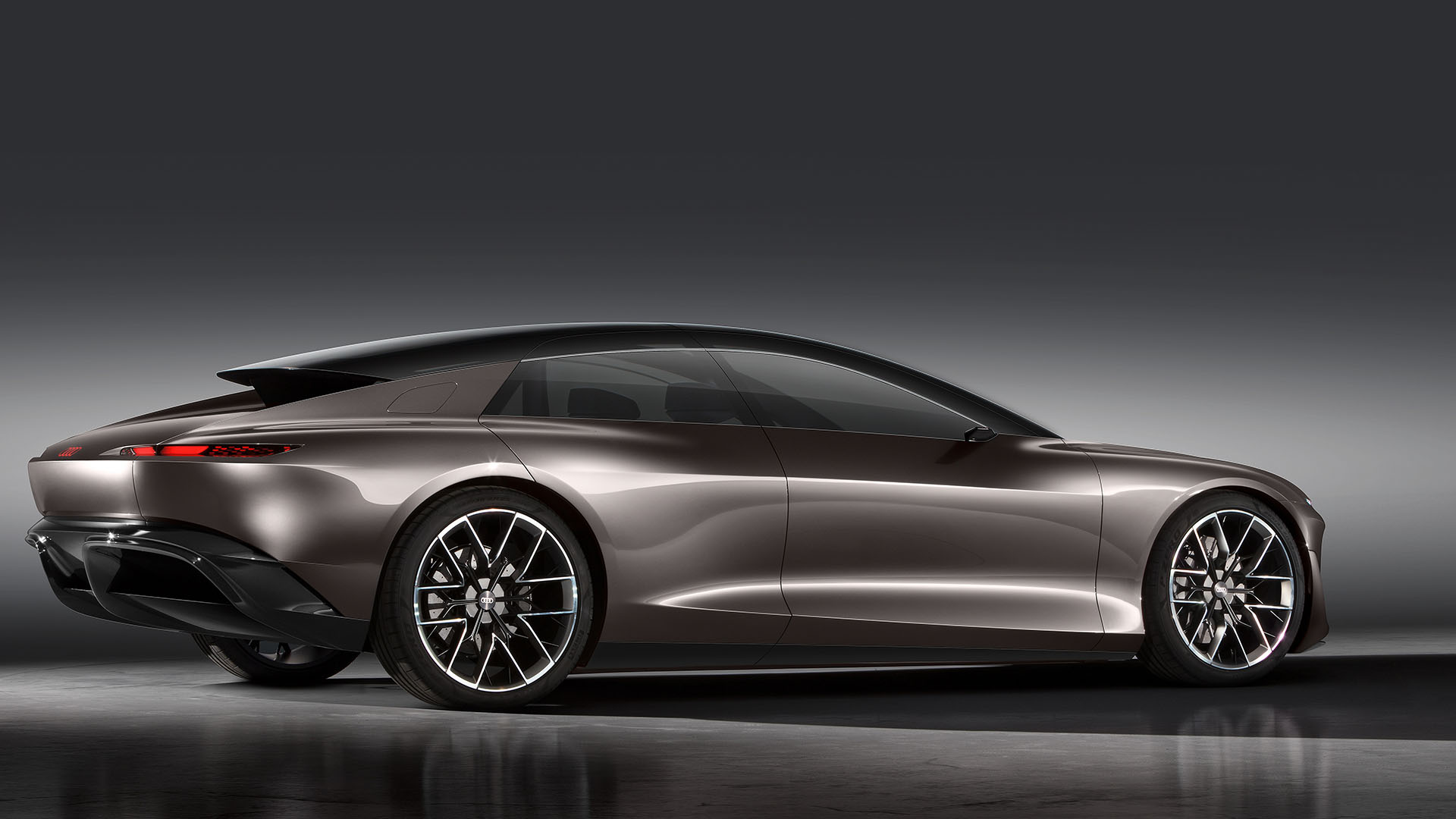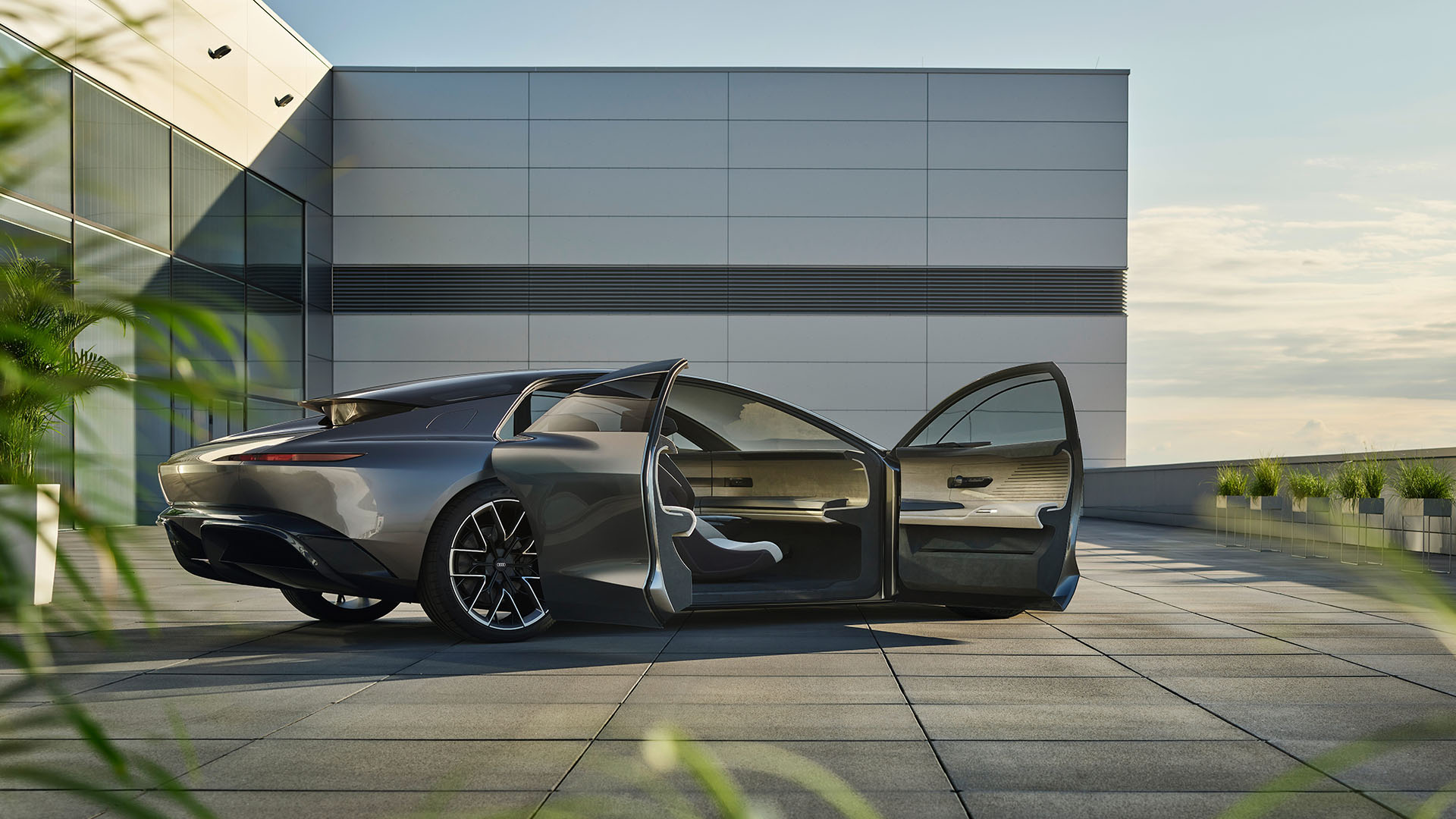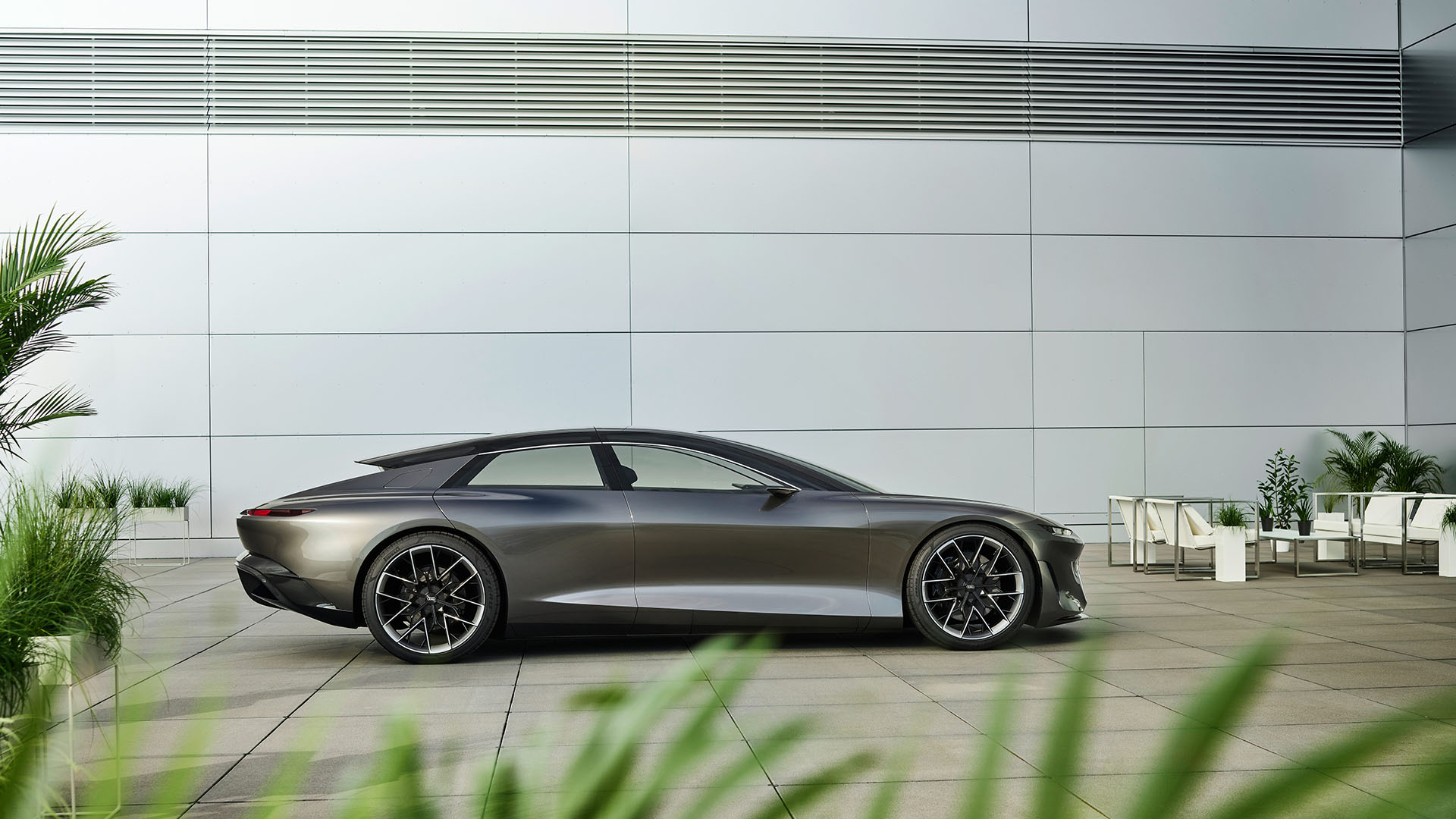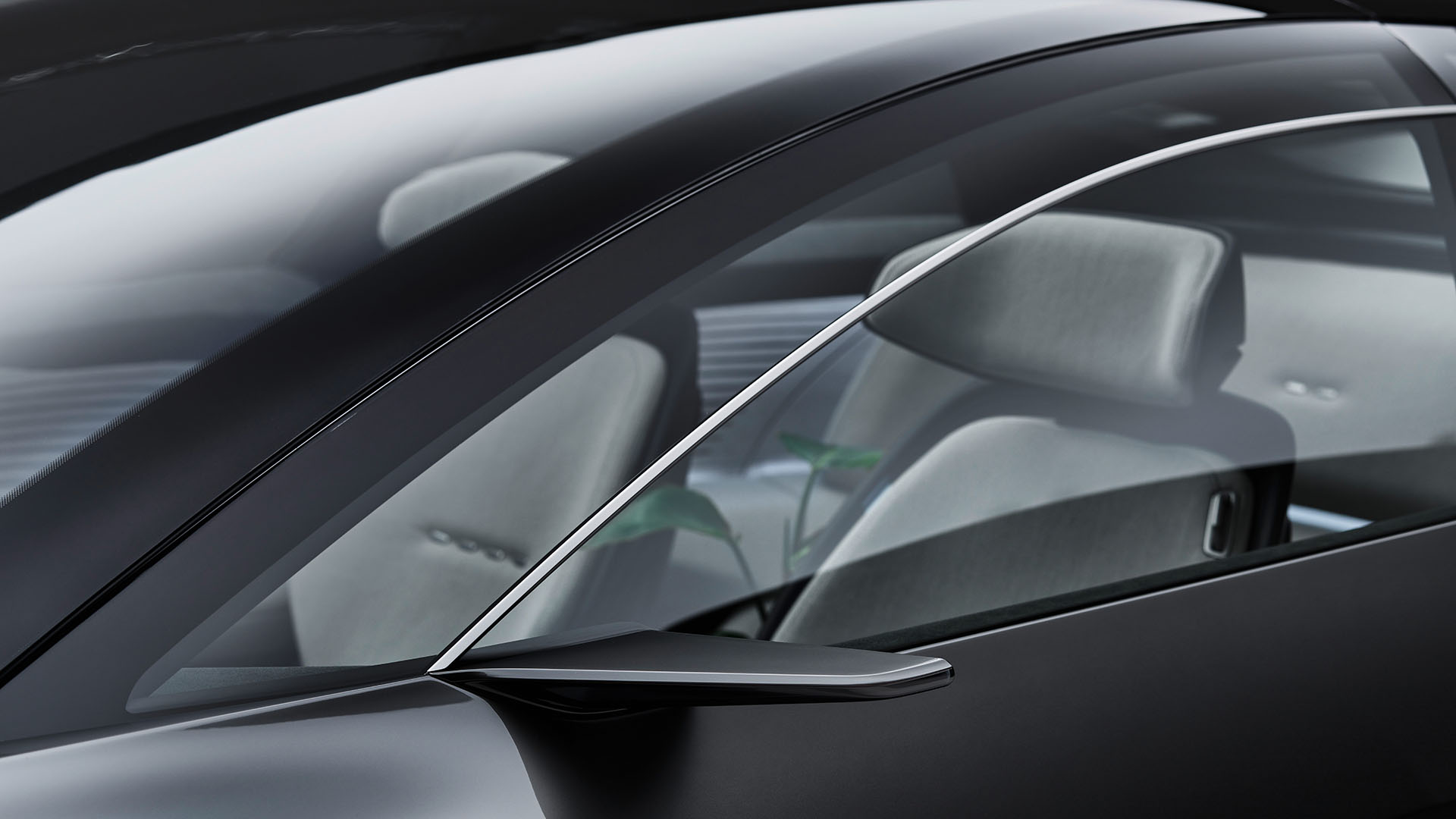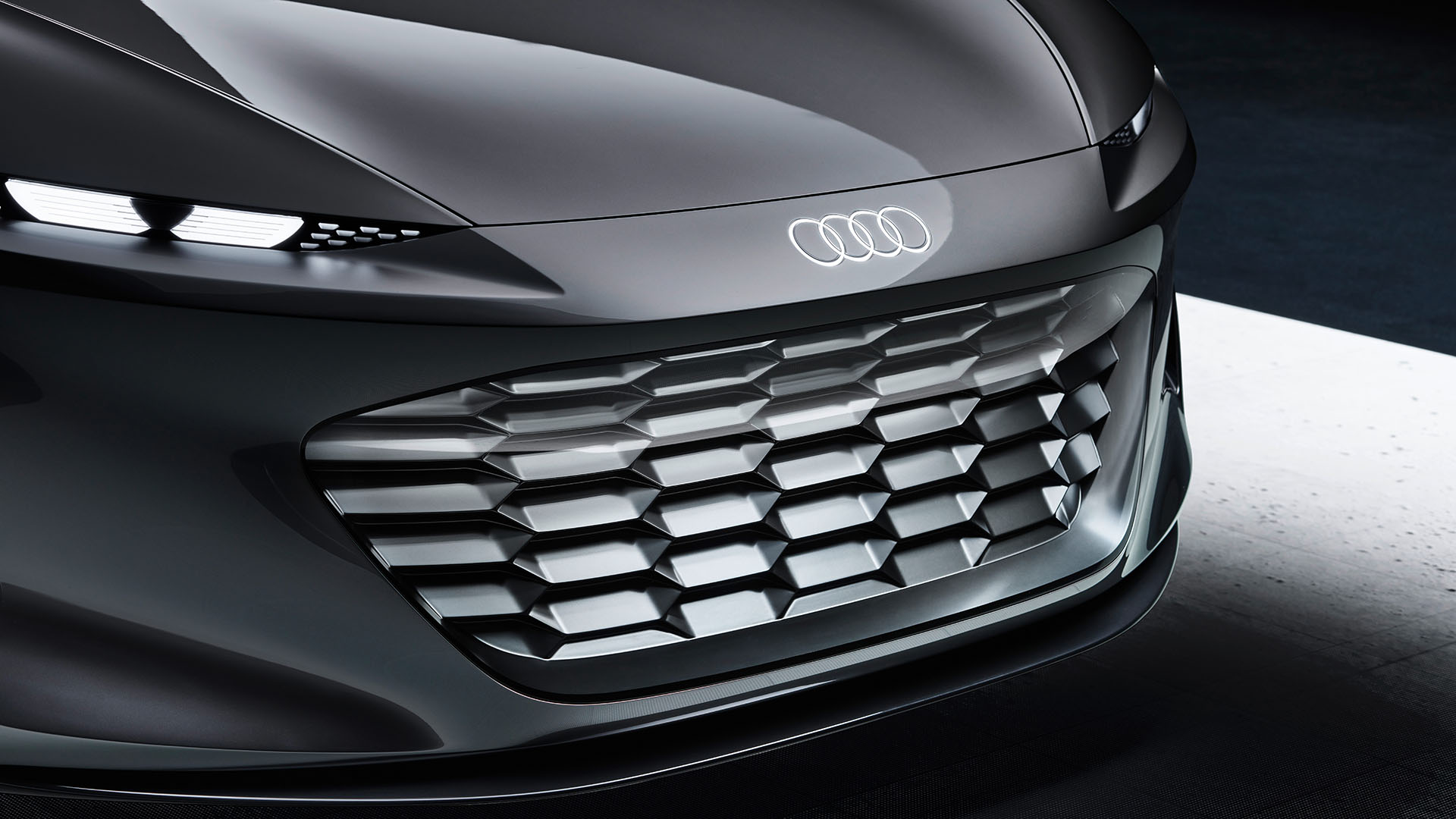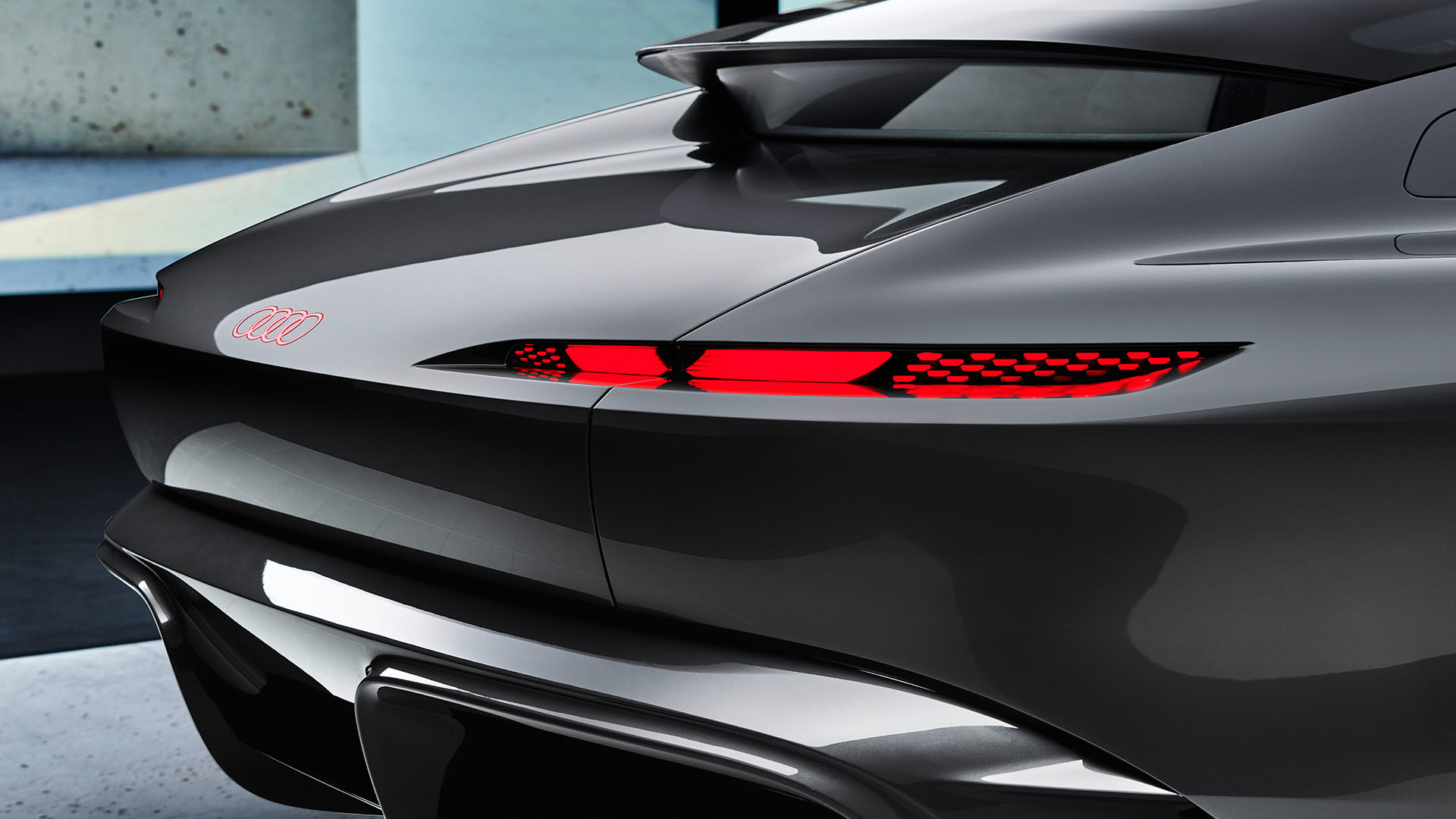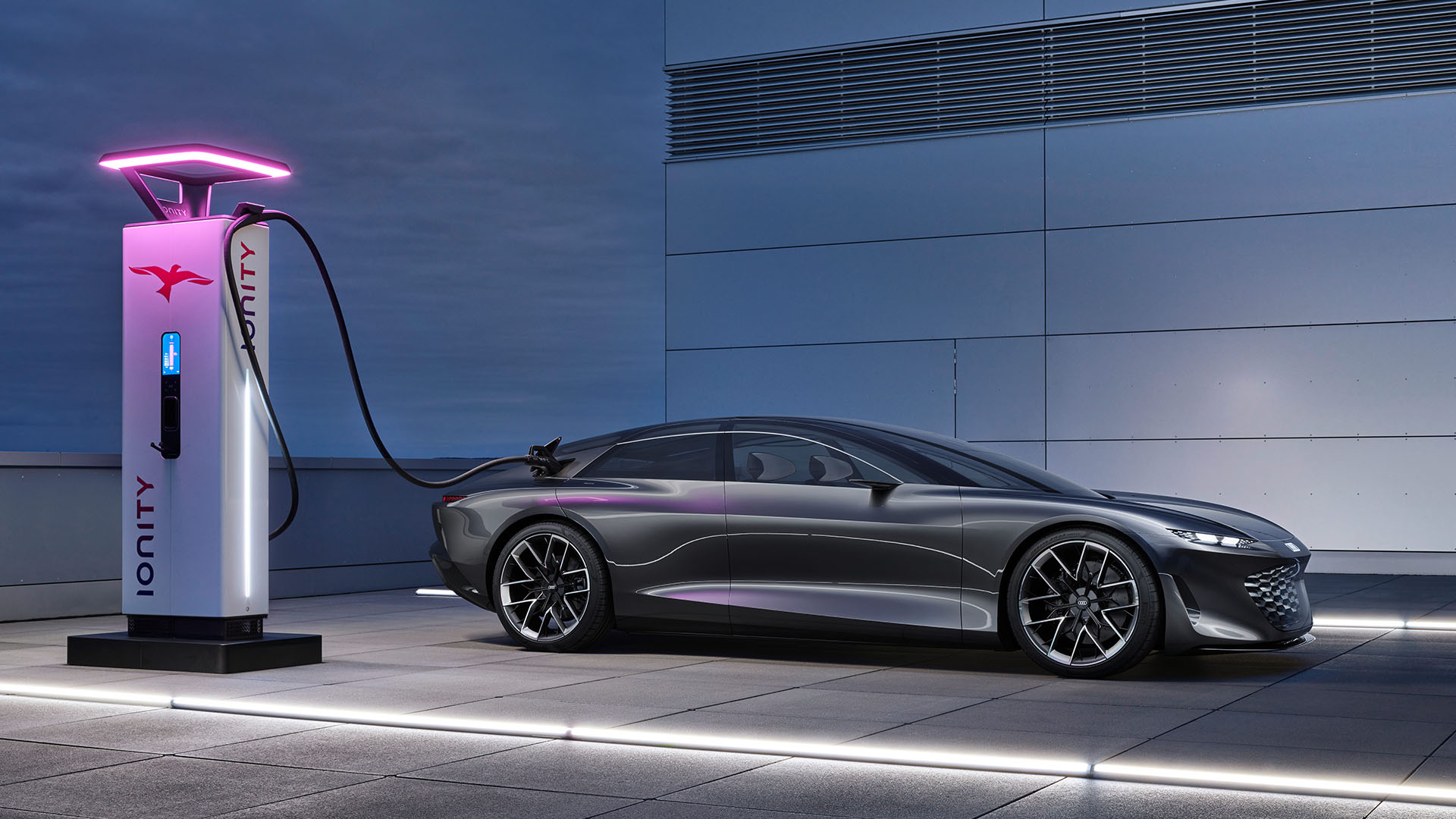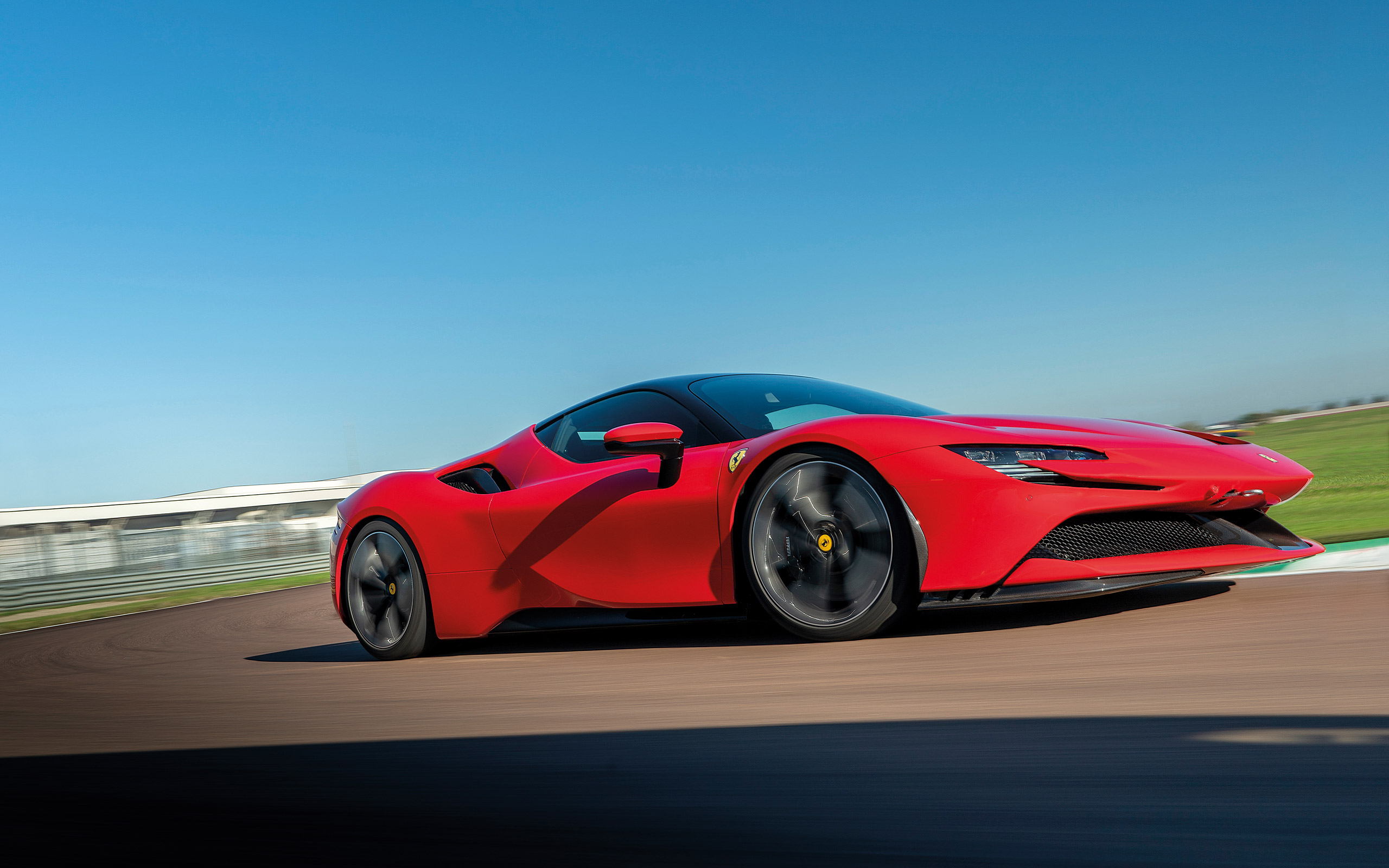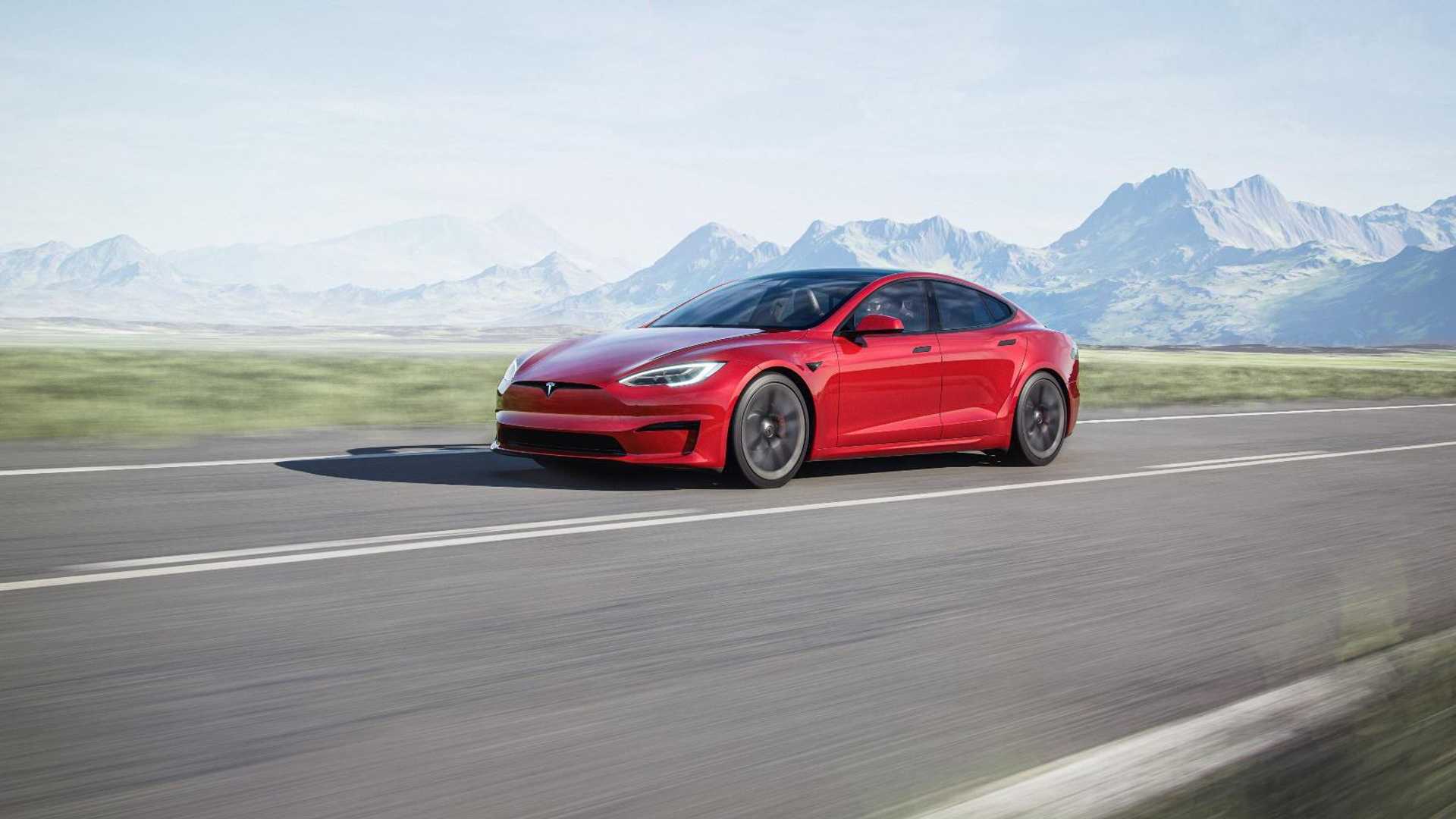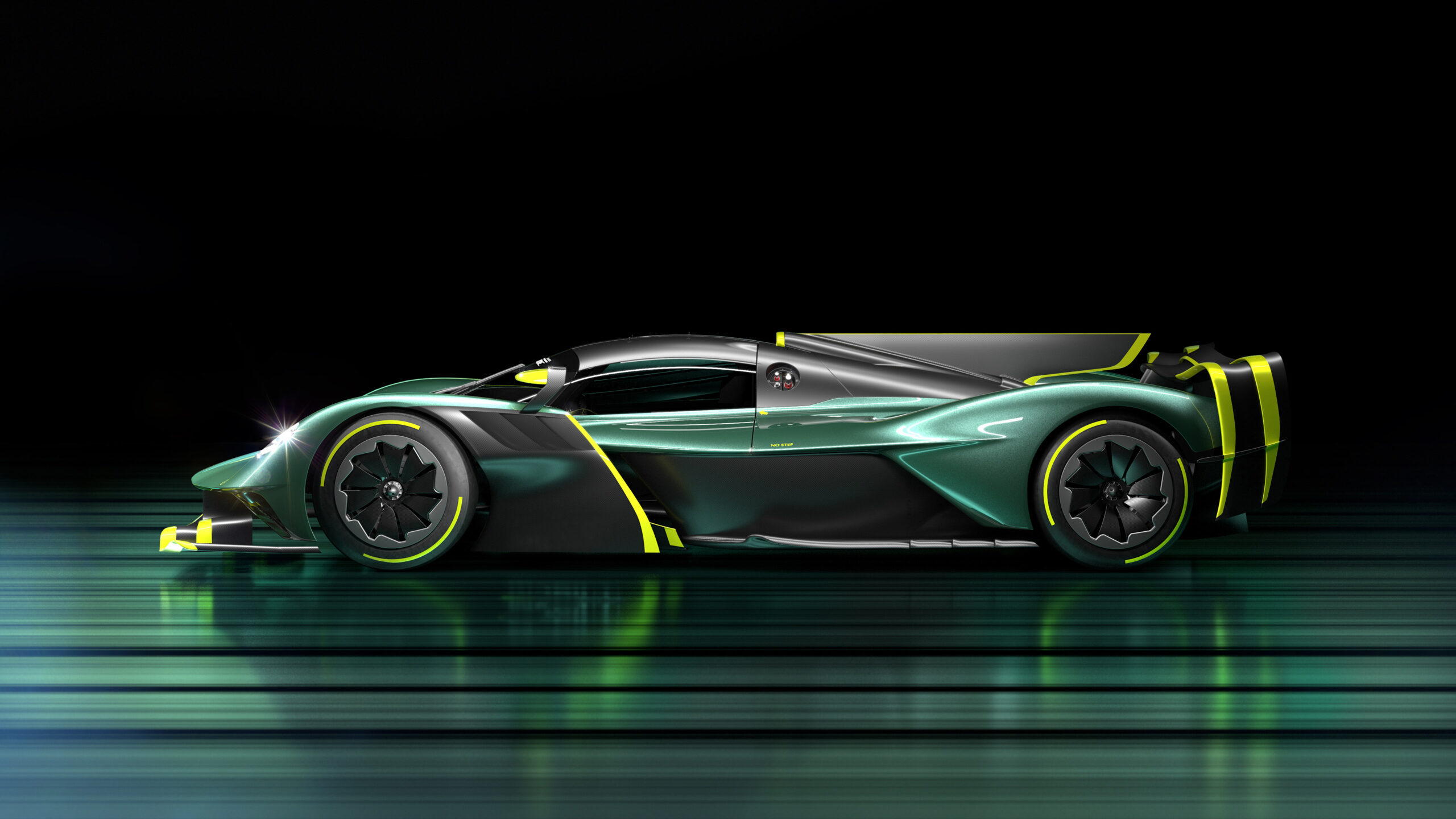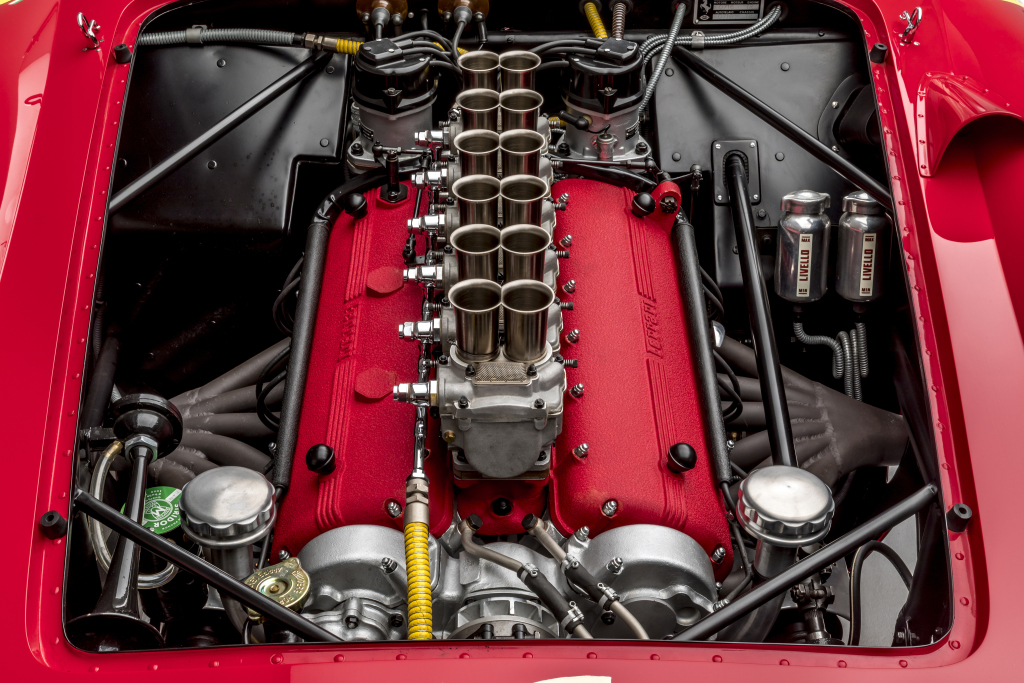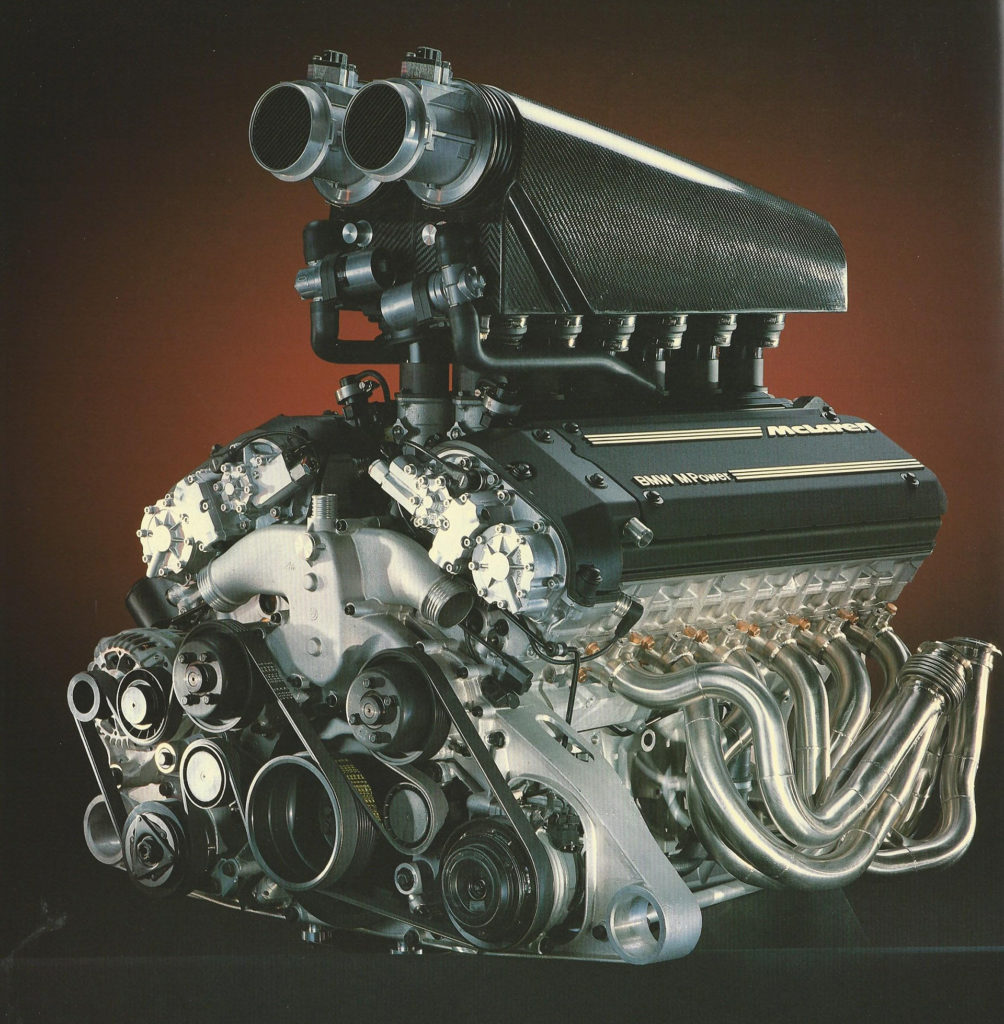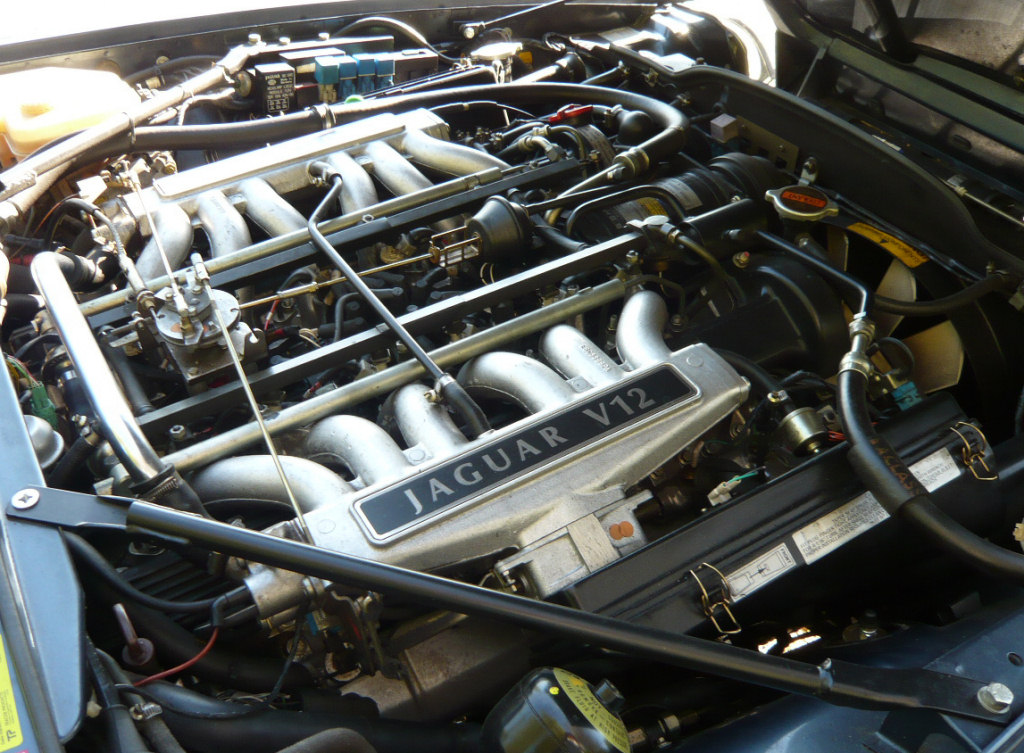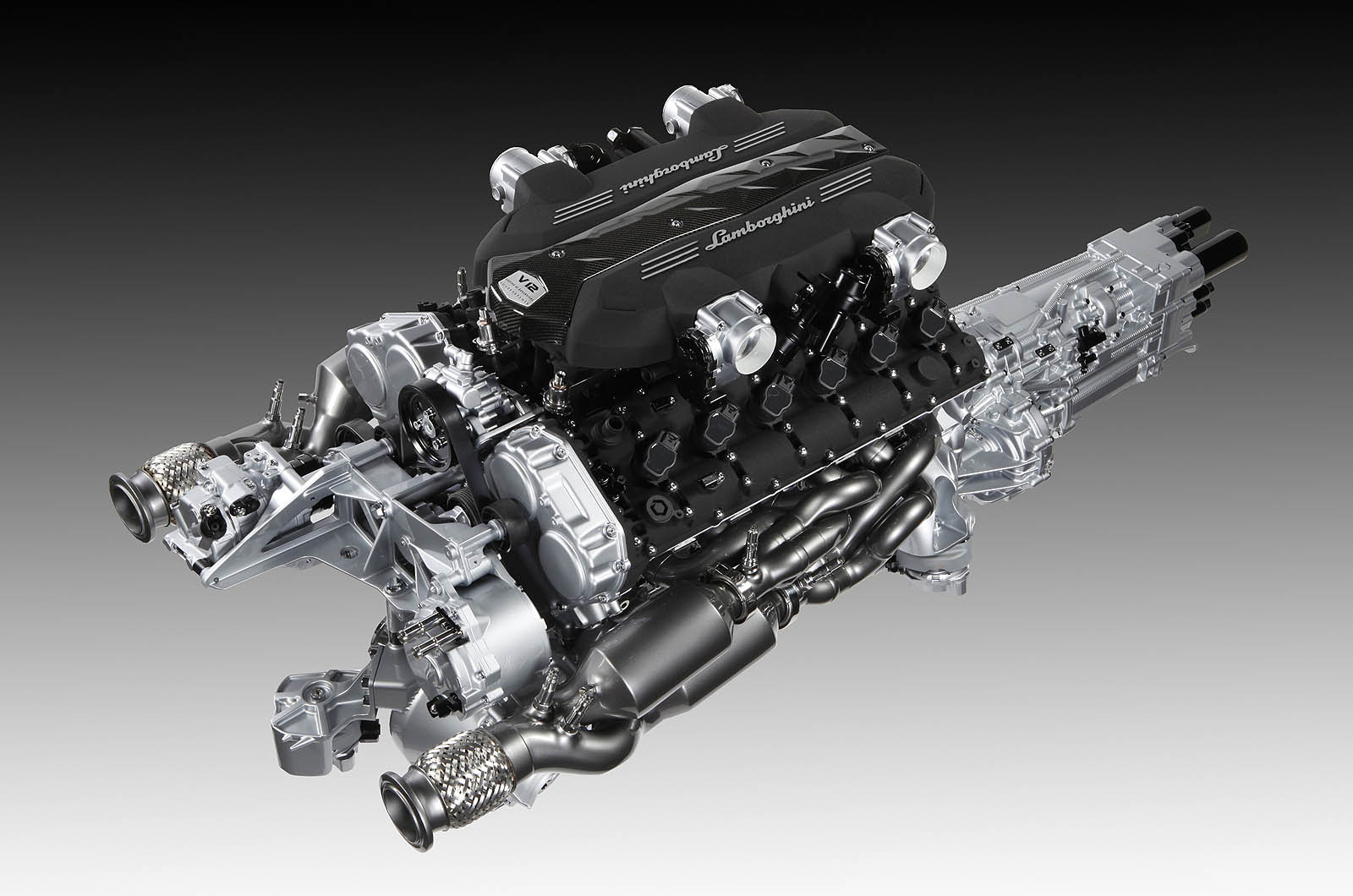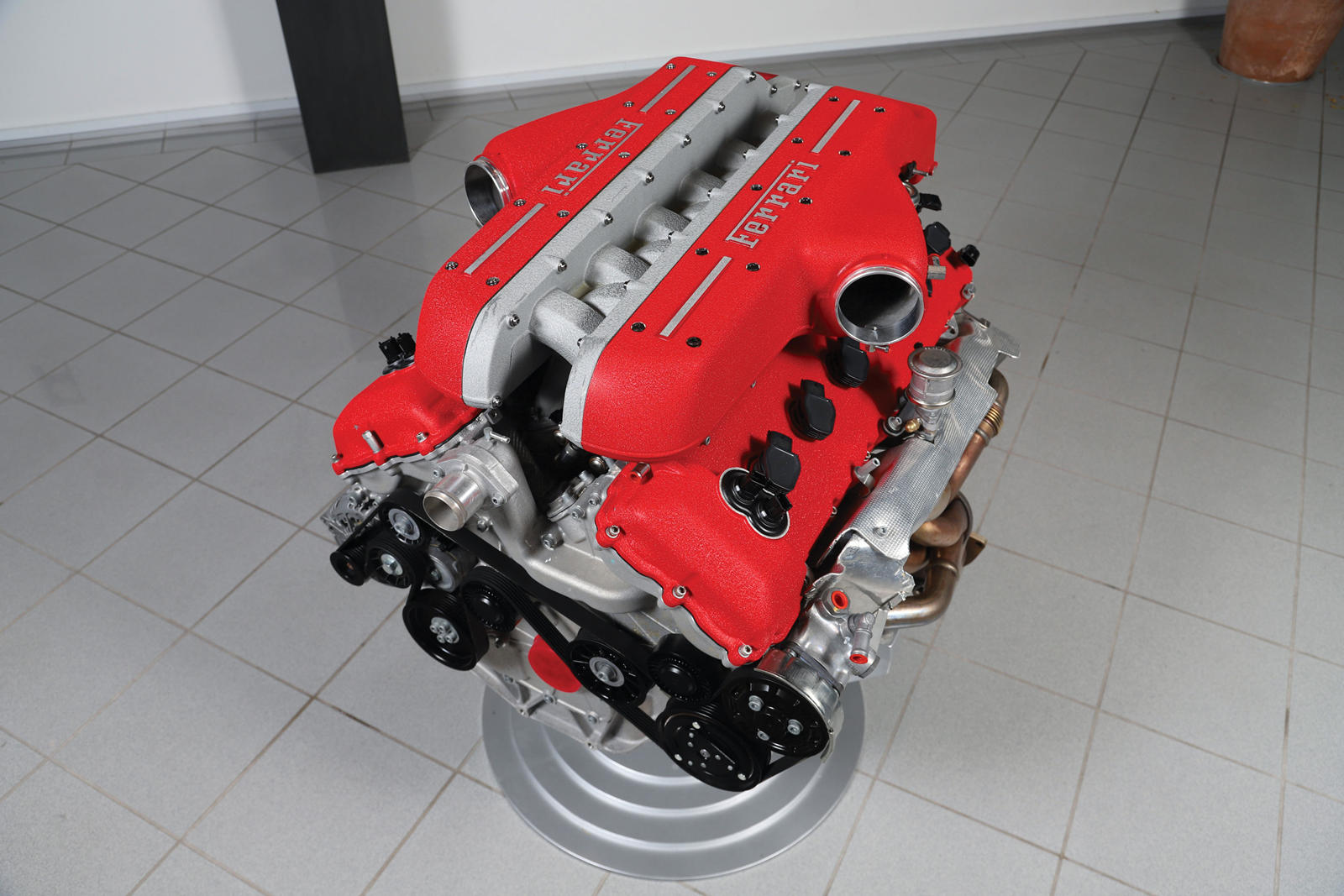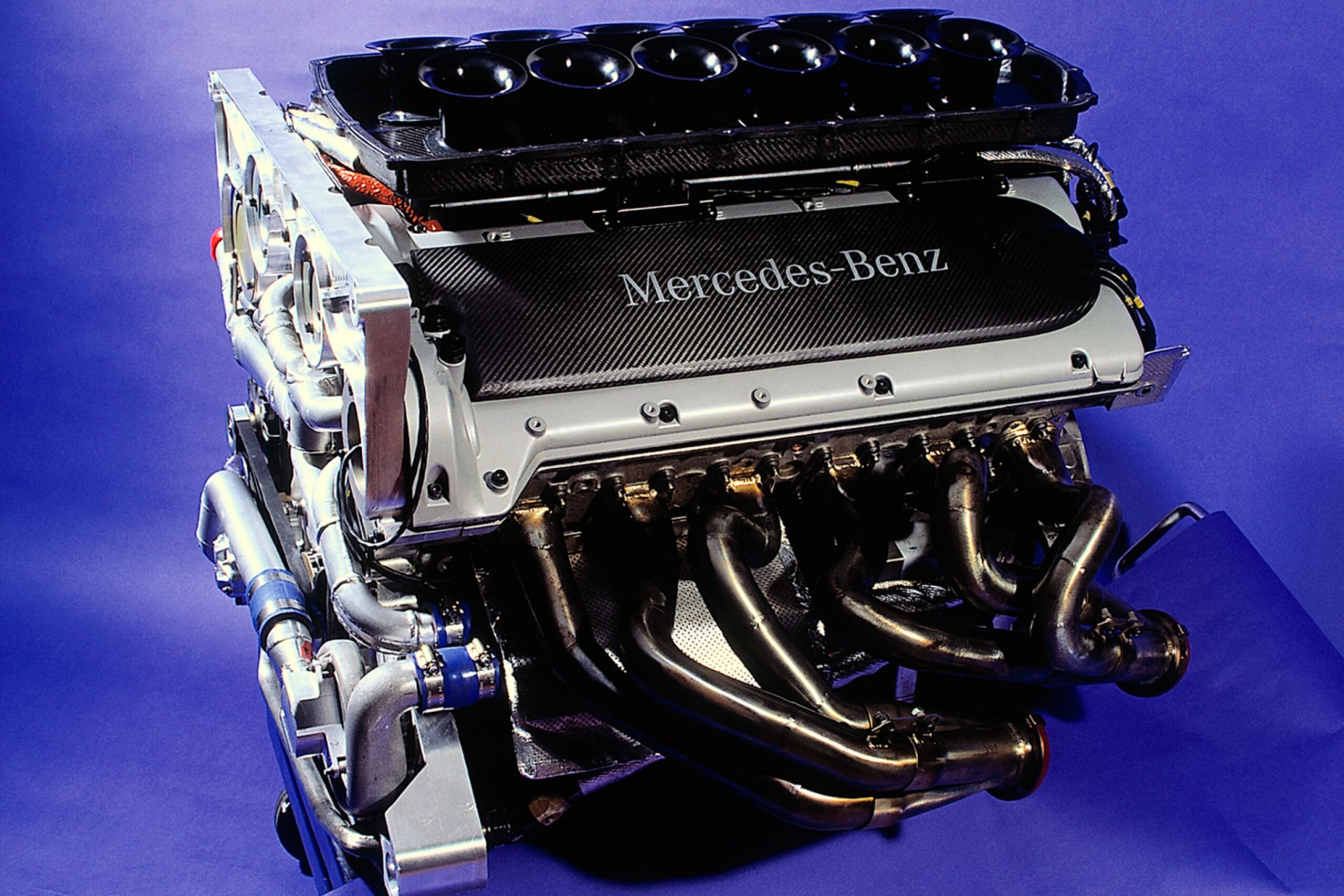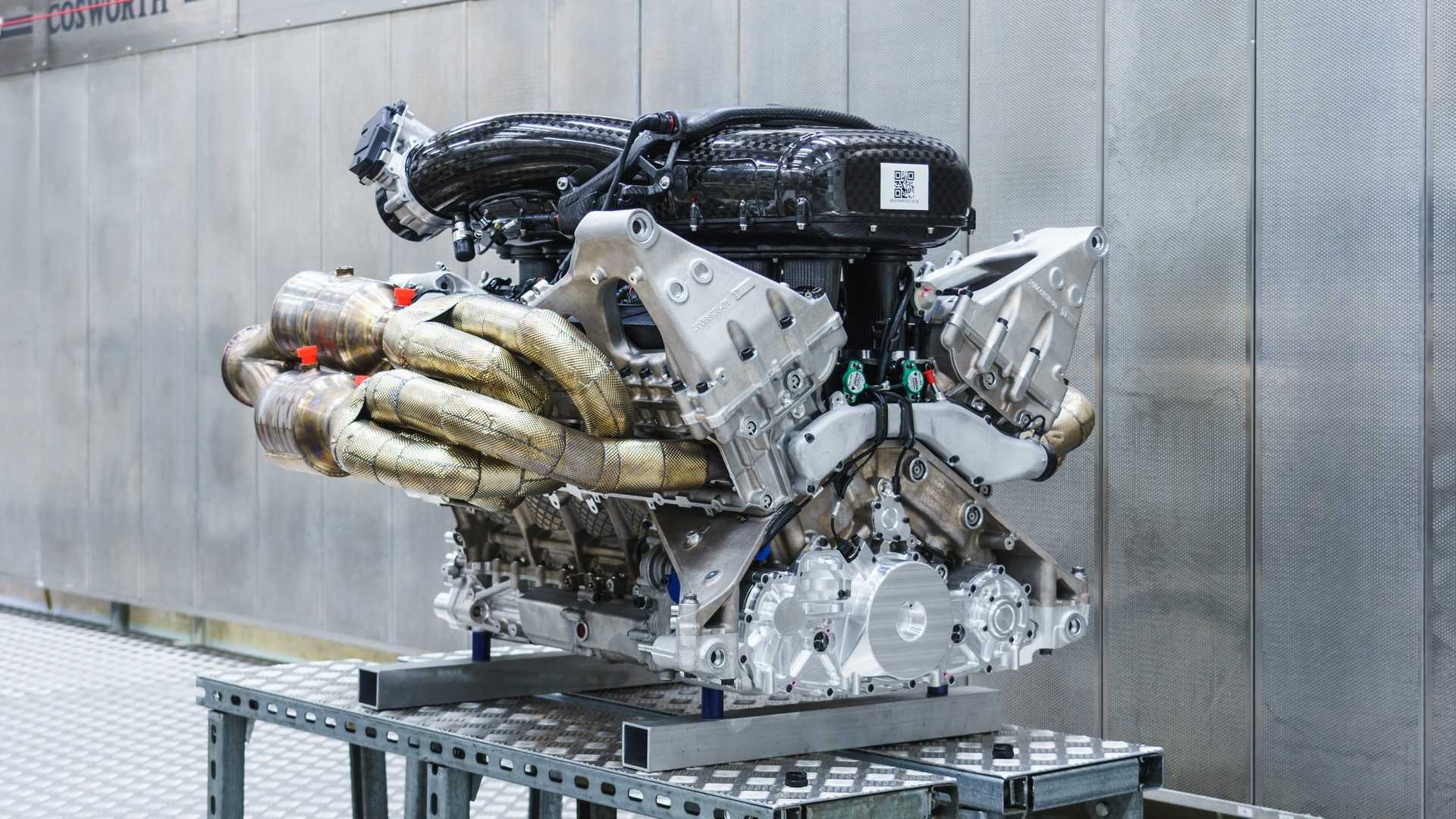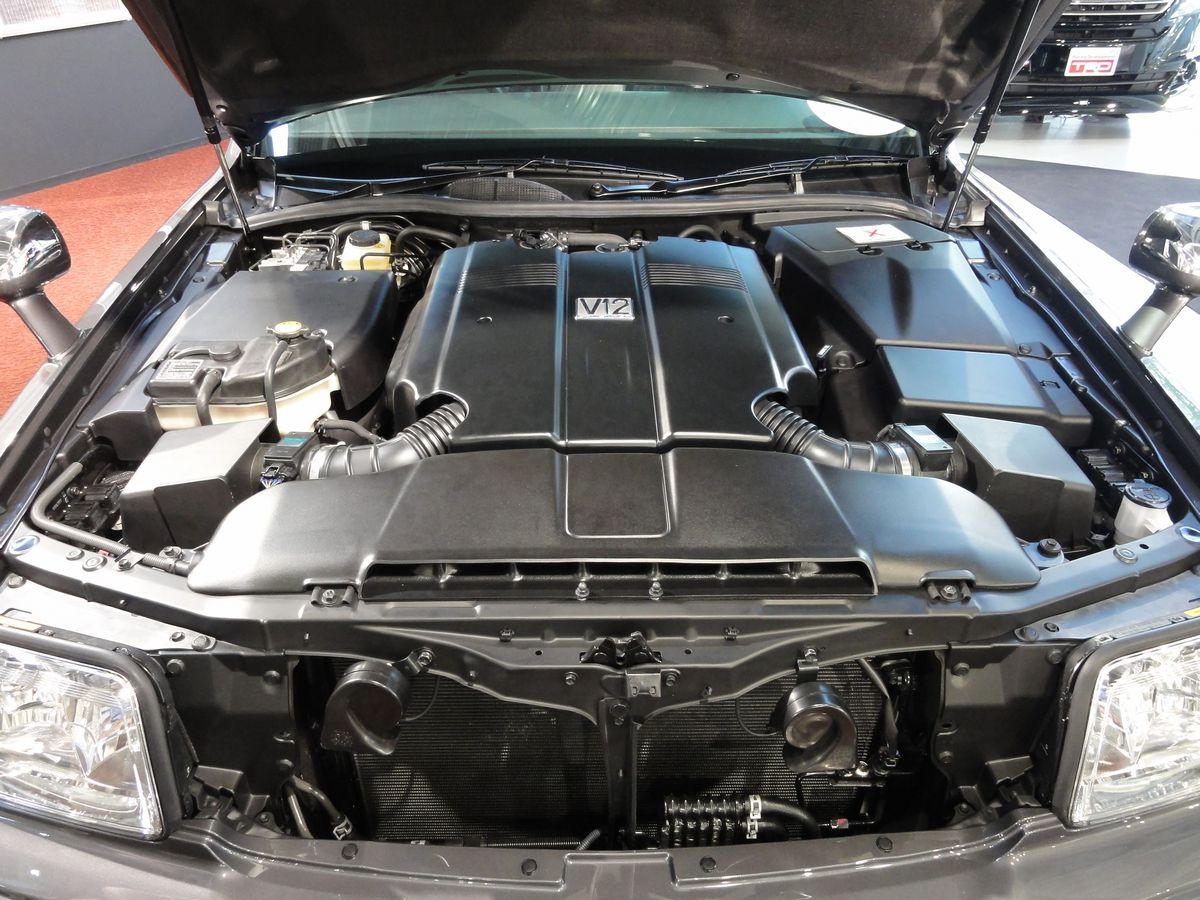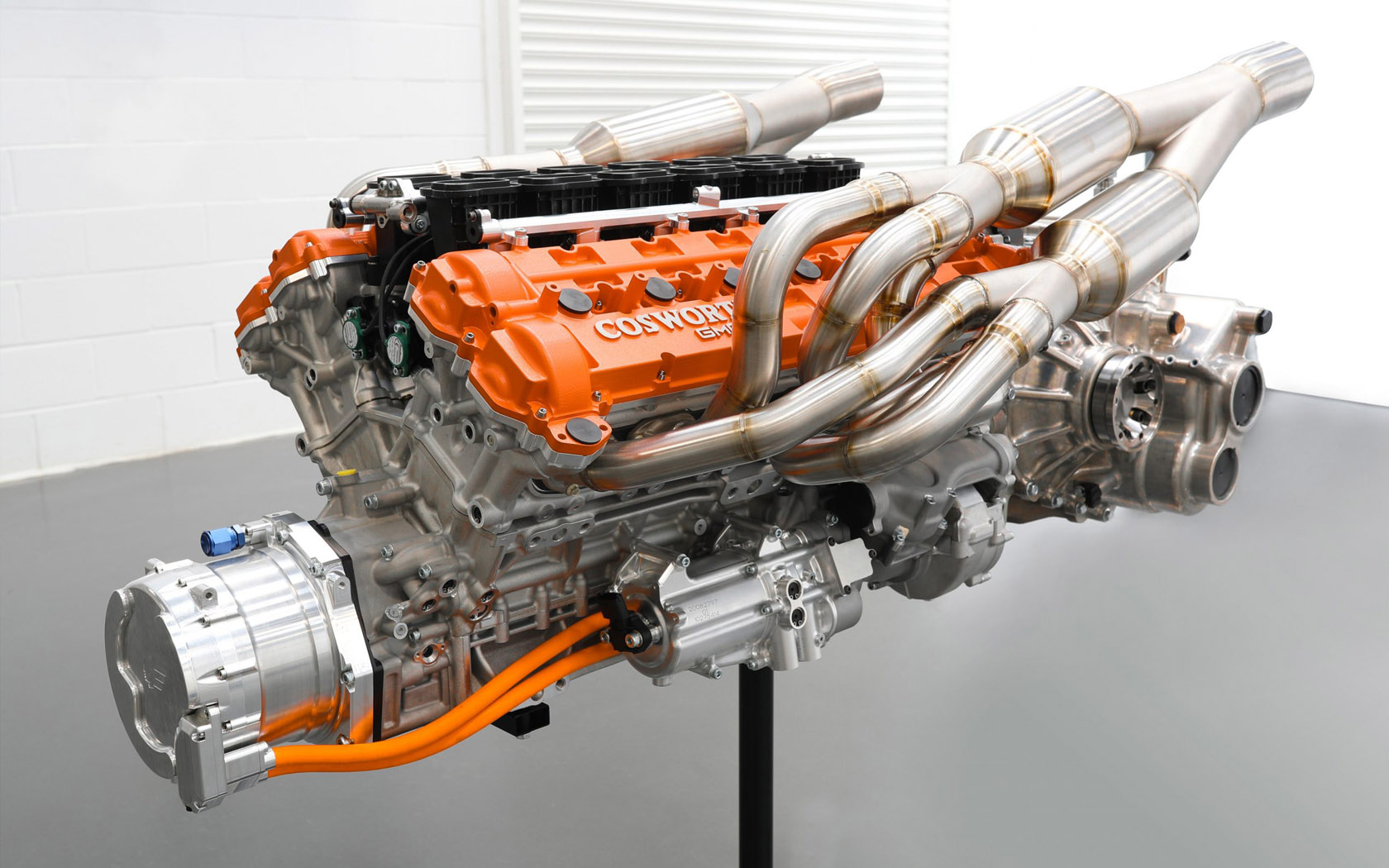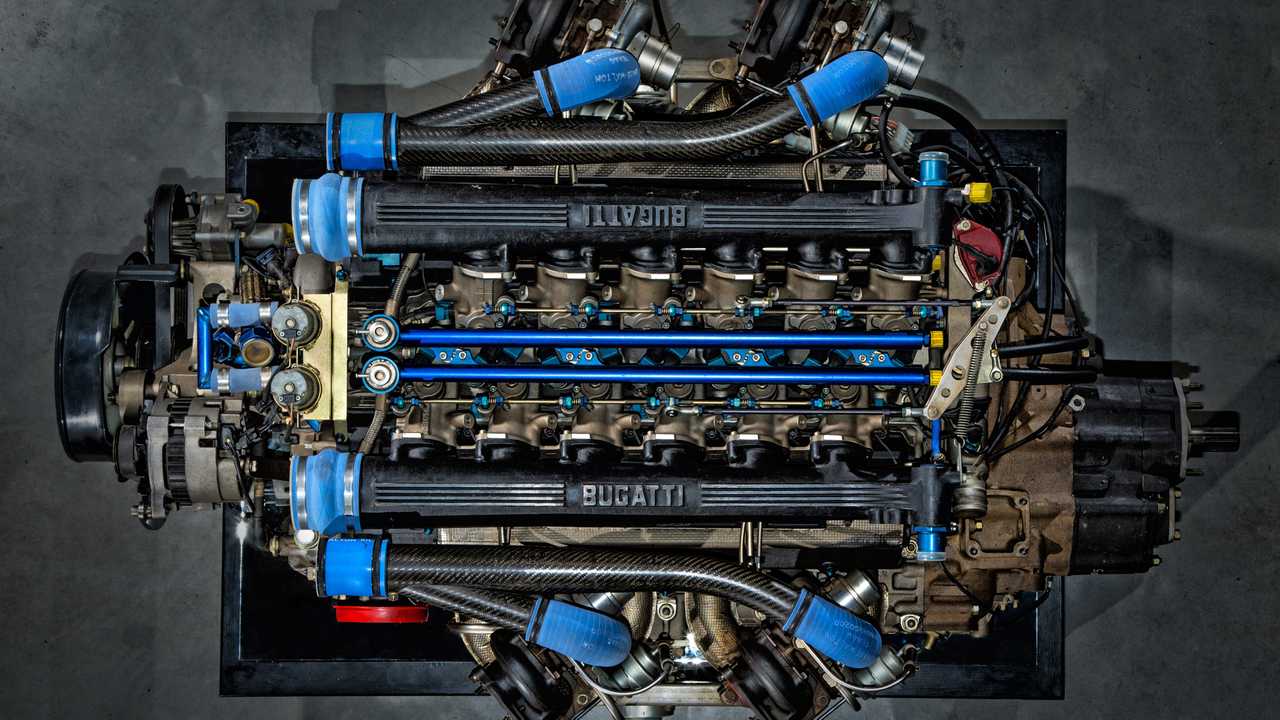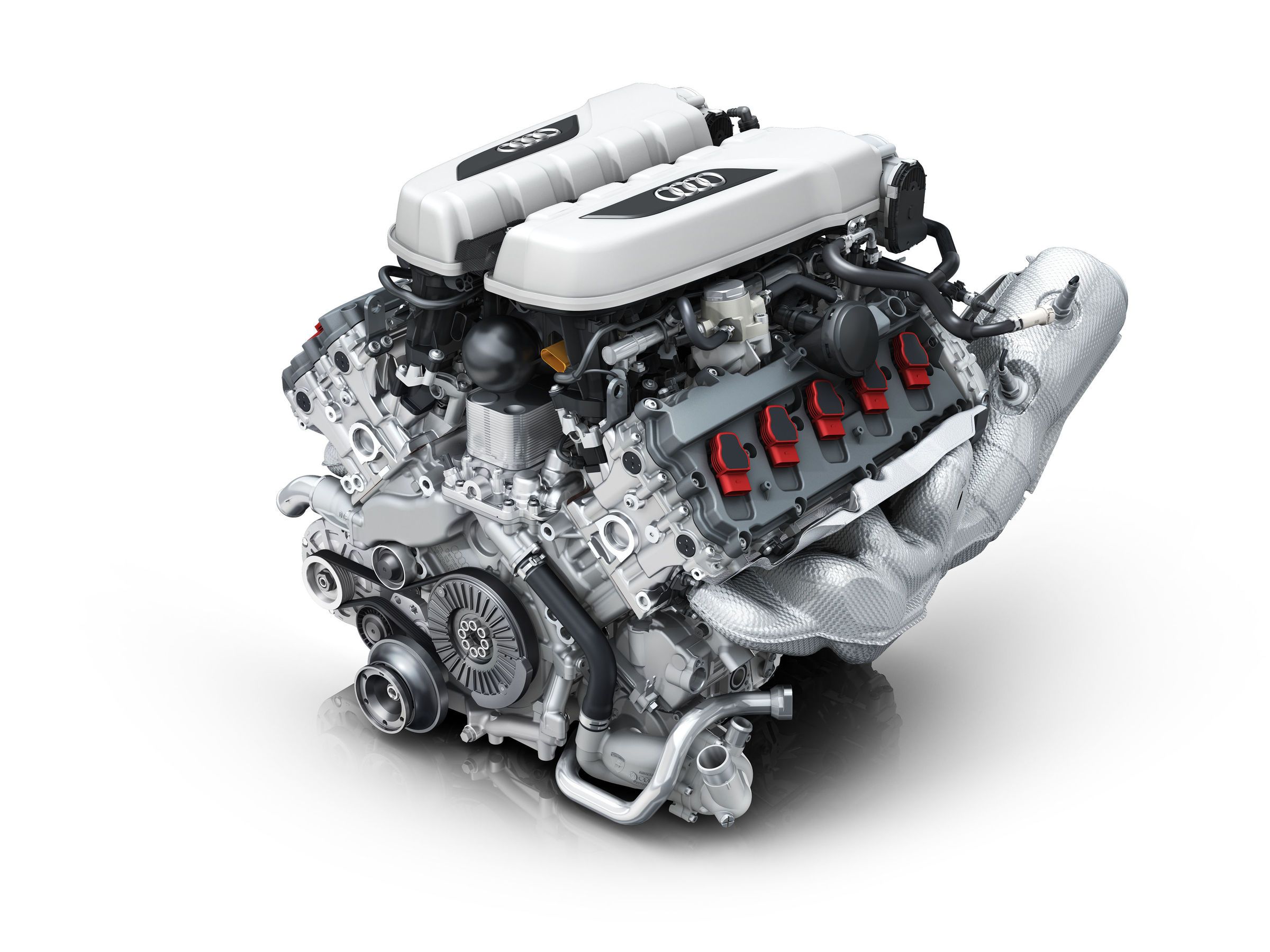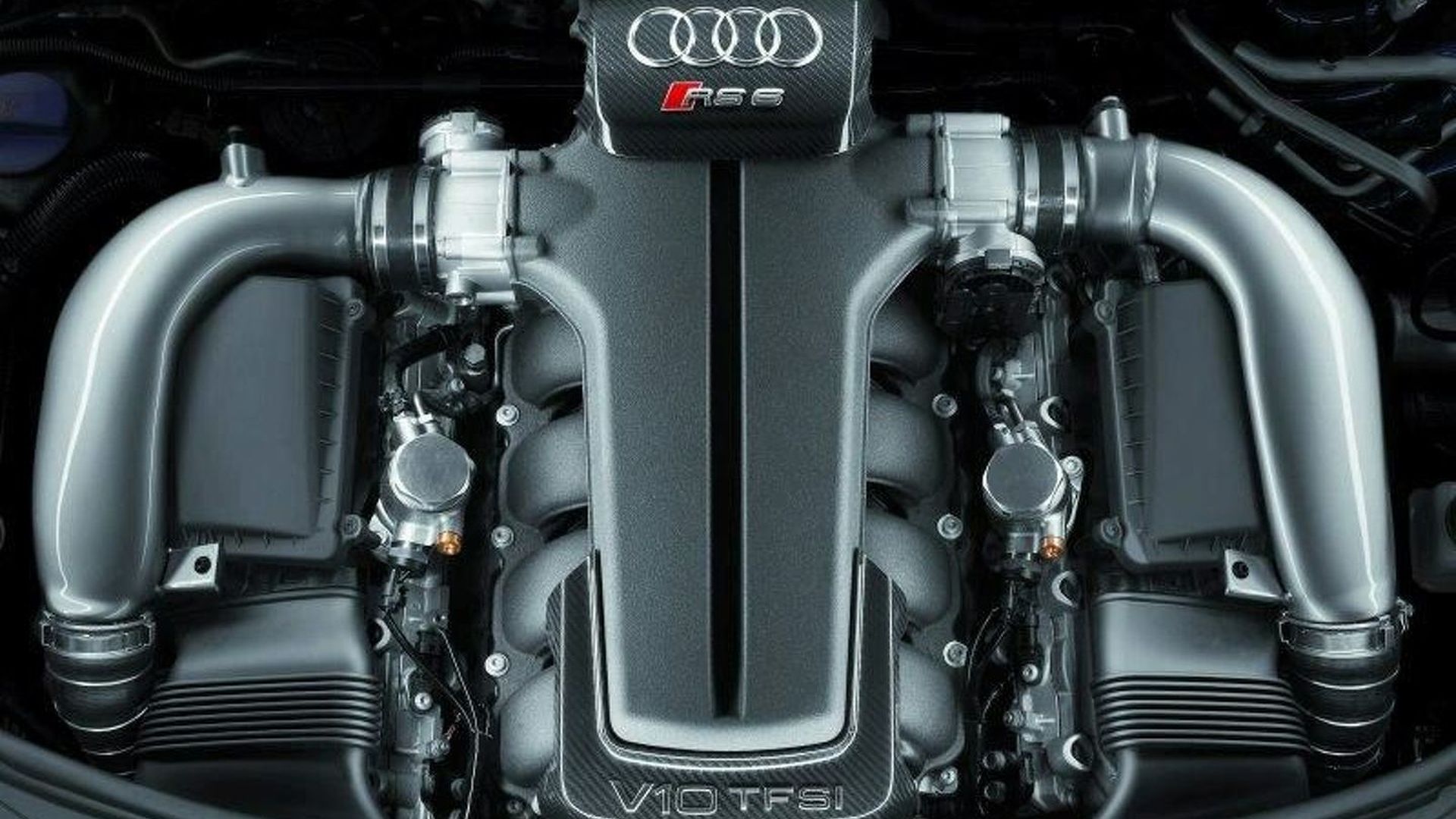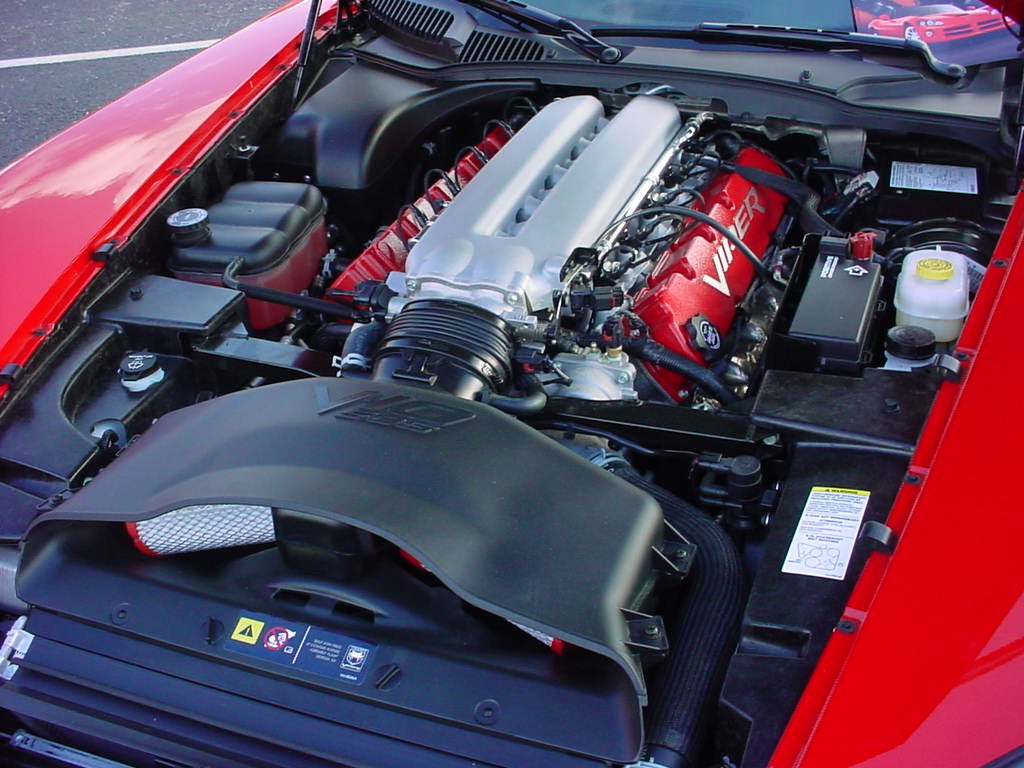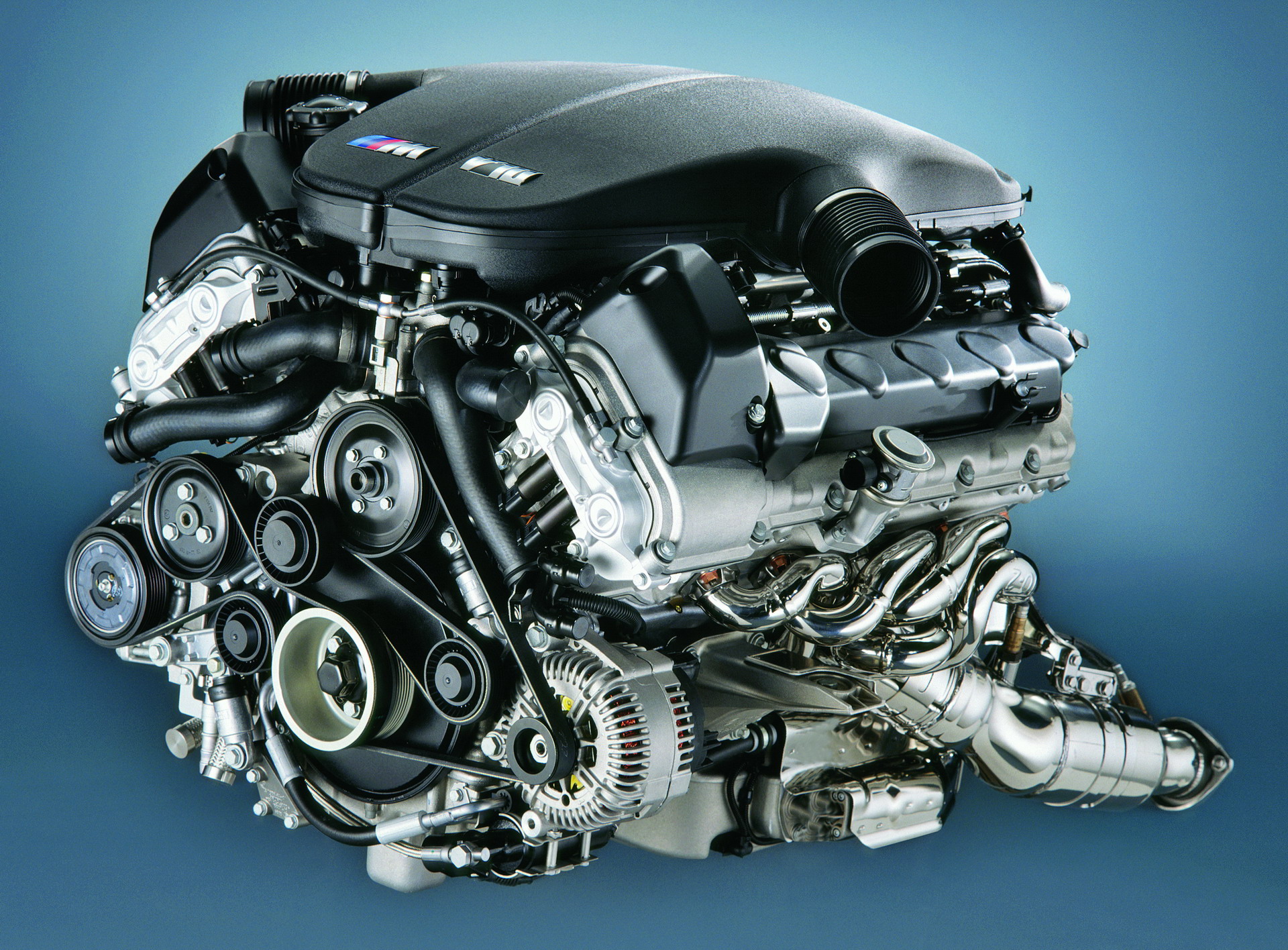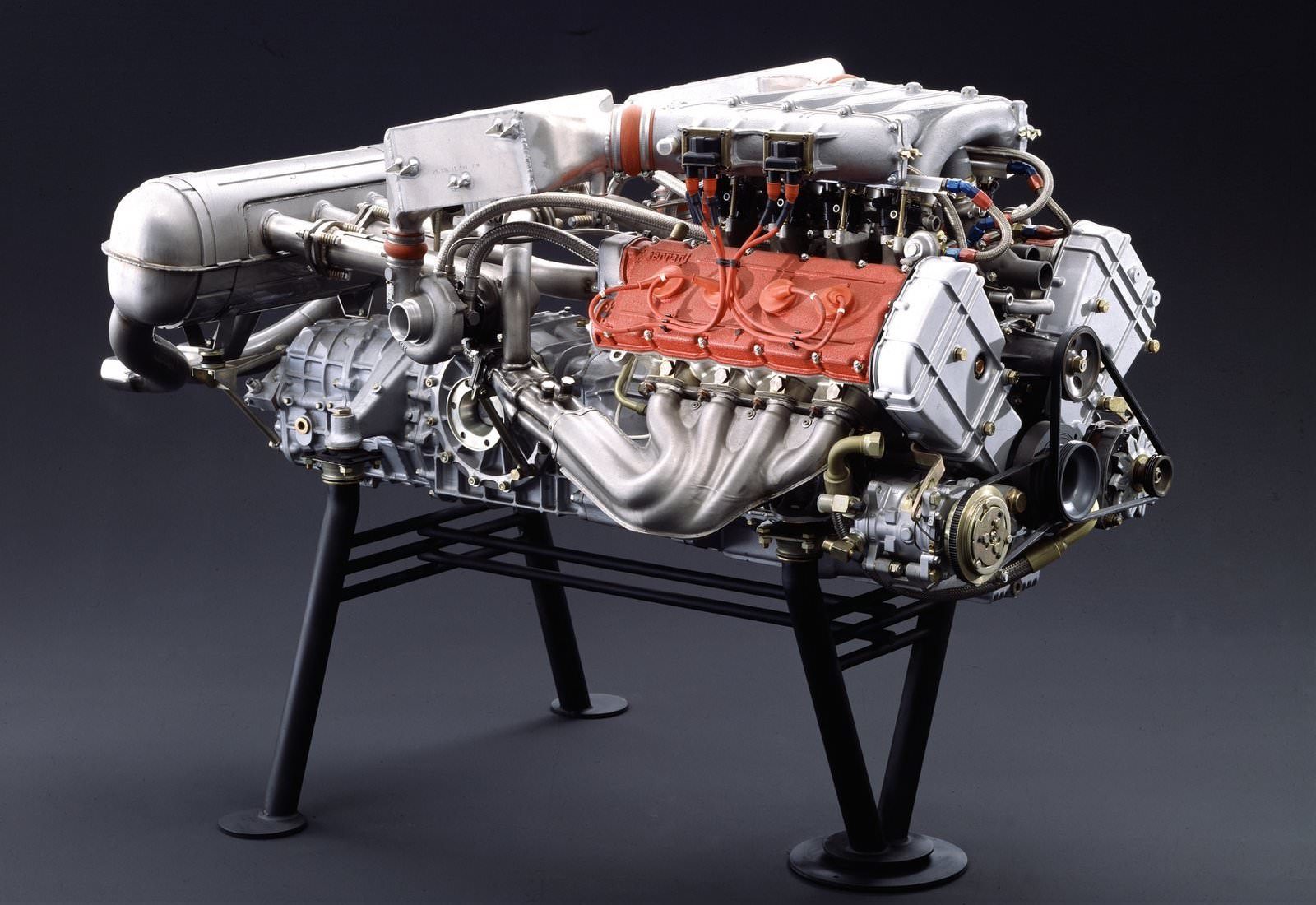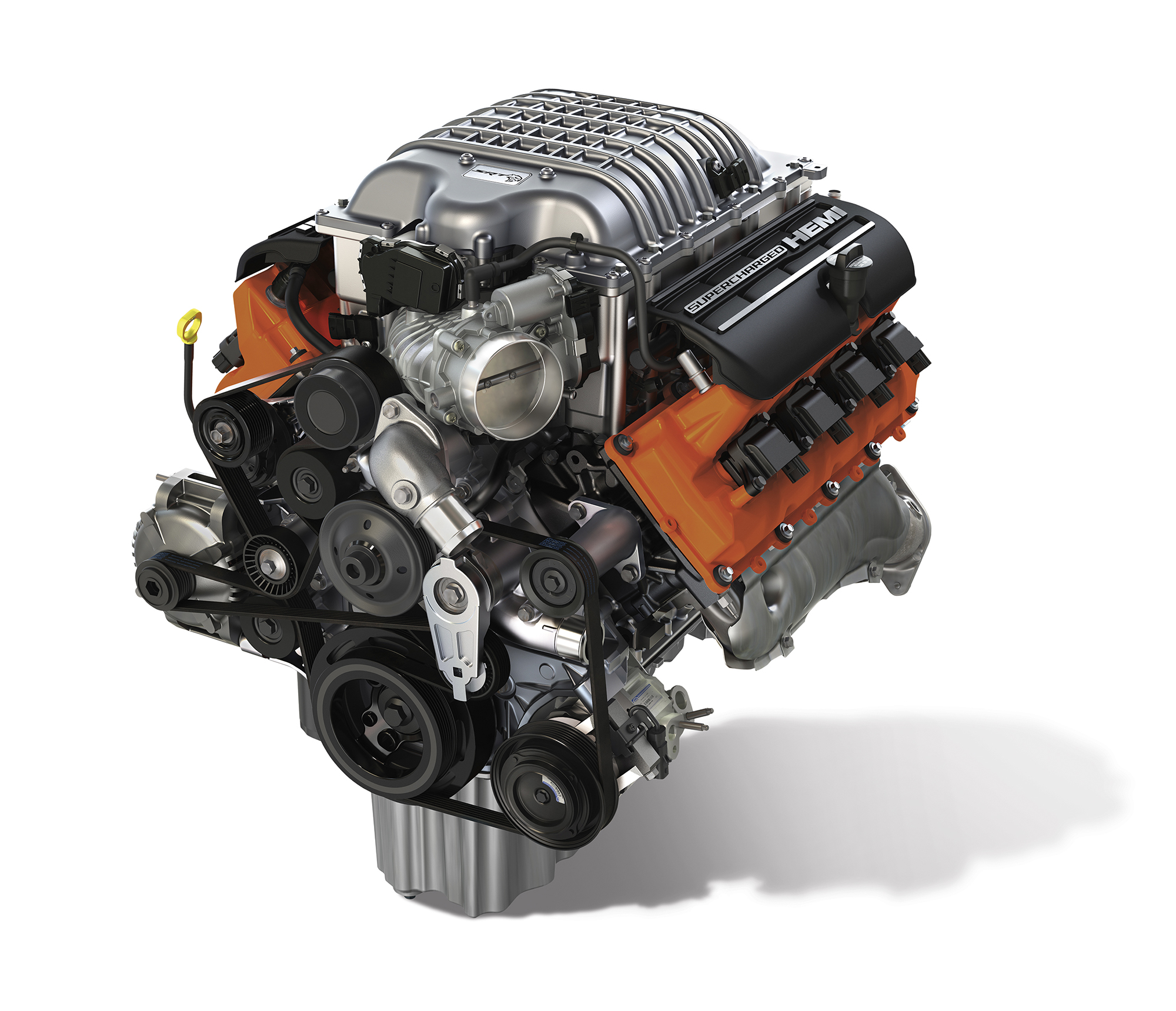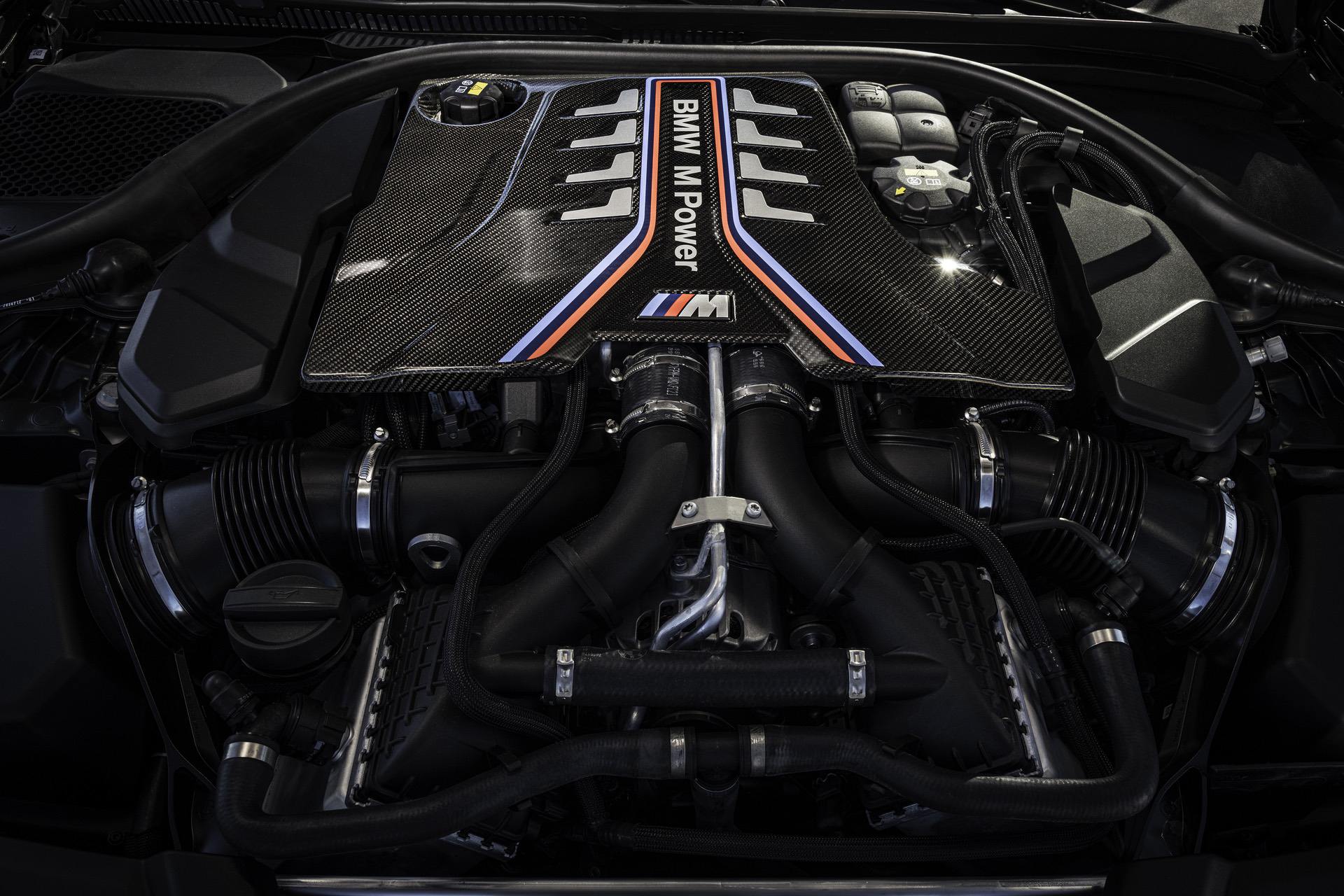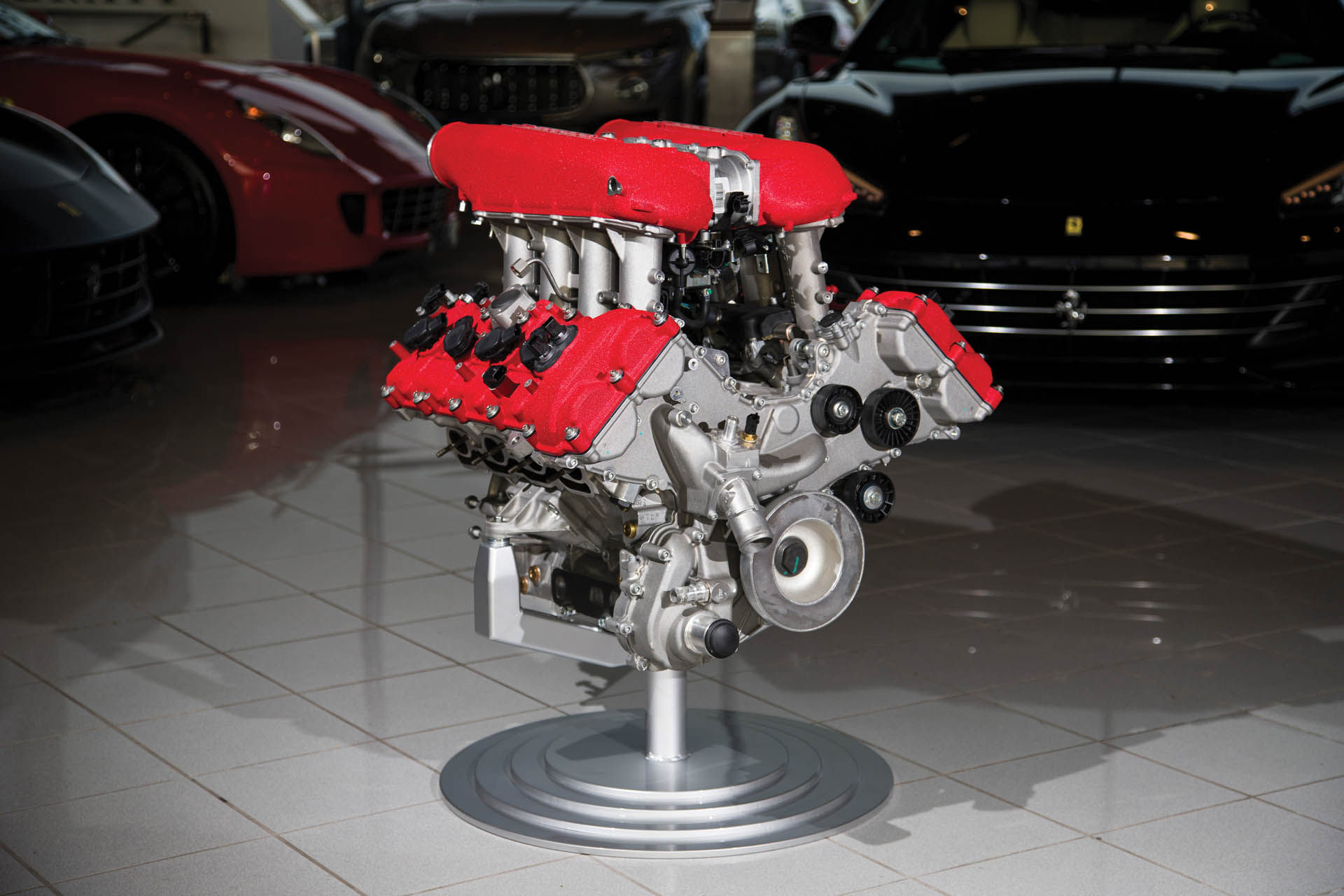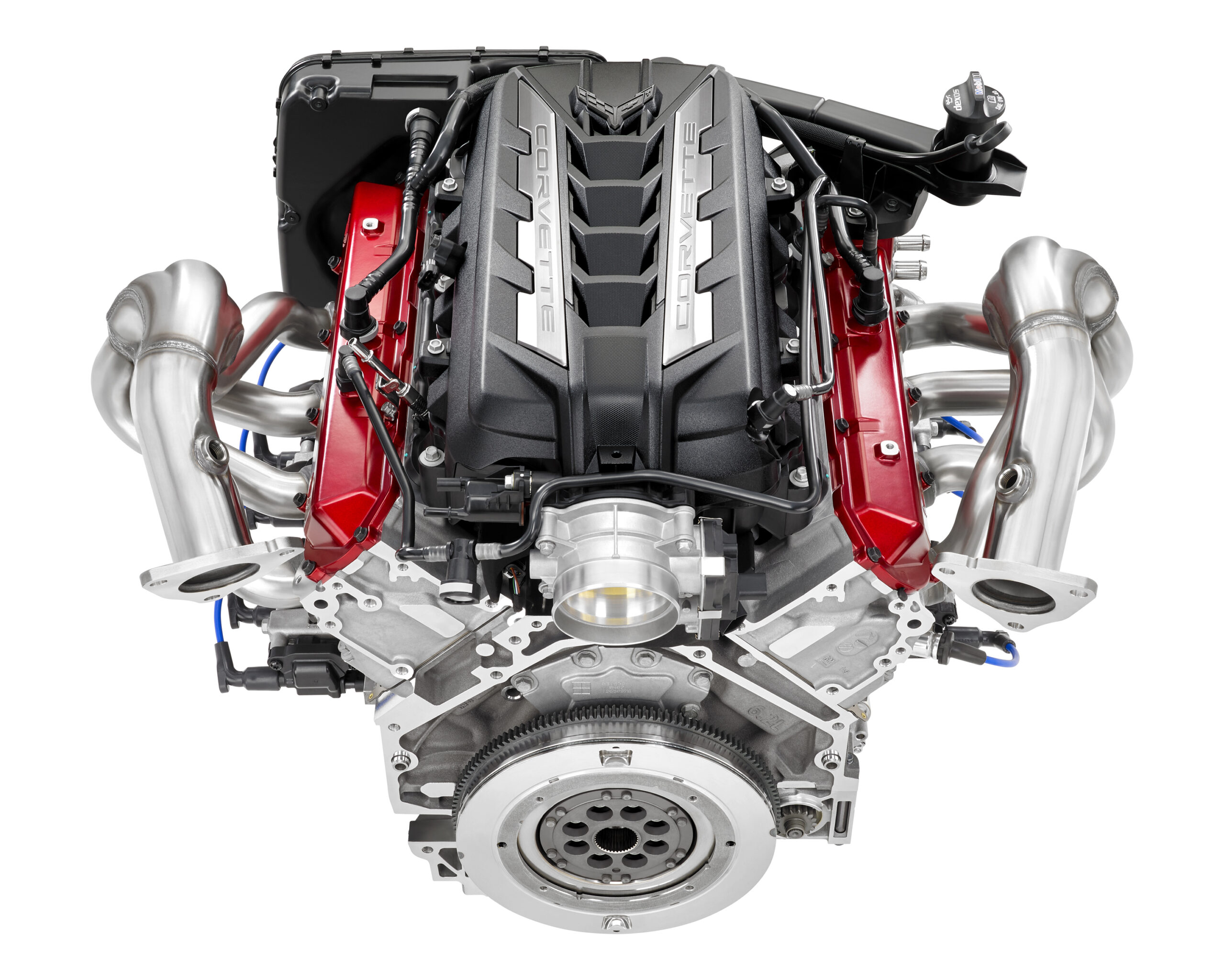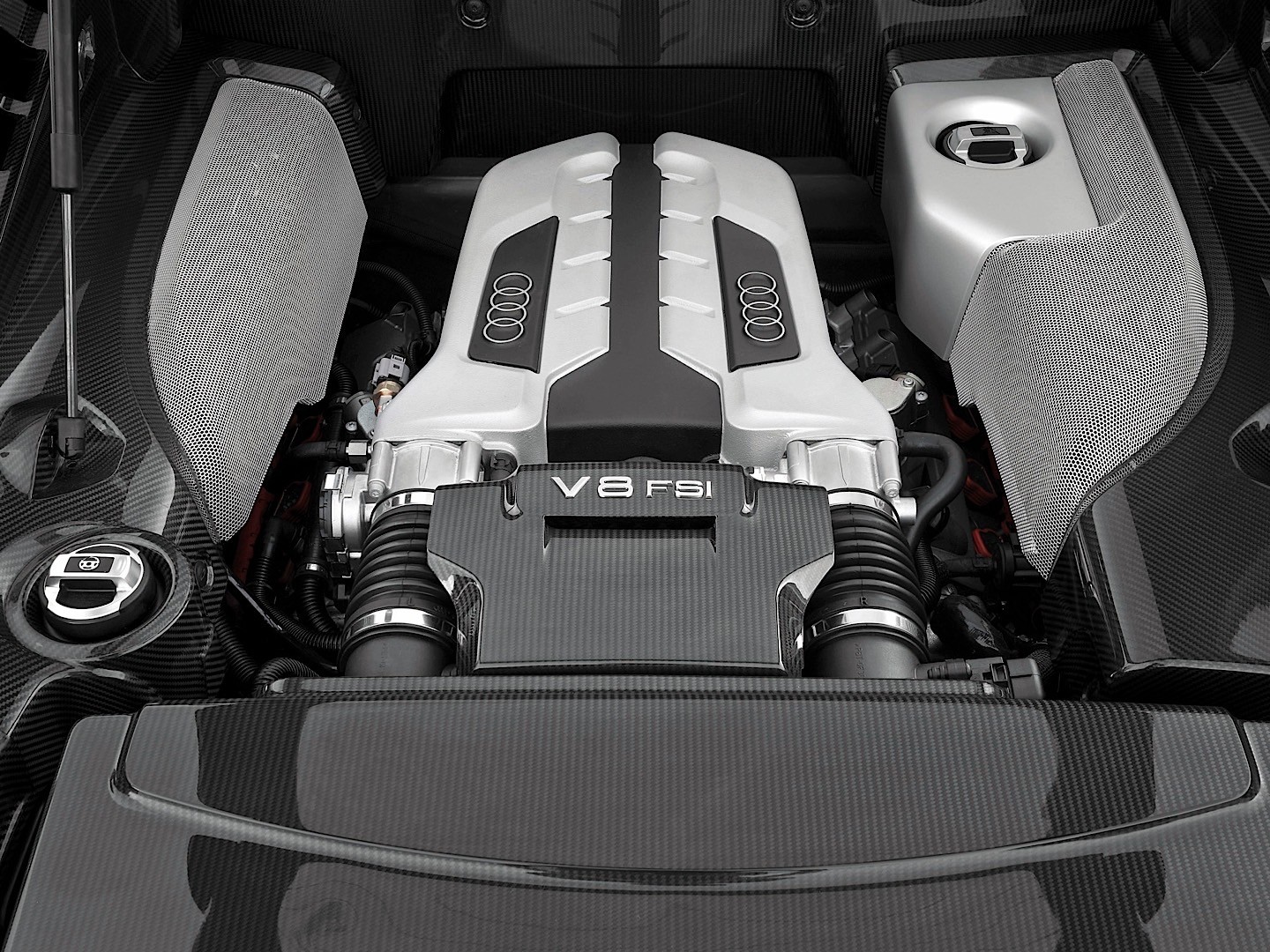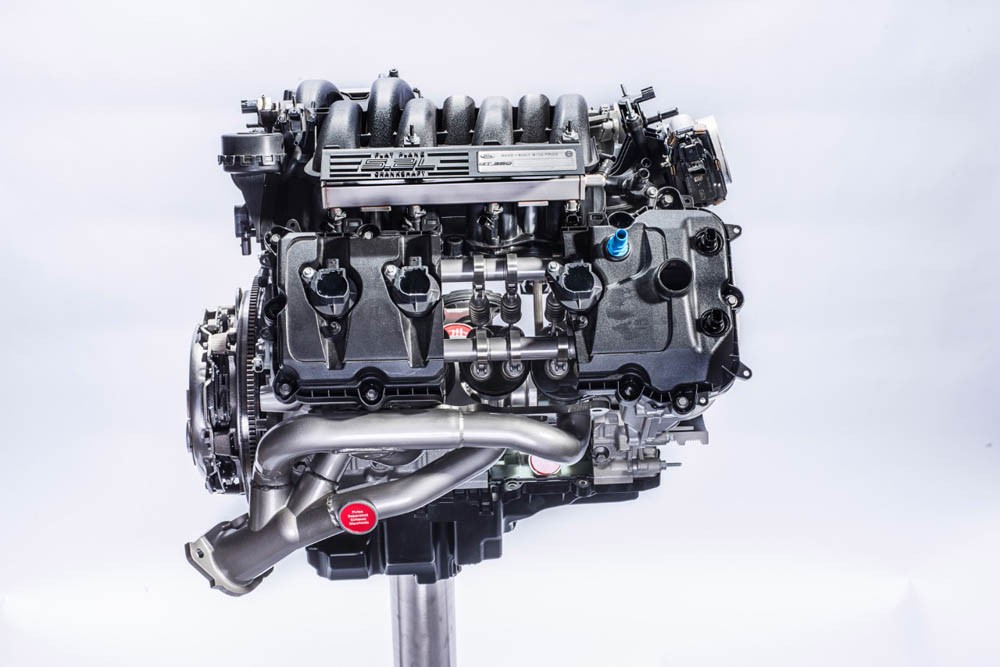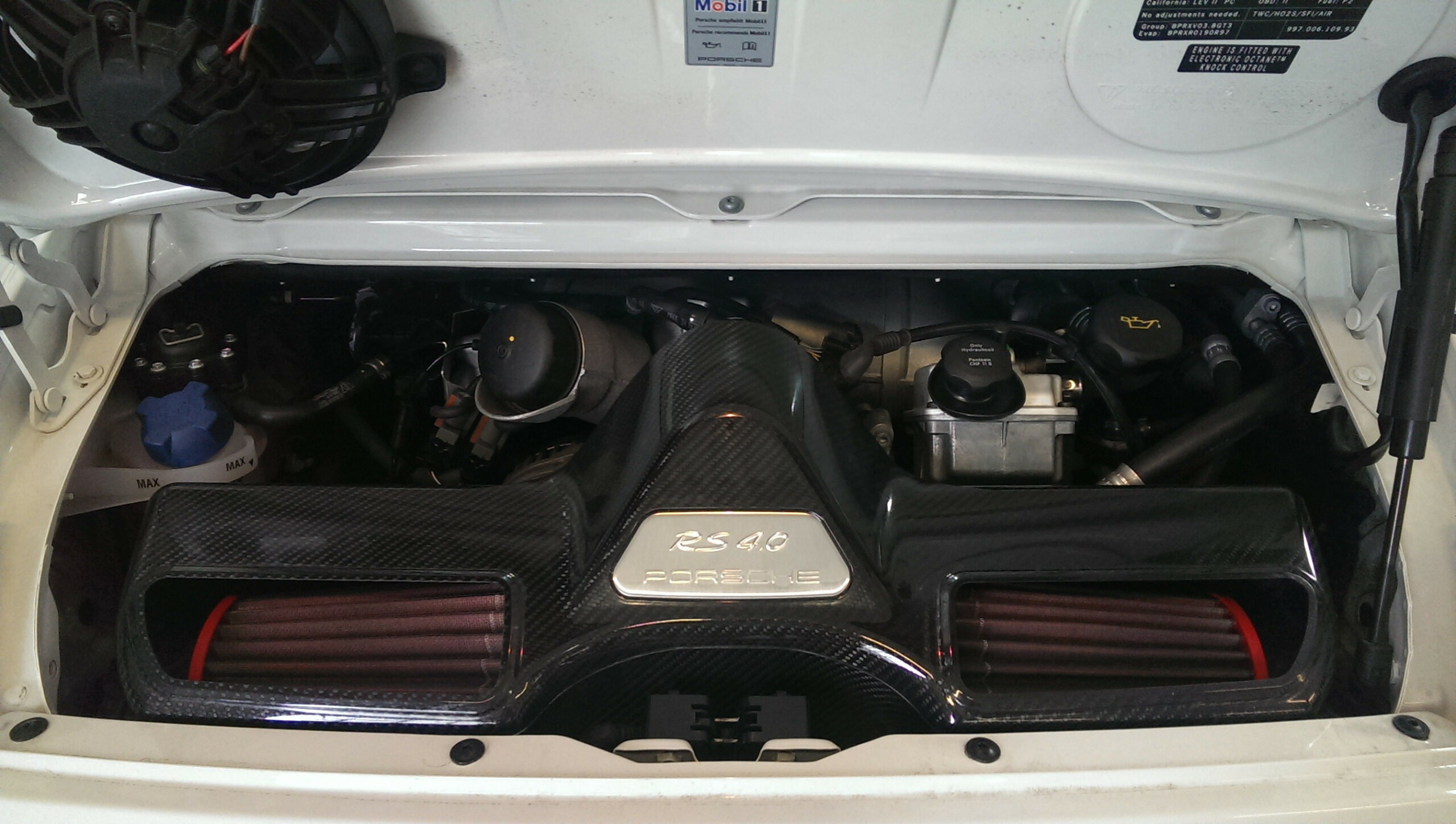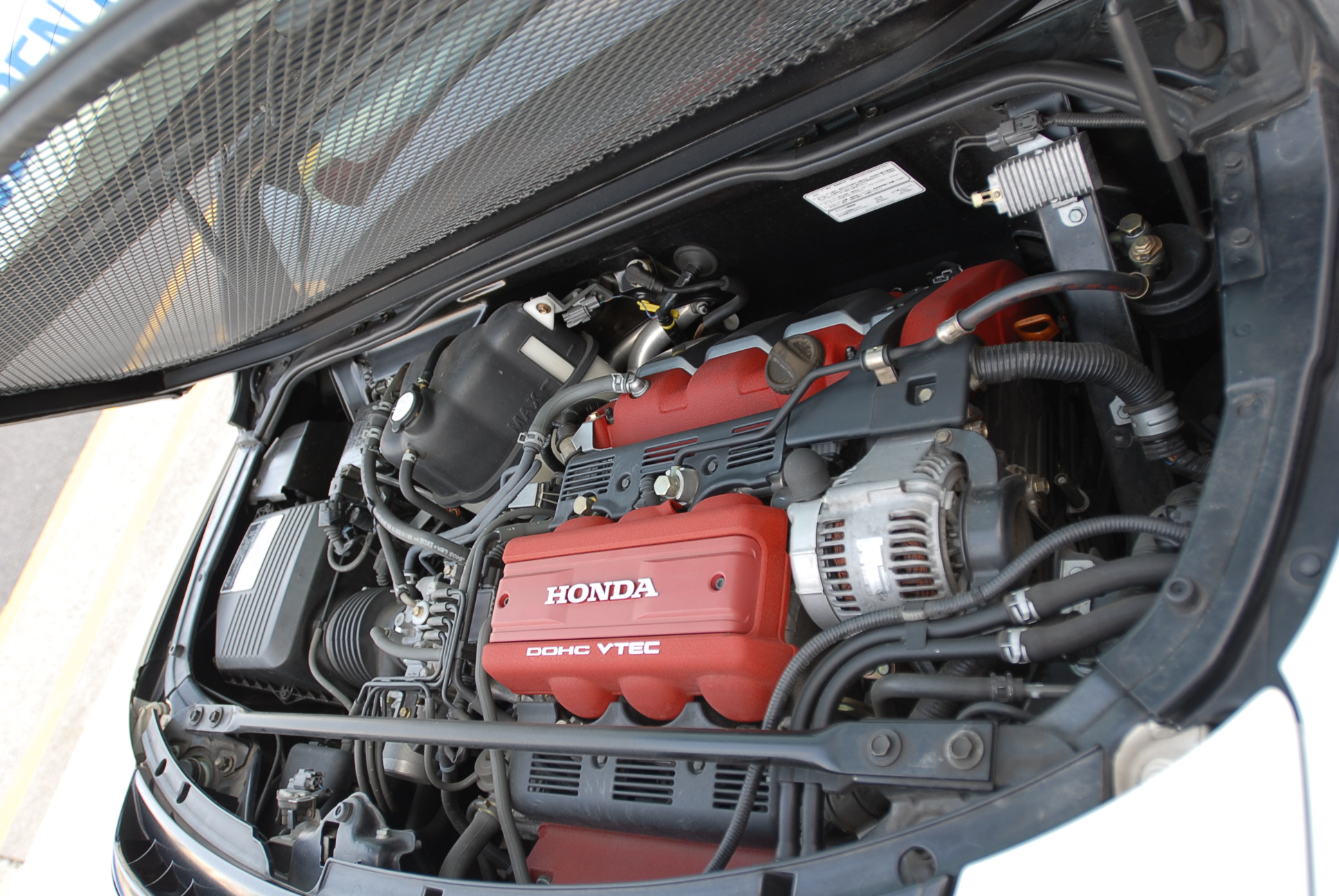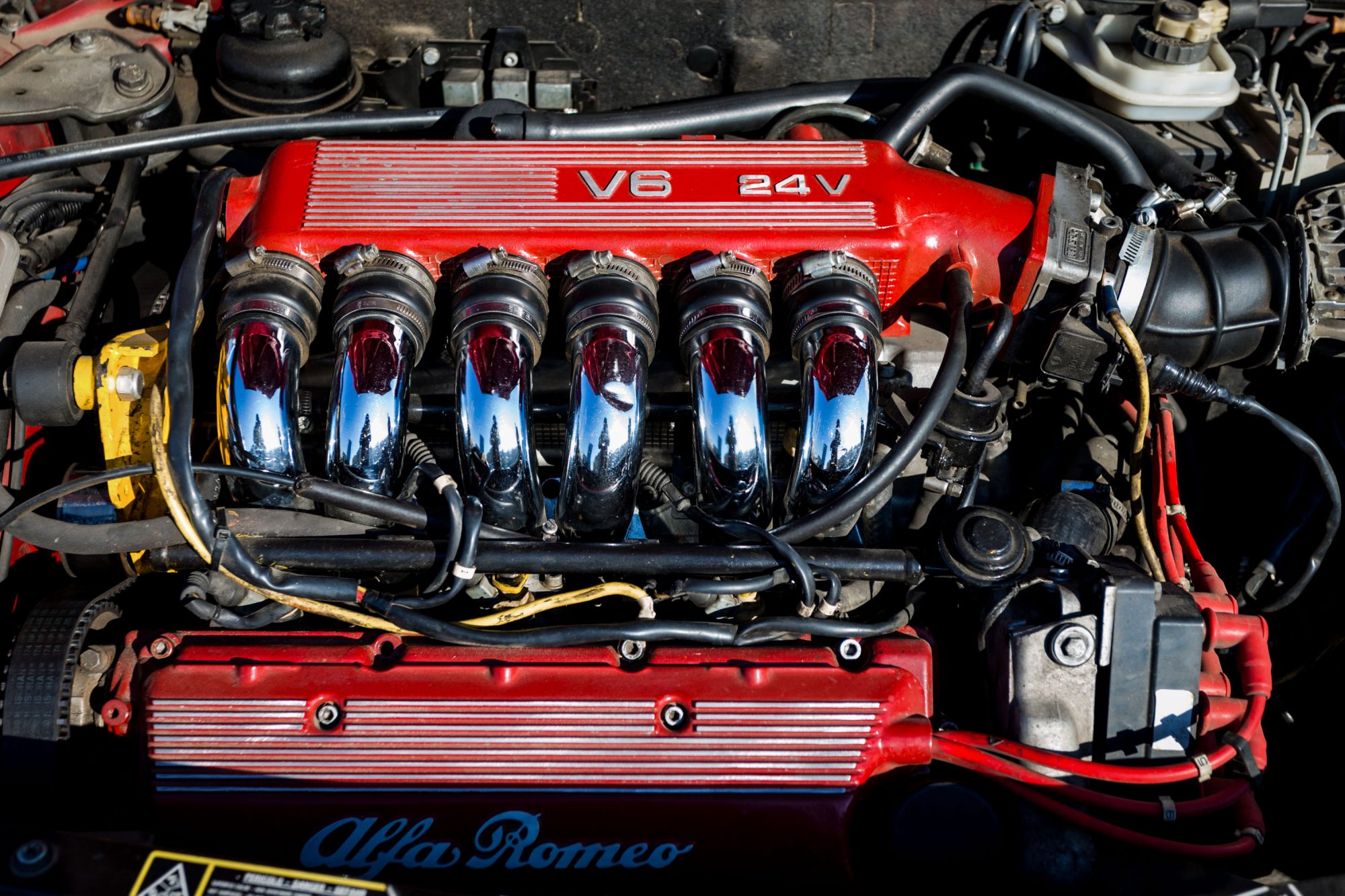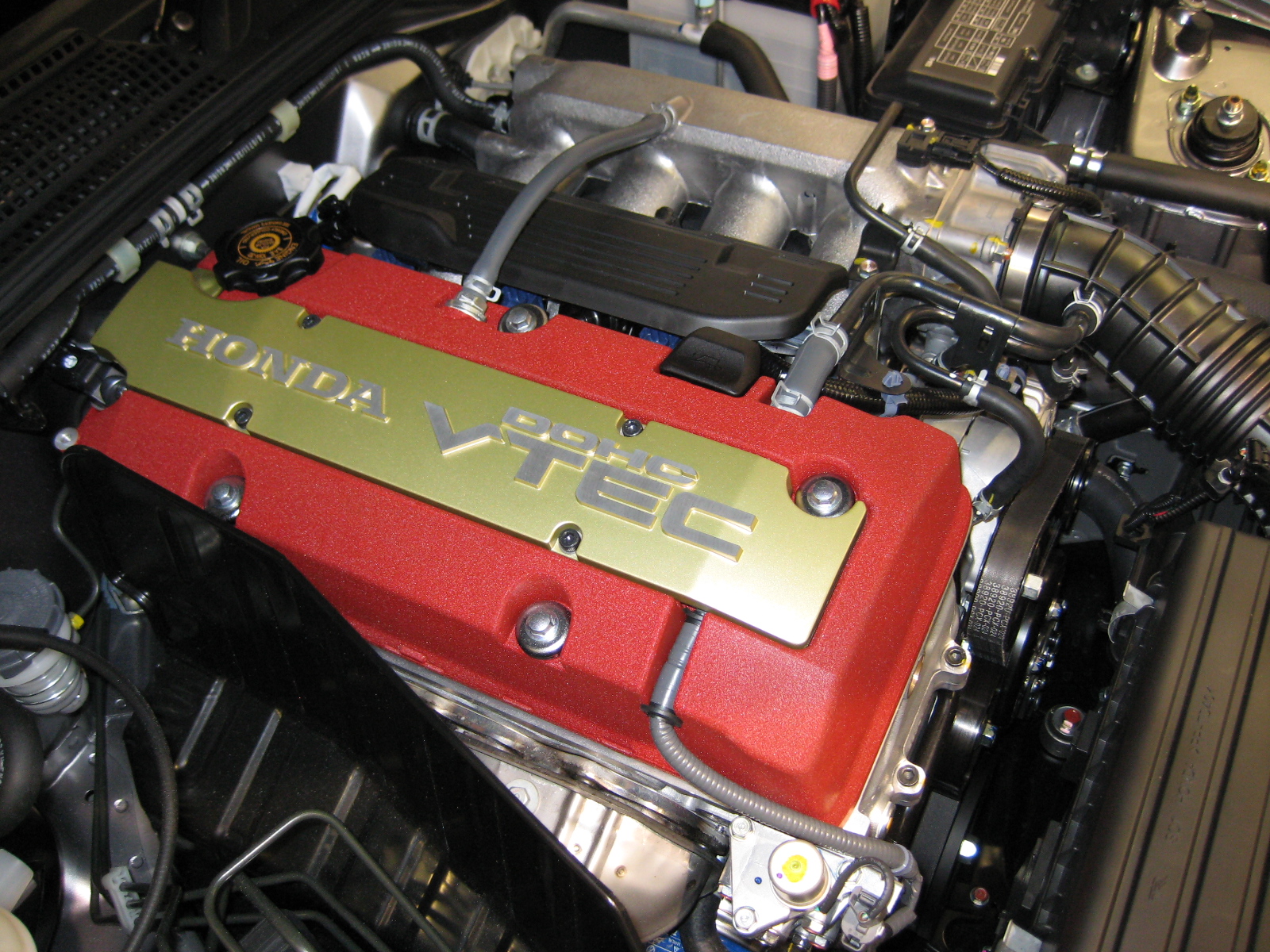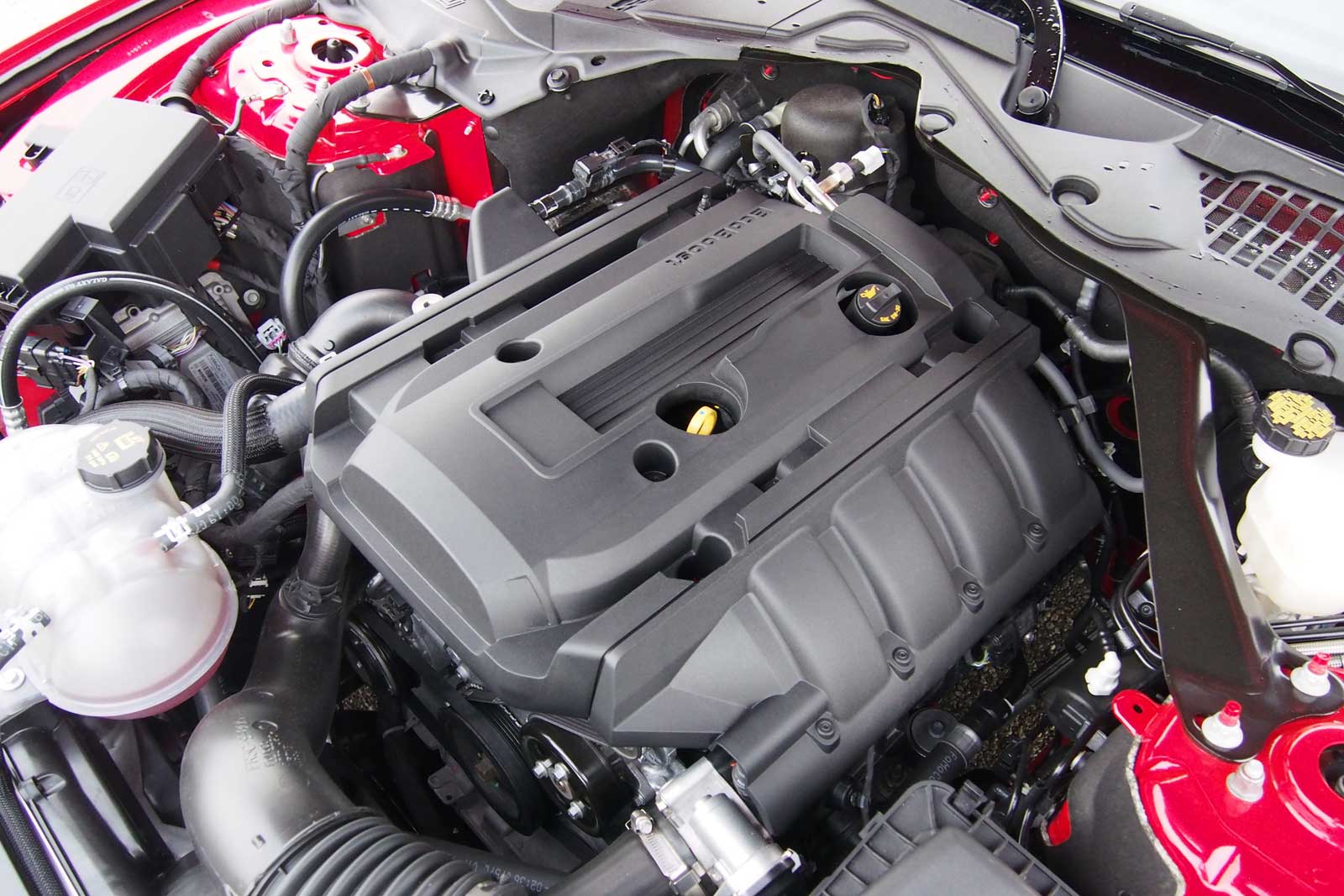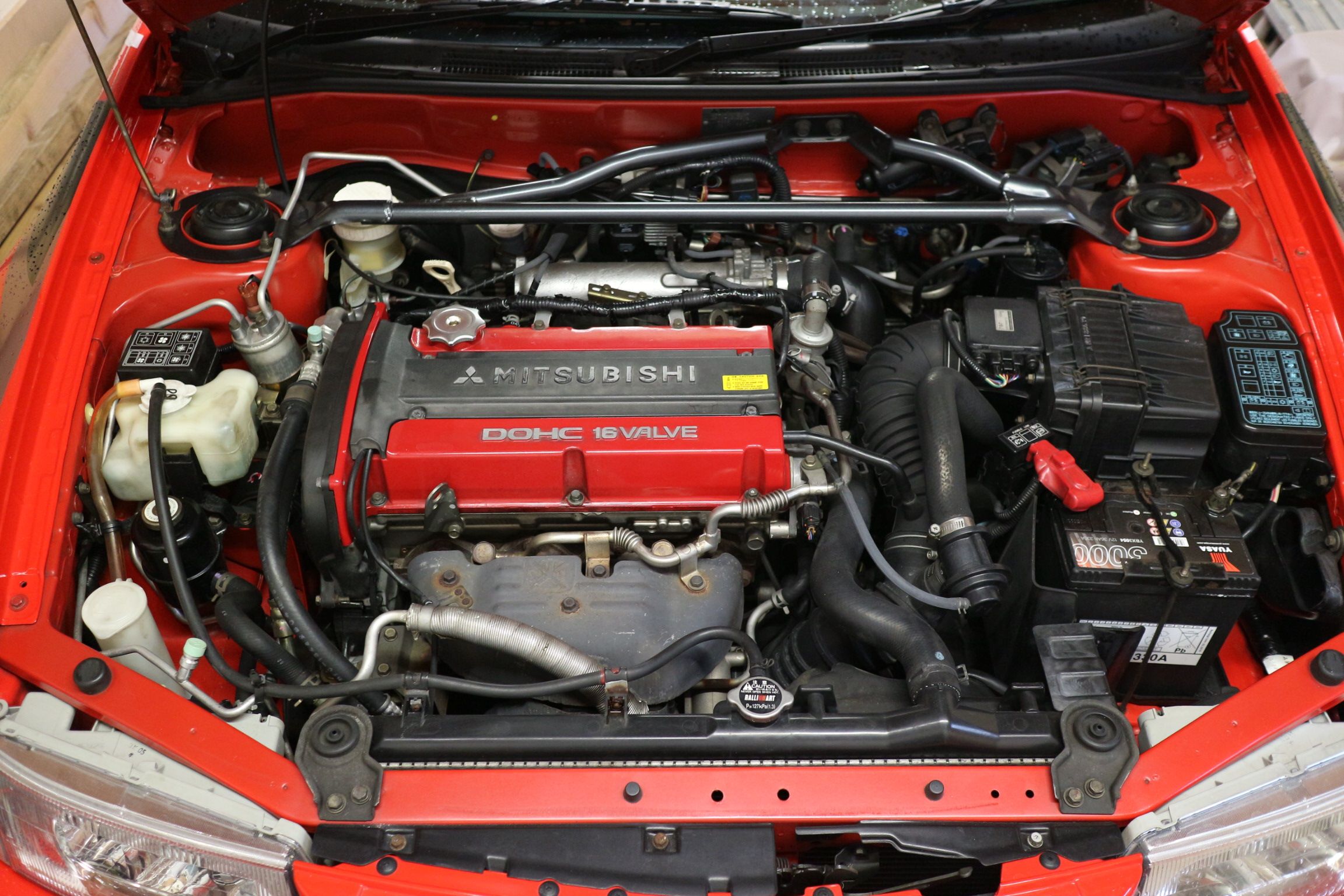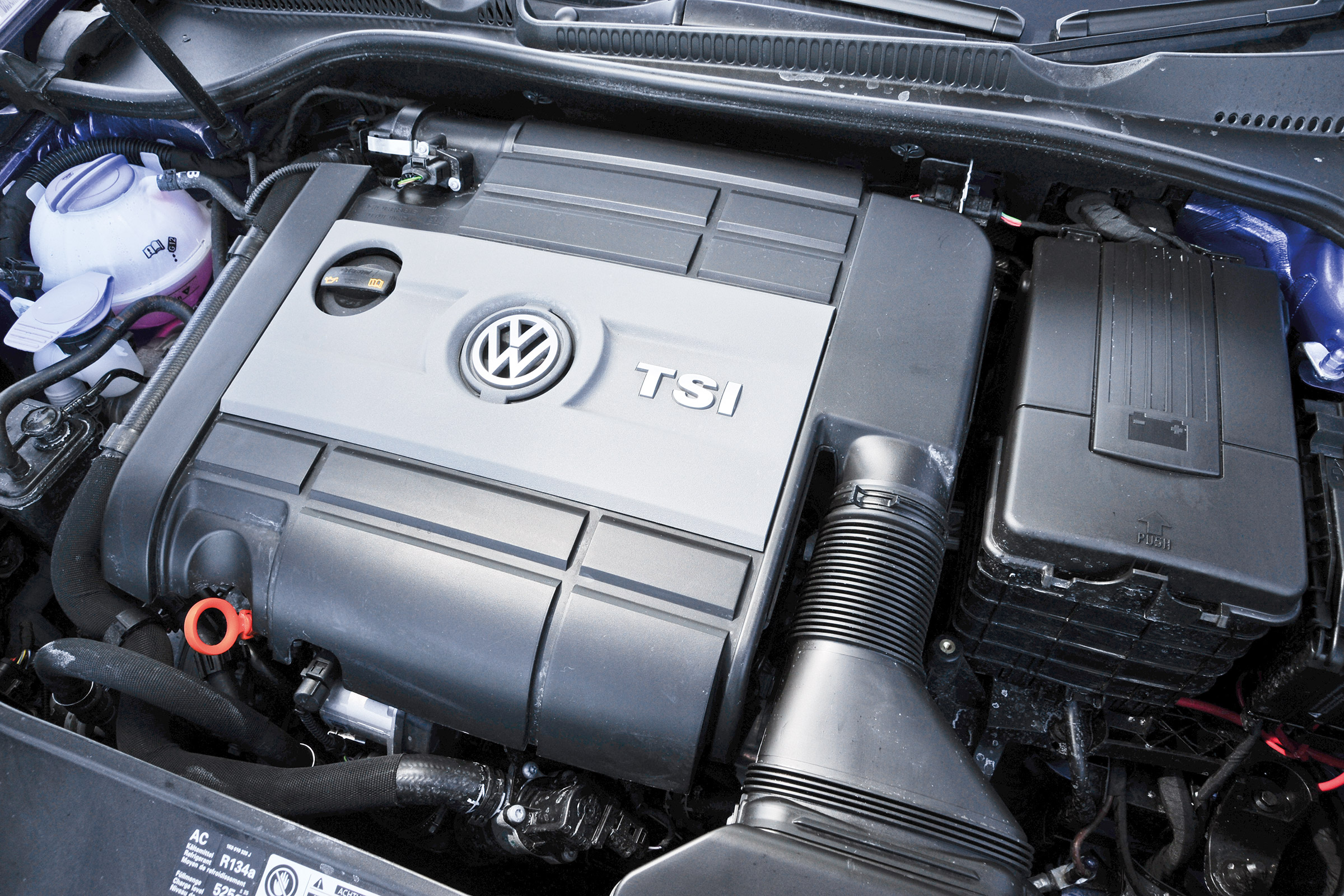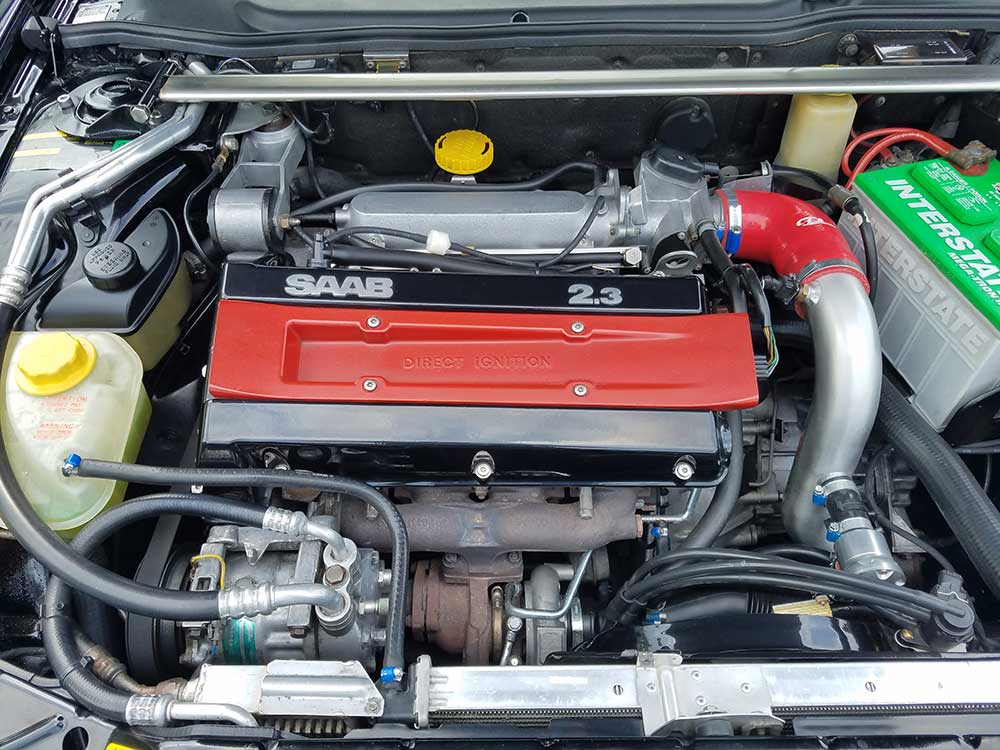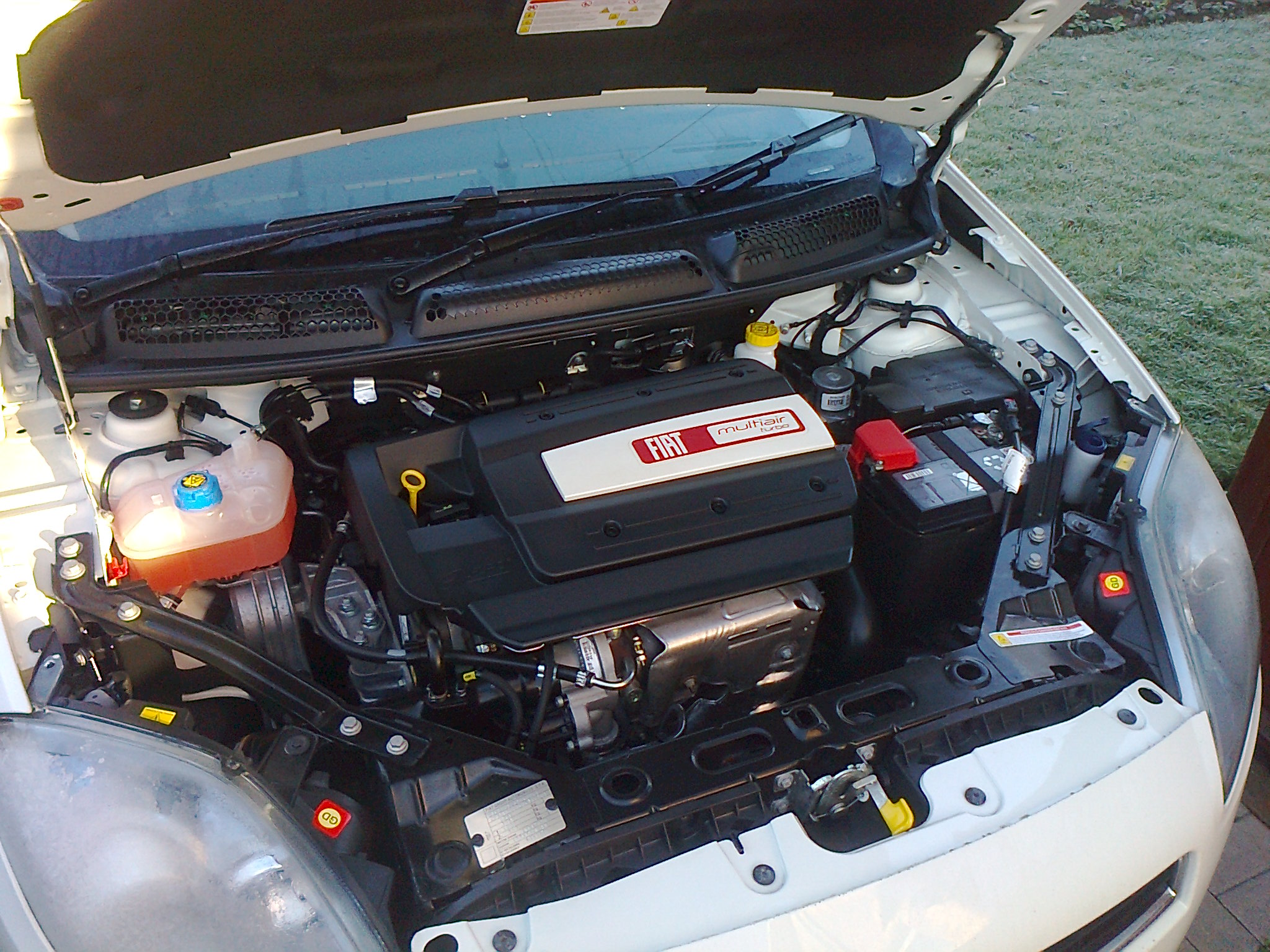In almost all cases, manufacturers who choose to equip their cars with a V8 engine do so knowingly and deliberately. After all, such engines represent the first big step in crossing over a threshold to a place where performance becomes the sole focus; efficiency and economy are often not even invited as guests for a ride-along in the back seat.
With a quick glance at the back mirror, those pesky 4-cylinder and 6-cylinder engines begin to disappear into the horizon. Then, with the proverbial “pedal-to-the-metal,” the V8 power plant unanimously declares “all-in” with a roar—because this journey is all about thrill-seeking and checking things off the bucket list.
As you begin to drive off towards the sunset, you’ll probably receive the odd jeer from EPA employees, people who hate nice sounds, and various other types of sticklers. But nothing’s going to stop you from reaching your destination. At the end of this journey begins a new one; at the race track perhaps, or maybe the backcountry roads and mountain highways?
Here are all the new cars powered by V8 engines—including sports cars, supercars, and hypercars—available for purchase in 2021.
Aston Martin
2021 Aston Martin Vantage


- Base price: $149,086
- Engine: 4.0L twin-turbocharged V8
- Power: 503 hp @ 6,000 rpm
- Torque: 505 lb-ft @ 2,000 rpm
- 0-60 mph: 3.6 s
- Top Speed: 190 mph
The Aston Martin Vantage is Aston Martin’s “entry-level” sports car. Its singular purpose is raw and unwavering: to overwhelm the senses through its world-renowned design, agile performance, and dedicated craftsmanship. Its heart beats with a high-powered 4.0 liter twin-turbocharged V8, producing that visceral Aston Martin roar.
New for the 2021 model year, the Aston Martin Vantage Roadster is the drop-top version of the British automaker’s gateway car. It continues to embody all the same awesome characteristics of its fixed-roof counterpart, amplifying the overall experience with that wind-in-the-hair feeling only the Roadster can provide.
The Aston Martin Vantage AMR is a new breed of predator—95 kg lighter than the base model and boasting a seven-speed rev-matching manual transmission. This is a beast designed to deliver pure, engaging, manual performance—Aston Martin’s interpretation of a “true driver’s car.” Only 200 will be produced.
2021 Aston Martin DB11


- Base price: $198,995
- Engine: 4.0L twin-turbocharged V8
- Power: 503 hp @ 6,000 rpm
- Torque: 513 lb-ft @ 2,000 rpm
- 0-60 mph: 3.7 s
- Top Speed: 208 mph
The Aston Martin DB11 is the most powerful and efficient ‘DB’ production model in Aston Martin’s history. Available as a coupe or Volante with the optional 5.2L twin-turbocharged V12 or standard 4.0L twin-turbocharged V8 engine, the DB11 takes Aston Martin’s grand touring heritage to unprecedented heights.
New for 2021 are the optional Shadow Edition models. Their blacked-out trim packages add subtly sinister touches to Aston’s DB11 coupe and convertible. With a black-painted grille, 20-inch wheels, and badging, the Shadow Edition bits add an extra hint of aggression to the DB11’s svelte bodywork.
The Aston Martin DB11 AMR is the new flagship car of the DB11 range. However, unlike the other models, it comes exclusively with the top engine option—a 5.2L twin-turbocharged V12.
Audi
2021 Audi RS 6 Avant


- Base price: $110,045
- Engine: 4.0L twin-turbocharged V8
- Power: 591 hp @ 6,000 rpm
- Torque: 590 lb-ft @ 2,050 rpm
- 0-60 mph: 3.5 s
- Top Speed: 190 mph
Probably the hottest performance-oriented station wagon on the market right now, the 2021 Audi RS 6 Avant sheds the conservative styling of the car it is based on but remains in line with the high-performance estate concept. Derived from the already-excellent Audi A6 sedan, this souped-up station wagon adds RS-specific bodywork and exclusive go-fast goodies.
The Audi RS 6 Avant is a powerful car with a mild-hybrid powertrain. At its heart is a twin-turbocharged 4.0L V8 engine, which puts out a whopping 591 hp and 590 lb-ft of torque. The results are impressive, too—the car can sprint from 0-62 mph in just 3.6 seconds, on its way to a top speed of 155 mph. This is the first RS wagon to come to America, and Audi wants to make it count.
2021 Audi RS 7


- Base price: $115,045
- Engine: 4.0L twin-turbocharged V8
- Power: 591 hp @ 6,000 rpm
- Torque: 590 lb-ft @ 2,050 rpm
- 0-60 mph: 3.5 s
- Top Speed: 190 mph
The Audi RS 7 Sportback is what you get when you take the RS 6 Avant’s engine, then place it in a sleeker Audi Sportback frame. The resulting Audi RS 7 Sportback is an aggressive and beautiful car, with the specs to back up its appearance. This strikingly athletic yet elegant four-door sports car is the perfect blend of practicality and performance.
At the heart of the car is the twin-turbocharged 4.0L V8 engine with a mild-hybrid system, which puts out a whopping 591 hp and 590 lb-ft of torque. Like the RS 6, it can go from 0-62 mph in just 3.6 seconds and reach a top speed of 155 mph.
Bentley
2021 Bentley Flying Spur V8


- Base price: $198,725
- Engine: 4.0L twin-turbocharged V8
- Power: 542 hp
- Torque: 569 lb-ft
- 0-60 mph: 4.0 s
- Top Speed: 198 mph
The Flying Spur gets a new model for 2021. Known as the 2021 Bentley Flying Spur V8, the biggest difference for this trim is the use of a twin-turbocharged 4.0L V8 engine that produces 542 hp and 569 lb-ft of torque; it also features cylinder deactivation for improved fuel economy. Bentley says more of its customers want to hustle their cars around instead of being chauffeured and that the more efficient and fun V8 Flying Spur will be the more popular choice with this crowd.
2021 Bentley Continental GT V8


- Base price: $207,825
- Engine: 4.0L twin-turbocharged V8
- Power: 542 hp @ 5,750 rpm
- Torque: 568 lb-ft @ 2,000 rpm
- 0-60 mph: 3.9 s
- Top Speed: 198 mph
With a lively V8 engine delivering irresistibly dynamic performance, accompanied by the sound of its uniquely emotive burble, the new Bentley Continental GT V8 offers a truly engaging driving experience. A grand tourer that makes every journey breathtaking. The Continental GT V8 is exceptionally responsive, delivering breathtaking acceleration accompanied by the irresistible sound of a Bentley V8 engine.
With the new Bentley Continental GT V8 Convertible, open-air grand-touring is always exhilarating. With its spirited V8 engine, innovative technology, sleek, contemporary design, and exquisite attention to detail, you are both completely in touch with the road beneath you and fully connected to the world around you. A great all-around GT that is our top pick when it comes to both value and overall experience.
BMW
2021 BMW M5


- Base price: $103,500
- Engine: 4.4L twin-turbocharged V8
- Power: 600 hp @ 6,000 rpm
- Torque: 553 lb-ft @ 1,800 rpm
- 0-60 mph: 3.0 s
- Top Speed: 190 mph
Updates for 2021 are not under the hood for the M5. There have been no changes in the power department, but the M5 does receive a freshened-up appearance with redesigned front and rear bumpers, new headlights and taillights, and a larger grille. Convenience features such as a larger touchscreen, Android Auto, and cloud-based navigation have also been added.
Where else can you walk into a dealership and buy a sedan that has 600+ hp, all-wheel-drive traction, four doors, and stunning performance both in a straight line and on the race track? This car can really do it all, which more than justifies its 6-figure price tag. The 2021 BMW M5 is more than just your regular sports sedan; it is an epic sports car and the leader in its class.
For us, it’s really a no-brainer to spend the wee-bit extra to step up to the BMW M5 Competition. Just a touch more powerful, the M5 Competition comes with 617 horsepower and 553 lb-ft of torque. Where you really get your money’s worth is through the stiffer dampers, stiffer anti-roll bars, and a .28” lower ride height.
All things considered, the M5 Competition is a sharper, stiffer, and even more performance-oriented version of the M5.
The Competition model gets a new full Merino leather color scheme, a new Track drive mode, and new shock absorbers. These dampers benefit from a recalibrated control system that BMW says should improve ride comfort, especially at high speeds.
2021 BMW M8


- Base price: $133,000 (Coupe), $142,500 (Conv), $130,000 (Gran)
- Engine: 4.4L twin-turbocharged V8
- Power: 600 hp @ 6,000 rpm
- Torque: 553 lb-ft @ 3,600 rpm
- 0-60 mph: 3.2 s
- Top Speed: 190 mph
Big updates for 2021 include BMW announcing that the coupe and convertible versions of the M8 will no longer be available in North America, with the Gran Coupe remaining as the sole body-style option. The Gran Coupe can also be optioned with a new Donington Grey Metallic paint.
The BMW M8 is available in three body configurations: coupe, convertible, and Gran Coupe. It borrows its twin-turbocharged 4.4L V8 engine from the M5, which makes 600 horsepower and 553 lb-ft of torque. The M8 also gives drivers the ability to switch between all-wheel drive and 100% rear-wheel drive, making the car both thrilling and well-suited for any situation thrown its way.
In keeping with the Competition formula as used in the rest of the lineup, the Competition version of the M8 offers up a more hardcore, track-focused version of the base car. The BMW M8 Competition also borrows its engine from its M5 counterpart, producing an additional 17 horsepower over the regular M8. While we don’t expect many M8s to show up to the race track, the Competition package is nevertheless a worth-it option for the more discerning pilots out there.
This car is available in coupe, convertible, and gran coupe body styles. However, only the gran coupe body style is available for the US market.
Chevrolet
2021 Chevrolet Camaro (LT1, SS)


- Base price: $34,000 (LT1), $37,500 (SS)
- Engine: 6.2L naturally aspirated V8
- Power: 455 hp @ 6,000 rpm
- Torque: 455 lb-ft @ 4,400 rpm
- 0-60 mph: 4.1 s
- Top Speed: 198 mph
The Chevrolet Camaro LT1 is the model’s first foray into V8 territory, which allows it to offer a relatively low-priced entry into the world of 8-cylinder performance. Already producing as much as 455 hp, the LT1 is a fantastic choice for those who want an unadulterated, no-nonsense sports car. Stepping up to the 1SS and 2SS doesn’t add any more power, but it provides more performance and convenient amenities—such as a transmission cooler, rear Brembo brakes, magnetic ride control, wider wheels, a different front bumper, and a standard 8″ touchscreen.
2021 Chevrolet Camaro ZL1


- Base price: $63,000
- Engine: 6.2L naturally aspirated V8
- Power: 650 hp @ 6,400 rpm
- Torque: 650 lb-ft @ 3,600 rpm
- 0-60 mph: 3.5 s
- Top Speed: 198 mph
Step up to the Chevrolet Camaro ZL1, and you’re looking at a 650 hp supercharged version, making it the most powerful Camaro available. Driving this car can make 0-60 mph happen in a blistering 3.5 seconds. The all-new range-topping Camaro ZL1 is slated to come with the Corvette’s Z06 engine as standard, providing phenomenal value when it comes to performance.
The track-oriented 1LE package adds performance upgrades that allow the car to handle and brake more capably. It is available in coupe and convertible body styles, and it offers drivers their choice of an engaging manual transmission or a lightning-quick automatic.
2021 Chevrolet Corvette Stingray (C8)


- Base price: $60,995
- Engine: 6.2L naturally aspirated V8
- Power: 490 hp @ 6,450 rpm
- Torque: 465 lb-ft @ 5,150 rpm
- 0-60 mph: 3.0 s
- Top Speed: 194 mph
Probably the most exciting thing to come from the American brand (and perhaps the entire automotive industry) for a long time is the new mid-engine 2021 Chevrolet Corvette C8. It is expected to go full-tilt against the likes of exotic brands such as Porsche, Ferrari, and McLaren on the performance front while costing substantially less to own.
On paper, its bang-for-buck looks untouchable and potentially industry-disrupting. It comes in both coupe and convertible body styles.
Dodge
2021 Dodge Challenger Hellcat


- Base price: $61,270
- Engine: 6.2L supercharged V8
- Power: 717 hp @ 6,450 rpm
- Torque: 650 lb-ft @ 5,150 rpm
- 0-60 mph: 3.6 s
- Top Speed: 199 mph
While the Challenger can be purchased with a V8 engine (starting with the R/T models), we’re going to focus on the Hellcat models here. The Dodge Challenger SRT Hellcat continues to evolve, with the 2021 model year treating fans and enthusiasts to even more madness (and variety) than ever before.
While the supercharged 6.2L V8 engine is a mainstay, the coupe can now be configured with up to 3 different engine options—Hellcat, Redeye, and Super Stock—which produce 717 hp, 797 hp, and 807 hp, respectively. These options allow it to become one of the most powerful production cars in the world.
Widebody packages are available for both the base and Redeye trims (and come standard on the Super Stock) to give the car an even more pronounced and aggressive appearance —one that certainly matches the monster lurking beneath the hood.
2021 Dodge Charger Hellcat


- Base price: $72,670
- Engine: 6.2L supercharged V8
- Power: 717 hp @ 6,450 rpm
- Torque: 650 lb-ft @ 5,150 rpm
- 0-60 mph: 4.0 s
- Top Speed: 196 mph
The Dodge Charger is, for the most part, the sedan version of the Challenger, and it too offers up the company’s exclusive Hellcat experience. For 2021, the Dodge Charger SRT Hellcat—and its new Redeye version—are offered exclusively with the widebody package. These versions produce 717 hp and 797 hp (respectively) from the same 6.2L supercharged V8 used in the Challenger, although no “Super Stock” version is available for the Charger. Yet.
Ferrari
2021 Ferrari Portofino M
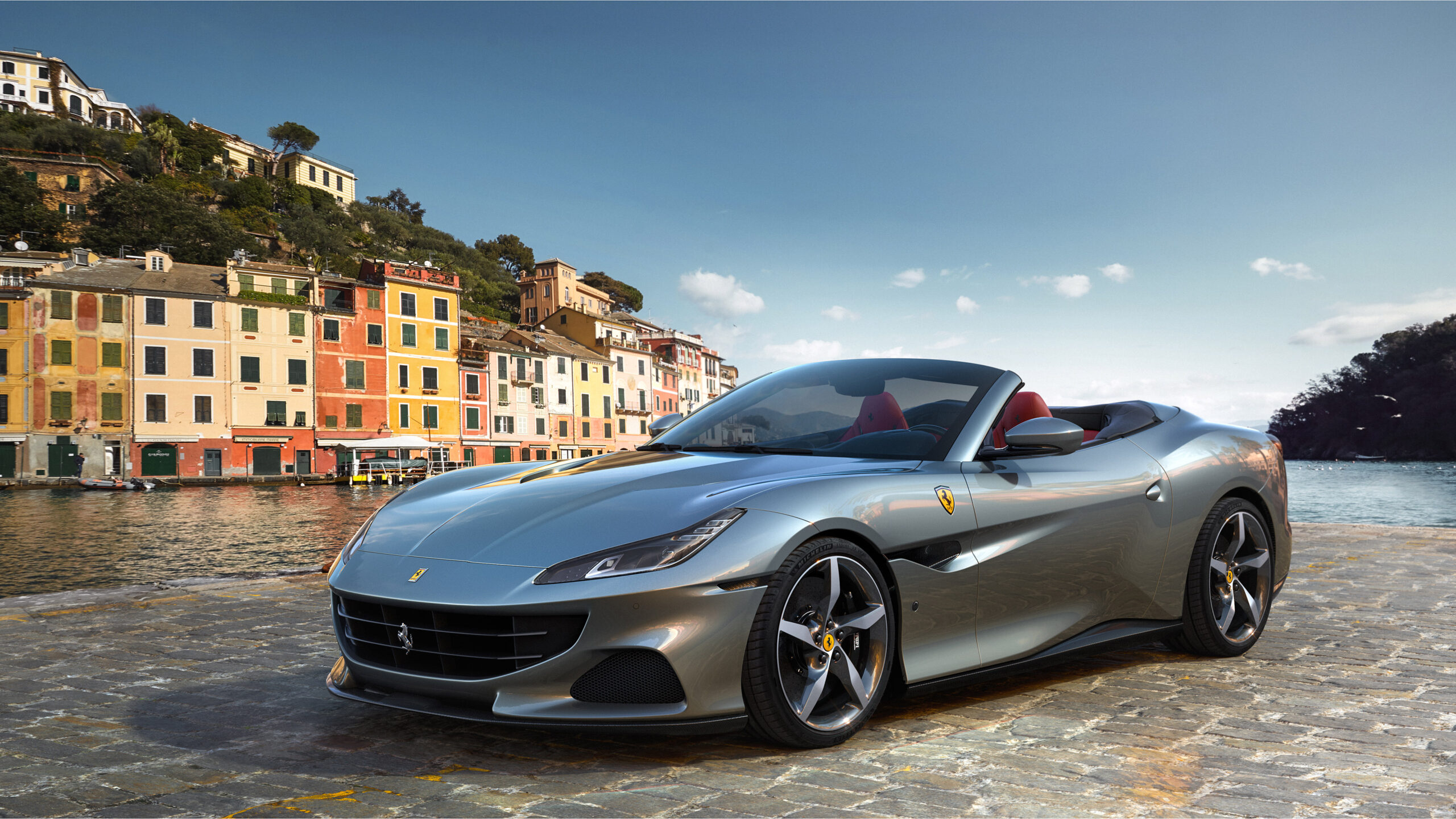

- Base price: US$245,000
- Engine: 3.9L twin-turbocharged V8
- Power: 612 hp @ 7,500 rpm
- Torque: 560 lb-ft @ 3,000 rpm
- 0-60 mph: 3.4 s
- 0-124 mph: 9.3 s
- Top Speed: 199 mph
The Ferrari Portofino has been, for a couple of years, the Italian marque’s 2+2 grand touring cabriolet. It was, and still is, a powerhouse of comfort and technology—as capable of crossing continents as it is of driving a few blocks to the grocery store.
Now, however, it is getting its first refresh, thanks in large part to the success of the Ferrari Roma, which itself was a hardtop coupe evolution of the Portofino. Named the Portofino Modificata, it is shortened to Portofino M for branding purposes.
The highlight of this update has to be the newly developed eight-speed, dual-clutch automatic transmission. The everyday drop-top has also been refined on some other aspects, which now makes it even more convenient. A boatload of safety tech has also been added—plus, now the engine offers 20 hp more.
2021 Ferrari F8 Tributo


- Base price: US$276,000
- Engine: 3.9L twin-turbocharged V8
- Power: 710 hp @ 8,000 rpm
- Torque: 568 lb-ft @ 3,250 rpm
- 0-60 mph: 2.9 s
- 0-124 mph: 7.8 s
- Top Speed: 211 mph
Billed as the replacement for the 488 GTB, the Ferrari F8 Tributo inherits much of the outgoing model’s DNA. Mind you, this is largely (if not entirely) a positive thing, as the F8 Tributo notably improves in areas that had room for it while retaining the essence of what worked so well before.
Considered the ‘entry-level’ mid-engined car in the Ferrari model lineup, the F8 Tributo is nevertheless more than the sum of its parts; it is a highly-capable all-rounder, standing out amongst an expanding club of ‘everyday supercars.’
Producing 710 hp at a screaming 8,000 rpm and 568 lb-ft of torque at an accessible 3,250 rpm, the F8 Tributo’s 3.9L twin-turbocharged V8 is nothing to balk at, despite being standard for the times.
The Ferrari F8 Spider replaces the 488 Spider and is officially on sale in Ferrari dealerships. It is powered by a twin-turbocharged 3.9-liter V-8 that produces 710 horsepower and 568 lb-ft of torque.
The Spider is rear-wheel drive, and a seven-speed automatic transmission changes the gears. Peak torque comes earlier in the rev range than the 488. The aero kit, headlights, taillights, and body also look different than the 488 GTB.
We drove both the F8 Spider and Tributo back-to-back, and our pick is the Spider. It is just as fast and dynamic as the coupe—but it feels faster, louder, and more visceral—thanks in part to its open top.
Like the F8 Tributo, the 2021 Spider accelerates from 0-60 mph in just 2.8 seconds on its way to 124 mph in just 7.8 seconds, and has a top speed of 211 mph. Fast enough, I think!
2021 Ferrari Roma
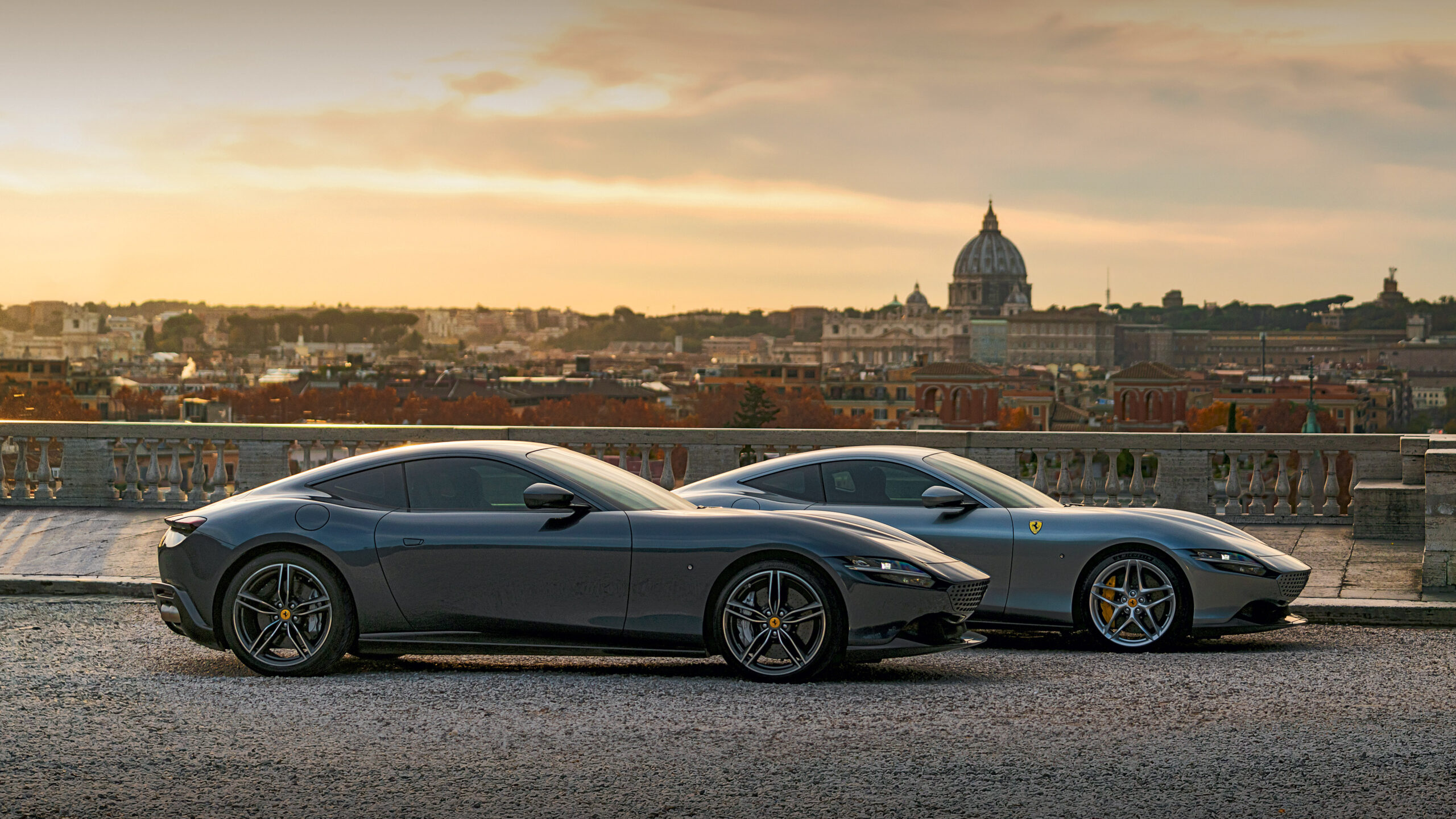

- Base price: US$222,630
- Engine: 3.9L twin-turbocharged V8
- Power: 612 hp @ 7,500 rom
- Torque: 560 lb-ft @ 3,000 rpm
- 0-60 mph: 3.4 s
- 0-124 mph: 9.3 s
- Top Speed: 199 mph
This vehicle is stunning to look at, with a minimalist (by today’s standards) grille and a shark-nose front end. It’s long, lean, and so utterly Ferrari that it makes all the right places on a true car enthusiast ache with desire.
Inside the car, you can see one of the most high-tech cabins of any Ferrari. There’s a large digital instrument cluster, a unique vertically-oriented infotainment screen in the center with some controls in front of it, and the passenger has their own small horizontally-oriented infotainment screen.
Now onto even better stuff; the rear-wheel-drive Ferrari Roma gets a 3.9L twin-turbocharged V8 engine with new cam profiles and a speed sensor that allows the maximum rpm to rise by 5,000 rpm. In other words, this is an Italian Stallion that can truly sing. The engine also has a single-piece exhaust manifold designed to make the most of its efforts. All told, it makes 612 hp and 560 lb-ft of torque.
2021 Ferrari 488 Pista


- Base price: US$350,000
- Engine: 3.9 liter twin turbo V8
- Power: 710 bhp @ 7,500 rpm
- Torque: 568 lb-ft @ 5500 rpm
- 0-60 mph: 2.85 sec
- 0-100 mph: 5.4 sec
- Top Speed: 211 mph
The Ferrari 488 Pista is the marque’s latest Special Series model, and, following in the footsteps of its predecessors, it epitomizes the pinnacle of Ferrari road cars. Ferrari’s naturally aspirated V8s shrieked and snarled into the redline; the Pista barks and roars its way there. A different special series animal for sure, but an animal nonetheless. Almost perfect.
The Ferrari 488 Pista Spider is powered by the same engine used in the coupe, a twin-turbocharged 3.9L V8, which produces a magnificent 711-horsepower and 568 lb-ft of torque. The Spider is a convertible with a removal hardtop, though some would argue it functions more closely to a targa top vehicle. The Spider weighs 200 pounds more than the coupe.
2021 Ferrari SF90 Stradale


- Base price: US$507,000
- Engine: 4.0L twin-turbocharged V8, plus 3 electric motors
- Power: 989 hp (combined)
- Torque: 590 lb-ft
- 0-60 mph: 2.5 s
- 0-124 mph: 6.7 s
- Top Speed: 211 mph
The Ferrari SF90 Stradale is a stunning new hybrid supercar that produces 989 hp from a plug-in hybrid powertrain. This hybrid setup utilizes a twin-turbocharged 4.0L V8 combustion engine linked with three electric motors.
Two of those electric motors are mounted on the front axle, and one is mounted between the engine and the gearbox. The combined maximum output of the V8, together with the electric motors, makes this Ferrari good for 0-60 mph in just 2.5 seconds. This powertrain is the most powerful of any Ferrari and easily places the SF90 Stradale atop the Ferrari lineup.
The car also features an all-new chassis made of carbon fiber and aluminum. The sleek body panels and its aerodynamic shape help the model produce a whopping 860 pounds of downforce at speed; the whole profile of the car is extremely low, allowing it to slice through the air at high speeds. It also has a two-piece rear wing, derived from the company’s participation in Formula 1 racing.
Ford
2021 Ford Mustang Mach 1


- Base price: $53,400
- Engine: 3.5L Twin-Turbo V6
- Power: 450 hp @ 5,000 rpm
- Torque: 510 lb-ft @ 3,500 rpm
- 0-60 mph: 5.1 s
- Top Speed: 107 mph
Instead of starting with the Mustang GT, we have moved straight to the limited-edition Ford Mustang Mach 1, which gets a 480-hp version of Ford’s 5.0L naturally-aspirated V8 engine. The Mach 1 comes standard with a 6-speed manual transmission, while a 10-speed automatic is an optional add-on. There is a unique front end and heritage-inspired look with black stripes on the hood and bodysides.
The car also benefits from advanced aerodynamic and cooling upgrades, courtesy of the awesome Shelby GT350 and Shelby GT500. We recommend opting for the Mach 1’s Handling package to experience the full potential of the model.
2021 Ford Mustang Shelby GT500


- Base price: $72,900
- Engine: 5.2L supercharged V8
- Power: 760 hp @ 7,300 rpm
- Torque: 625 lb-ft @ 5,000 rpm
- 0-60 mph: 3.3 s
- Top Speed: 180 mph
There’s a lot to love about the GT350’s bigger brother (especially with the GT350 being discontinued for 2021)—the Ford Mustang Shelby GT500. It’s the most muscular of all of Ford’s vehicles, but it’s not just fast in a straight line with its supercharged 760 hp V8. The car can make its way around the twists and bends of the most technical racetracks quickly, too. It’s almost as quick as a Porsche 911 GT3 RS on the track, according to some credible sources.
Jaguar
2021 Jaguar F-Type R


- Base price: $103,200
- Engine: 5.0L supercharged V8
- Power: 575 hp @ 6,500 rpm
- Torque: 516 lb-ft @ 3,500 rpm
- 0-60 mph: 3.5 s
- Top Speed: 186 mph
The Jaguar F-Type R has seen its engine output increased for the 2021 year, gaining 25 hp and 14 lb-ft of torque over the previous year’s entry. The engine is exclusively mated to an all-wheel drive version.
The platform remains unchanged, with updates to the exterior and interior that keep the model feeling fresh and consistent with the rest of its lineup. New LED headlights and taillights, a revised front and rear bumper, and a new infotainment system are amongst the new offerings.
Available in both coupe and convertible form, the F-Type R sports car is now the highest F-Type trim in the lineup and is equipped with an arsenal intent on squaring off against the likes of the Porsche 911 and comparable Mercedes AMG models. With sharp handling and blistering acceleration—thanks in large part to its all-wheel-drive system—the F-Type R makes for a padded spec sheet and costs less than most of its competition.
Koenigsegg
2021 Koenigsegg Jesko


- Base price: $2,800,000
- Engine: 5.0L twin-turbocharged V8
- Power: 1,600 hp
- Torque: 1,106 lb-ft
- 0-60 mph: 2.5 s
- Top Speed: 300+ mph
Koenigsegg’s new Jesko hypercar, named after his father, who helped him start his company, claims over 300 mph as its top speed. While Koenigsegg hasn’t yet proven this in the real world, the Agera successor has achieved this feat in simulations, and the company certainly believes it to be as good as true.
There are two different versions of the car; Koenigsegg designed one for a high-speed run (called the Absolut) to achieve the aforementioned 300+ mph, and another with some serious downforce for the racetrack. No matter the variant, you get a new carbon fiber and aluminum chassis, a new suspension setup, redesigned engine, and a special gearbox.
2021 Koenigsegg Regera


- Base price: $2,000,000
- Engine: 5.0L twin-turbocharged V8 + 3 electric motors
- Power: 1,500 hp
- Torque: 1,475 lb-ft
- 0-60 mph: 2.5 s
- Top Speed: 255 mph
The 2021 Koenigsegg Regera is definitely part of the small and exclusive group of hybrid hypercars. Koenigsegg launched the model at the 2015 Geneva Motor Show, and since then, it has generated much hype amongst many car lovers and enthusiasts.
Besides a regular engine, the Koenigsegg Regera also carries an electric unit that produces up to 700 hp and 663 lb-ft of torque with a 4.5 kWh liquid-cooled battery pack. As a result, the car—in combination with its 5.0L twin-turbocharged V8—produces an amazing 1,500 hp, simply making it the most powerful hybrid hypercar in the world.
Lamborghini
2021 Lamborghini Urus


- Base price: US$218,009
- Engine: 4.0L twin-turbocharged V8
- Power: 641 hp @ 6,000 rpm
- Torque: 627 lb-ft @ 2,250 rpm
- 0-60 mph: 3.6 sec
- 0-100 mph: 7.6 sec
- Top Speed: 190 mph
Yes, we know that the Lamborghini Urus is, by all accounts, an SUV. However, it’s also a Lamborghini, and this list just wouldn’t be complete without one. It really doesn’t matter anyway because the Urus is practically a supercar, and it has the credentials to back it up.
The Urus is powered by a 4.0L twin-turbocharged V8 that is good for 641 hp and 627 lb-ft of torque. Performance is astonishing for the big SUV, with the 0-60 mph trek over in a mere 3.2 seconds, on its way to a top speed of 190 mph.
It looks aggressive, and we think it has just the right level of Lambo styling cues without going overboard. On the inside, the Urus has decent luggage space and a generous helping of electronics and infotainment equipment. The Urus remains Lamborghini’s only sport utility vehicle in the lineup for the 2021 model year.
Self-proclaimed as the world’s first Super Sport Utility Vehicle, we like to call it a luxurious, sporty SUV—where outlandish performance meets comfort and versatility. It offers best-in-class driving dynamics and is easily the best-performing SUV on the planet. The Lamborghini Urus is anything but your typical grocery hauler.
Lexus
2021 Lexus LC500


- Base price: $92,950
- Engine: 5.0L naturally-aspirated V8
- Power: 471 hp @ 7,100 rpm
- Torque: 398 lb-ft @ 4,800 rpm
- 0-60 mph: 4.9 s
- Top Speed: 168 mph
The range-topping Lexus LC500 luxury coupe continues to use the same naturally-aspirated V8 power plant seen in the rest of the brand’s performance lineup. Notable features include the adjustable suspension, which serves to provide a remarkable fusion of performance and comfort.
For 2021, the car remains virtually unchanged, although Lexus has recently released a convertible version of the LC500. The convertible roof will open and close in about 15 seconds and can be operated at speeds up to 31 mph. That’s pretty impressive.
Because of the open-top, the car required some additional structural components for rigidity but remains mechanically identical to the coupe otherwise.
Maserati
2021 Maserati Ghibli Trofeo


- Base price: $109,890
- Engine: 3.8L twin-turbo V8
- Power: 580 hp @ 6,750 rpm
- Torque: 538 lb-ft @ 2,250 rpm
- 0-60 mph: 4.0 s
- Top Speed: 203 mph
Car and Driver said of the Ghibli, “As a sports sedan, the Ghibli’s a winner, but it doesn’t live up to expectations on the luxury side of the spectrum.” The Maserati Ghibli Trofeo offers more of the same—but with more power, more fun, and more performance. These additions work extremely well, and for enthusiasts, this model offers a nice upgrade to the car they know and love.
2021 Maserati Quattroporte Trofeo
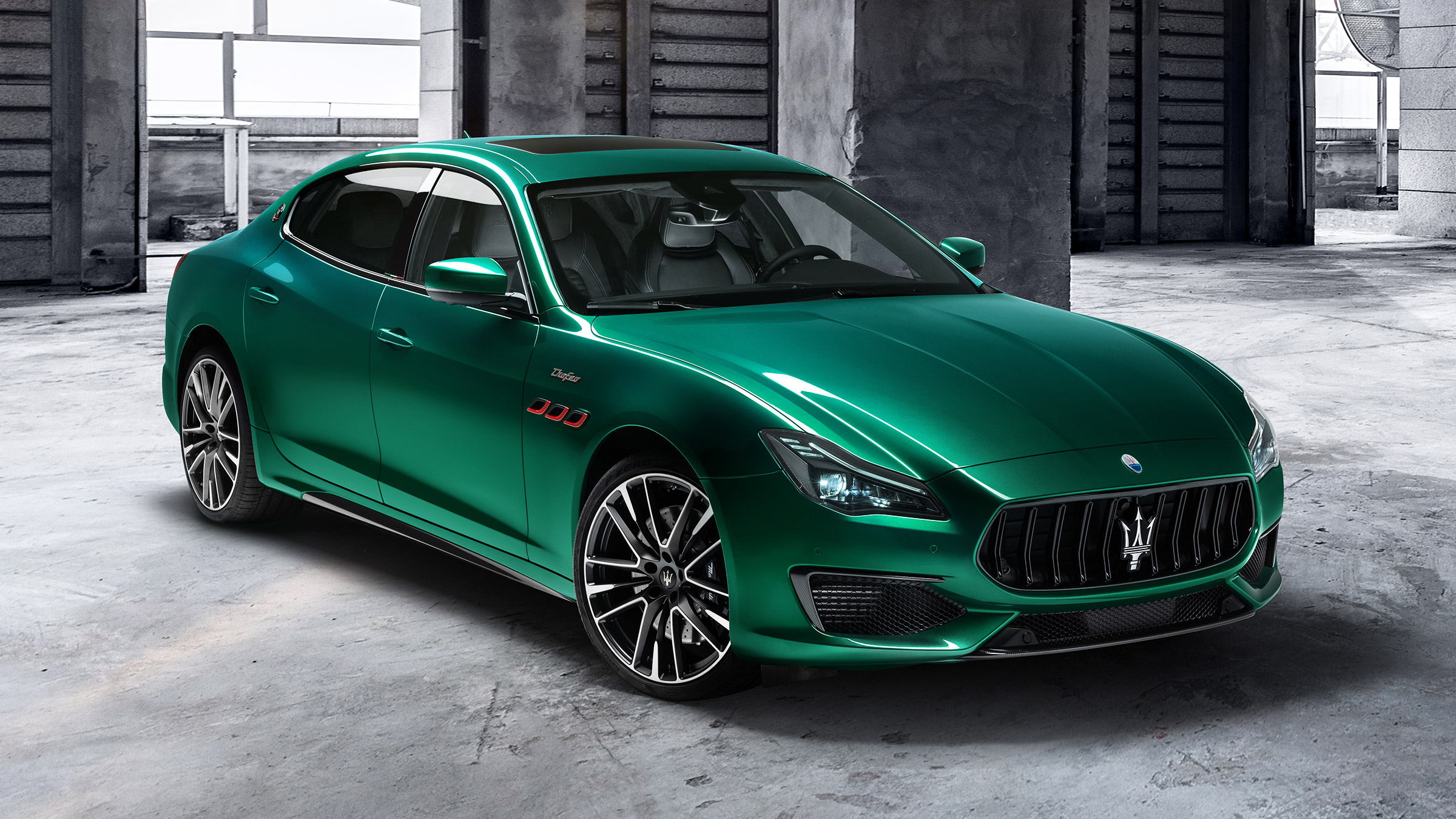

- Base price: $142,390
- Engine: 3.8L twin-turbo V8
- Power: 580 hp
- Torque: 524 lb-ft
- 0-60 mph: 4.2 s
- Top Speed: 203 mph
The Quattroporte is a good car, but not a great one. It sits in a kind of limbo area where it is both a GT and also a sports-focused car.
Fortunately, the addition of the twin-turbo V8 makes it way better. It becomes more powerful, more sporty, and the performance is transformed. This year, it becomes a car that a true enthusiast can love—the Maserati Quattroporte Trofeo.
McLaren
2021 McLaren 540C
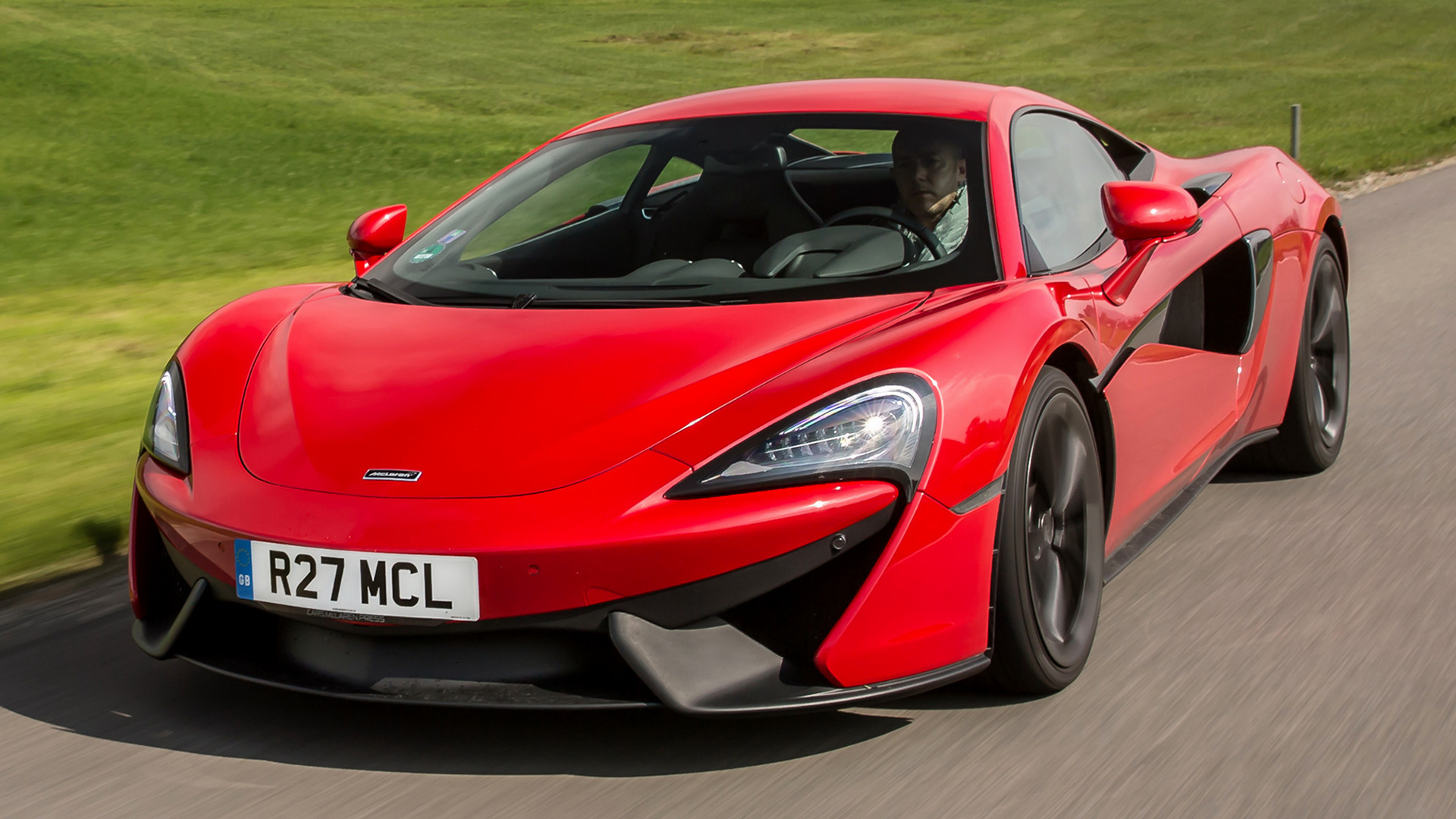

- Base price: US$184,900
- Engine: 3.8L M838TE twin-turbocharged V8
- Power: 533 bhp @ 7,500 rpm
- Torque: 398 lb-ft @ 3,500-6,500 rpm
- 0-60 mph: 3.4 sec
- 0-124 mph: 10.5 sec
- Top Speed: 199 mph
This car’s an entry-level assassin. A mid-mounted 533-hp 3.8-liter twin-turbo V8 drives the rear wheels of the 540C. Despite its lower price, the McLaren 540C inherits performance-aiding technologies from its pricier siblings, such as a system that applies the brakes to a rear wheel to help the car around corners.
Boasting 0-62mph in 3.5 seconds, 0-124mph in 10.5, a top speed of 199 mph, and a power-to-weight ratio of 412 horsepower per ton, this is definitely a car for impressing your friends. What more could you want for your money?
2021 McLaren 570S Coupe
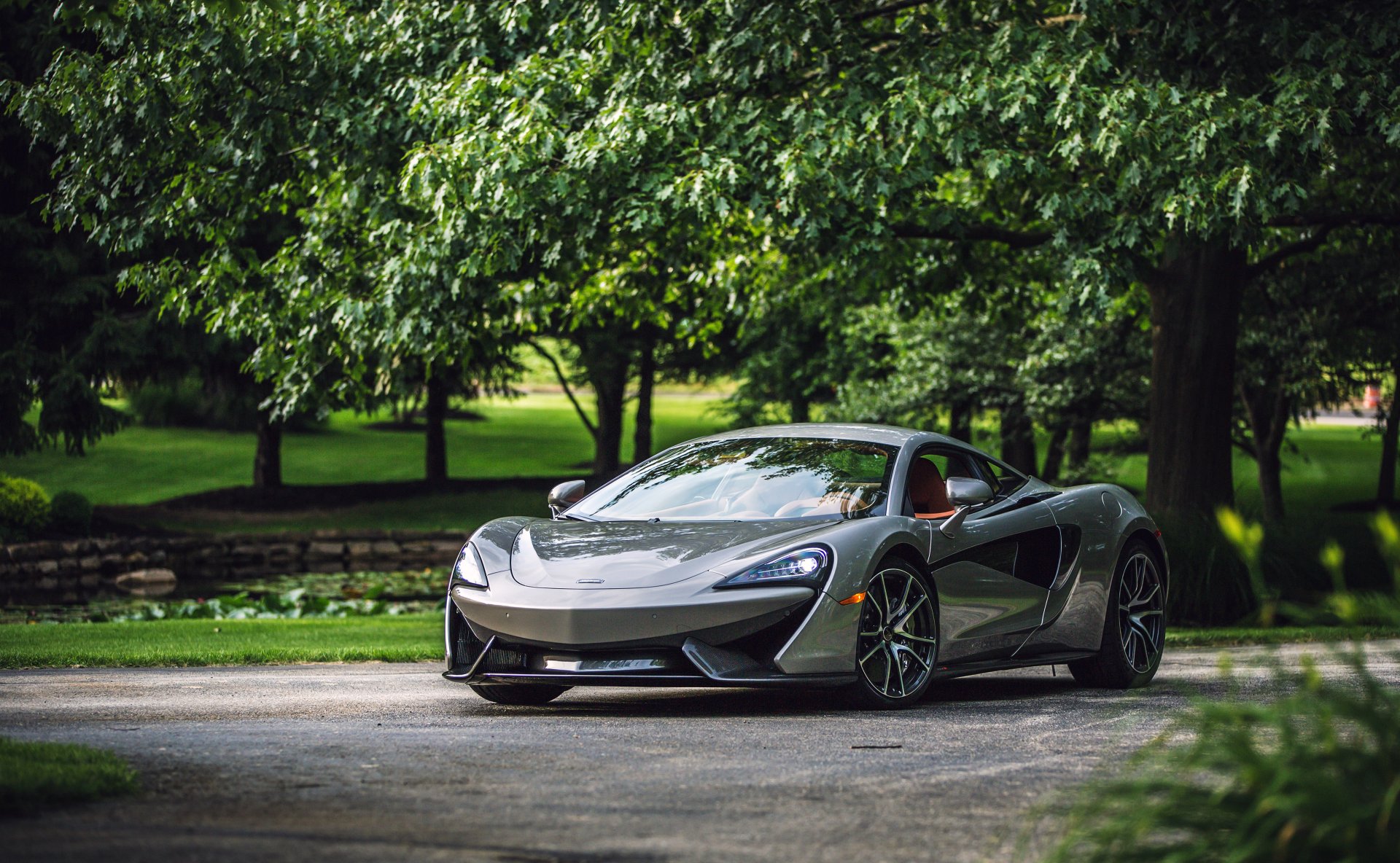

- Base price: US$191,100
- Engine: 3.8L M838TE twin-turbocharged V8
- Power: 562 bhp @ 7,500 rpm
- Torque: 443 lb-ft @ 5,000-6,000 rpm
- 0-60 mph: 3.1 sec
- 0-124 mph: 9.5 sec
- Top Speed: 204 mph
This is the car you buy when you are sick of your Porsche. It is a true sports car experience: very driver-centric and with truly epic performance. We have found the McLaren 570S as the perfectly positioned car in the McLaren range.
It has more performance than you could ever need on the road. It is lightweight, has direct steering, and has amazing driving dynamics. It looks like a supercar but also comes with enough interior amenities to be comfortable as a daily driver.
Between a 911 Turbo or 570S, I know which one I’d take. Queue the 570S, please.
2021 McLaren 570S Spider
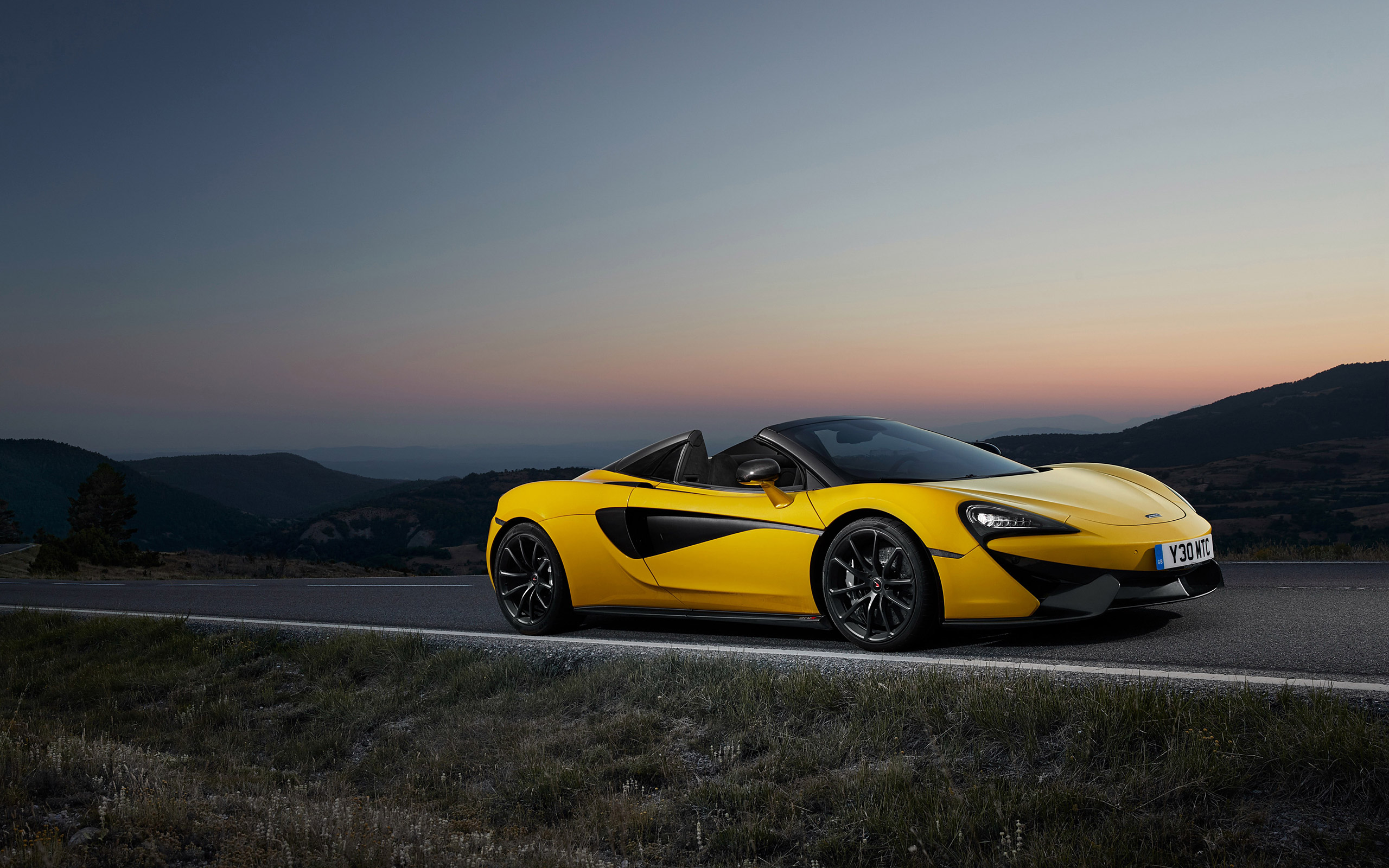

- Base price: US$211,300
- Engine: 3.8L M838TE twin-turbocharged V8
- Power: 562 bhp @ 7,500 rpm
- Torque: 443 lb-ft @ 5,000-6,000 rpm
- 0-60 mph: 3.2 sec
- 0-124 mph: 9.6 sec
- Top Speed: 199 mph
Basically a 570S with a retractable hardtop, the McLaren 570S Spider is awesome. Gone are the days where convertibles were compromised; McLaren seems to have figured out how to make them as good as their coupe siblings.
The Spider has the same twin-turbo V8 as the coupe, as well as the same carbon fiber MonoCell II chassis. Take the top down (15 seconds), and you add a whole host of sounds and sensations that are unique to the Spider. Performance is on par with the 570S coupe (within a 10th of a second to 60 mph and 124 mph).
2021 McLaren 570GT
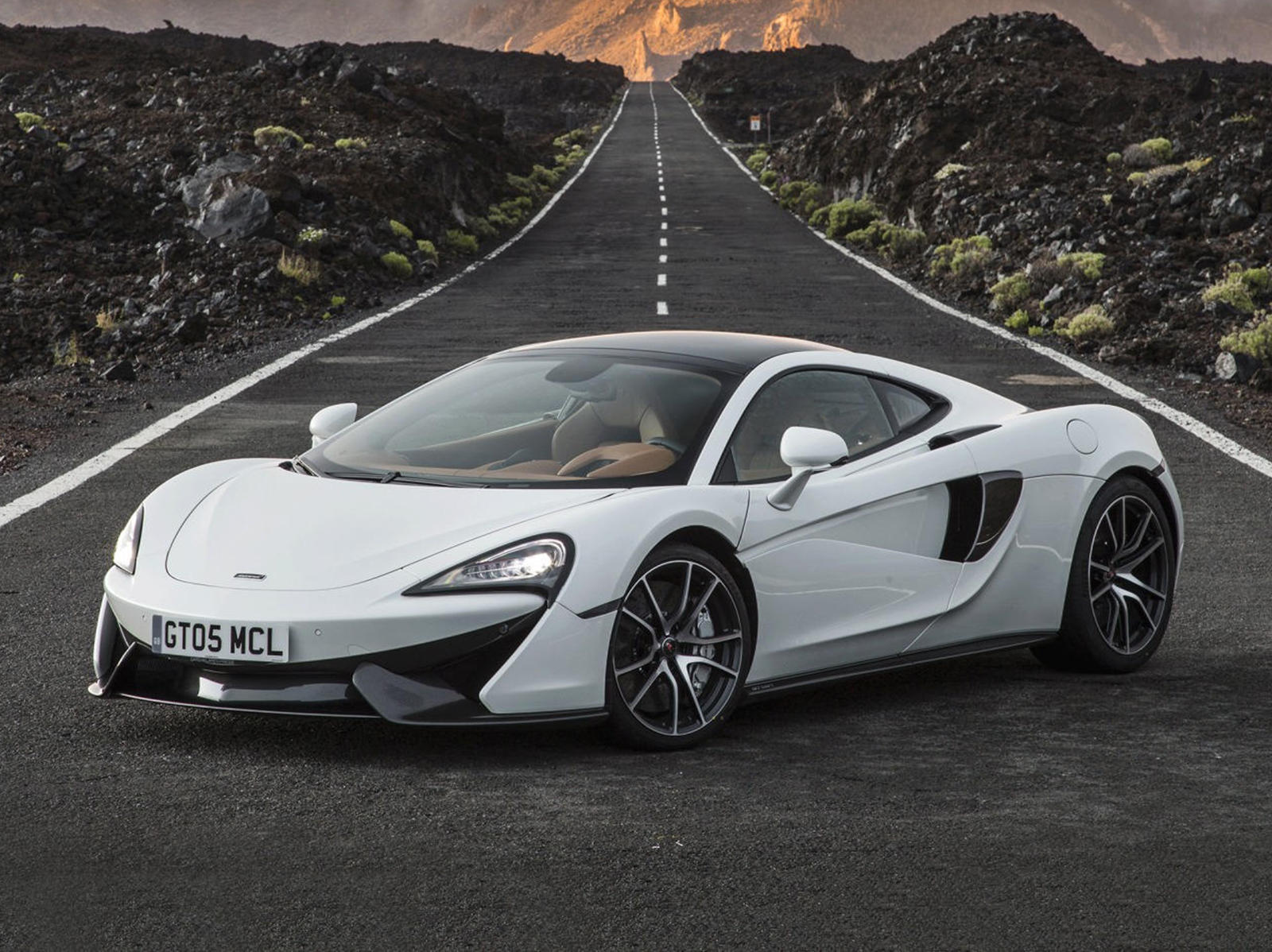

- Base price: US$203,950
- Engine: 3.8L M838TE twin-turbocharged V8
- Power: 562 bhp @ 7,500 rpm
- Torque: 443 lb-ft @ 5,000-6,000 rpm
- 0-60 mph: 3.4 sec
- 0-124 mph: 9.8 sec
- Top Speed: 204mph
Practical, Fast, Luxurious. The McLaren 570GT is an intriguing model to consider now that the company has launched a focused GT model. It adds extra comfort and practicality to the 570 body style. Performance is still tremendous, but it takes the edge off in some ways (which is good).
Every bit a McLaren, this car is optimized for the road, turning the ultimate sports car experience into one that’s perfect for daily use, longer journeys, and weekends away. It has a practical, real glass hatch for extra storage, and its panoramic glass roof makes the car feel airy and spacious.
2021 McLaren 600LT
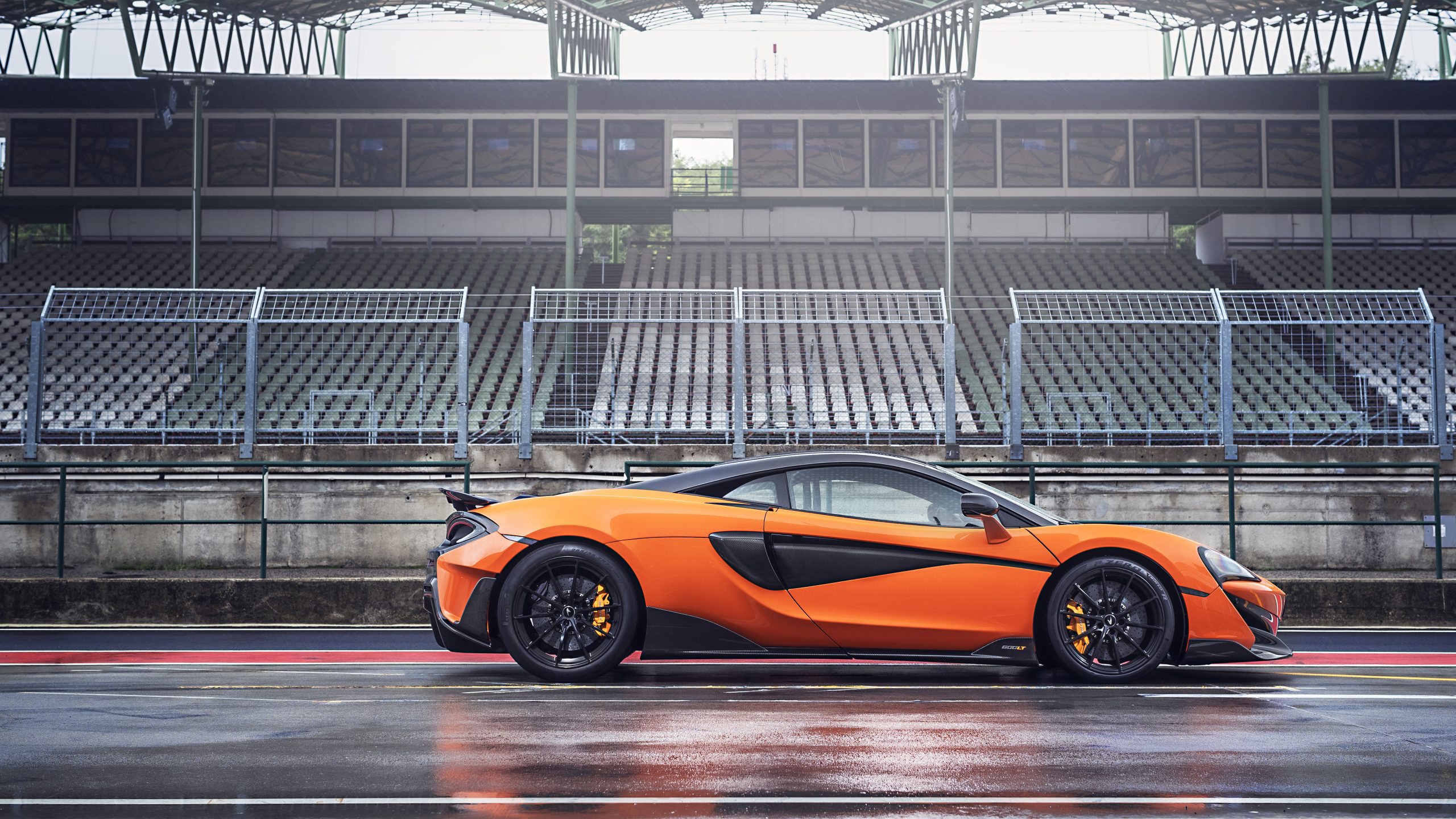

- Base price: US$242,500
- Engine: M838TE 3.8L twin-turbocharged V8
- Power: 592 bhp @ 7,500 rpm
- Torque: 457 lb-ft @ 5,500–6,500rpm
- 0-60 mph: 2.9 sec
- 0-124 mph: 8.2 sec
- Top Speed: 204 mph
The limited-edition McLaren 600LT is the ultimate version of McLaren’s 570S/GT range (think of it like the 458 Speciale as to the 458). It uses a variation of 570S’ McLaren’s twin-turbo 3.8-liter V8, in this guise making 592 horsepower and 457 lb-ft of torque.
It has a dual-clutch automatic transmission and is rear-wheel drive. The handling is perfectly balanced and reassures you with its predictable nature, making the ride a little firm due to its track-nature approach.
Standard carbon-ceramic brake discs, extensive carbon fiber, and that massive wing let you know this is a limited edition car designed for the track. It’s as capable of eye-watering performance it is deserving of the LT name.
2021 McLaren 600LT Spider
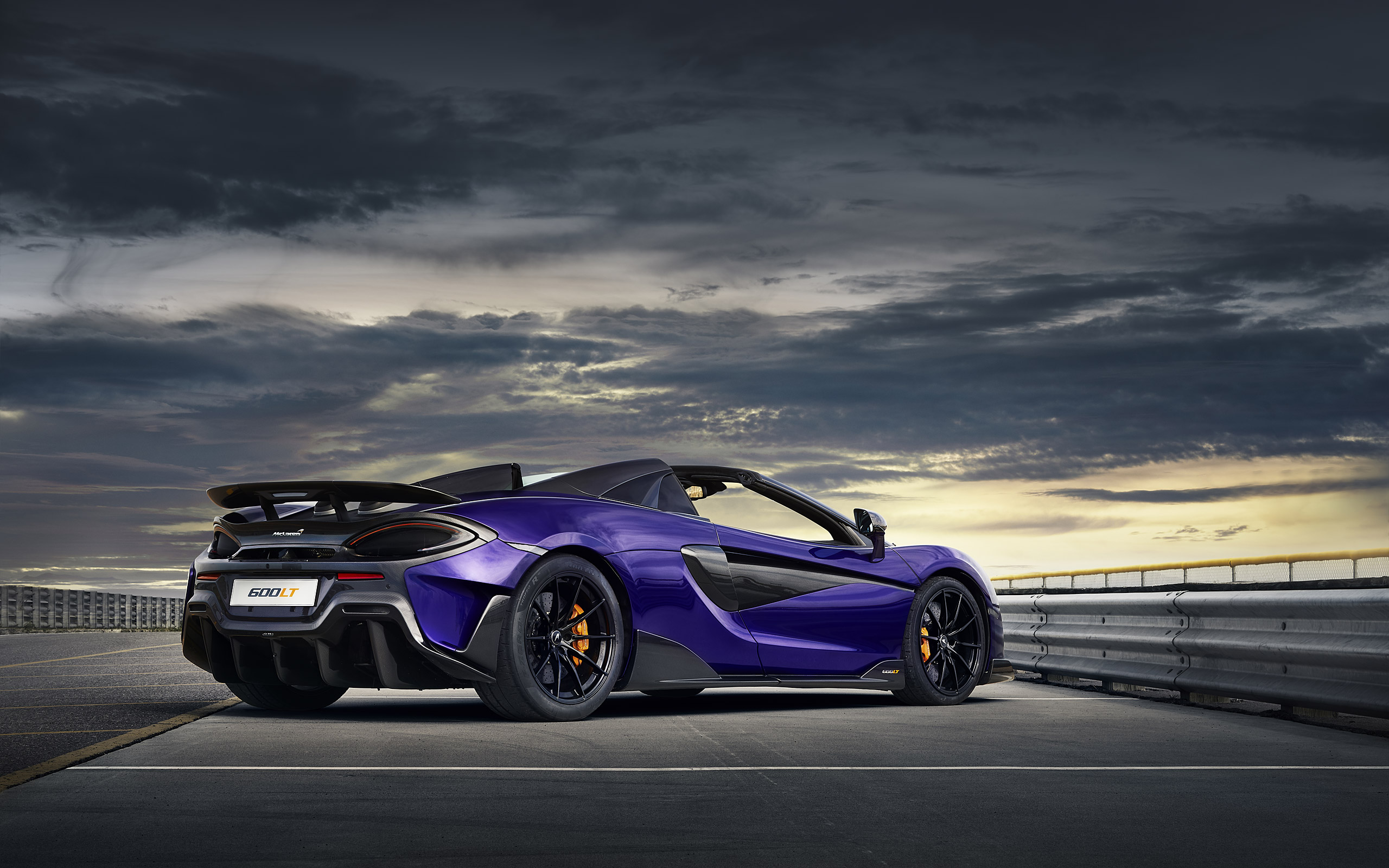

- Base price: US$256,500
- Engine: M838TE 3.8L twin-turbocharged V8
- Power: 592 bhp @ 7,500 rpm
- Torque: 457 lb-ft @ 5,500–6,500rpm
- 0-60 mph: 2.9 sec
- 0-124 mph: 8.4 sec
- Top Speed: 201 mph (196 mph with top down)
Like the 600LT coupe, a twin-turbocharged 3.8-liter V8 with 592 horsepower and 457 pound-feet of torque shoots the McLaren 600LT Spider to 60 mph in 2.8 seconds. Getting to 124 mph takes just an extra two-tenths of a second compared to the hardtop. You step on the throttle, wait for a tinge of turbo lag, then boom, the ferocious revving and blistering straight-line speed hit you. Rinse and repeat.
Unlike most convertibles, this Spider will also handle in the corners. It is easily my favorite car on the market today. There is no shortfall versus the coupe; this is an epic car that loses nothing to its sibling. This is what a supercar is meant to be: an enchanting machine.
2021 McLaren 620R
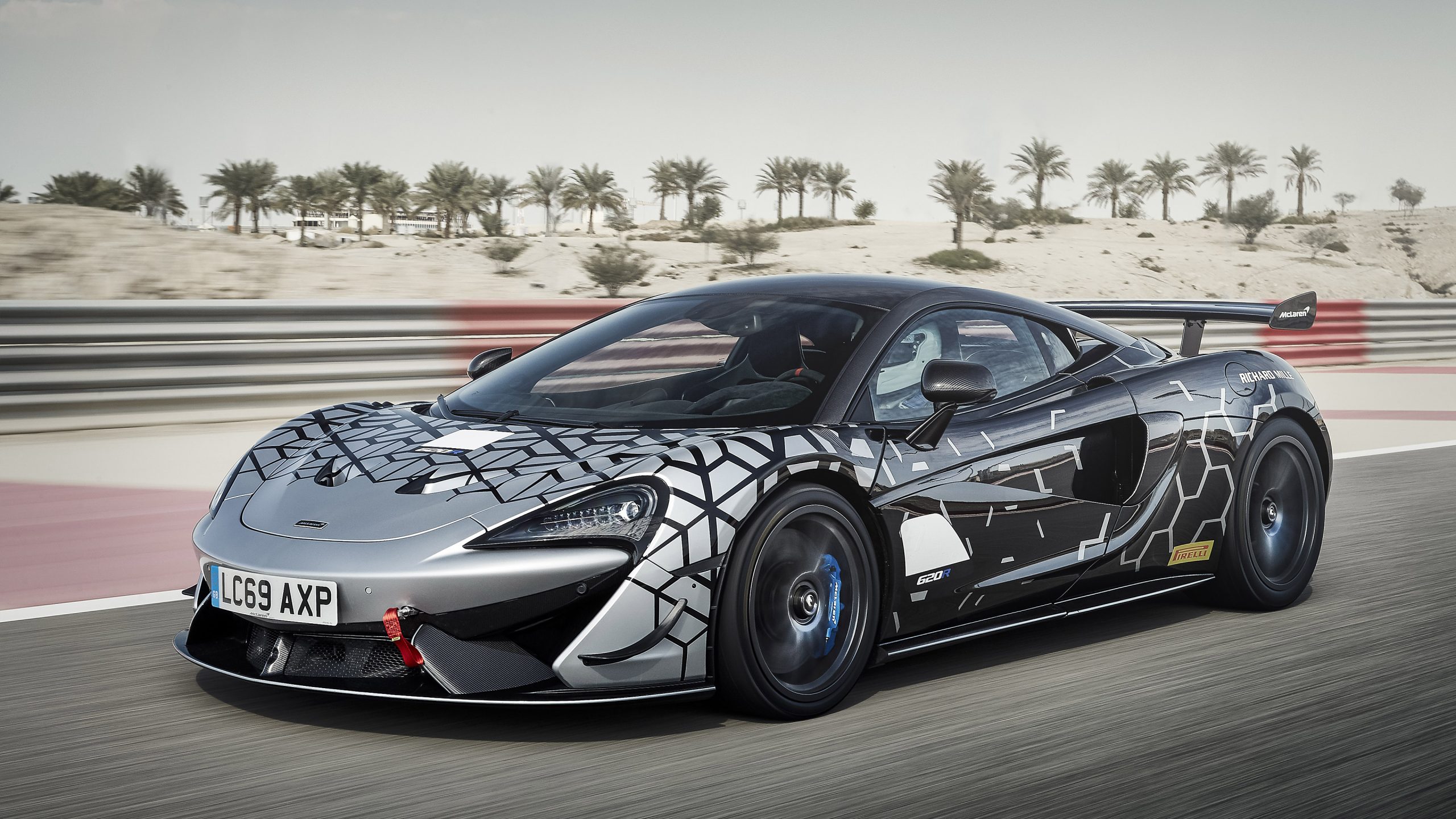

- Base price: US$300,000
- Engine: 3.8 L M838TE twin-turbocharged V8
- Power: 612 bhp @ 7,250 rpm
- Torque: 457 lb-ft @ 5,500 rpm
- 0-60 mph: 2.9 sec
- 0-124 mph: 8.1 sec
- Top Speed: 200 mph
The car is basically a 570S GT4 race car for the road. It’s a limited-run coupe that McLaren will build only 350 of. The McLaren 620R is the most powerful of the Sports Series range.
That engine makes a monstrous 612 hp and 457 lb-ft of torque. The car also gets the 570S GT4’s suspension, braking parts, and many of the different adjustable aerodynamic components. The price of this speedy car is a whopping £329,000 in the UK, including taxes.
2021 McLaren GT
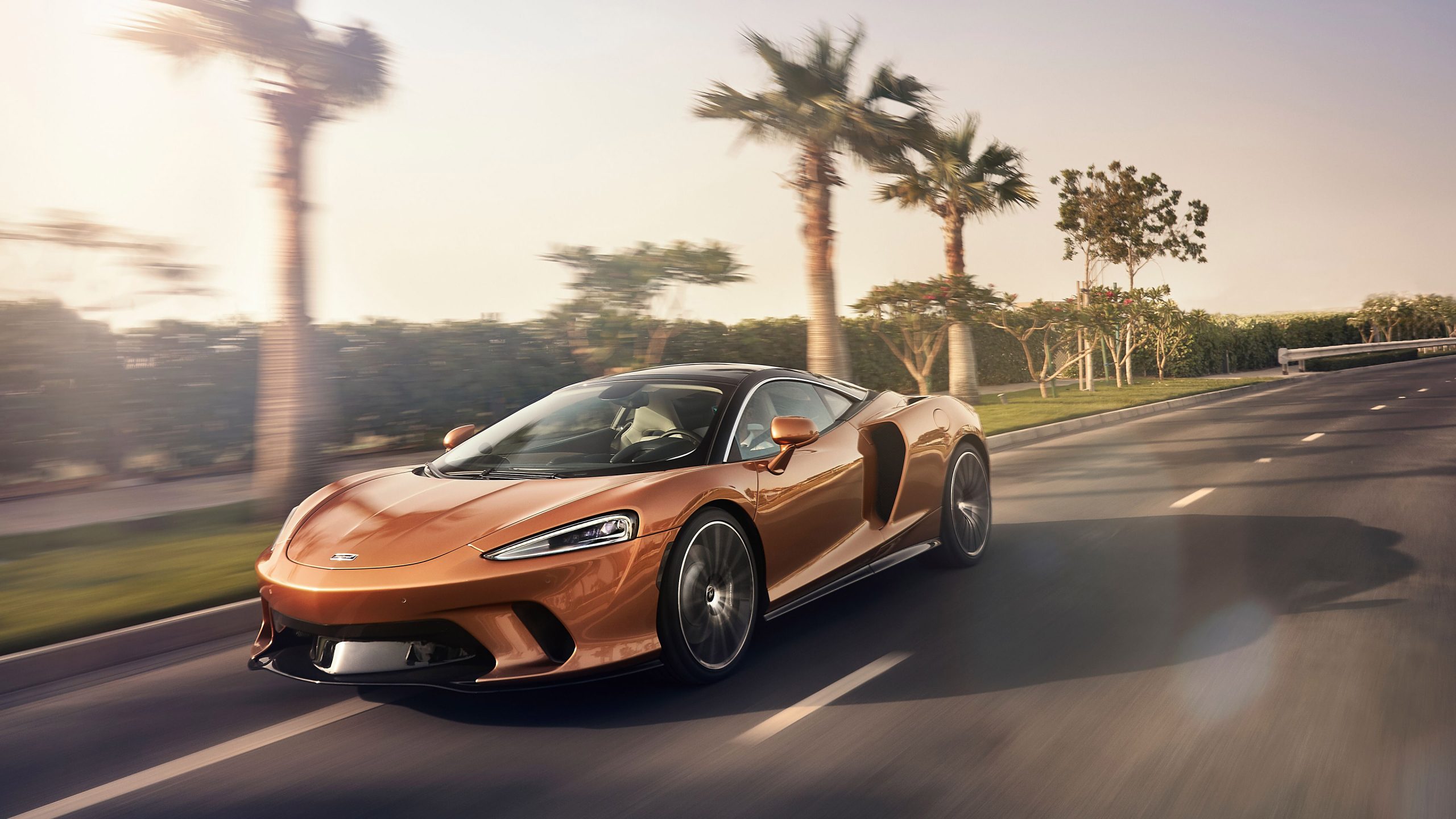

- Base price: US$210,000
- Engine: 4.0 L M840TE twin-turbocharged V8
- Power: 612 bhp @ 7,500 rpm
- Torque: 465 lb-ft @ 5,500-6,500 rpm
- 0-60 mph: 3.1sec
- 0-124 mph: 9.0 sec
- Top Speed: 203 mph
This car offers luxury and refinement, the McLaren Way. The McLaren GT—which stands for ‘Grand Tourer’—is the British automaker’s first attempt at something other than the raw, unadulterated performance conduits they’ve been known for producing in the past.
The car retains the ubiquitous mid-engine layout seen throughout the rest of the McLaren lineup. It is based on the same exceptional platform used on the 570S—namely, its Monocell II-T carbon-fiber chassis. Despite this, McLaren has gone to great lengths to ensure that the GT also creates its own unique identity, with two-thirds of components used on this model also being exclusive to it.
Unconventional for a McLaren and for a mid-engined car respectively, are its particularly luxurious interior and over 20 cubic ft. of storage space. Despite its supposed layout handicap, the McLaren GT is not outdone here by the likes of Aston Martin, offering plenty of room for bags, skis, and a week’s worth of luggage. The new infotainment system also helps to facilitate a comfortable cross-country cruising experience.
2021 McLaren 720S
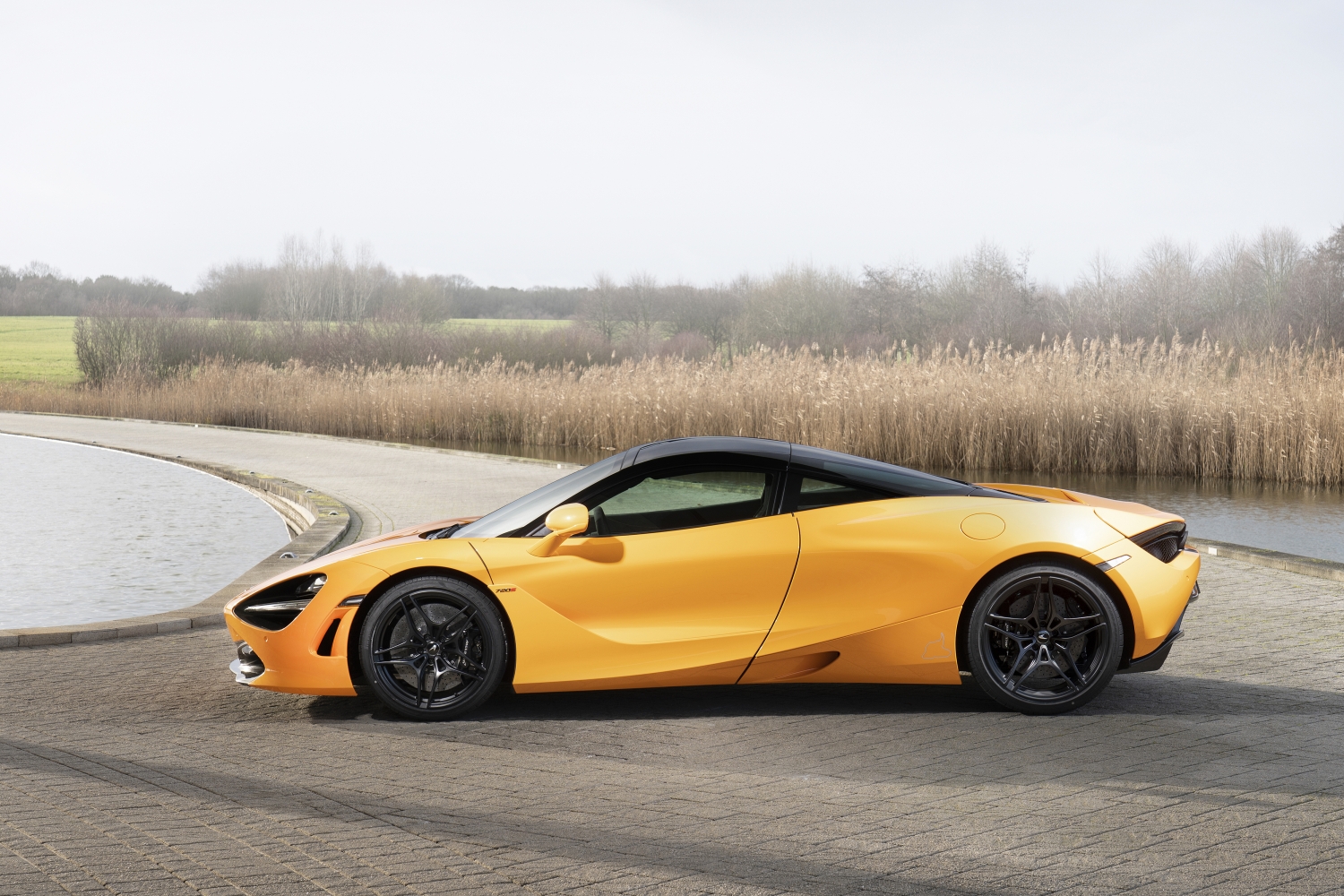

- Base price: US$300,000
- Engine: 4.0 L twin-turbocharged V8
- Power: 710 bhp @ 7,500 rpm
- Torque: 568 lb-ft @ 6,500 rpm
- 0-60 mph: 2.9 sec
- 0-124 mph: 7.8 sec
- Top Speed: 212 mph
The McLaren 720S is a sensational supercar, easily the best of the current breed. It has a twin-turbocharged 4.0L twin-turbocharged V8 that produces 710 hp and 568 lb-ft of torque. It looks gorgeous too.
The 720S has advanced suspension that does a remarkable job of smoothing out imperfections while being sporty and keeping the car flat when pressing on. It boasts unrivaled chassis tuning, absurd amounts of speed, unparalleled acceleration numbers, and a package that looks stunning. This is simply the best supercar for sale today and the sweet spot in McLaren’s current model range.
2021 McLaren 720S Spider
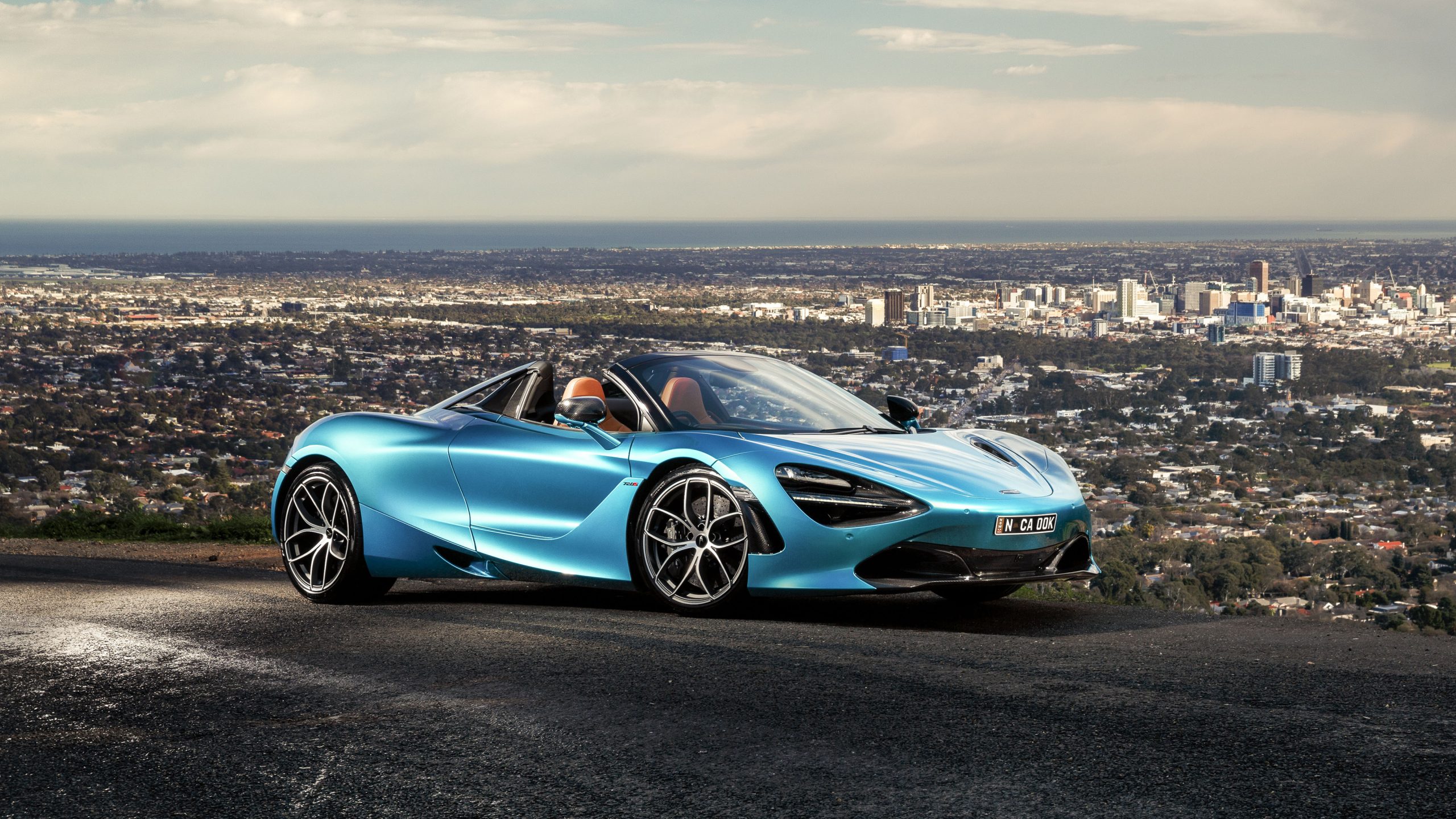

- Base price: US$315,000
- Engine: 4.0 L twin-turbocharged V8
- Power: 710 bhp @ 7,500 rpm
- Torque: 568 lb-ft @ 6,500 rpm
- 0-60 mph: 2.9 sec
- 0-124 mph: 7.9 sec
- Top Speed: 212 mph (202 mph with top down)
The latest iteration of the current 720S—monikered “Spider”—is a convertible variant of the 720S, which comes with a folding hardtop. The McLaren 720S Spider retains the same DNA as the Coupe, utilizing a modified version of its carbon-fiber tub chassis to accommodate the folding roof and its mechanism.
Thanks to its brilliant aerodynamic design, the Spider still achieves a remarkable top speed of 202 mph with the top folded. McLaren does a lot of things better than anyone else, and producing convertible variants that are as good as its coupe counterparts is no exception.
2021 McLaren 765LT
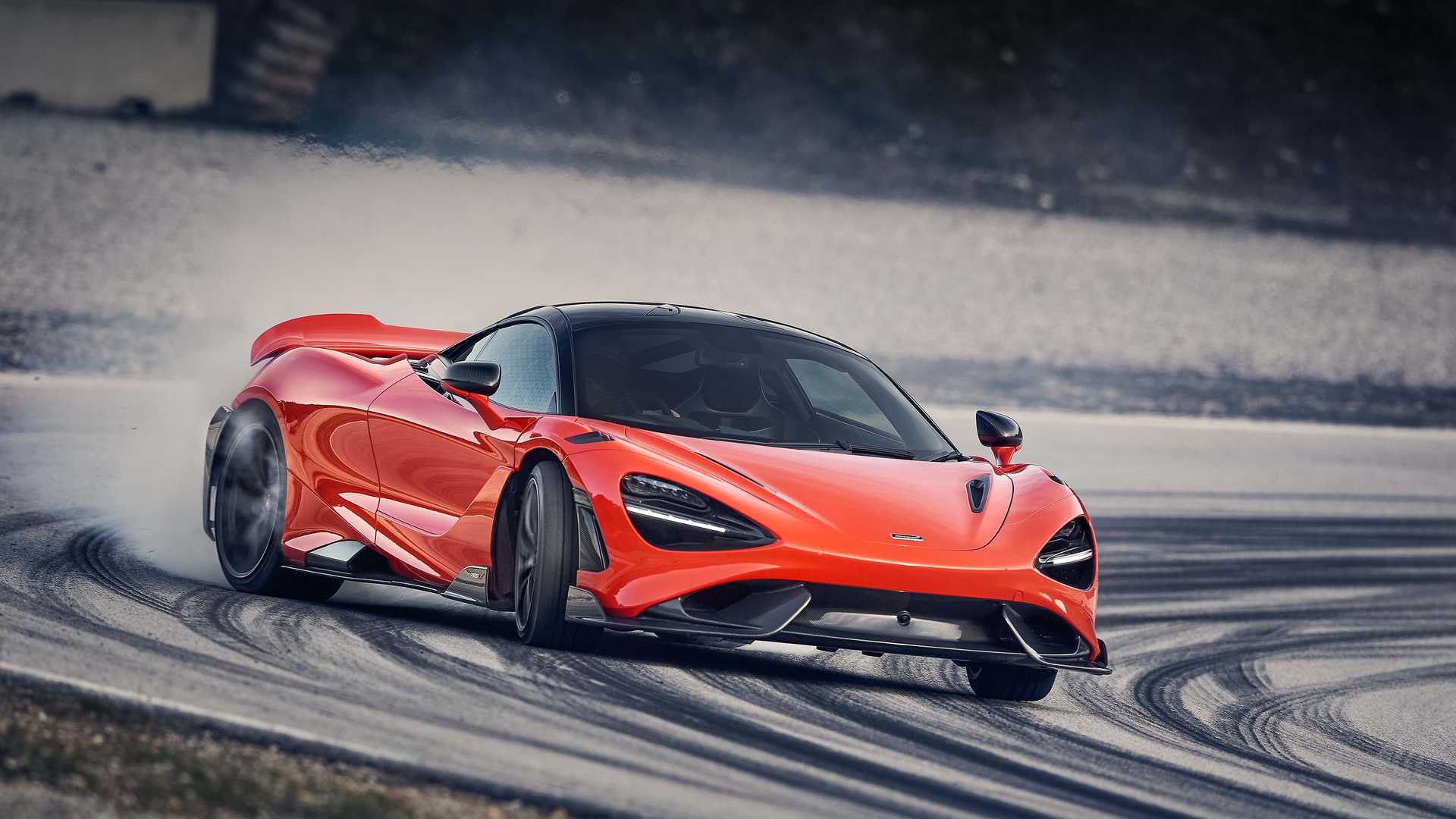

- Base price: US$368,000
- Engine: 4.0 L twin-turbocharged V8
- Power: 755 bhp @ 7,500 rpm
- Torque: 590 lb-ft @ 5,500 rpm
- 0-60 mph: 2.8 sec
- 0-124 mph: 7.2 sec
- Top Speed: 205 mph
The McLaren 765LT replaces the 675LT as the newest limited-production track car in McLaren’s Super Series range. As with previous LT models, weight-saving is the key focus for the 765LT, losing 160+ lbs compared to the 720S.
For the first time, McLaren has also adjusted some of the 765LT’s inner workings. Horsepower from the 4.0L twin-turbocharged V8 engine has been upped from 710 hp to 755 hp, and torque is rated at 590 lb-ft—an increase of 22 lb-ft.
2021 McLaren Senna
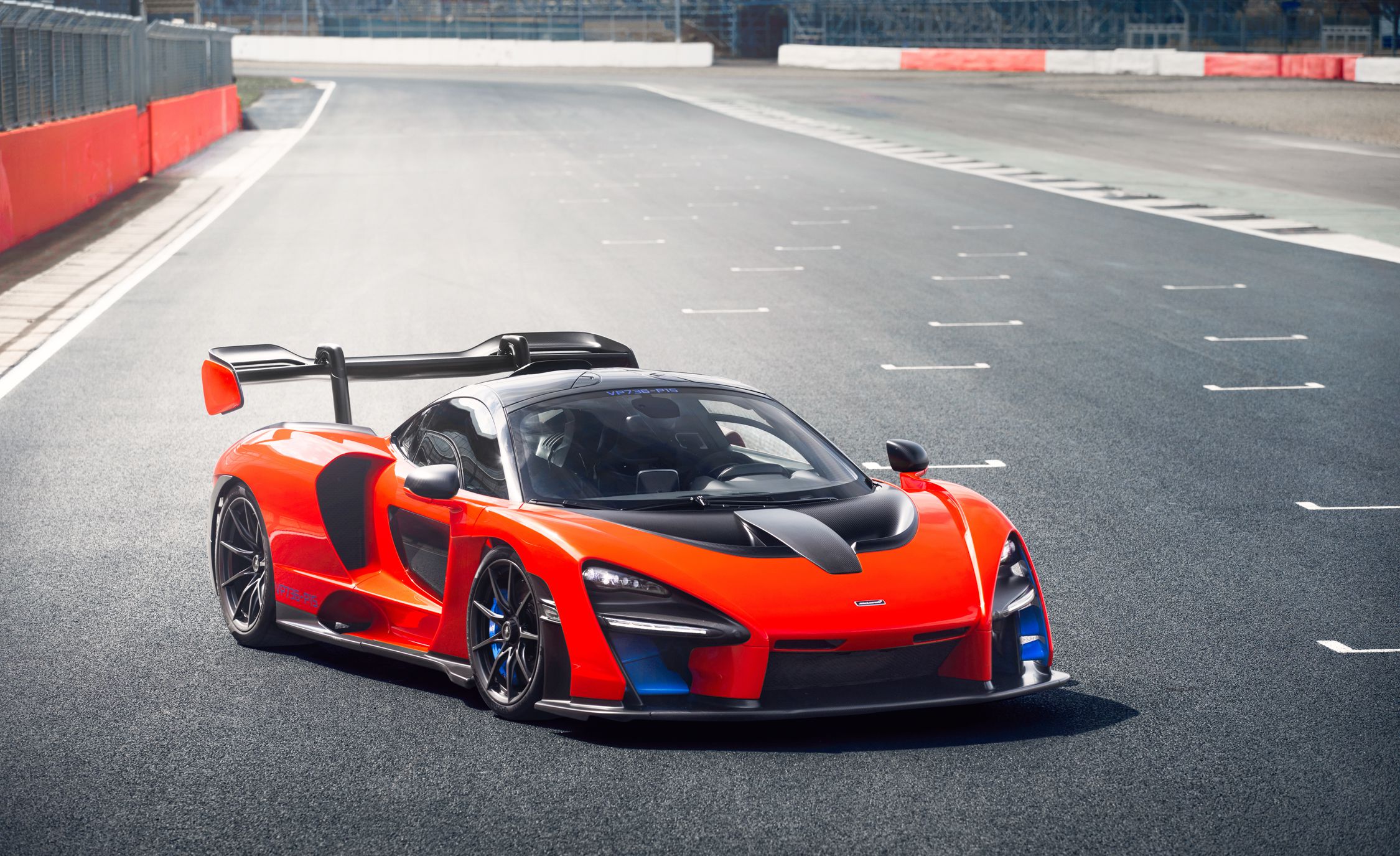

- Base price: US$960,000
- Engine: 4.0 L M840TR twin-turbocharged V8
- Power: 789 bhp @ 7,250 rpm
- Torque: 590 lb-ft @ 5,500 rpm
- 0-60 mph: 2.8 sec
- 0-124 mph: 6.8 sec
- Top Speed: 211 mph
Named after Formula 1 driver Ayrton Senna, the McLaren Senna is a track-focused hypercar. Its aggressive appearance tells you immediately that this thing is designed to destroy lap times.
The McLaren Senna is the fastest McLaren road car ever around a racetrack, with downforce numbers up there with proper race cars. It is an intensely involving and immersive experience.
With a dry weight of 2,600 pounds, it delivers the fastest lap times of any road-legal McLaren to date. There is also a track-only version of the Senna, known as the Senna GTR.
2021 McLaren Senna GTR
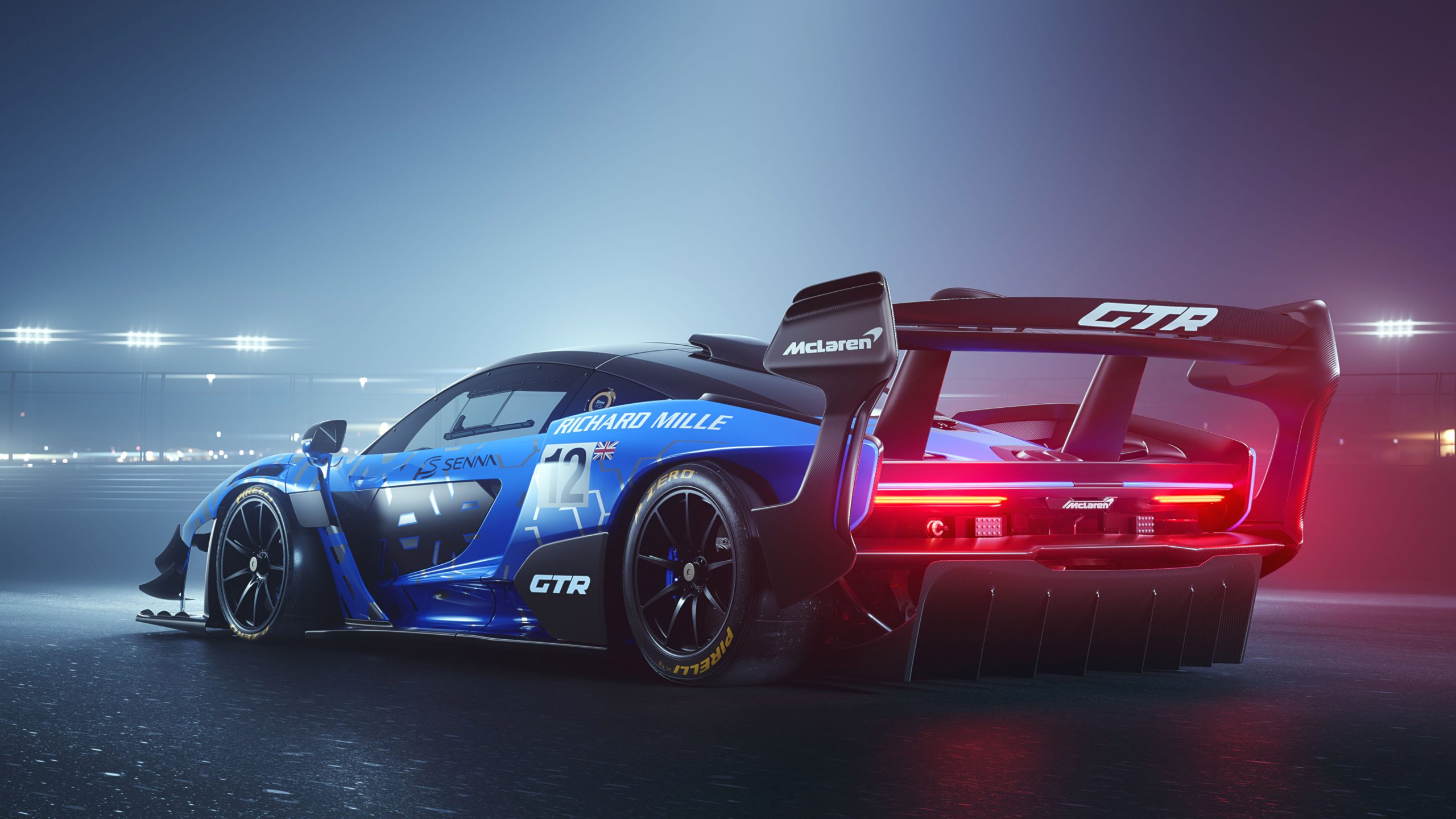

- Base price: US$1,800,000
- Engine: 4.0 L M840TR twin-turbocharged V8
- Power: 813 bhp @ 7,250 rpm
- Torque: 590 lb-ft @ 5,500 rpm
- 0-60 mph: 2.8 sec
- 0-124 mph: 6.8 sec
- Top Speed: 211 mph
A More Hardcore Senna. Adding some track-focused updates to the McLaren Senna hypercar gets you the McLaren Senna GTR. Freed from all road and motorsport rules, it pushes things to the max.
Pared-back, pumped-up, then unleashed for track use only—it is, simply put, ferocious. We’re talking 1,000 kg of downforce and a power-to-weight ratio of 684 horsepower per tonne. This is a serious car for the serious racer (or a seriously rich person who wants to be a racer).
This isn’t a road car, folks, so don’t even think about it if you are looking to burn a few million dollars on something you can drive to your local cars and coffee meets.
2021 McLaren Elva
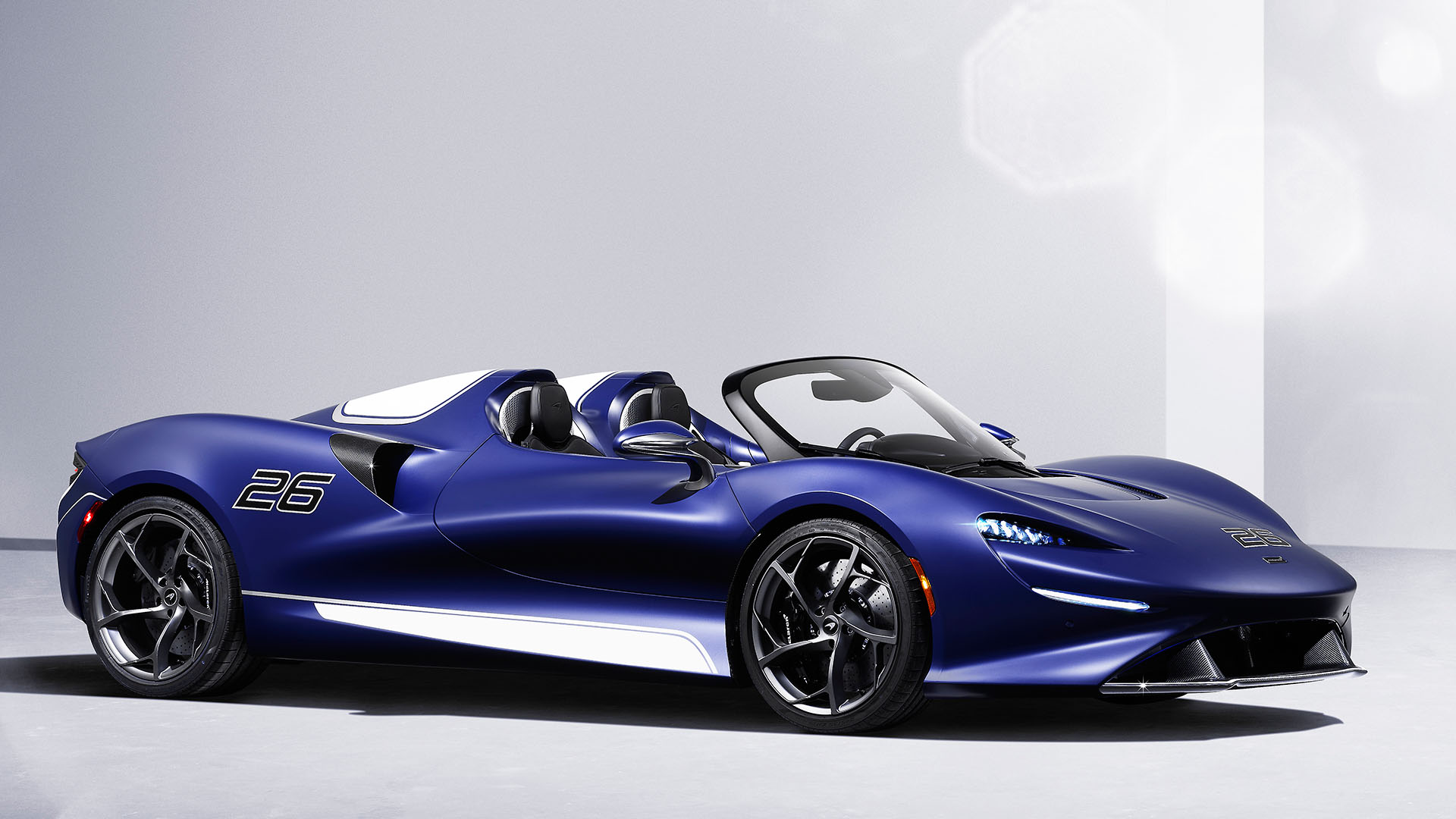

- Base price: US$1,900,000
- Engine:4.0 L M840TR twin-turbocharged V8
- Power: 804 bhp
- Torque: 590 lb-ft
- 0-60 mph: < 3 sec
- 0-124 mph: 6.7 sec
- Top Speed: TBD
The McLaren Elva is a completely roofless and windscreen-less Speedster. McLaren will fit a permanently fixed windscreen where legislation (or the customer) requires it, but all other cars will be built without a windscreen for a true open cockpit feeling.
The Elva shares the Senna GTR’s 4.0L twin-turbocharged V8, with the addition of a new exhaust system for the proper auditory experience. All told, the engine makes 804 hp, which is up from the Senna GTR’s 789 hp. The car also gets a cross-linked hydraulic suspension system, carbon-ceramic brakes with titanium calipers, and a feather-light curb weight.
McLaren hasn’t yet specified what the Elva tips the scales at, but the company claims it will be the lightest McLaren road car in the lineup. The McLaren factory will build just 399 examples of the Elva.
Mercedes
2021 Mercedes-AMG C 63
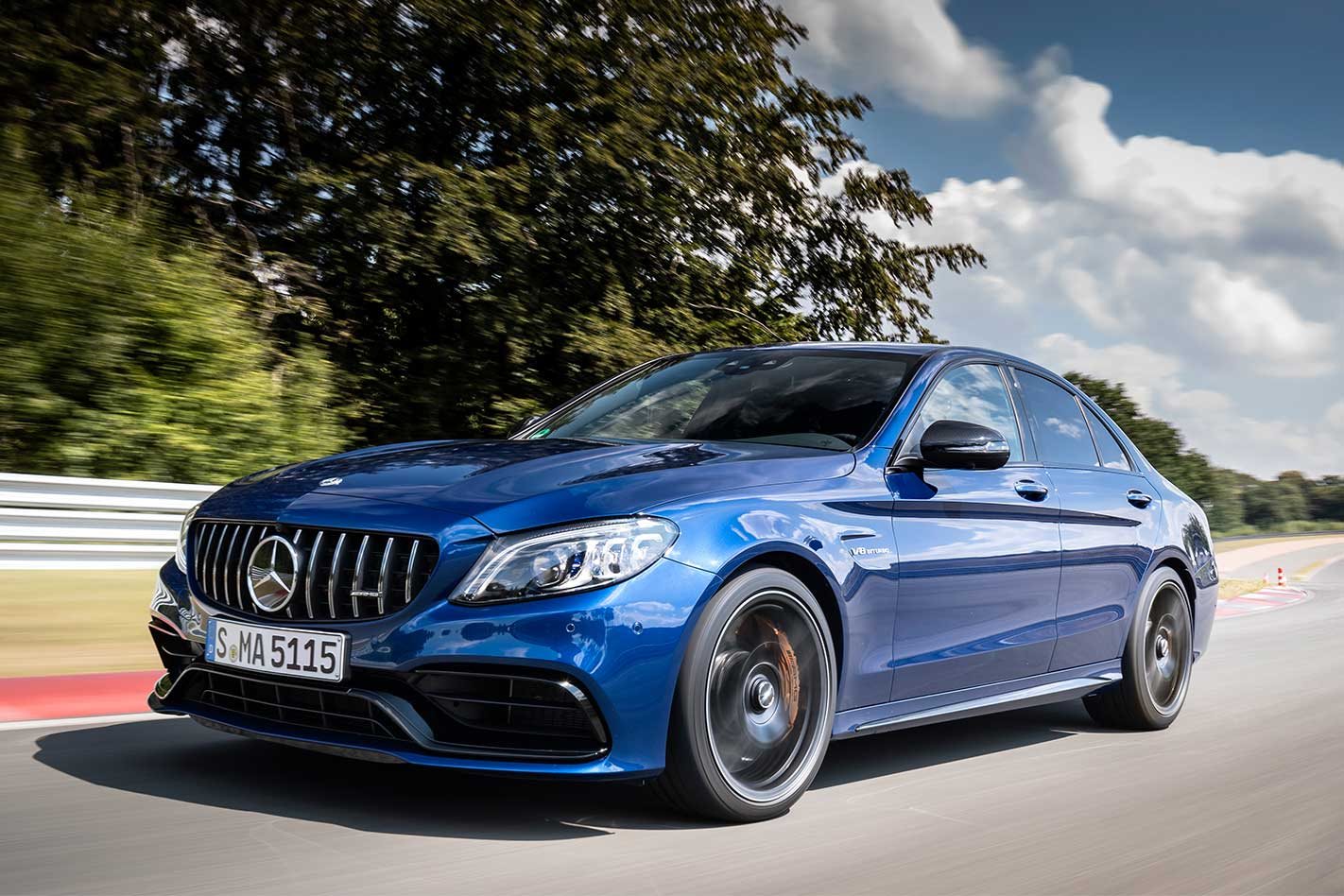

- Base price: $68,100
- Engine: 4.0L twin-turbocharged V8
- Power: 469 hp @ 5,500 rpm
- Torque: 479 lb-ft @ 1,750 rpm
- 0-60 mph: 3.9 s
- Top Speed:155 mph (limited)
Upgrading the 2020 Mercedes-AMG C 63, this year’s model offers a handcrafted biturbo V8 and paddle-shifted multi-clutch 9-speed to put 469 hp in your hands.
Adaptive AMG Ride Control and a limited-slip diff make it quick on its feet, and it has an exquisitely detailed cabin. It’s available in coupe, sedan, and cabriolet body styles.
2021 Mercedes-AMG C 63 S
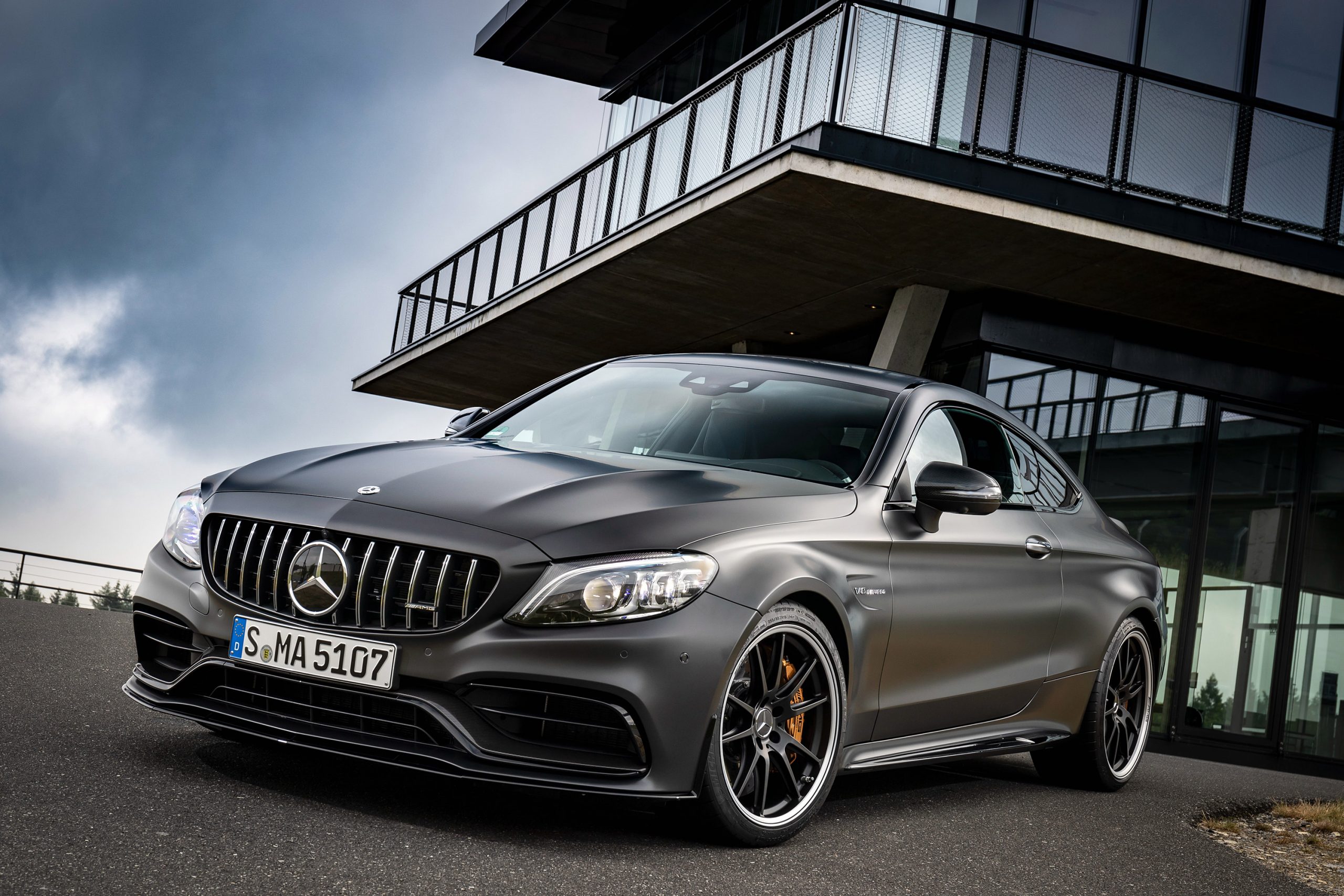

- Base price: $75,700
- Engine: 4.0L twin-turbocharged V8
- Power: 503 hp @ 5,500 rpm
- Torque: 516 lb-ft @ 1,750 rpm
- 0-60 mph: 3.8 s
- Top Speed: 155 mph (limited)
A handcrafted biturbo V8 unleashes 503 hp and class-leading torque. Aggressive style envelops advanced new technologies. And from the cabin, innovation and inspiration lead to invigoration in every curve and on every surface. The Mercedes-AMG C 63 S is available in coupe, sedan, and cabriolet body styles.
2021 Mercedes-AMG E 63 S
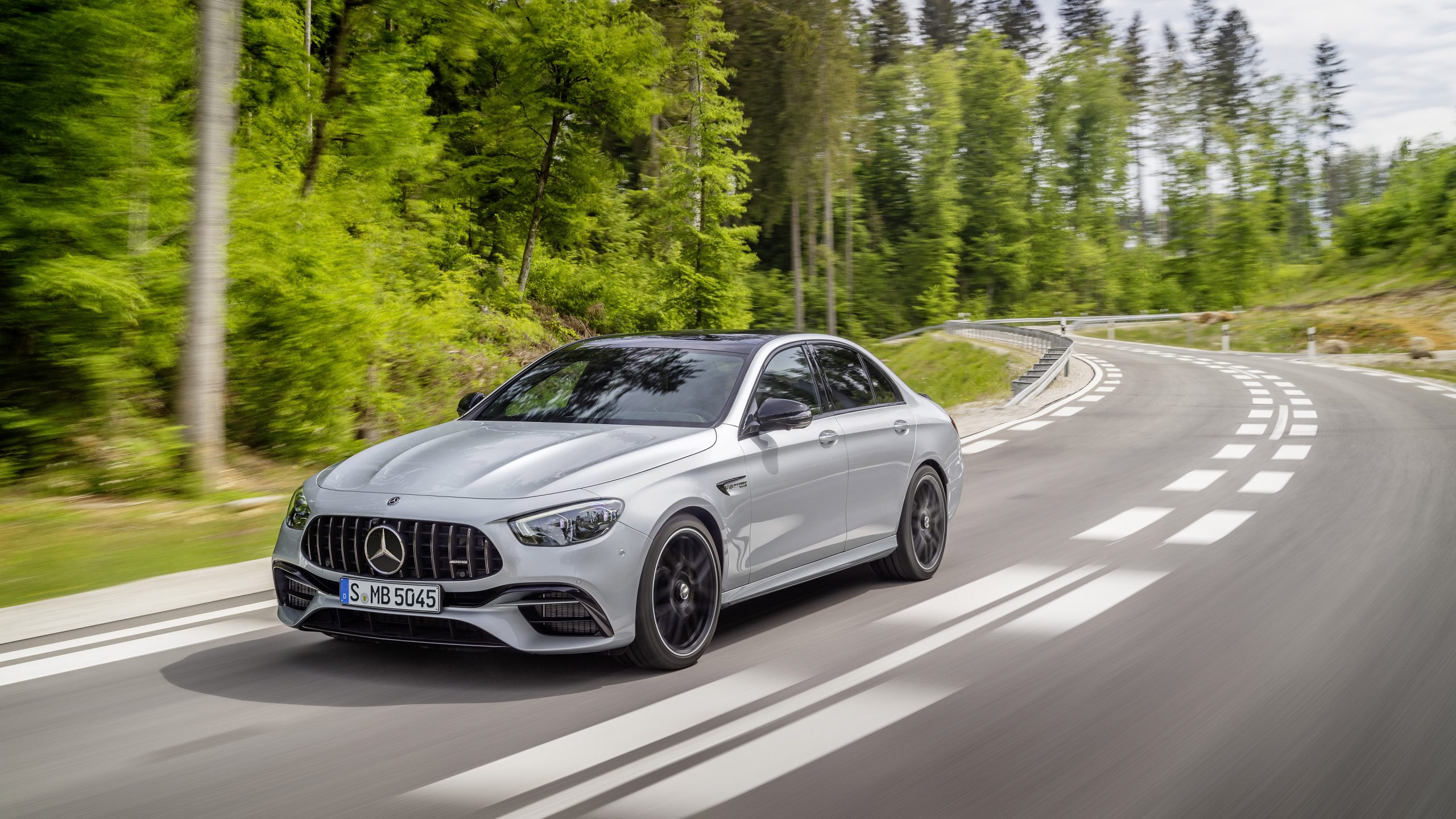

- Base price: $107,350
- Engine: 4.0L twin-turbocharged V8
- Power: 603 hp @ 5,750 rpm
- Torque: 627 lb-ft @ 2,500 rpm
- 0-60 mph: 3.3 s
- Top Speed: 196 mph
With a handcrafted 603 hp and variable-torque AMG Performance 4MATIC+, the E 63 S Sedan is one of the quickest Mercedes-AMG models yet. It’s also one of the most rewarding and luxurious sedans ever to take track tech to the road.
2021 Mercedes-AMG E 63 S Wagon
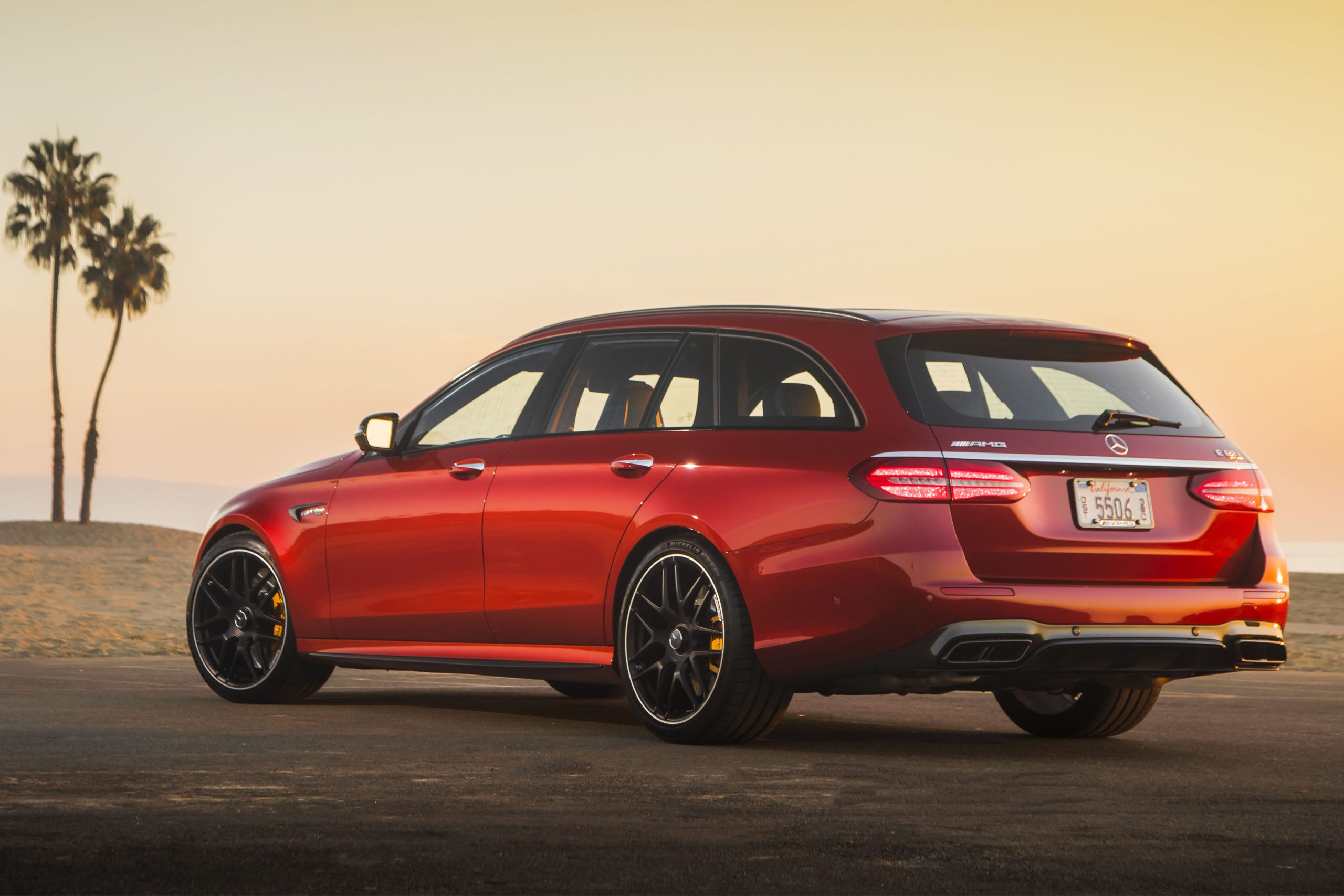

- Base price: $111,750
- Engine: 4.0L twin-turbocharged V8
- Power: 603 hp @ 5,750 rpm
- Torque: 627 lb-ft @ 2,500 rpm
- 0-60 mph: 3.3 s
- Top Speed: 180 mph
Sending 603 handcrafted horsepower deftly to the pavement via variable-torque AMG Performance 4MATIC+, the E 63 S Wagon outperforms any other wagon on the road. Is it a spacious supercar or a fast family car? Only one way to find out: open it up.
2021 Mercedes-AMG S 63
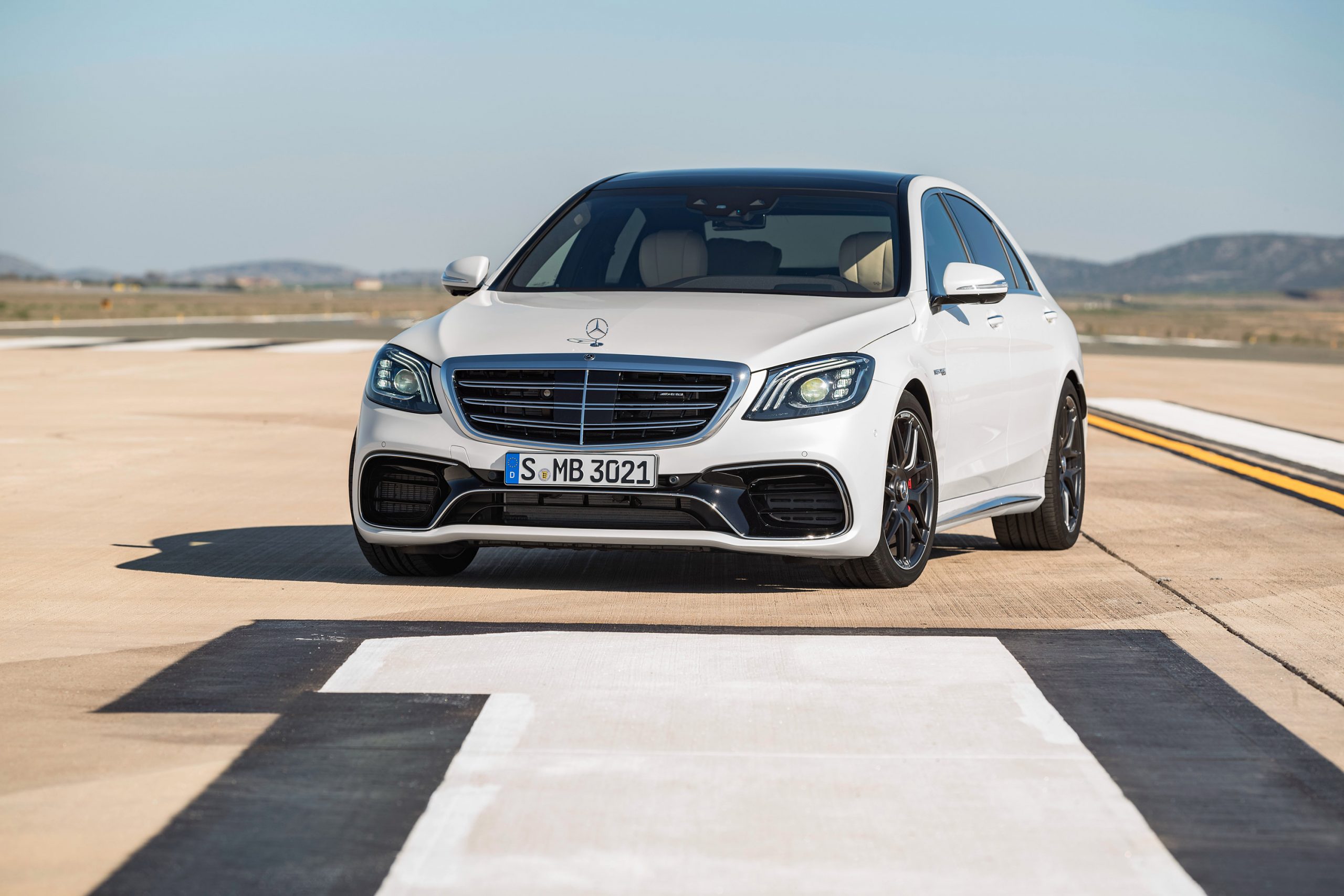

- Base price: $151,600
- Engine: 4.0L twin-turbocharged V8
- Power: 603 hp @ 5,750 rpm
- Torque: 664 lb-ft @ 2,750 rpm
- 0-60 mph: 3.5 s
- Top Speed: 190 mph
With 603 handcrafted horsepower and torque-vectoring AMG Performance 4MATIC+ all-wheel drive, the AMG S 63 might be the most self-assured sedan on the road. Its innovations and appointments make it one of the most reassuring, too. However, it is going to be replaced by a newer model soon. Available in coupe, sedan, and cabriolet body styles.
2021 Mercedes-AMG GT 63
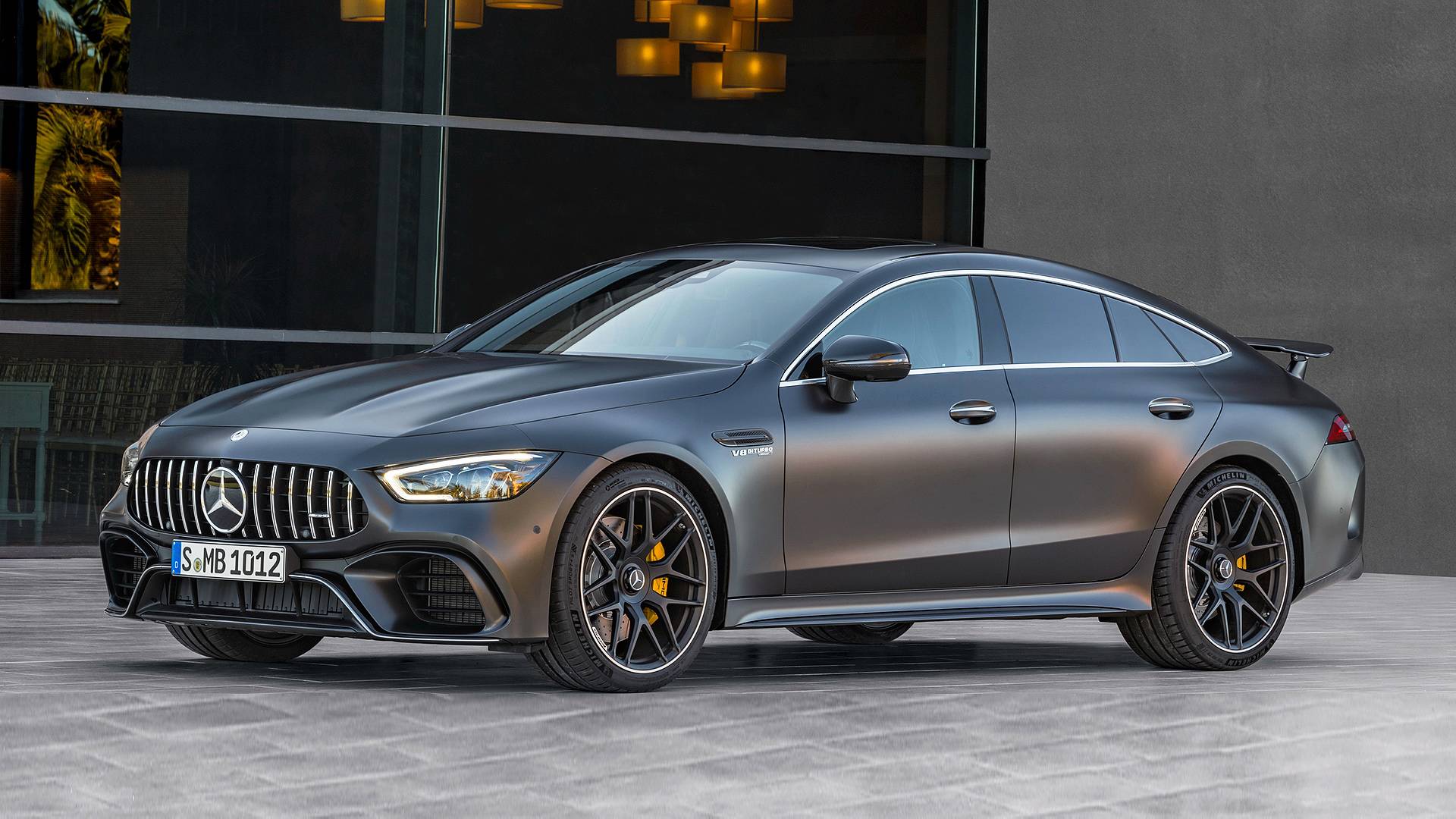

- Base price: $140,600
- Engine: 4.0L twin-turbocharged V8
- Power: 577 hp @ 5,500 rpm
- Torque: 590 lb-ft @ 2,750 rpm
- 0-60 mph: 3.3 s
It has twice the doors and twice the seats of any AMG GT before it. Yet it builds on every dominant trait: Brilliant handling. Exquisite appointments. Seductive style. And a handcrafted biturbo V8 sending 577 hp to its four wheels.
2021 Mercedes-AMG GT 63 S
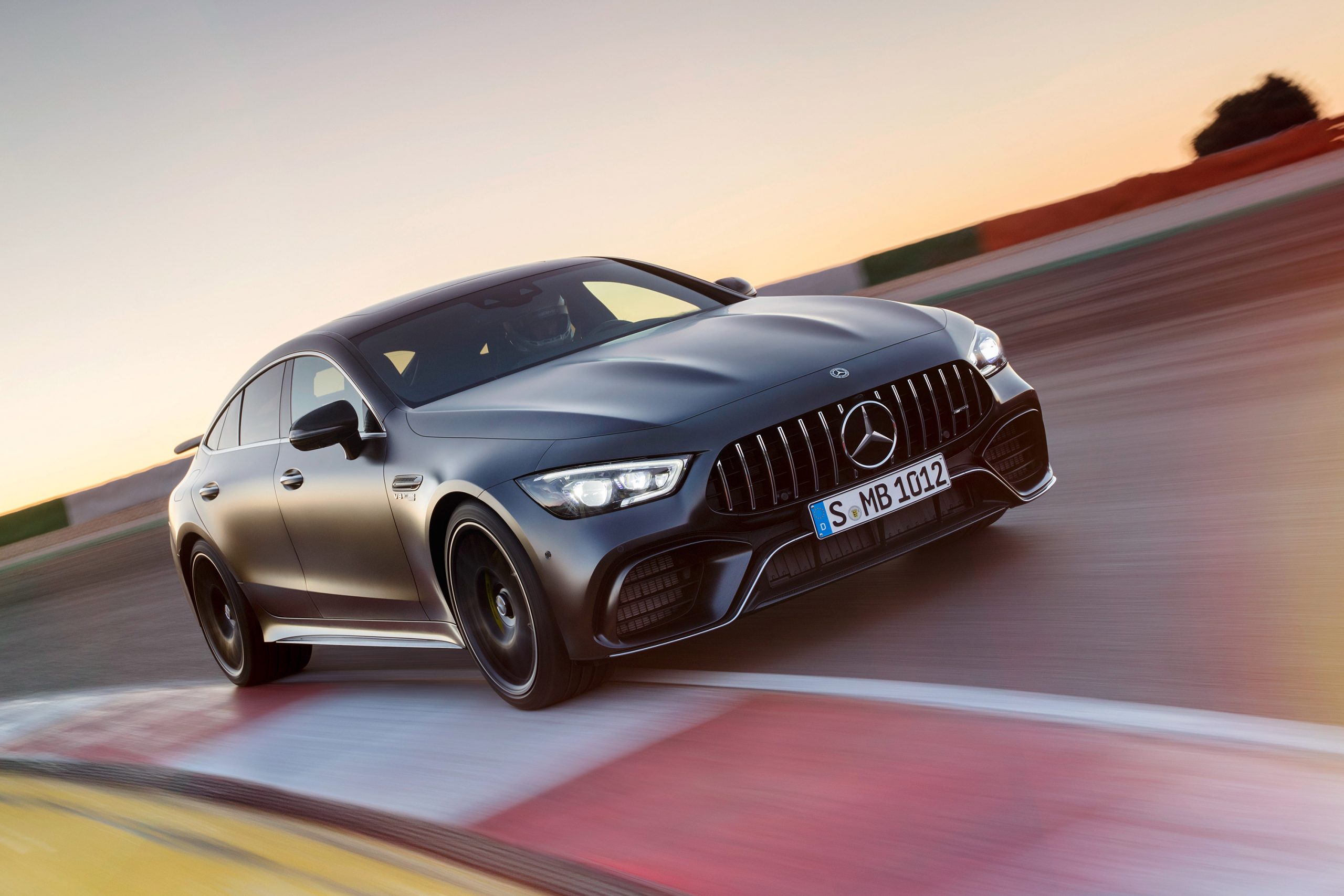

- Base price: $161,900
- Engine: 4.0L twin-turbocharged V8
- Power: 630 hp @ 5,500 rpm
- Torque: 664 lb-ft @ 2,750 rpm
- 0-60 mph: 3.1 s
The S version of the Mercedes-AMG GT 63 offers all of the same advantages, but with an extra kick in the power department. Its biturbo V8 sends a whopping 630 hp to its four wheels.
2021 Mercedes-AMG GT / GT Roadster
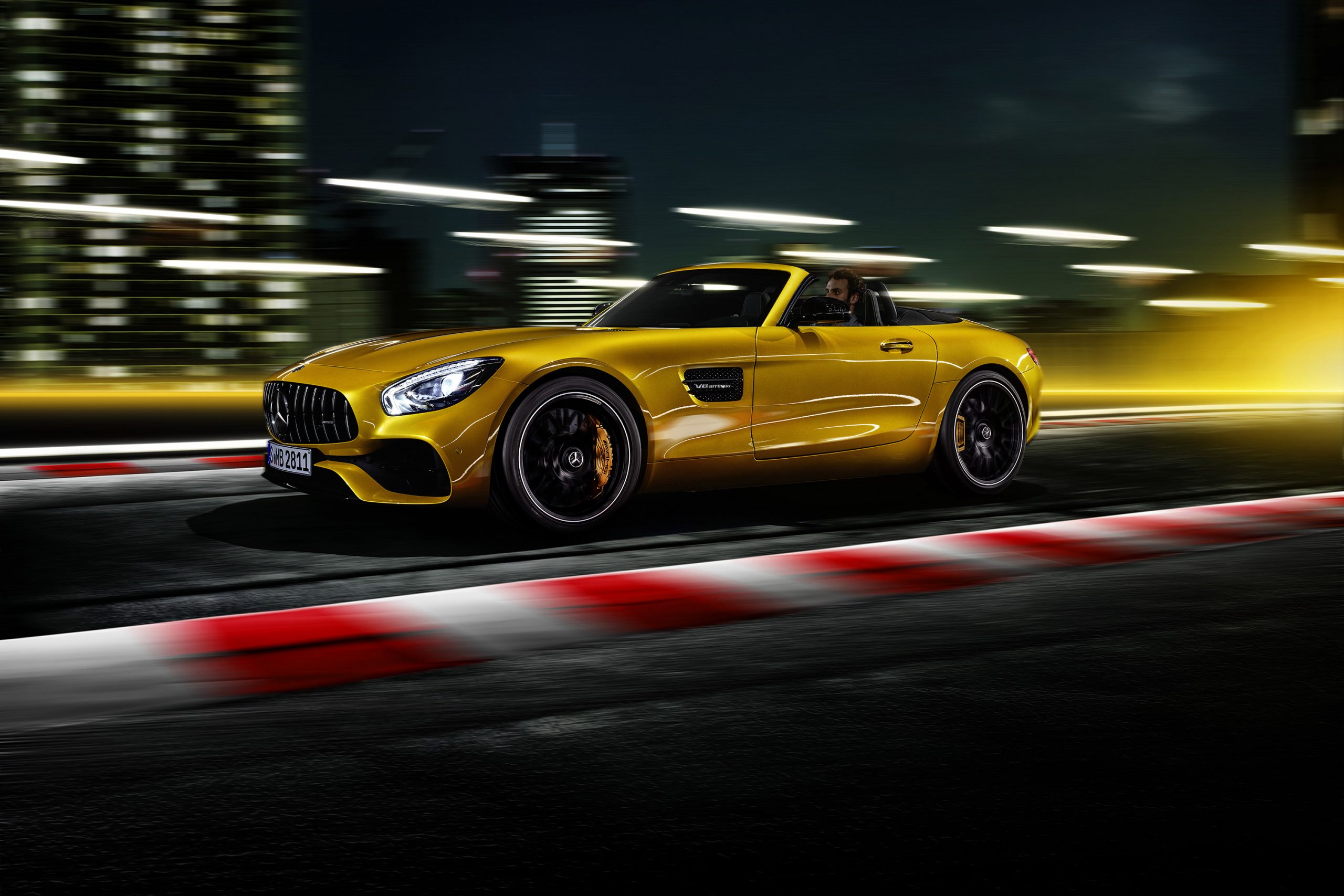

- Base price: $115,900
- Engine: 4.0L twin-turbocharged V8
- Power: 469 hp @ 6,000 rpm
- Torque: 465 lb-ft @ 1,900 rpm
- 0-60 mph: 3.9 s
Developed from the racetrack up to be a pure sports car, the AMG GT’s 469-hp dry-sump biturbo V8 and rear transaxle help create an ideal balance of reduced weight, control, confidence, and composure.
2021 Mercedes-AMG GT C / GT C Roadster
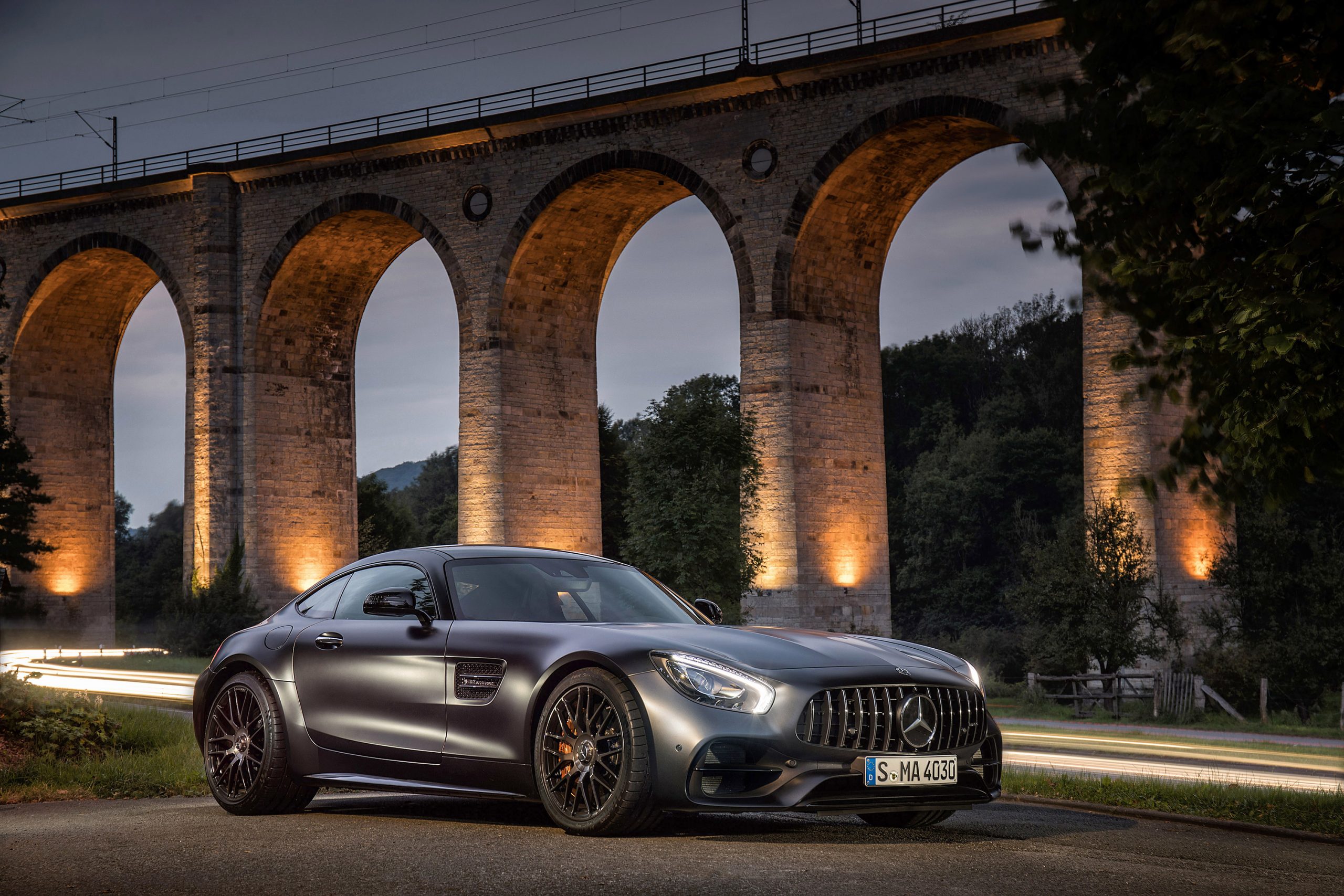

- Base price: $150,900
- Engine: 4.0L twin-turbocharged V8
- Power: 550 hp @ 5,750 rpm
- Torque: 502 lb-ft @ 2,100 rpm
- 0-60 mph: 3.6 s
The coupe version of the AMG GT adds extra power with a 550-hp dry-sump biturbo V8 engine and rear transaxle. Drivers still get all the performance and control the convertible version offers, creating an unparalleled experience.
2021 Mercedes-AMG GT R / GT R Roadster
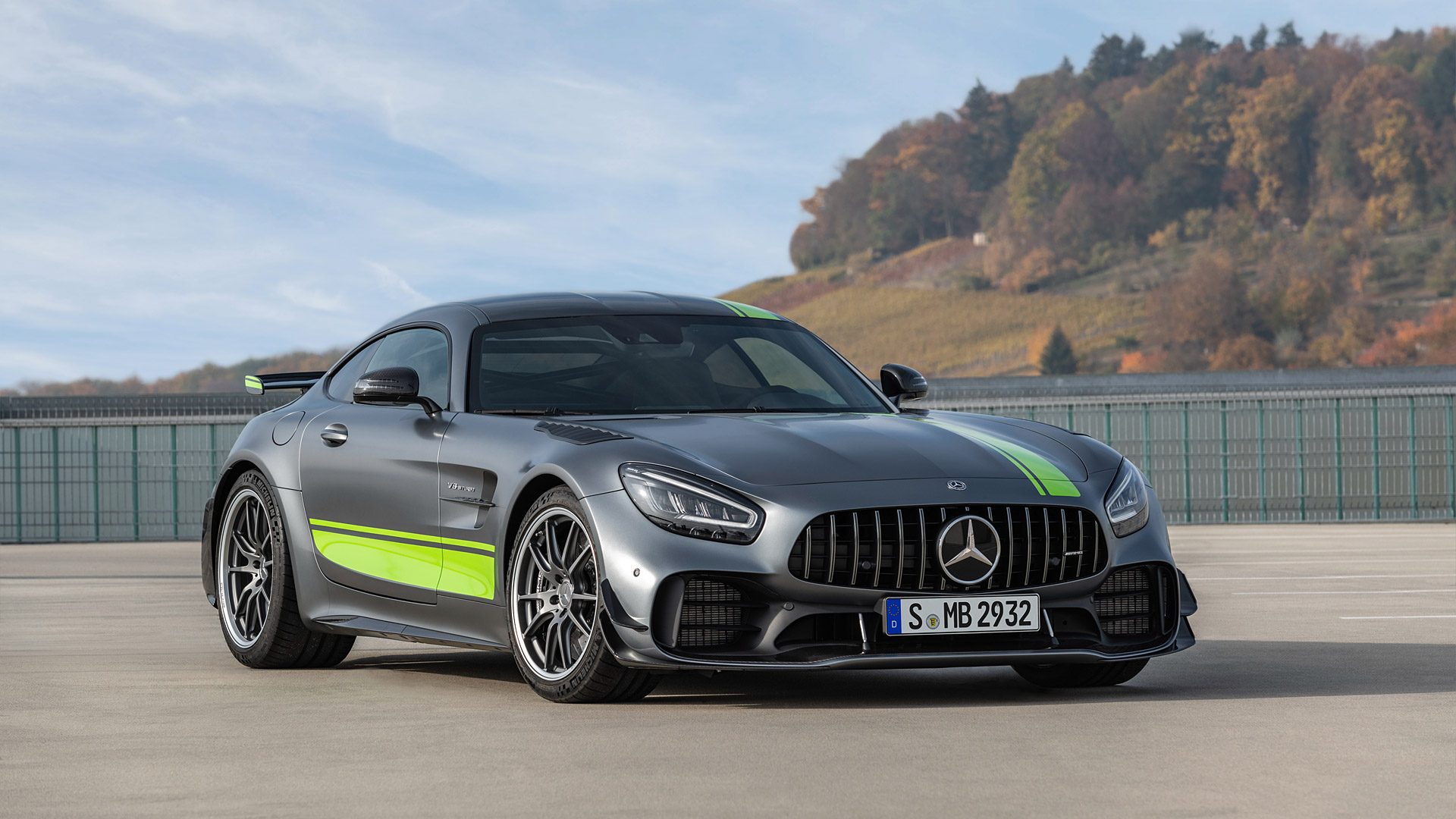

- Base price: $162,900
- Engine: 4.0L twin-turbocharged V8
- Power: 577 hp @ 6,250 rpm
- Torque: 516 lb-ft @ 2,100 rpm
- 0-60 mph: 3.5 s
The 577-hp AMG GT R condenses half a century of motorsports success into a single Nürburgring lap. Lightened, sharpened, and strengthened, its racing DNA is evident in every fiber of its body, chassis, and soul.
2021 Mercedes-AMG GT Black Series
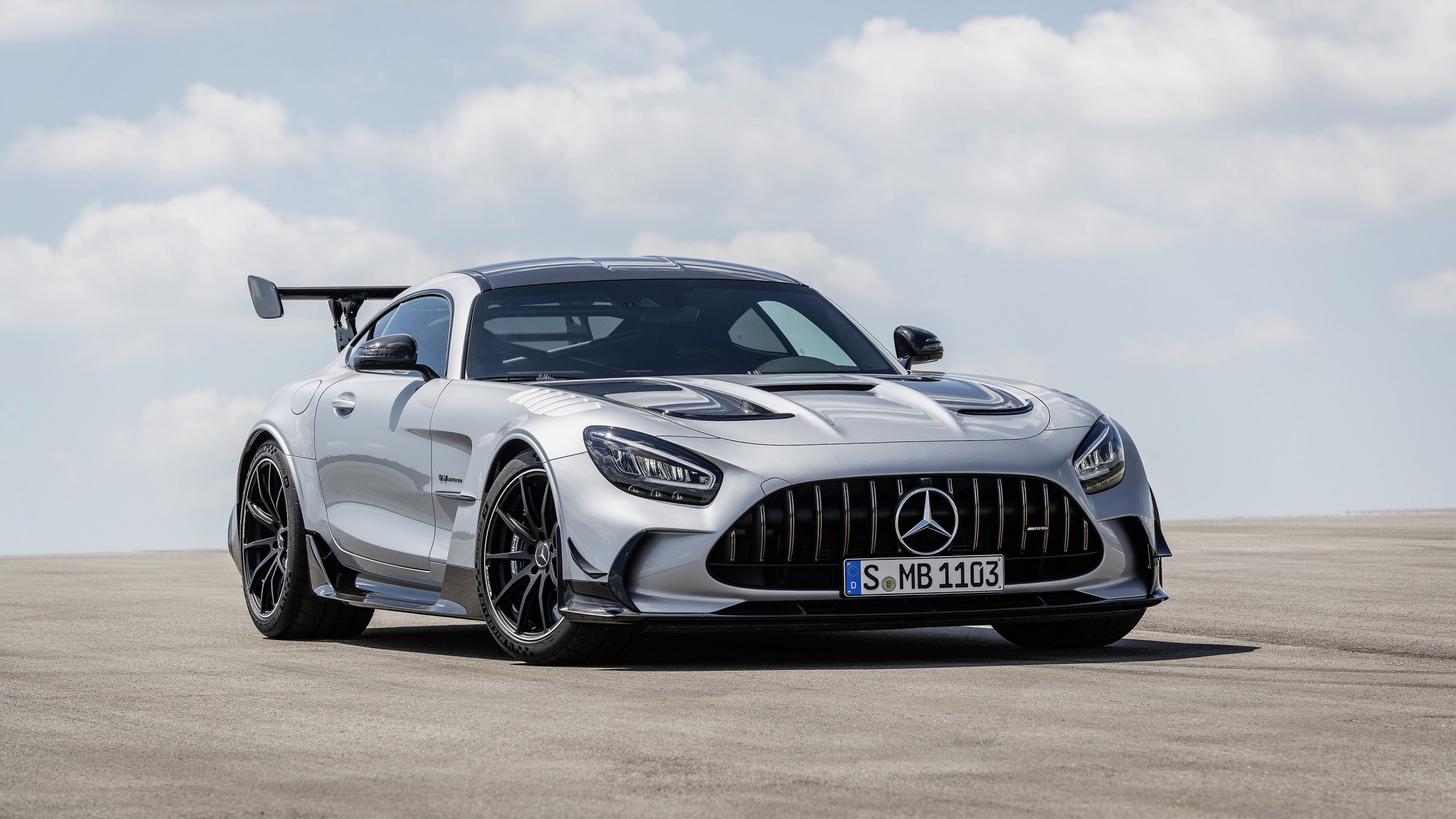

- Base price: $325,000
- Engine: 4.0L twin-turbocharged V8
- Power: 720 hp @ 6,700 rpm
- Torque: 590 lb-ft @ 2,000 rpm
- 0-60 mph: 3.1 s
The Mercedes-AMG GT Black Series marks the return of an iconic name to the world of super sports cars. It’s as unorthodox as it is untamed. This car has emerged from uncompromising engineering paired with unprecedented performance—especially on the race track.
